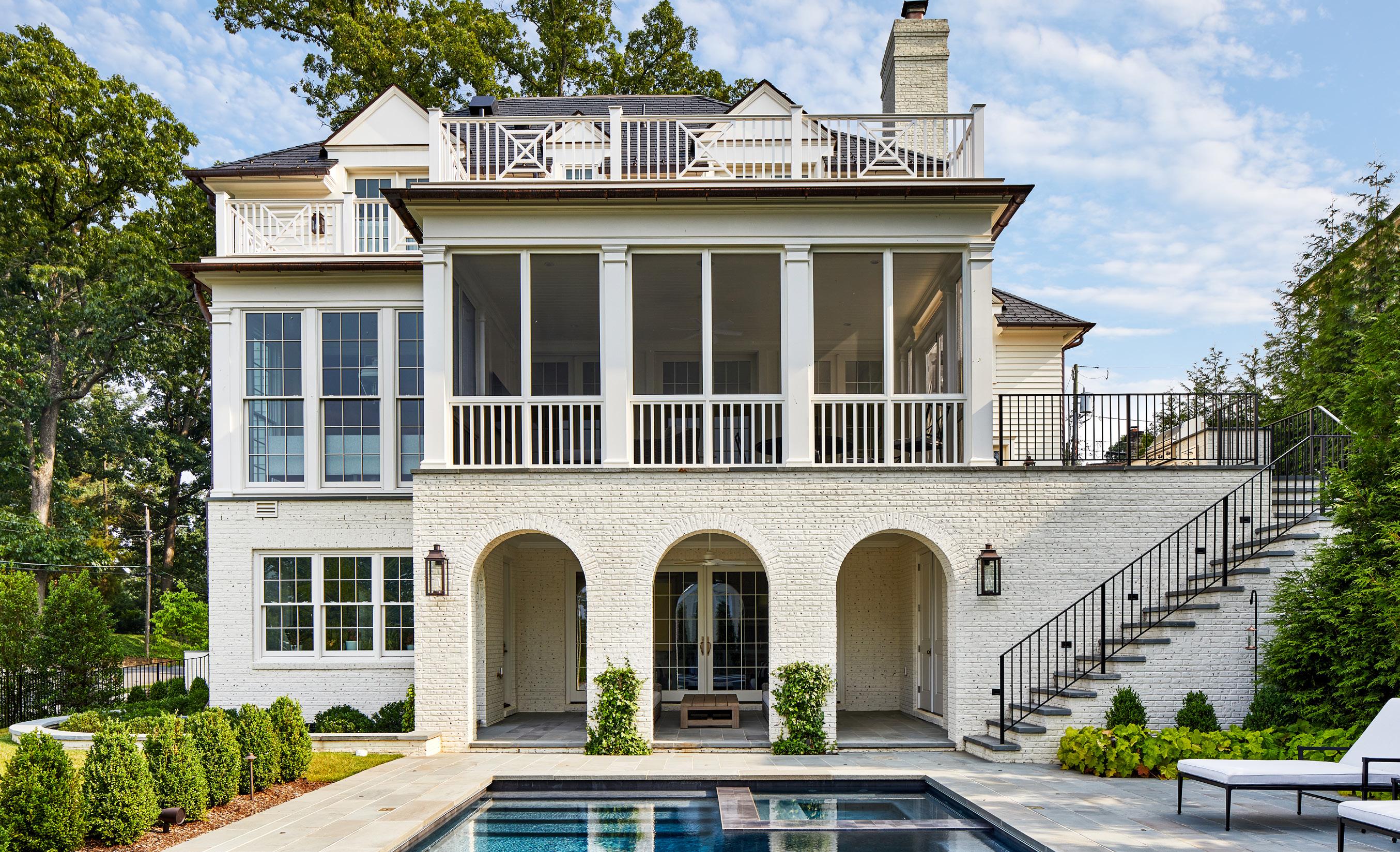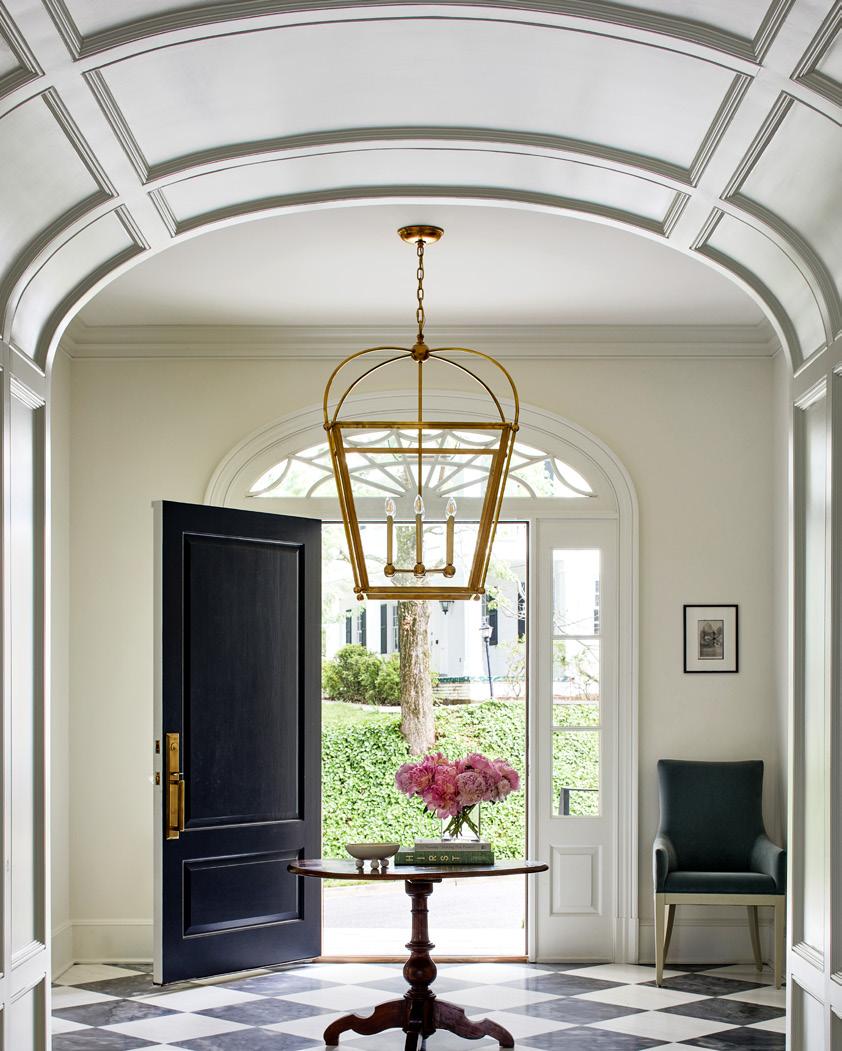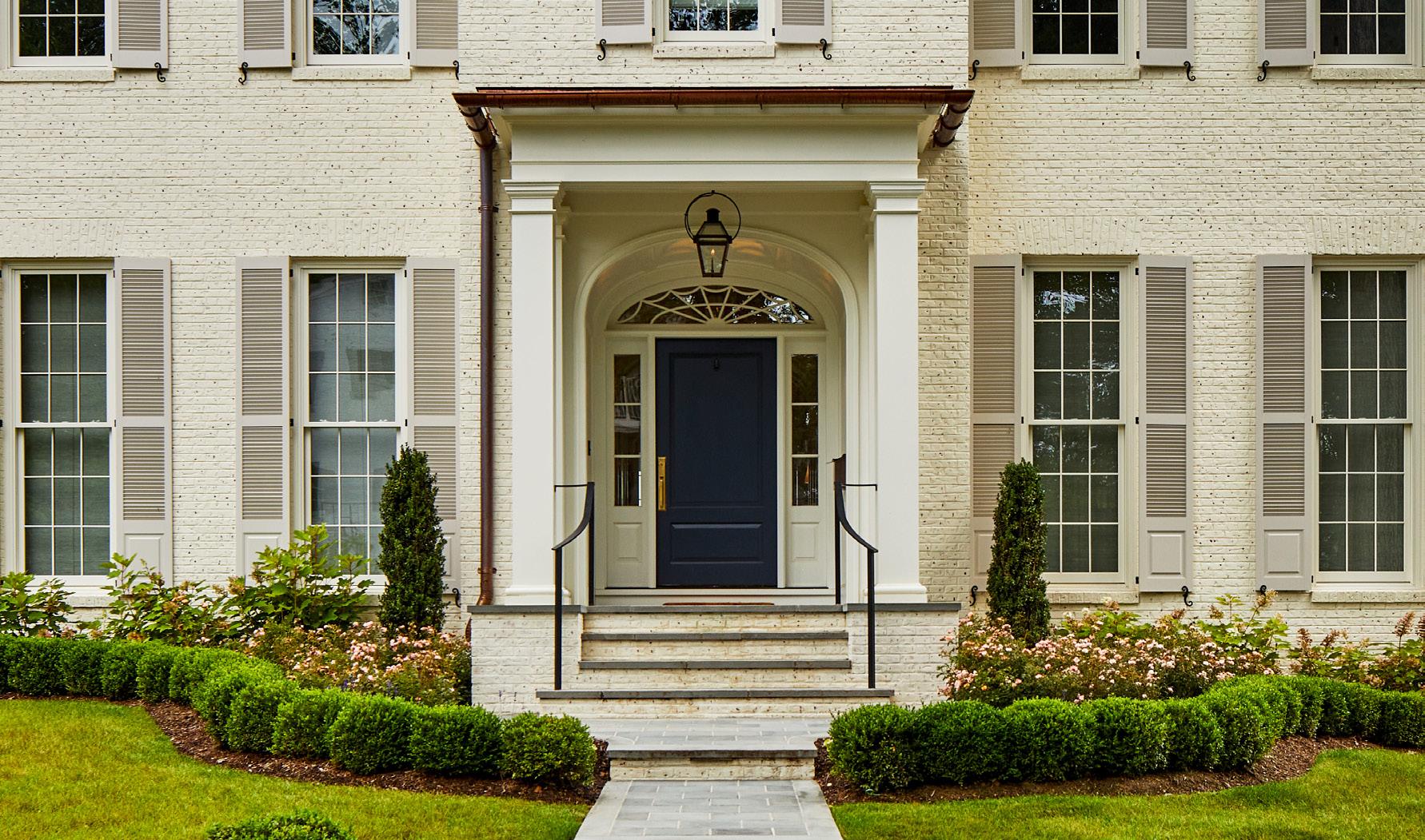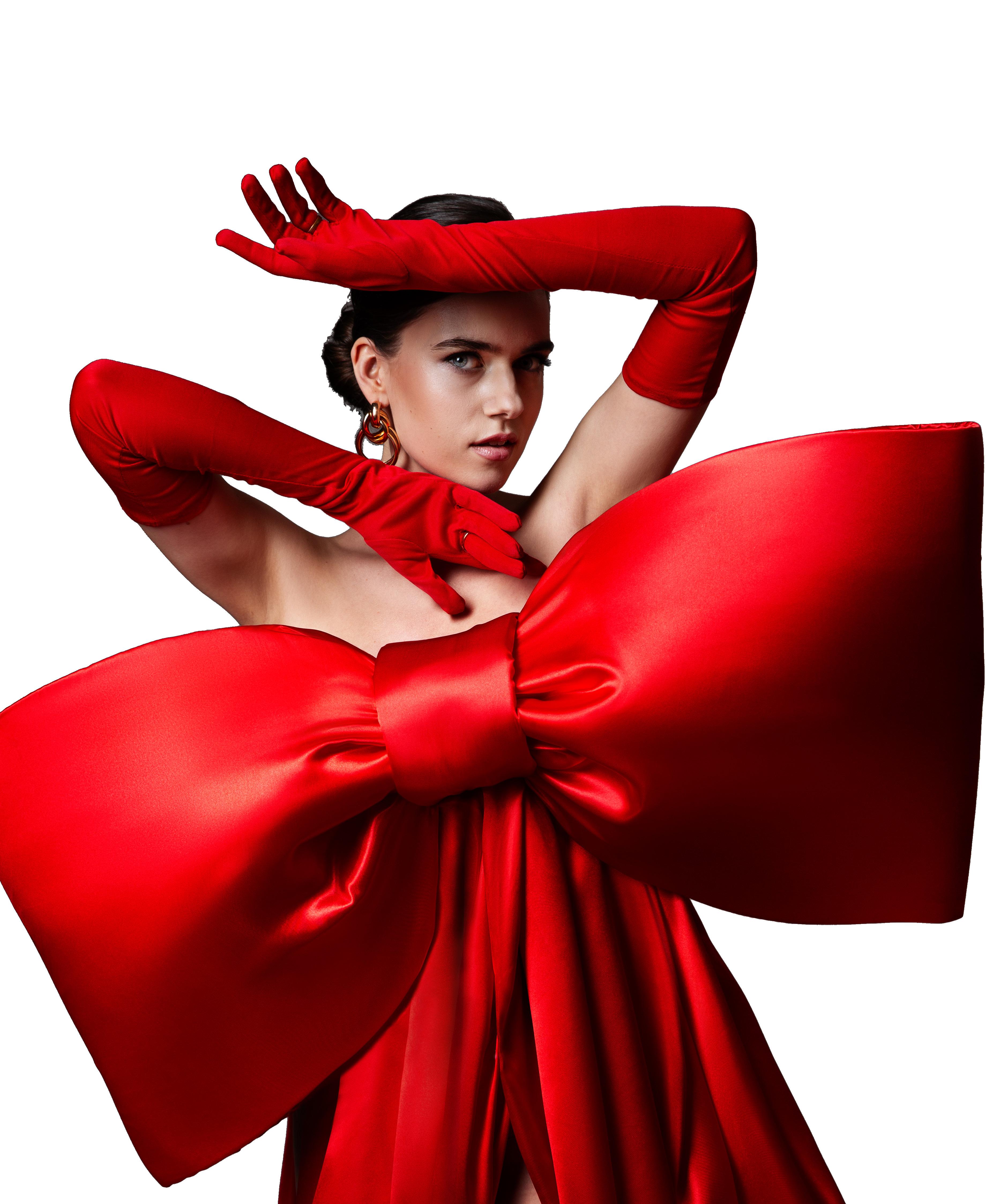
& Mingle
THE ART OF HOLIDAY LIVING
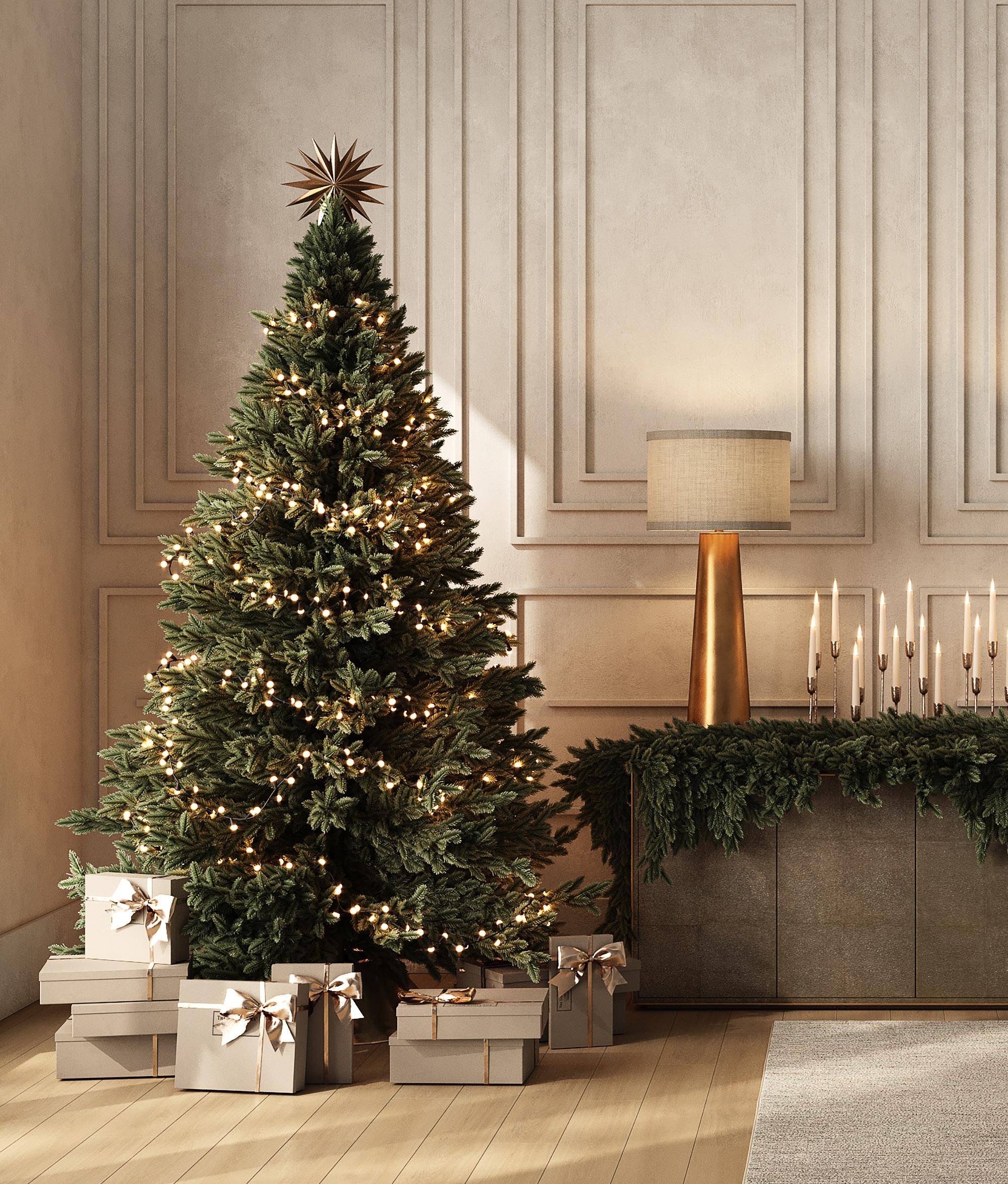
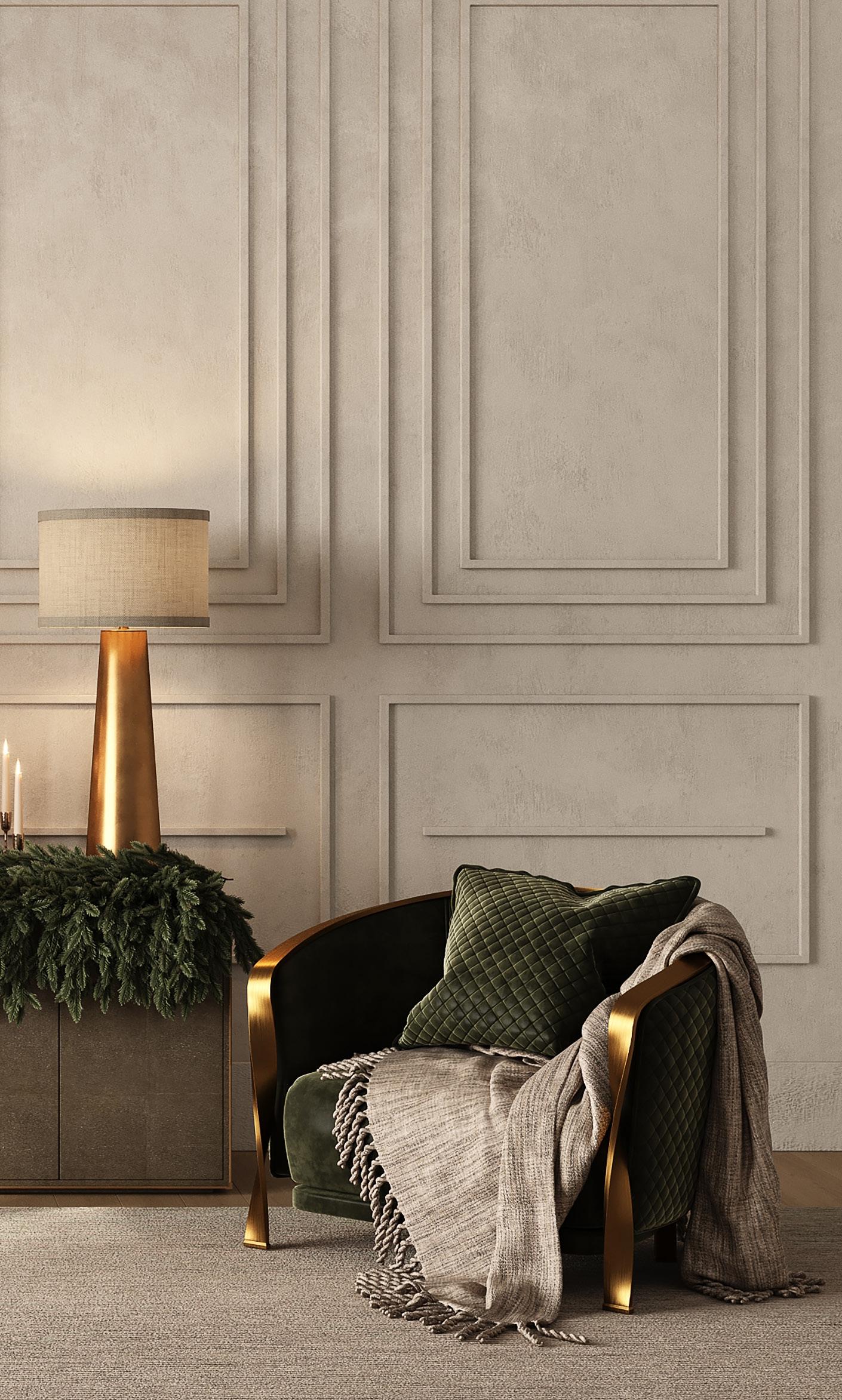




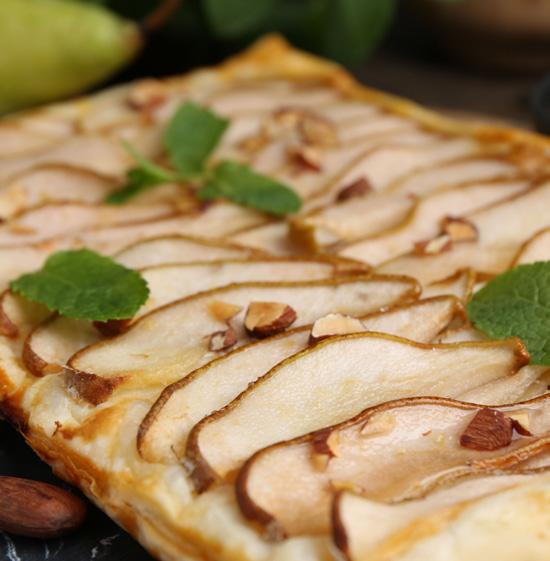
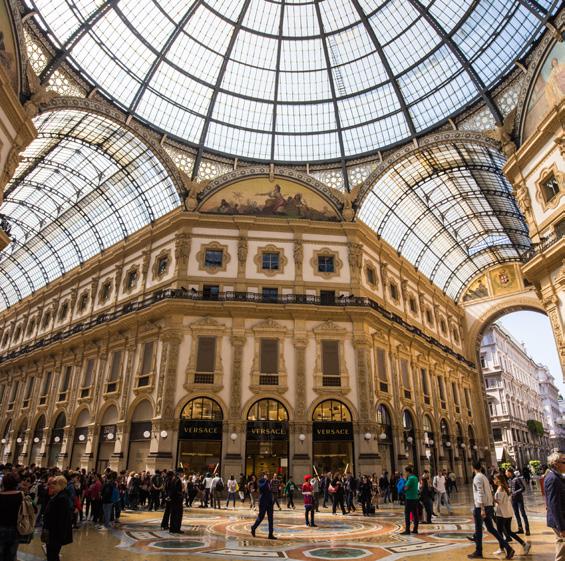

7 | Letter from the Publisher 8 | John’s Favorites
14 | Design Feature
Wooded Retreat: Mark Kaufman of GTM Architects designed a contemporary home that balances public and private spaces within a resort-style setting.
20 | Design News
Creating a Festive Environment: Caroline Ervin shares her favorite florals and greenery for holiday decor inside and out.
22 | Design News
Celebrating the Launch of the Barbour x Tuckernuck Collection.
24 | Details
Falling into fall with scented candles.
26 | Designer Spotlight
Julia Longchamps, Owner and Principal Designer of Julia Longchamps Design.
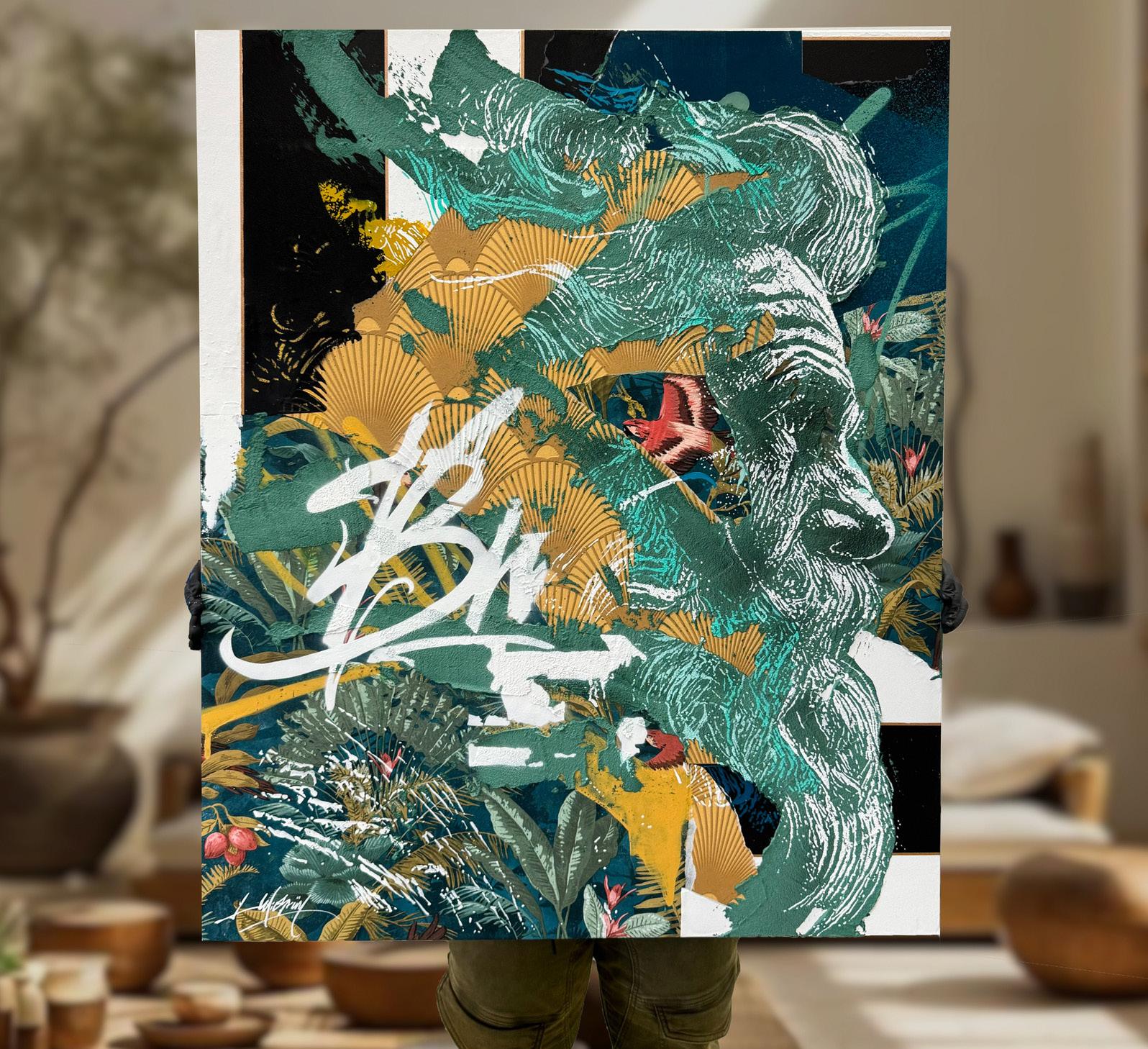
30 | Have yourself a delicious Christmas cookie baking gettogether.
42 | Bookworm
The newest release by Milan Kundera. 89 WORDS Followed by PRAUGE: A Disappearing Poem.
44 | Crafting luxe holiday invitations that set the tone.
48 | Throwing a fun Hanukkah party.
50 | Profiles
Explore art and culture with Princess Alia Al-Senussi.
56 | Hosting the most perfect Friendsgiving.
58 | Hosting an elegant New Year’s Day brunch.
60 | The new rules in entertaining etiquette.
62 | Arts The art of Helio Bray.
70 | Unboxing Boxing Day.
72 | Black Book
Best spots to find the elusive and decadent truffle.
74 | The Top 5 – The Top 5 Luxury Chocolates
76 | Destinations
Milano’s New Renaissance: Where heritage meets modern creativity in art, design, and style.
82 | The Top 5 – The Top 5 Luxury Foie Gras
84 | Foodie
Roasted Butternut Squash Soup with Sage and Brown Butter, Wild Mushroom & Truffle Risotto with Parmesan Crisps, and Spiced Pear & Almond Tart with Maple Whipped Cream
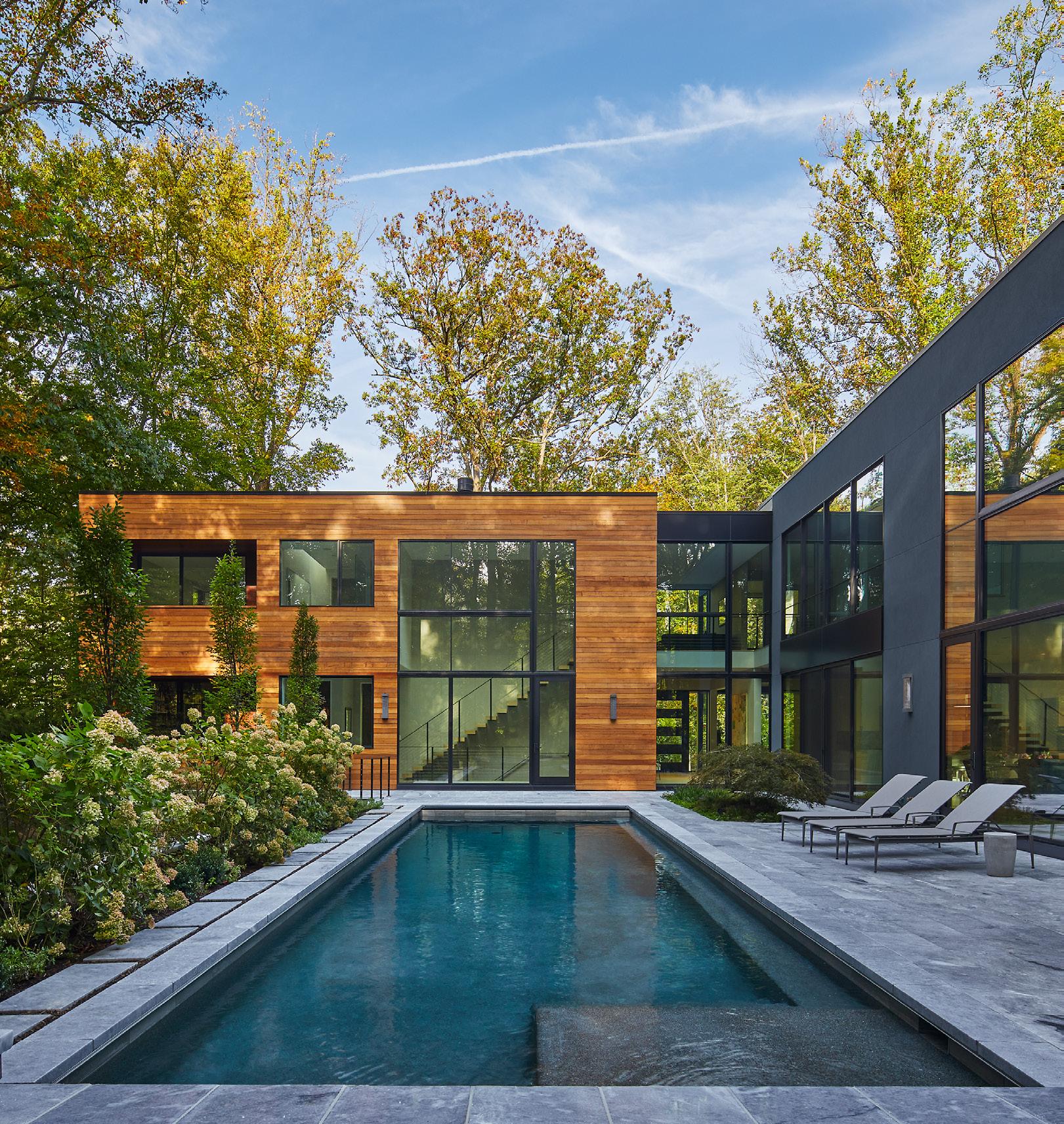
90 | A Christmas dinner to remember.
94 | The Top 5 – The Top 5 Luxury Coffees
96 | Creating a fantastic holiday playlist.
98 | The Top 5 – The Top 5 Luxury Cheeses
100 | Stylist Fall trends are all about comfort.
102 | Mixology
Our mixologist Charles Tappan introduces delicious holiday drinks.
108 | The Top 5 – The Top 5 Luxury Champagnes
110 | Buzz
All the news that you need to know.
111 | Culture
Frieze London and Frieze Master in London, The Yi Peng Lantern Festival in Chiang Mai, and celebrating the Eurochocolate Festival in Perugia Italy 112 | Diplomacy News and events from the diplomatic community. 116 | Real Estate
John Eric brings you the best in luxury real estate from all across the metropolitan region and the country.
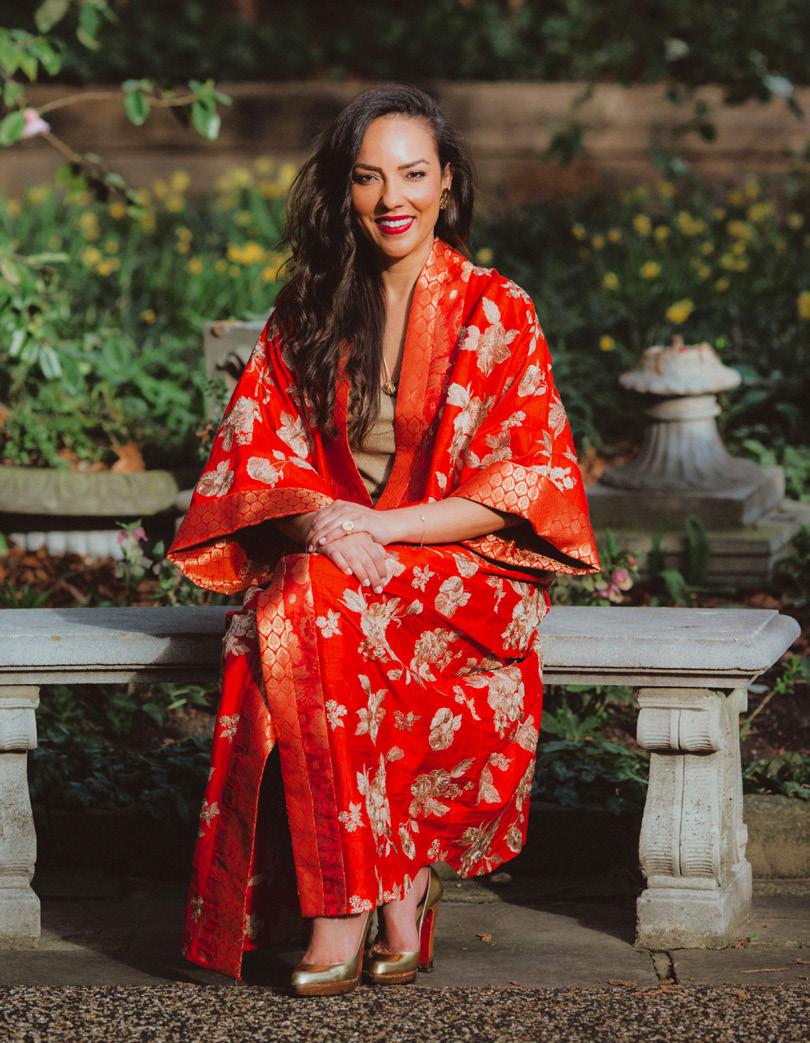
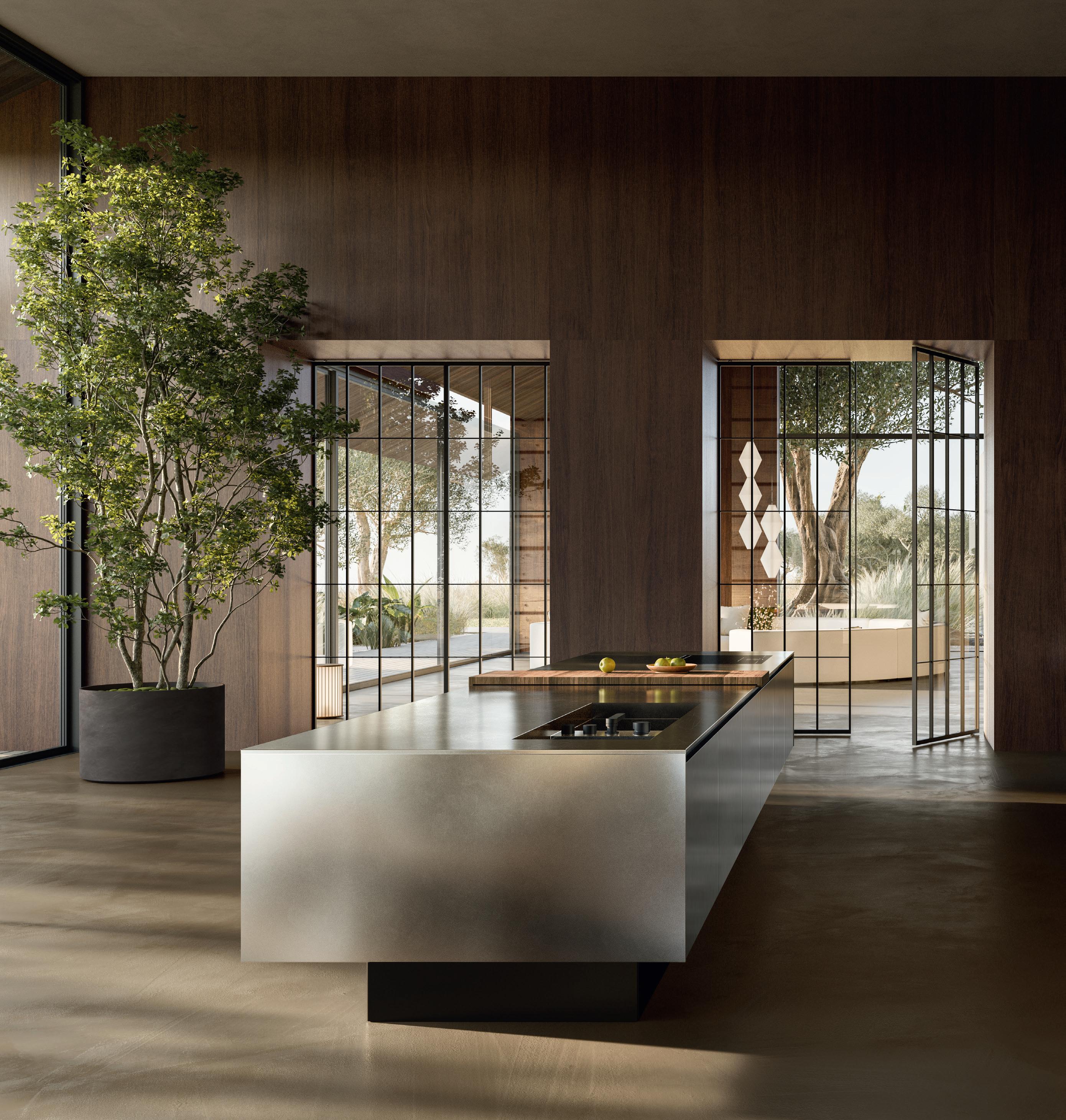

“It’s not what’s under the Christmas tree that matters but who’s around it.”
— Charlie Brown, A Charlie Brown Christmas
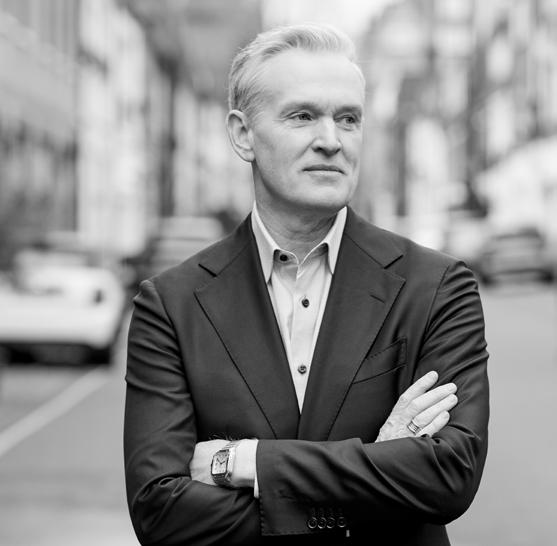
Fall has arrived, the holidays are on the horizon, and we find ourselves approaching the close of 2025. For me, this year has been one of both tremendous success and deep reflection. While I celebrate the milestones we have achieved together, I also carry a heavy heart as I watch the very pillars and foundation of democracy eroding in my home country of the United States. It is a reminder that even in seasons of abundance, we must remain vigilant stewards of what matters most.
This edition of John Eric Home & Lifestyle celebrates the beauty of the season and everything it inspires. Within these pages you will find ideas, guidance, and inspiration to be the ultimate holiday host, from stylish entertaining to thoughtful touches that elevate every gathering. As always, our goal is to bring you not just luxury, but meaningful ways to live well, celebrate with those you love, and create memories that will endure long after the season has passed.
With gratitude and best wishes for the months ahead,
John Eric Publisher John Eric Home & Lifestyle Magazine
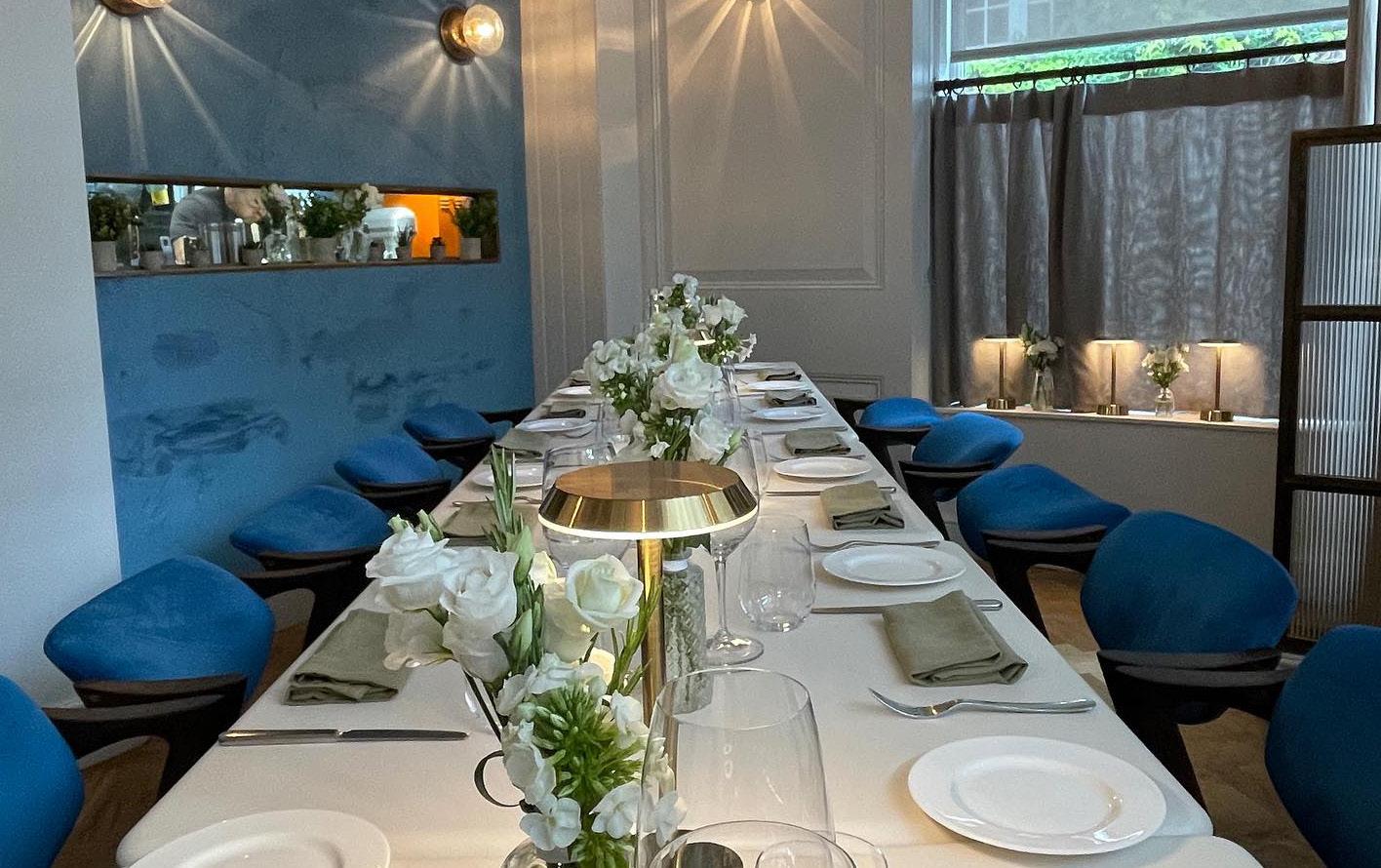
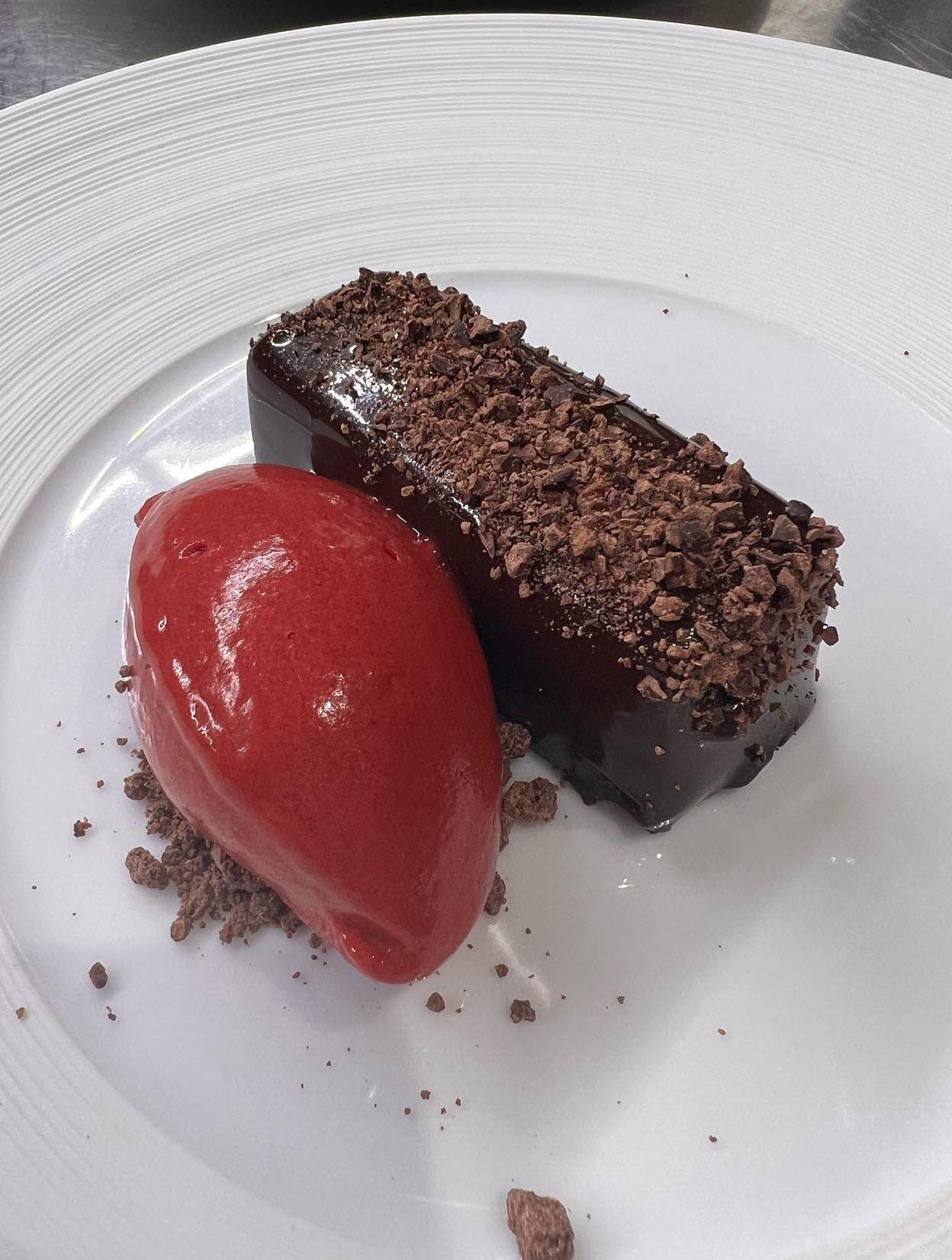
Nestled in the tucked-away charm of Notting Hill, 104 Restaurant is an intimate fine-dining destination that manages to feel both exclusive and warmly personal. With just twelve covers, the room feels like a hidden gem, hushed and elegant with an atmosphere that is as refined as it is inviting. Every plate reflects a confident French influence and a commitment to letting exquisite ingredients shine with quiet sophistication.
Our table all chose the three-course menu, and it proved to be one of the best dining experiences I have had not only in London but anywhere in the world in 2025. The service was personal and spectacular, with the amazing team making us feel as though the evening had been created just for us. We were celebrating a birthday, and they made it truly unforgettable, adding thoughtful touches that elevated the experience even further. The Wagyu steak was cooked to perfection, rich and tender, and we ended with a beautifully curated selection of Welsh cheeses served with homemade chutney and crisp crackers. Every moment, from the precision of the cooking to the care of the presentation, made the evening feel rare and extraordinary. If you are in London, make sure to put this remarkable restaurant at the very top of your list.
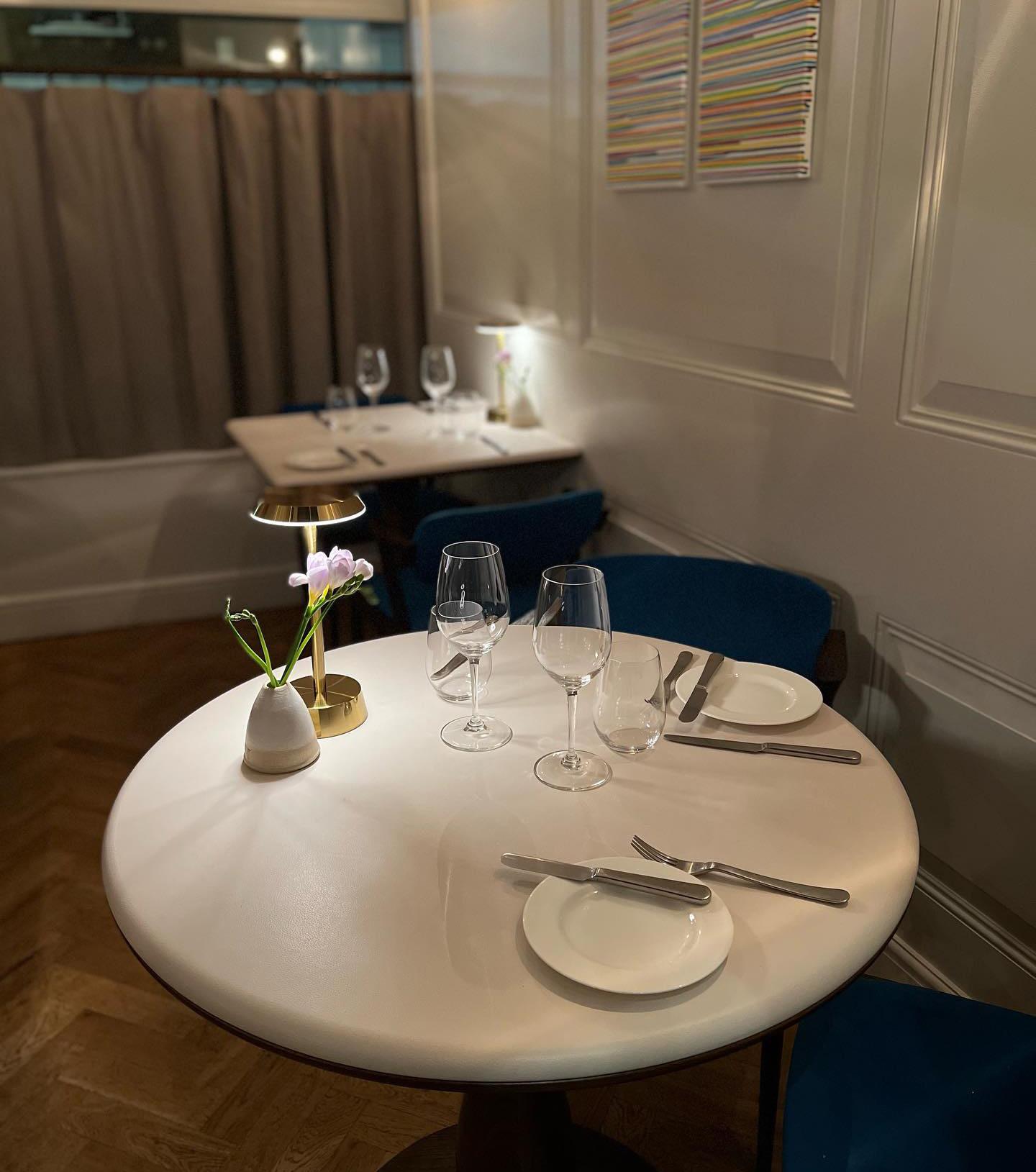
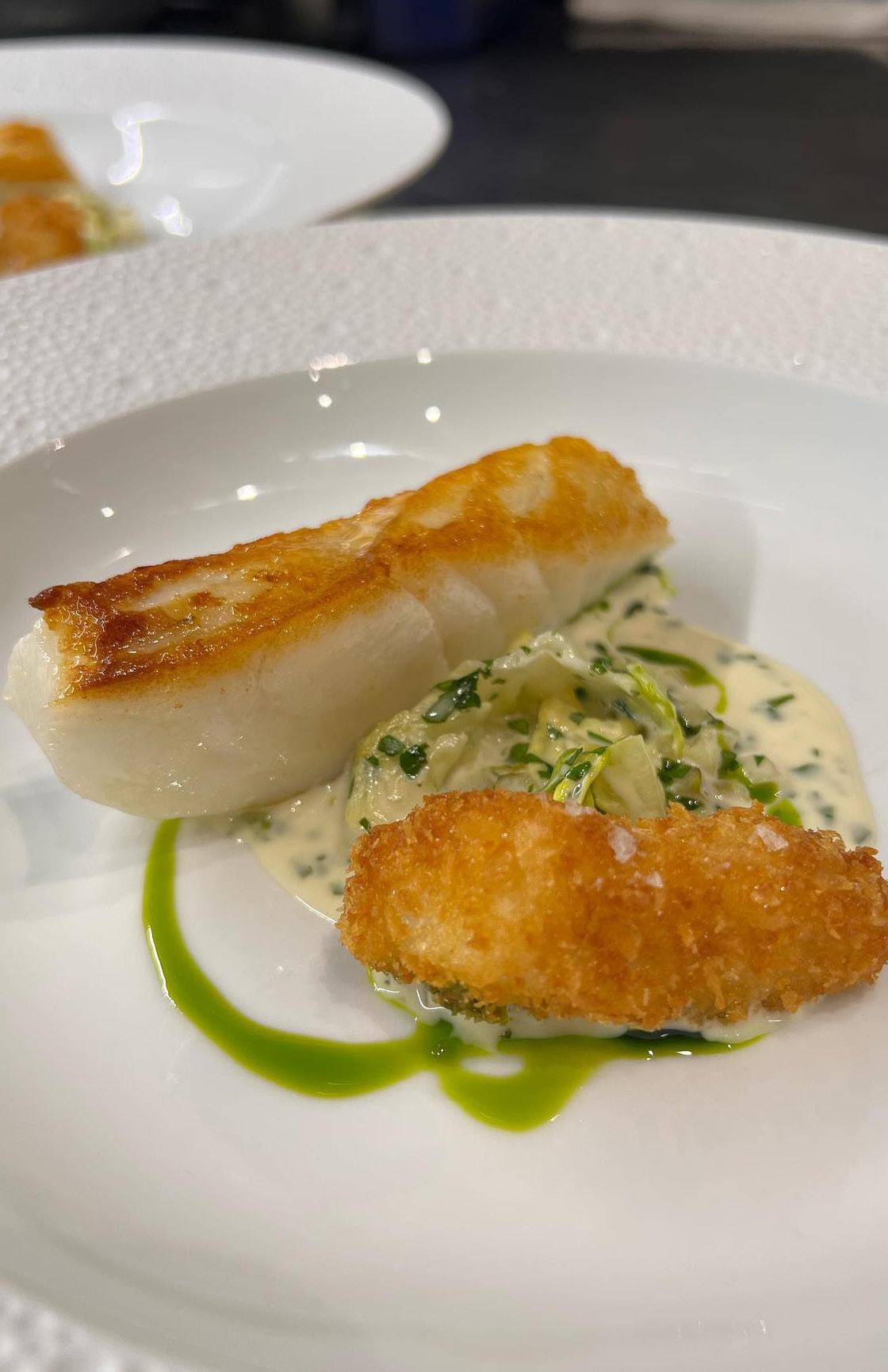
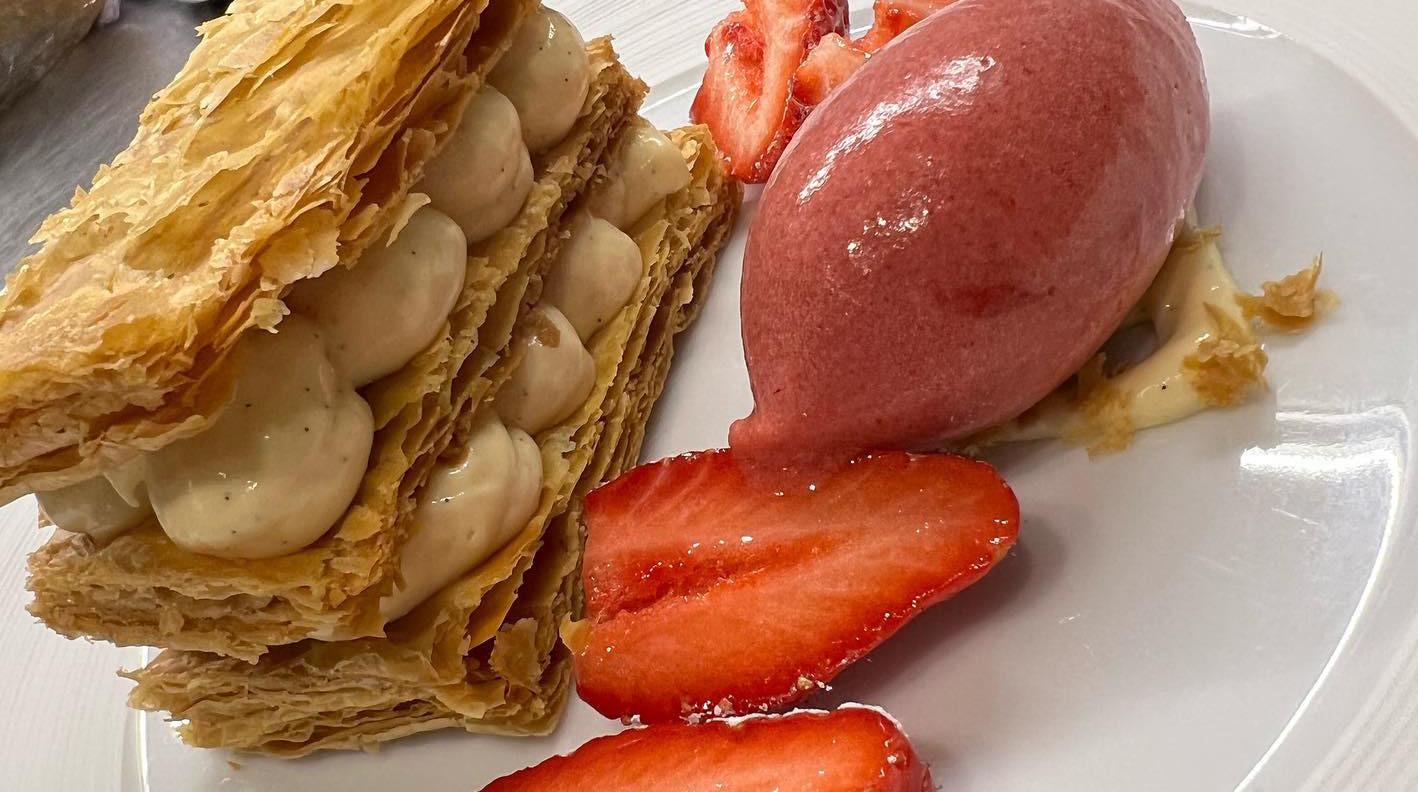
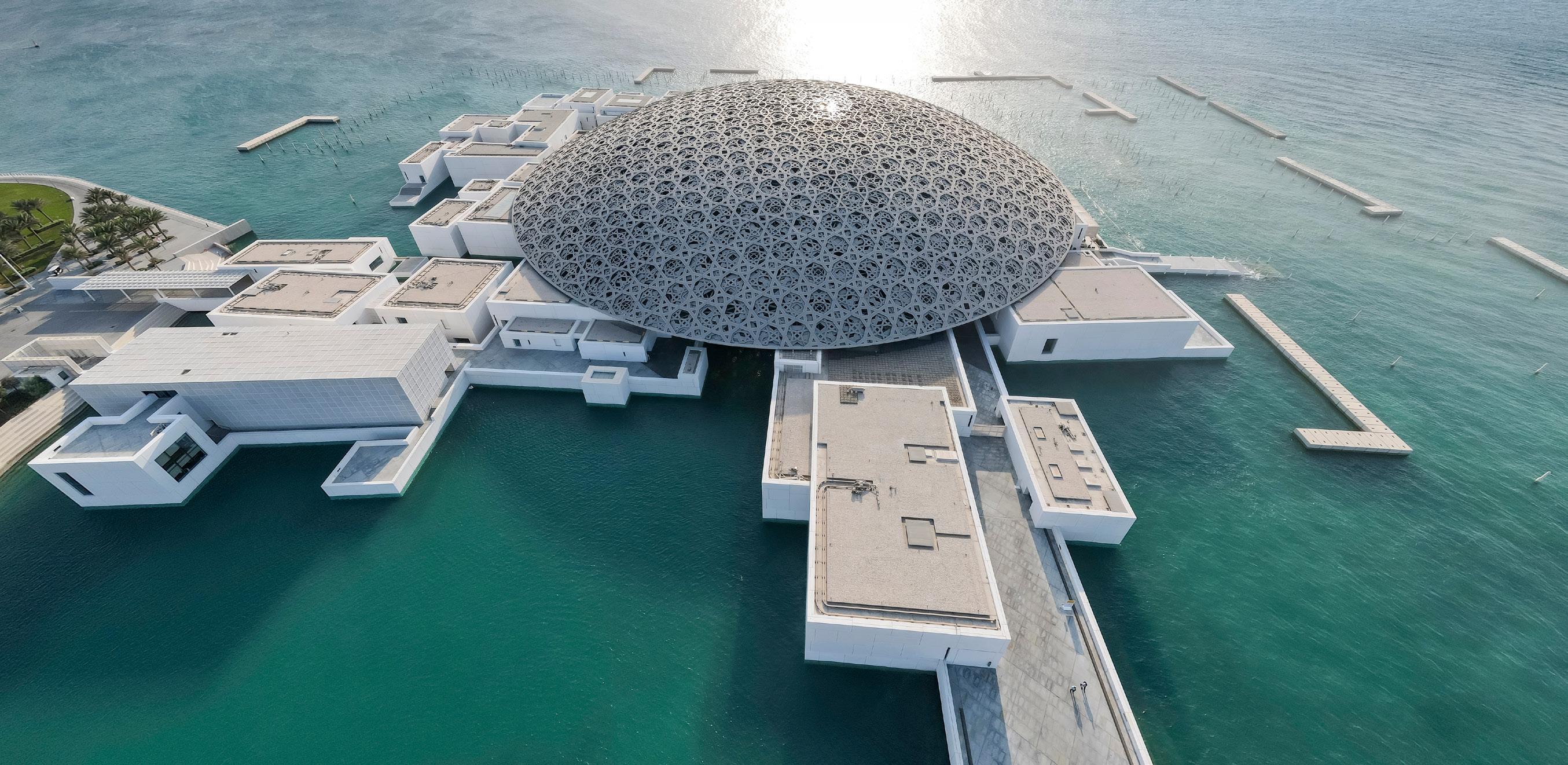
UNITED ARAB EMIRATES
Rising from the waters of Saadiyat Island, Louvre Abu Dhabi is one of the most compelling museums in the world. Designed by Pritzker Prize winning architect Jean Nouvel, its vast dome creates the celebrated “rain of light” effect, where sunlight filters through a lattice of geometric patterns, casting shifting shadows over courtyards, pools, and walkways. The museum spans approximately 24,000 square metres, with around 8,000 square metres dedicated to gallery space for both its permanent collection and special exhibitions. Inside, the experience is as much about storytelling as it is about individual works of art. Around 600 pieces are displayed across thematic and chronological chapters that trace the arc of human creativity from prehistory to the present, highlighting the ways cultures have connected and influenced each other. The complex itself is made up of 55 buildings, including 23 galleries inspired by traditional low rise forms, where light and water blur the boundary between structure and landscape. This autumn the museum is presenting Art Here 2025 and the Richard Mille Art Prize, running from 11 October through 28 December. Curated by Sophie Mayuko Arni, the exhibition explores the theme of “Shadows” through works by artists from the GCC, Japan, and the wider MENA region, culminating in the awarding of the Richard Mille Art Prize in December.
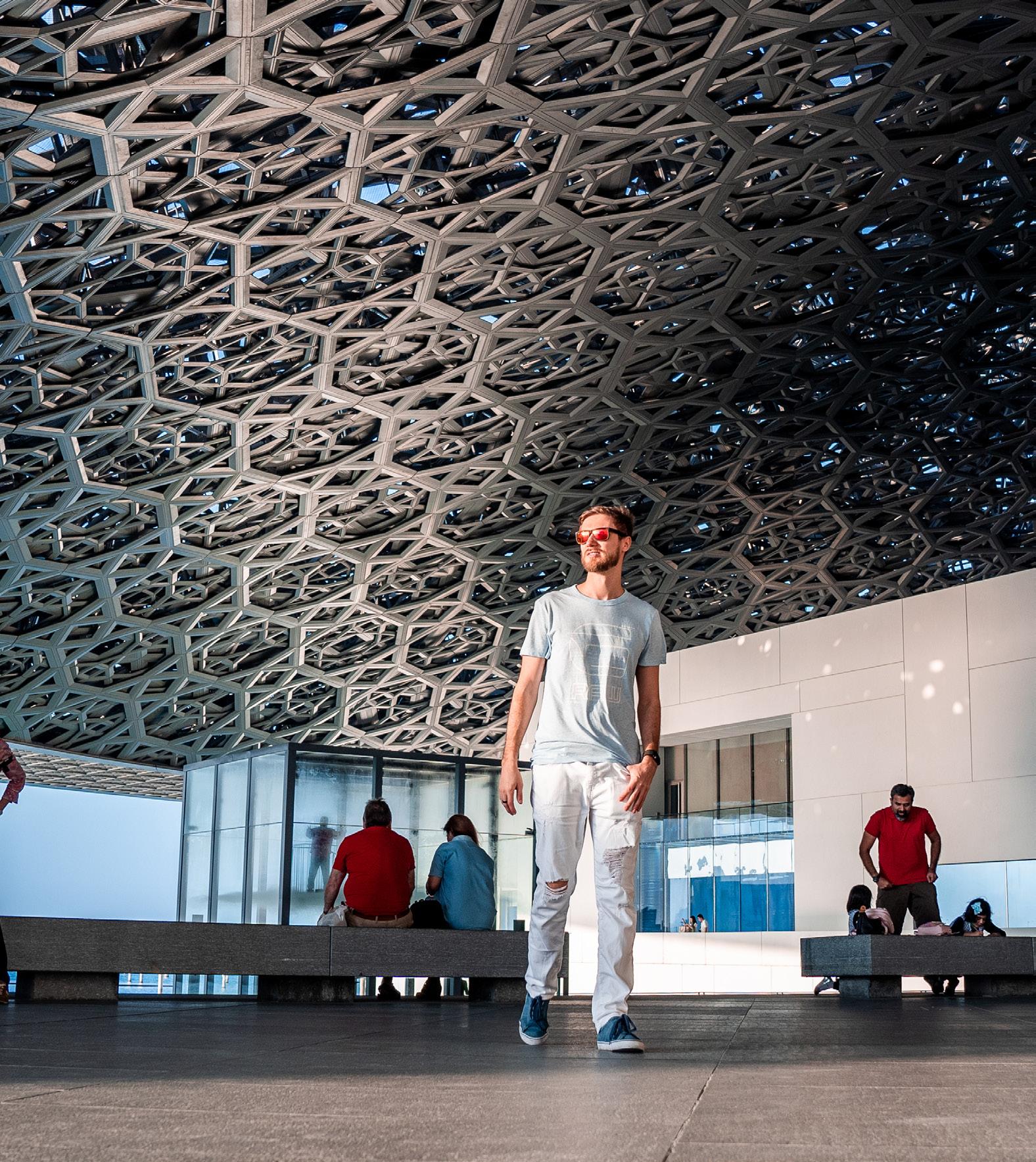

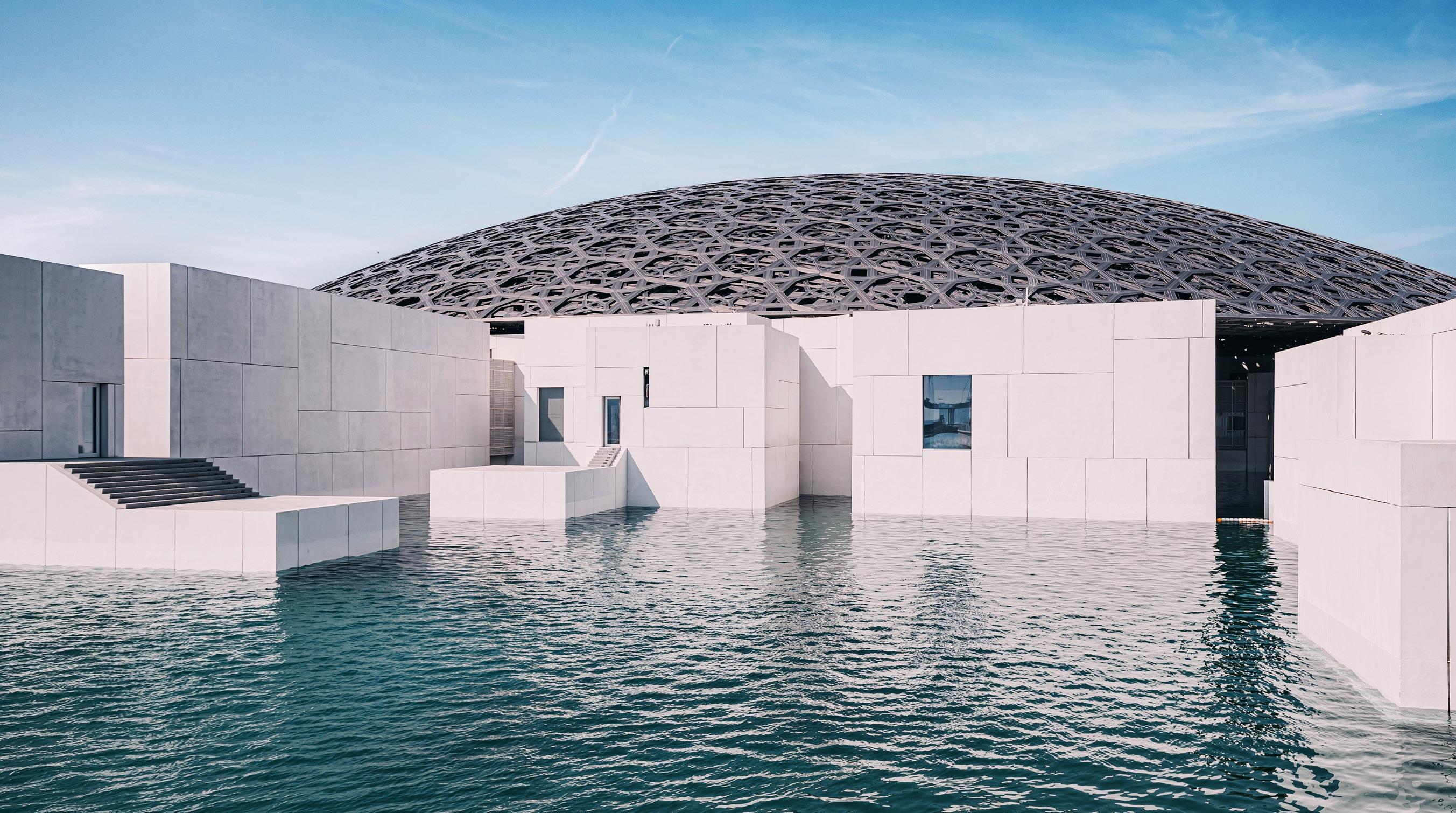
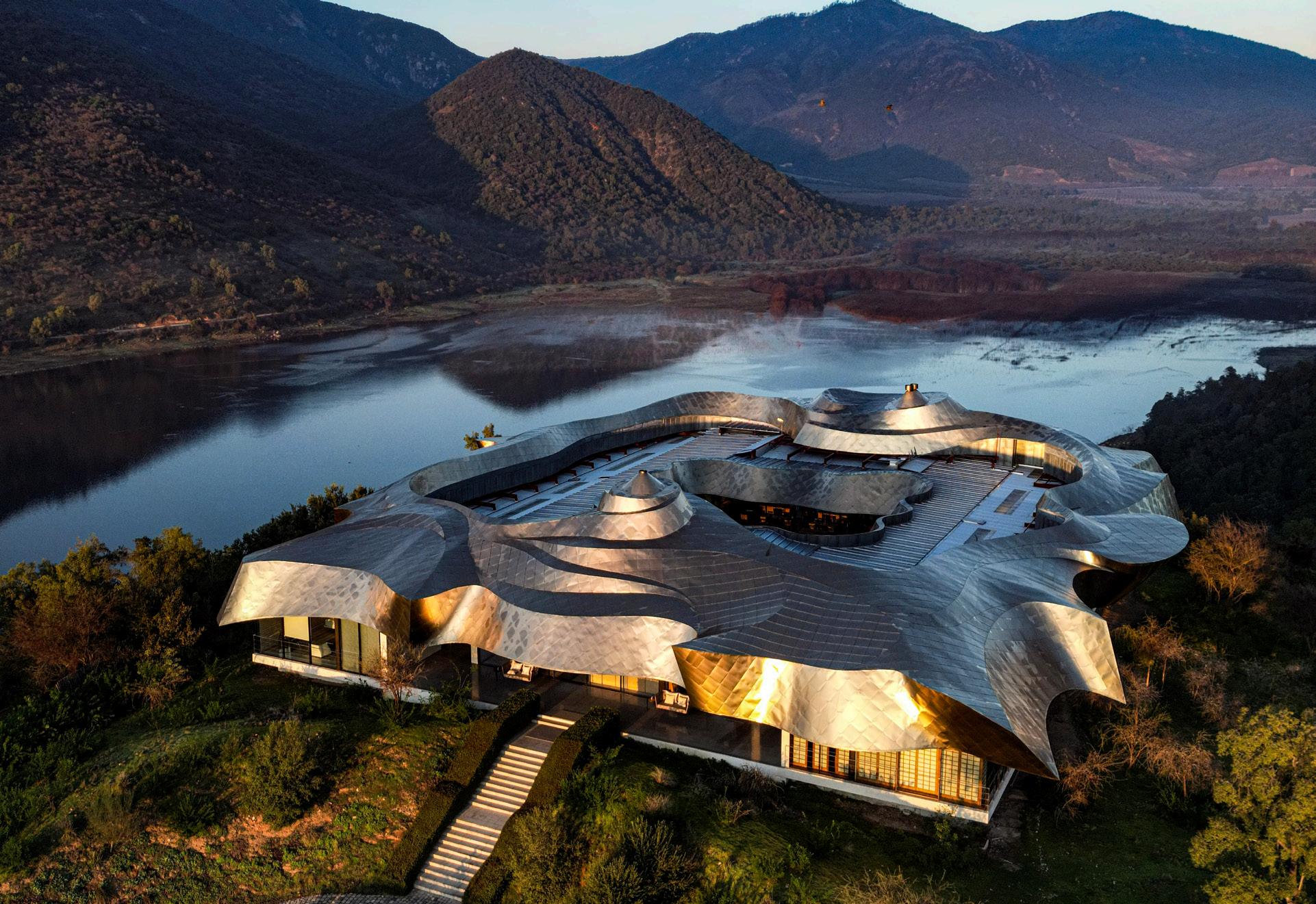
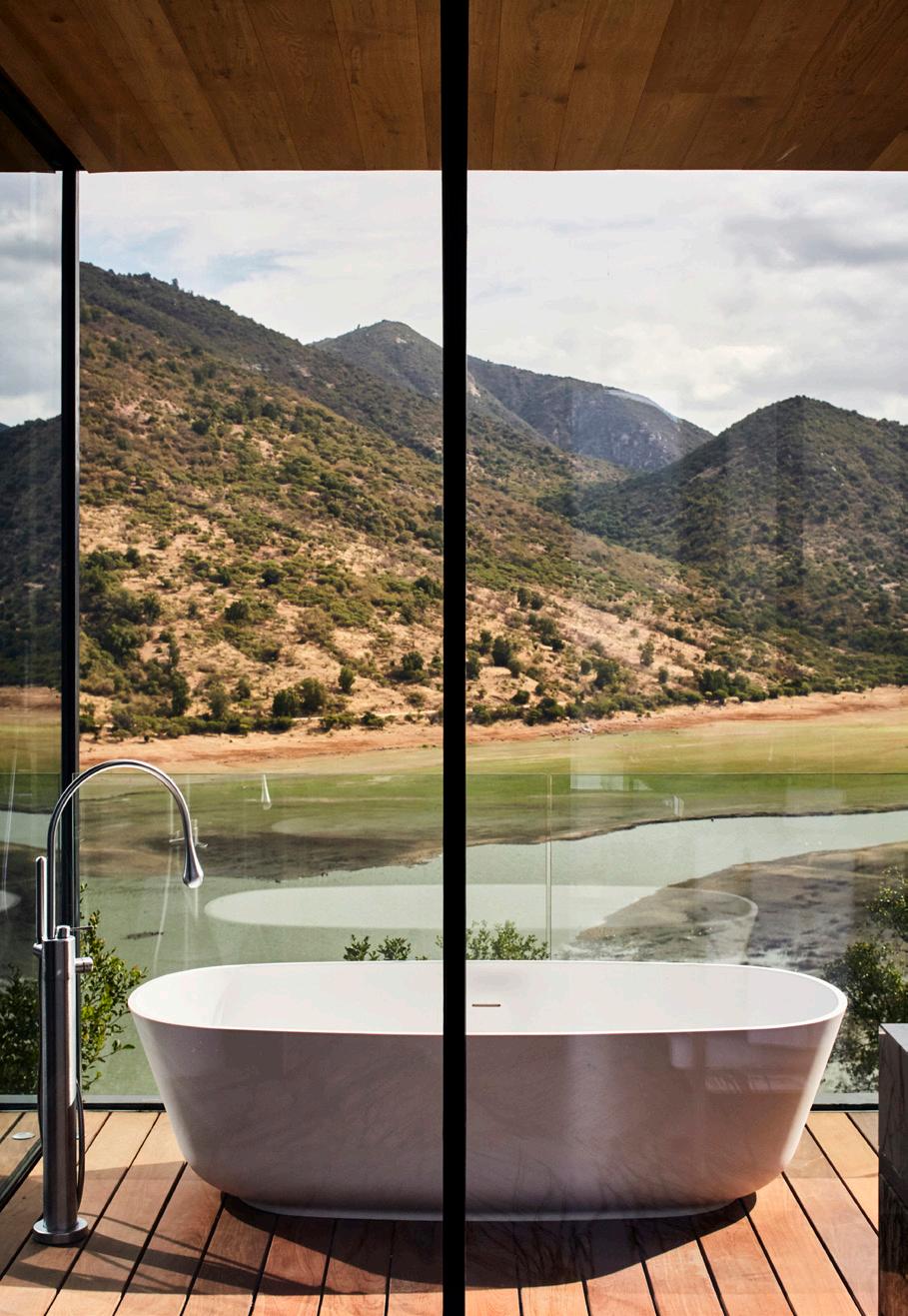
MILLAHUE VALLEY, CHILE
Set in the golden Millahue Valley within Chile’s Cachapoal wine region, Vik Chile is a destination that blends bold architecture, art, nature, wine and gastronomy in seamless harmony. The property sits atop a hill in a private nature reserve of around 4,300 hectares with vineyards, rolling natural landscapes and Andes peaks forming a breathtaking backdrop. The hotel, completed in 2014, was designed by architect Marcelo Daglio while the winery was created by Smiljan Radic together with Loreto Lyon. Glass walled bungalows and suites are individually themed, each one unique, and artworks by Roberto Matta and Anselm Kiefer are integrated into shared spaces to underscore the creative spirit of the place.
The wine experience is central to any stay here. Vik Chile grows five red grape varieties including Carménère, Cabernet Sauvignon, Merlot, Cabernet Franc and Syrah, and produces acclaimed labels such as VIK, Milla Cala, La Piu Belle and La Piu Belle Rosé. Dining at Milla Milla restaurant offers panoramic vineyard views and inventive cuisine that highlights local ingredients. Guests can explore vineyard tours and tastings, ride horseback through the hills, enjoy meals in the organic gardens, relax with spa treatments or simply take in the sweeping landscape from the infinity pool. Vik Chile also emphasizes sustainability in its viticulture, its architecture and its integration with the natural setting, making it both elegant and deeply rooted in place.
Photos Courtesy of: Vik Chile
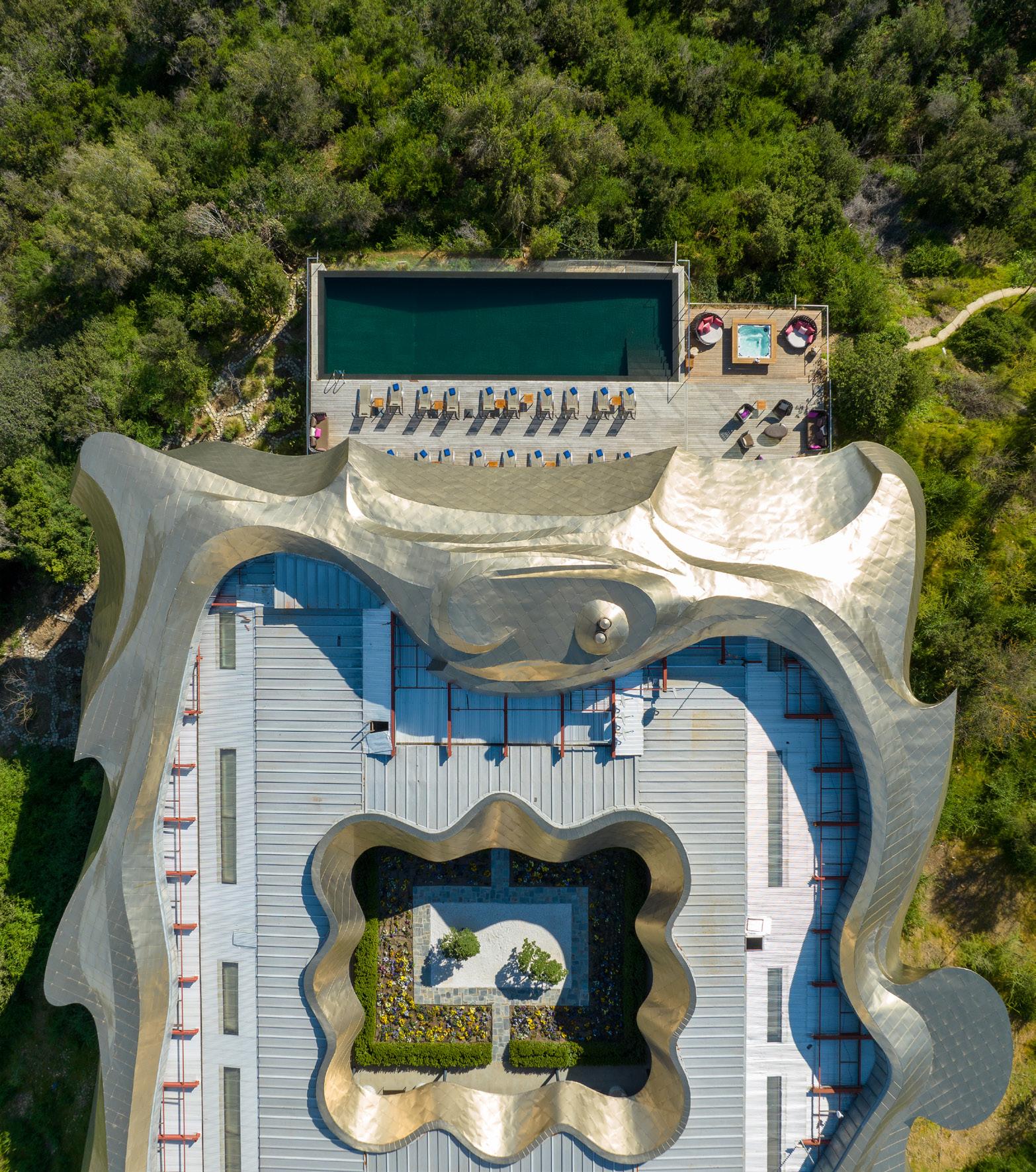
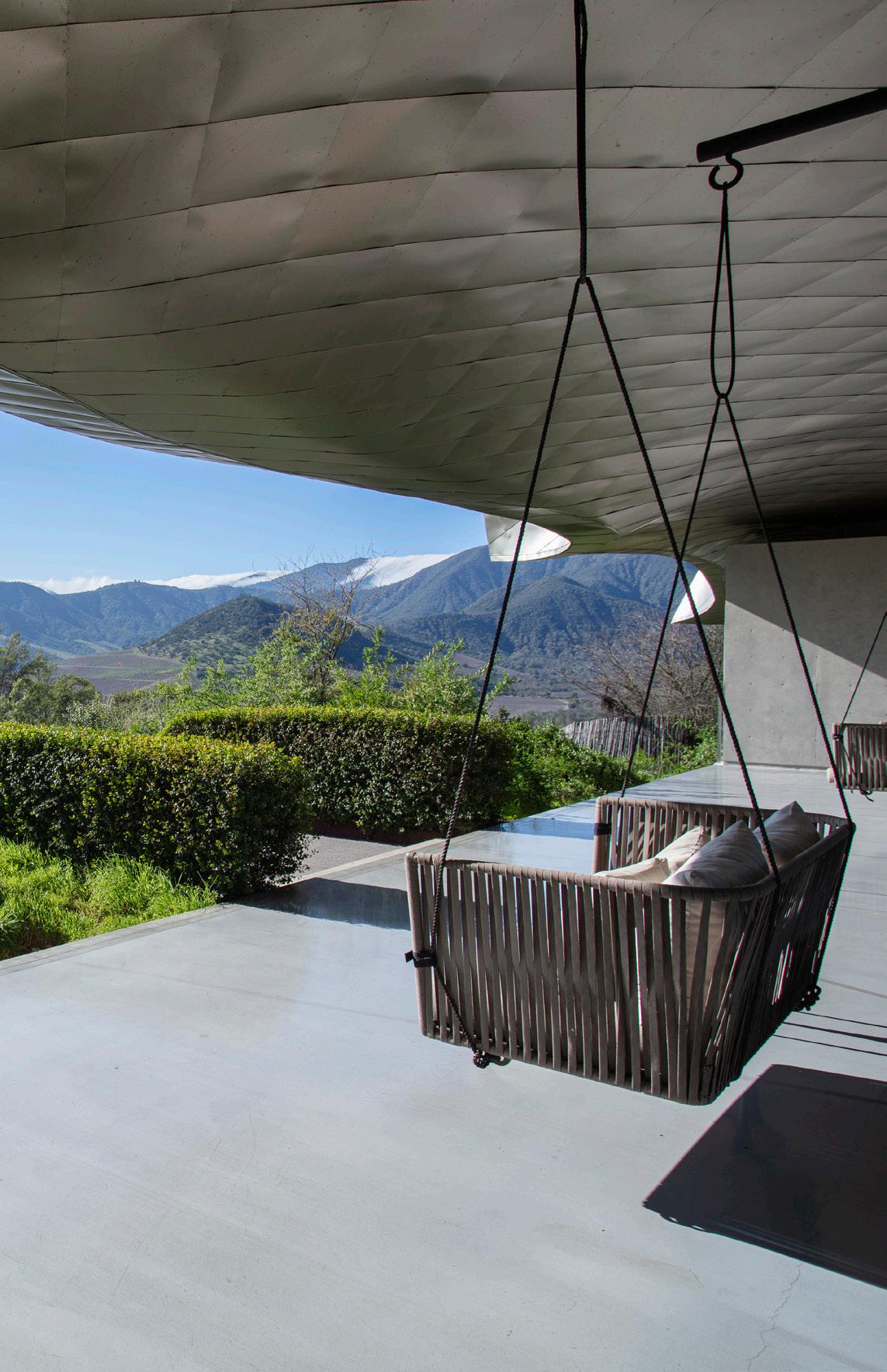
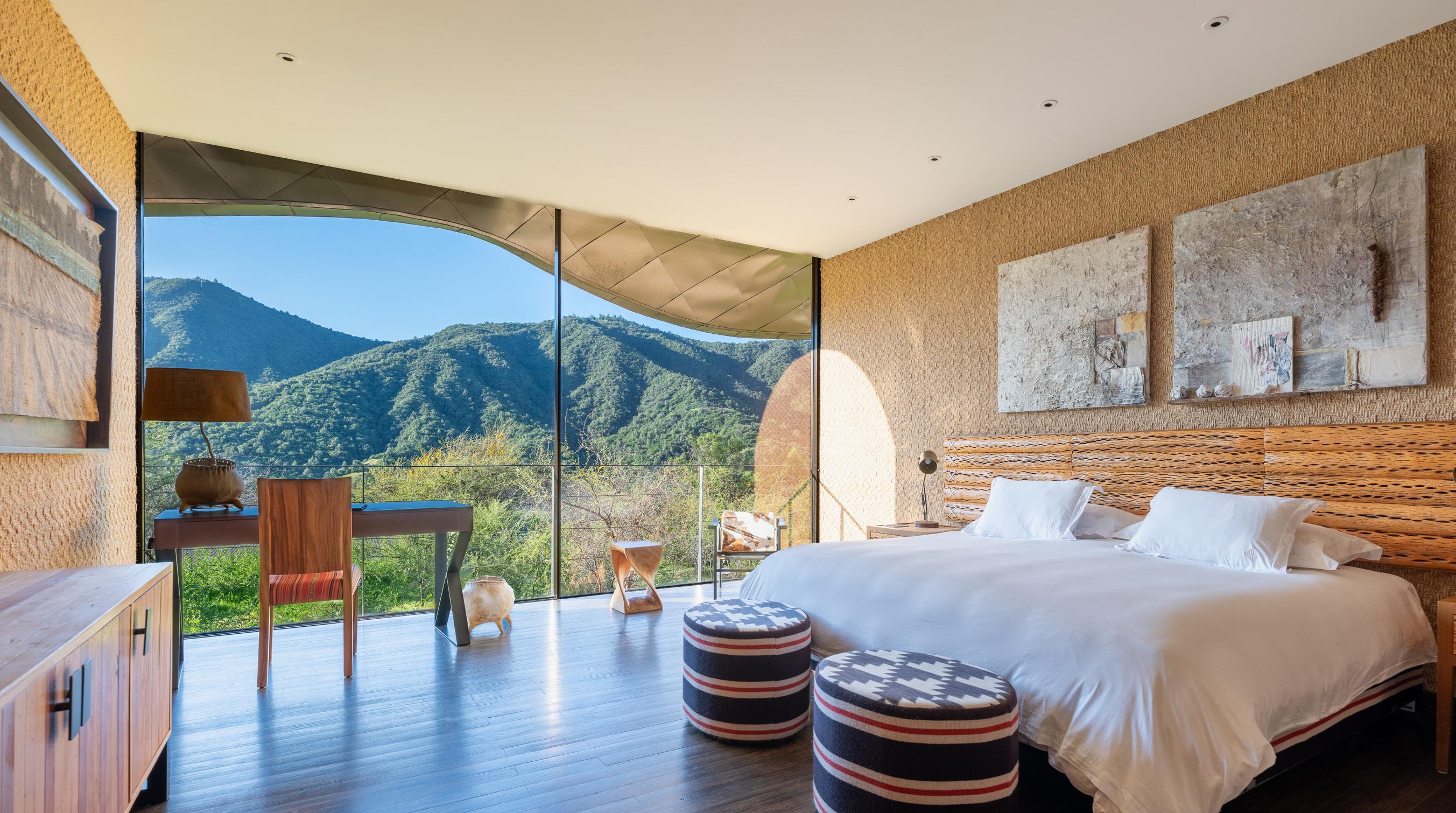
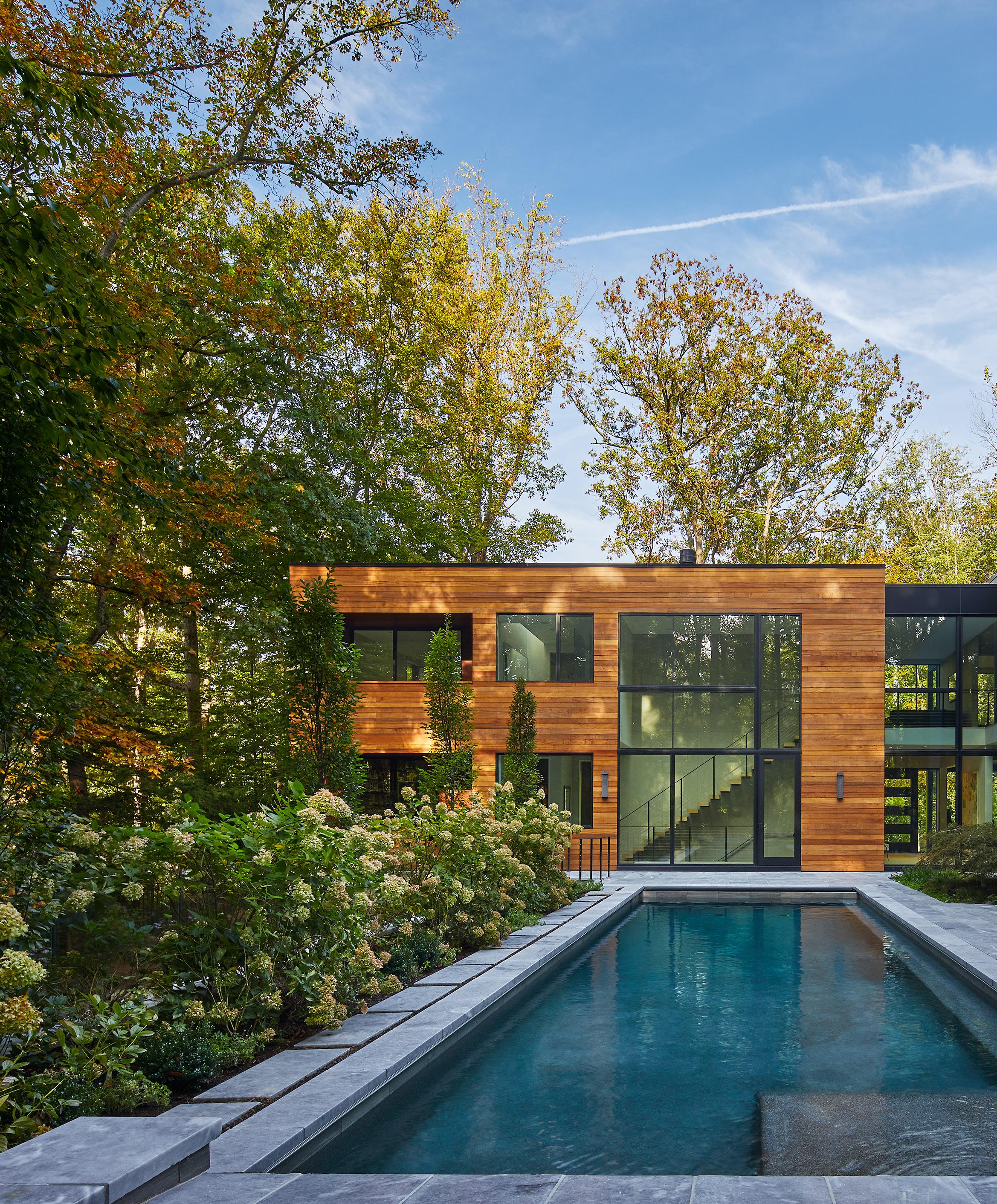
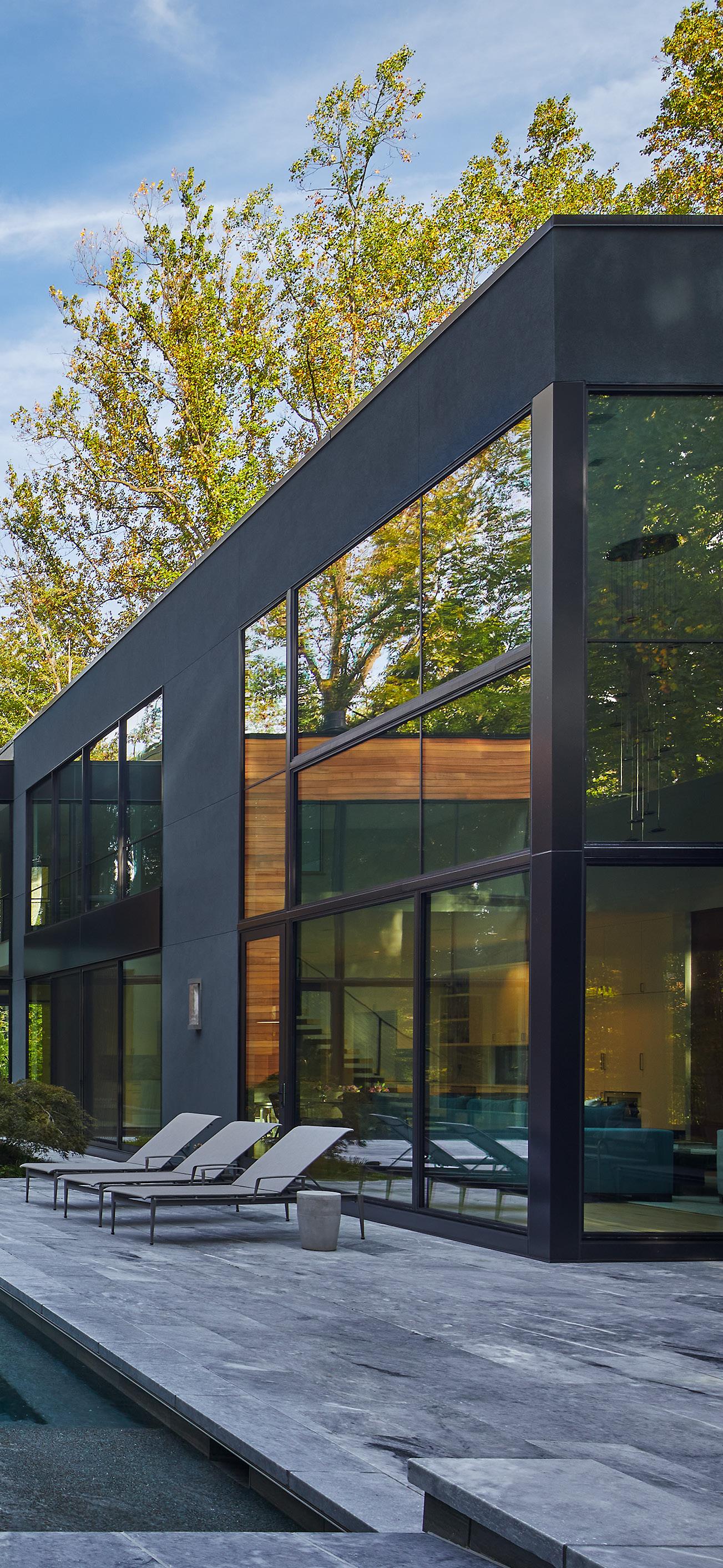
MARK KAUFMAN OF GTM ARCHITECTS DESIGNED A MODERN - DAY CONTEMPORARY HOME WITH THE PERFECT BALANCE OF PUBLIC AND PRIVATE SPACES, ALL WITHIN A RESORT - STYLE SETTING
By Sherry Moeller
With home designs that exude a warm and livable contemporary aesthetic, Mark Kaufman, principal, GTM Architects, www.gtmarchitects.com, created a custom home with a very modern look, as well as one that allowed for aging in place for these Bethesda, Maryland homeowners. “They also wanted to feel like they didn’t need to travel to a vacation home,” he says, because every amenity is built right into the property. “They wanted it to feel like a resort with a pool, spa, outdoor shower, screened porch, and outdoor kitchen.”
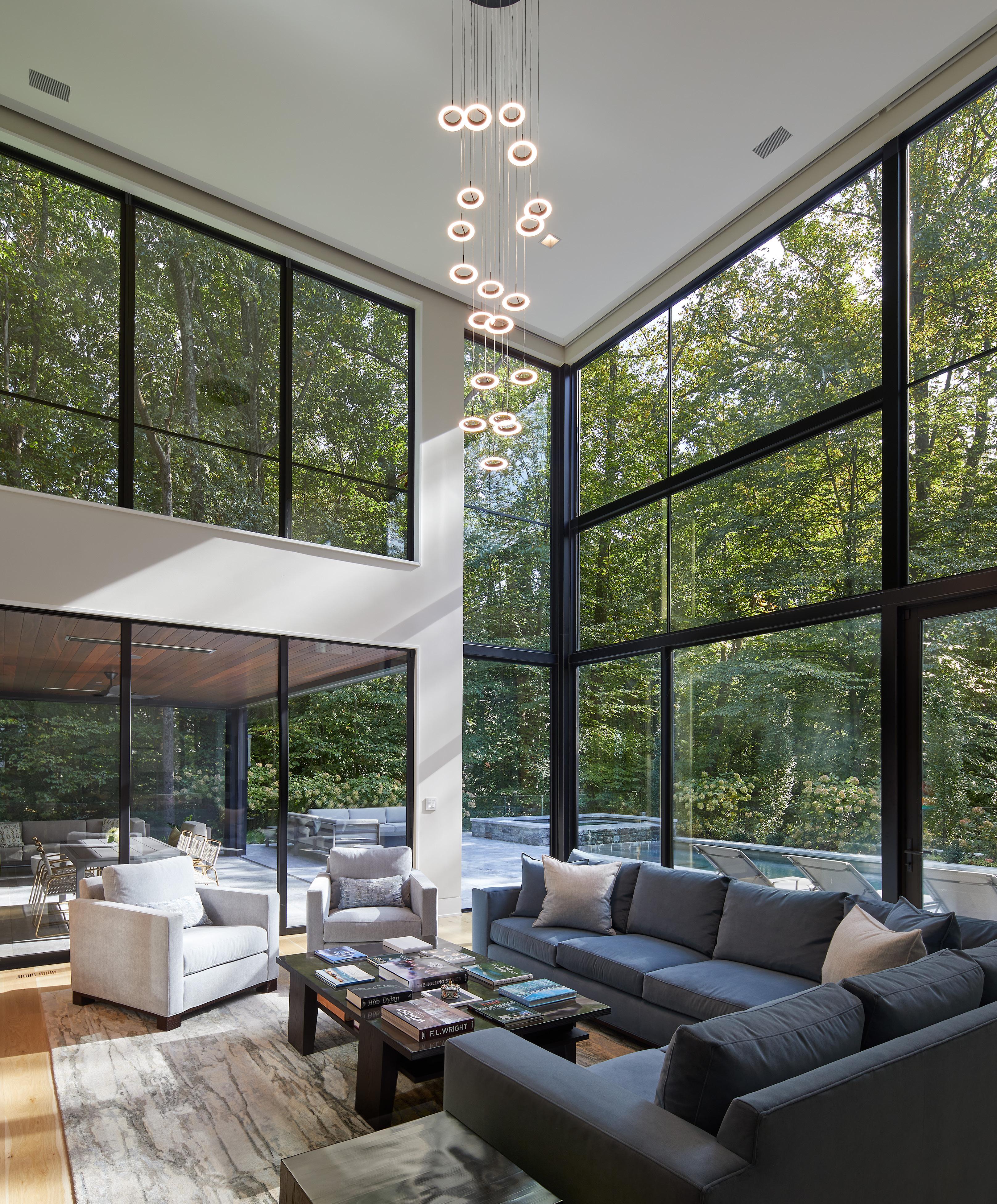
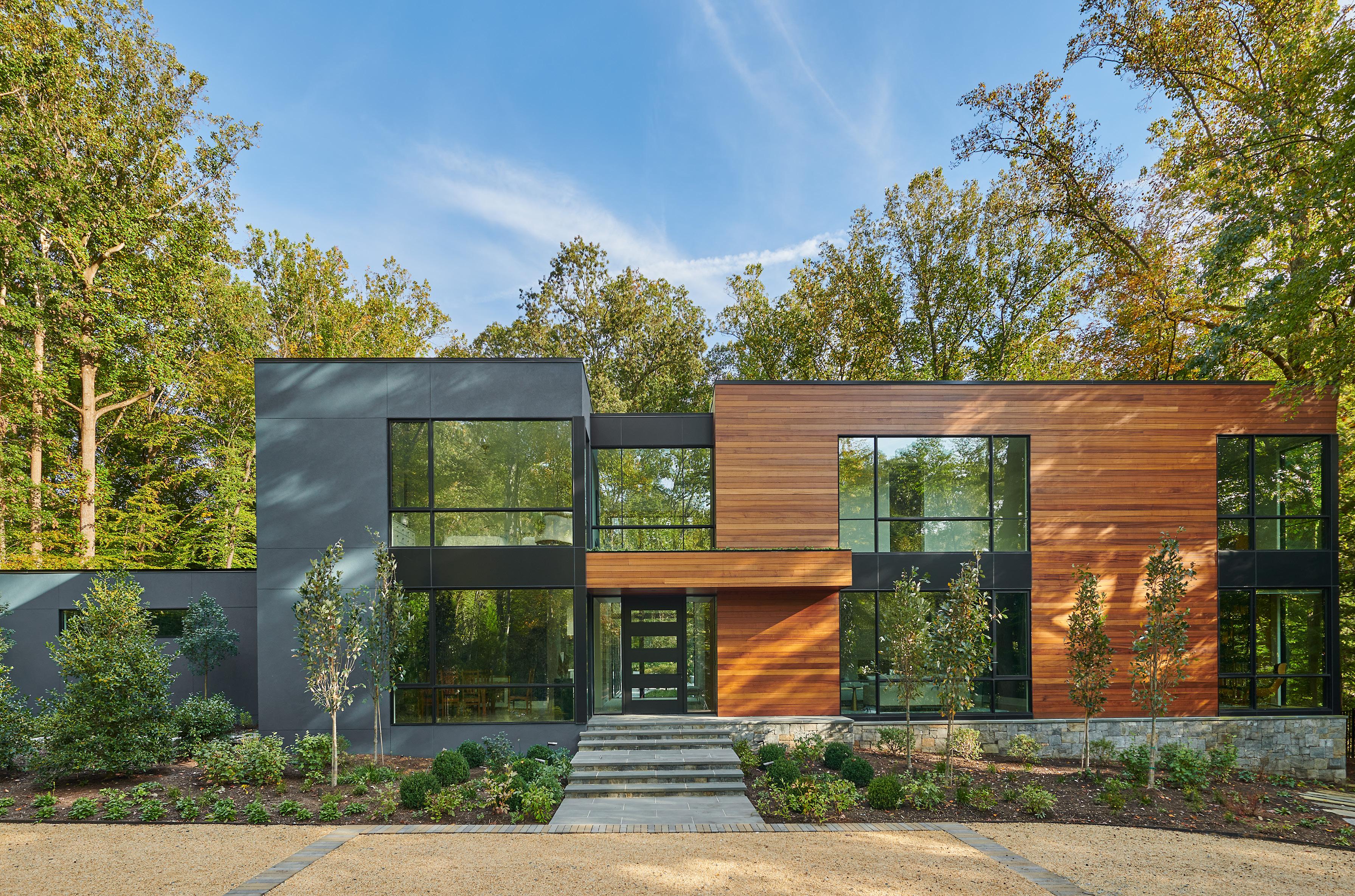
One of the challenges of the site was the slope from front to back. “This created a natural situation for a large walkout basement, but we also wanted to locate the pool and spa deck off the first floor,” says Kaufman. The slope allowed the design team to build up part of the yard to locate the main outdoor entertainment area off the first floor while also adding secondary gathering spaces off the walkout basement.
Taking advantage of the wooded terrain, Kaufman focused on the indoor-outdoor site lines. “For everyday living, they wanted to have a beautiful open plan for their kitchen, breakfast room, and family room with both visual and physical connections to the outside,” Kaufman says. The owners also wanted formal dining and living rooms near one another for getting together with family and friends. Located on each side of the foyer, the formal spaces include large windows flooding the rooms with natural sunlight. The dining room has a floating tray ceiling with rift white oak panels that complement the wood floor, while the living room has a woodburning fireplace with white Macaubas quartzite surround and dark granite hearth.
Designed to take in the views of the property, the rear family room is a double height space with two-story glass walls. “The main architectural piece of the room is the custom-designed sapele mahogany built-in that houses a record player, books, games, and a hidden bar behind custom grain-matched doors,” Kaufman says. A unique L-shaped band with open shelves and a DaVinci linear fireplace, plus a fully pocketing door that opens to the screen porch are among the many exceptional amenities in the family room, which connects to the breakfast room and kitchen.
The open white kitchen, which includes a marble backsplash and counter, adjoins the custom-built banquette that houses a hidden tv that lifts with a push of a button. “The banquette is built with sapele mahogany, the same species of wood as the exterior siding,” the architect adds, creating another visual connection from the inside to the outside.
The second-floor primary bedroom has one of the best views of the backyard pool and deck from a private solidwall balcony, while the primary bathroom features a double
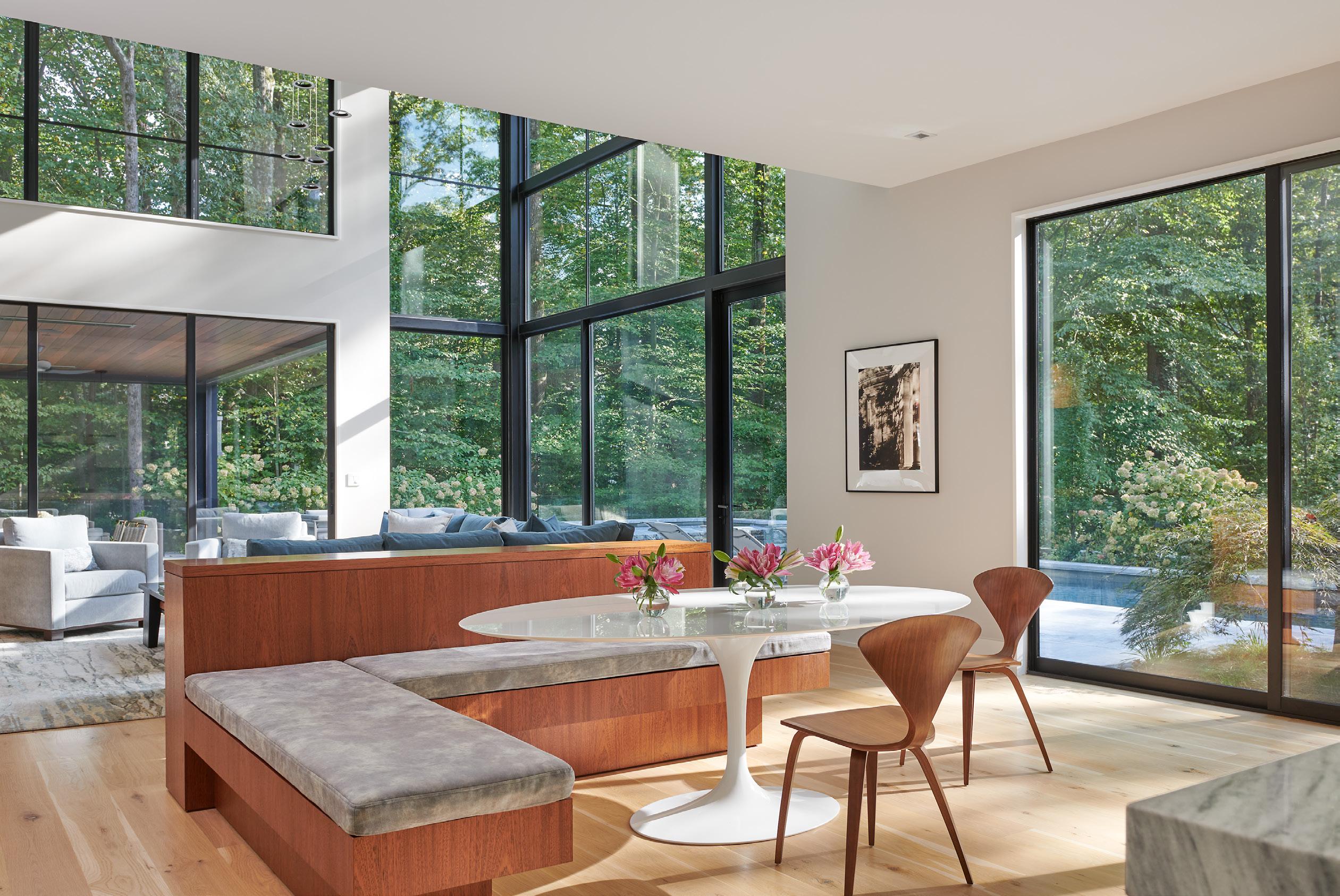
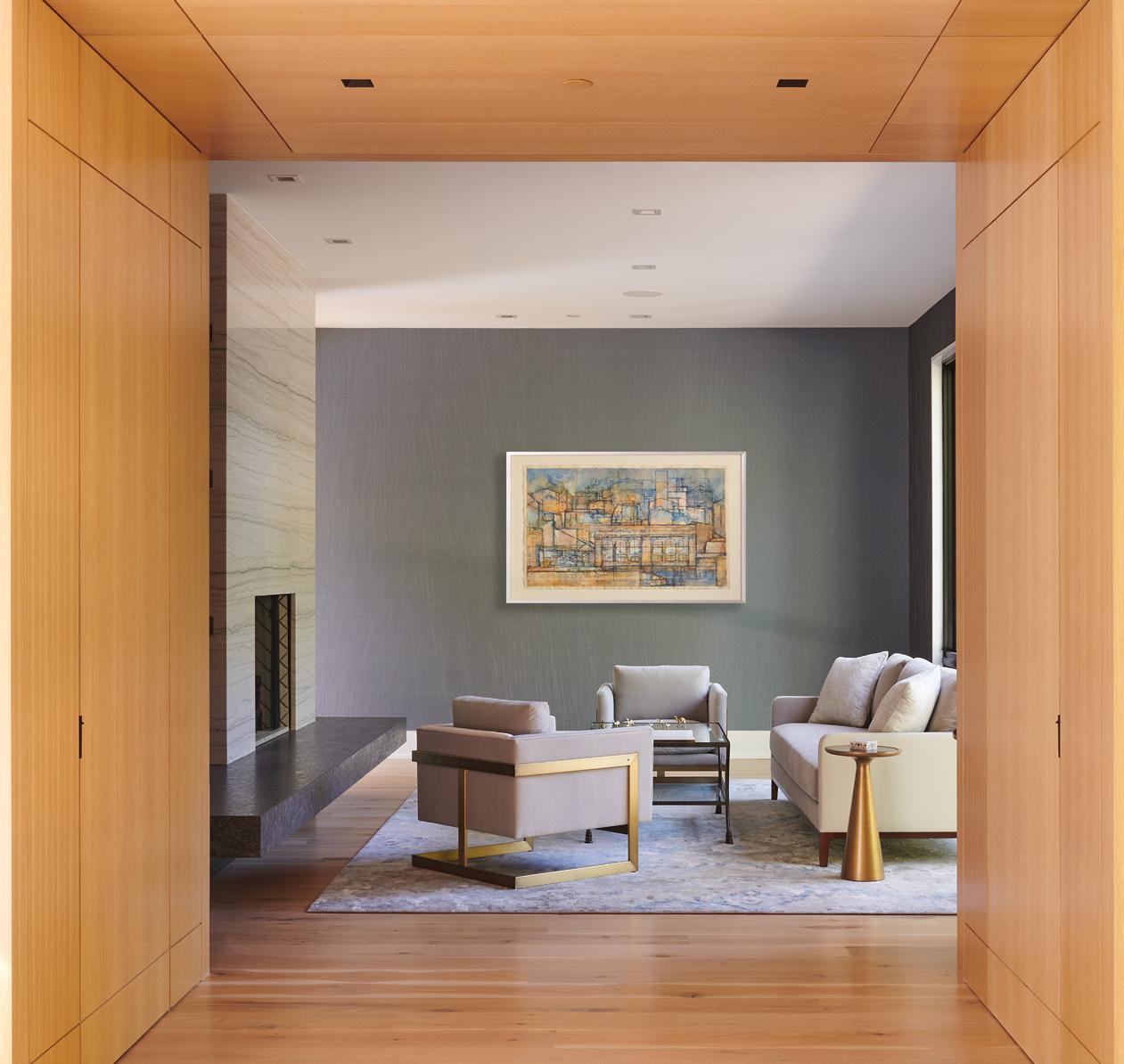
window and skylight for a treehouse effect.
“We used a very special palette of materials throughout the exterior and interior of the home,” says Kaufman, including walnut, sapele, and white oak. “This creates a warm and cohesive feeling and living experience.” Smart and efficient layouts combined with thoughtfully designed built-ins and strategic locations of windows enhanced the home’s general livability and functionality. Kaufman adds, “The owners love the flow of this modern-day contemporary home and the separation of their private rooms from their public rooms without sacrificing beauty or open plan living.”
Above: A custom banquette designed by Kaufman and fabricated by Maryland Custom Cabinets offers a casual dining spot between the family room and kitchen. Left: A wood-clad hallway leads to the cozy living room featuring a fireplace with floating stone hearth.
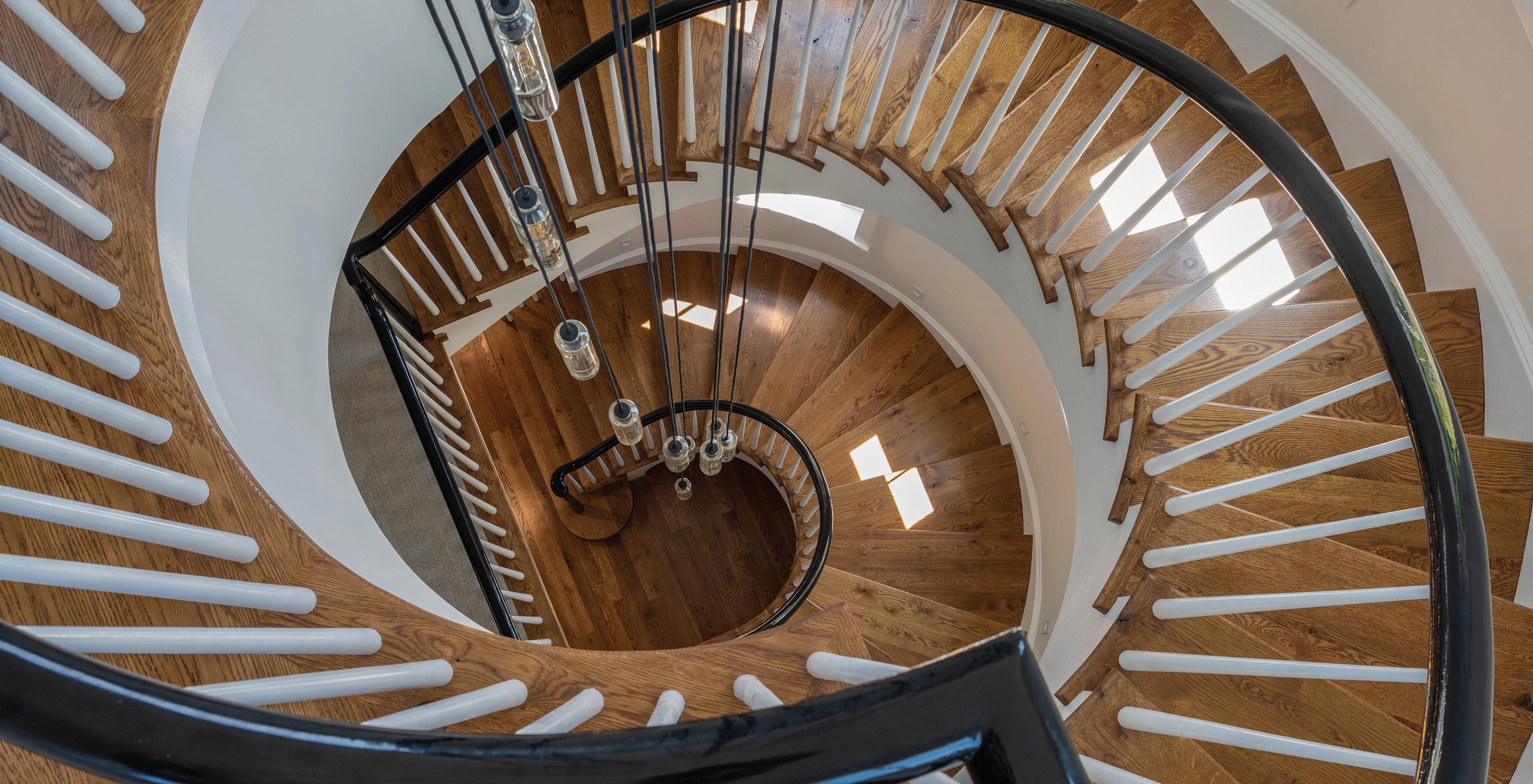
At ANTHONY WILDER, we design and build spaces you can’t wait to come home to. Our in-house architects, interior designers, project managers and craftsmen work together to create custom design solutions just for you. We mind every detail, so you can simply live—and love—the life you’ve built.
Caroline
BY SHERRY MOELLER PHOTOS
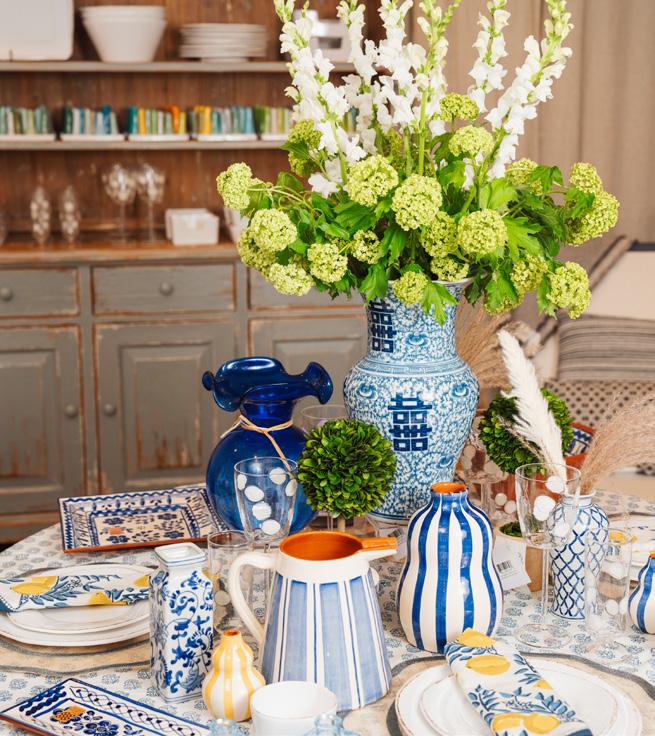
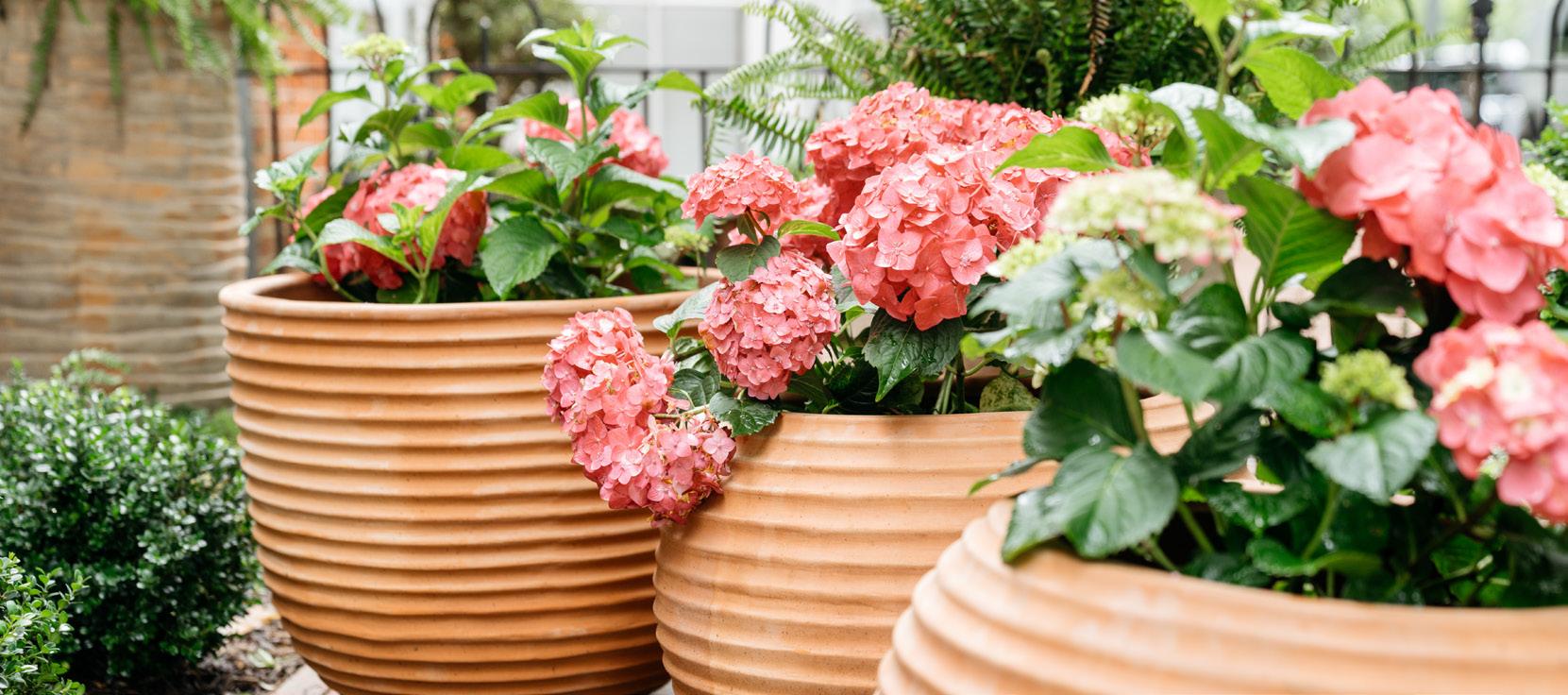
Fresh greenery can make all the difference when decorating for the holidays. Adding a little or a lot of winter florals and plantings bring smell, texture, and a festive ambiance to spaces. Caroline Ervin, president of Caroline Ervin Landscape Design, www.carolineervinlandscapedesign.com, and owner of The Georgetown Garden Shop, www.georgetowngardenshop.com, shares some tips for holiday decorating both inside and outside the home.
What are your go-to holiday flowers and plants?
Bringing fresh greens into the home at the holidays adds a special natural touch to holiday decor. The large, dark shiny green leaves of Southern magnolia mixed with boxwood clippings provide a variety of texture. Then, add a pop of red, or even orange, winterberry stems for color – all in a red and white cachepot and it’s a gorgeous long-lasting holiday arrangement. If the faded hydrangea blossoms are still in the garden, then I like to cut and add those for added interest. Give them a light mist of hair spray for added hold.
During the holidays, I often have friends or family pop over for a little spontaneous holiday cheer, leaving no time to create a fresh floral arrangement. Each year, I take a favorite bowl, and a few small cachepots, too, and simply add paperwhites or amaryllis bulbs, or even a grouping of white orchids. It’s a perfect holiday arrangement – ready to go at a moment’s notice. Just remember to start forcing paperwhites and amaryllis bulbs in early November to have blooms at Christmastime.

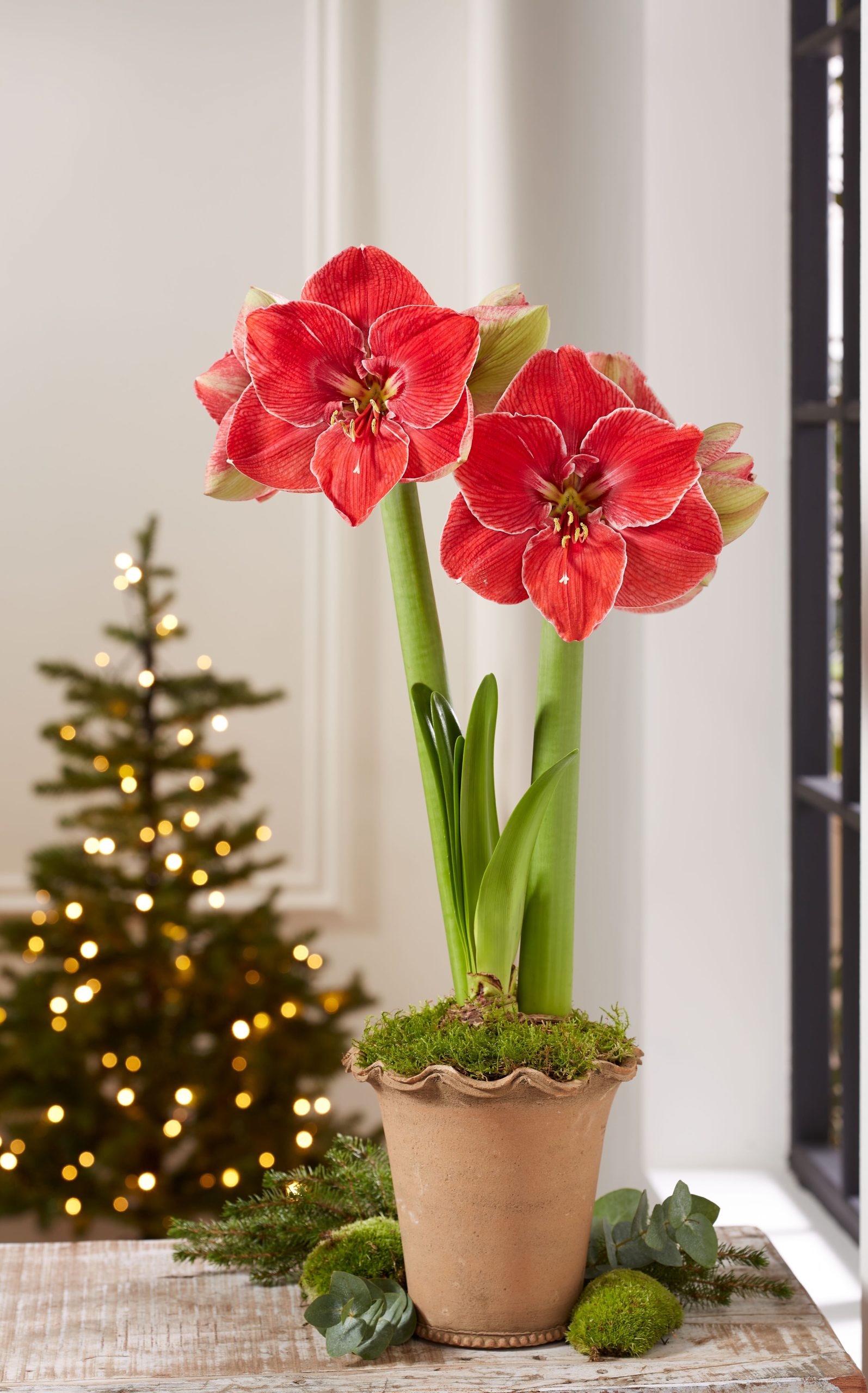
Which flowers and greenery are best for outside containers and garland?
Holiday outdoor containers can be so festive and fun to create. I like to forage from the garden. I often start by creating a base of magnolia stems, boxwood clippings, and add some pine tips and a few sprigs of Carolina sapphire cedar for a soft blue contrast. Then I add both river birch and winterberry stems for height. Tuck in pinecones or lotus pods to fill any gaps. You can lightly dip them in glue and sprinkle with glitter for a little extra pop.
For inside, what greenery holds up the best on banisters and mantels?
Outdoor holiday decorating typically begins in November and all the fresh pine tips and pinecones create beautiful and natural outdoor containers that will last through the holiday season; however, a pine garland on a mantel or staircase will start to dry when inside for too long. No one wants to redecorate their mantel before Christmas even arrives. I love to use magnolia stems on the mantel over my
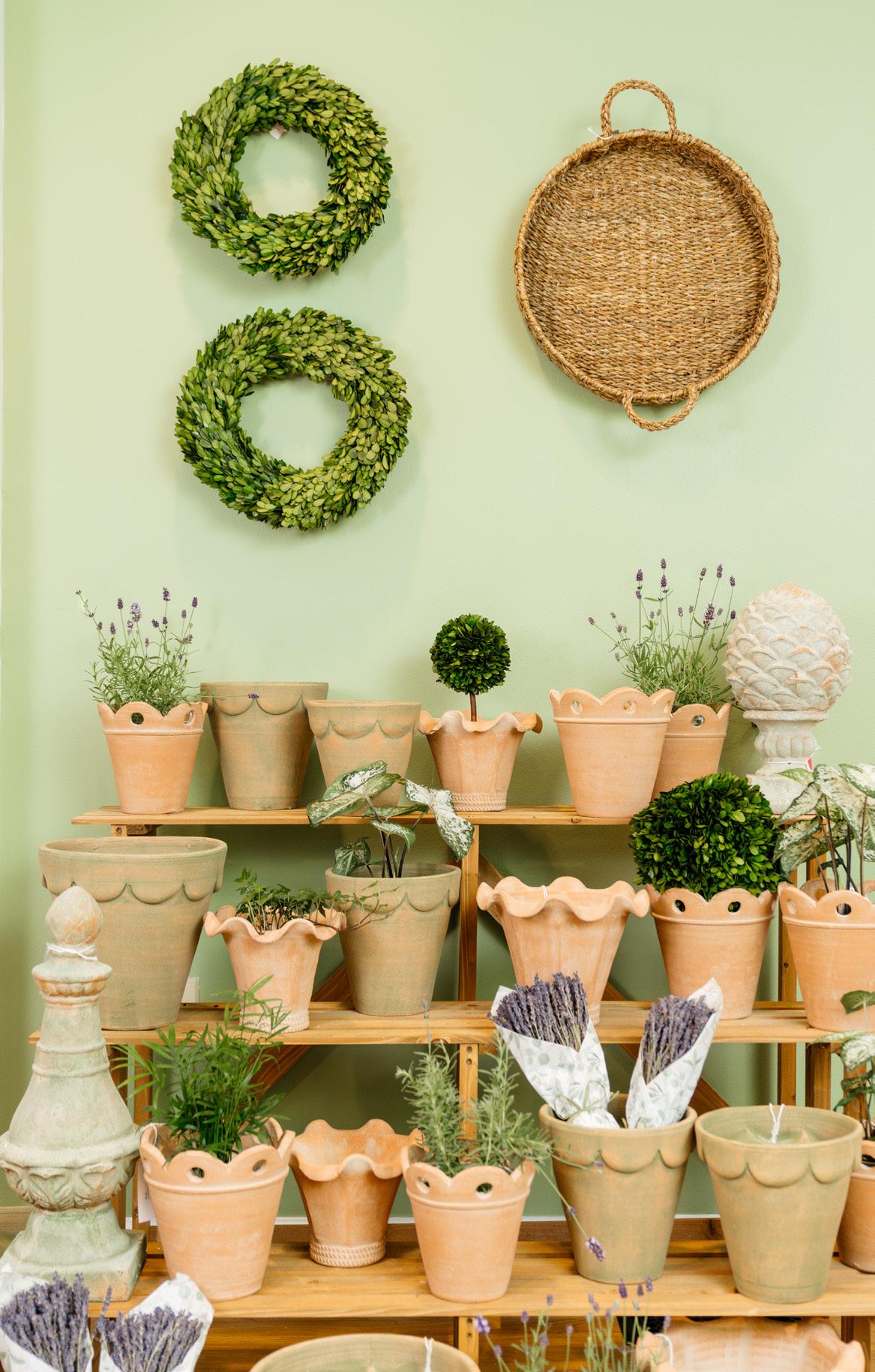
fireplace. Yes, they begin to dry within a couple of weeks inside in the heat, but they soften to a sage green and still look nice as Christmas nears. I’ll tuck in some glittery gold accents like cones or lotus pots, as well as add a few low taper candles for really pretty and natural mantel decor.
What are your favorite go-to holiday gifts?
For hostess gifts, I love to take something consumable, that is, a gift to be enjoyed but that doesn’t need to be cared for past the holiday season. One of my favorites to give are waxed amaryllis bulbs. It’s amazing how these plants can survive – and bloom – with their roots encased in wax, but these are the easiest holiday flowers to have at home. Once in temperatures above 65 degrees, it takes the bulbs about six to eight weeks to bloom, and frequently they will bloom a second or even third time. When the blooms are finished, the wax can be removed and the bulb composted. Even someone without a green thumb can handle a waxed amaryllis.
Barbour’s Amanda Ernest shares insight on the collaboration with a pre-launch visit to the Georgetown Tuckernuck store
BY SHERRY MOELLER PHOTOS COURTESY ASICO PHOTO
The Barbour x Tuckernuck Collection launched Thursday, September 4, 2025 online and in the Washington, DC and New York City Madison Avenue stores. Barbour’s Amanda Ernest, Senior Key Account Manager, and Tuckernuck’s Addison Smith, Assistant Buyer, and Julia Thistle, Associate Buyer, met at the Tuckernuck Georgetown location to celebrate.
"Tuckernuck’s Georgetown store previewed the collection early, over Labor Day weekend, giving their DC customers early access to shop it exclusively,” says Ernest. It also generated buzz for the official September 4 launch date. "It was my pleasure to stop in the store a couple days before the launch to share the excitement and thank the team for their support and partnership with the Barbour brand,” Ernest adds.
The Barbour x Tuckernuck Collection consists of 11 pieces of women’s outerwear and accessories, including two wax jackets, four quilted jackets, two quilted vests, one wax baseball cap, one umbrella, and one showerproof poncho. "It consists of 11 styles featuring Tuckernuck’s own baroque floral print tied in with iconic, reimagined Barbour silhouettes,” says Ernest. "Barbour was one of the first brands Tuckernuck carried when I met them at market 10 years ago. We have always dreamed of bringing our brands together in an exclusive and collaborative collection, so this launch is special to the founders of Tuckernuck and to Barbour because of our history together.”
Last summer, Ernest traveled with the Tuckernuck cofounders and their director of buying to Barbour’s South Shields UK headquarters. "We toured the Barbour factory and archives, met with Barbour’s head of womenswear design, and curated this exclusive collaboration,” adds Ernest.
One of her favorite pieces in the collection is the Beverly Wax Jacket. “It's truly a one-of-a-kind style as it features the exclusive floral print on the outside of a cropped wax jacket - a best-selling Barbour silhouette,” Ernest says. It's a unique application of the floral print and is complemented by Barbour’s iconic tartan lining. Another of her favorites is the Paisley Liner, which is available in two
colors and is fully reversible to show off the floral print in a playful and versatile way. For more information about the Barbour x Tuckernuck Collection, visit https://tnuck.com/ collections/barbour-x-tuckernuck.
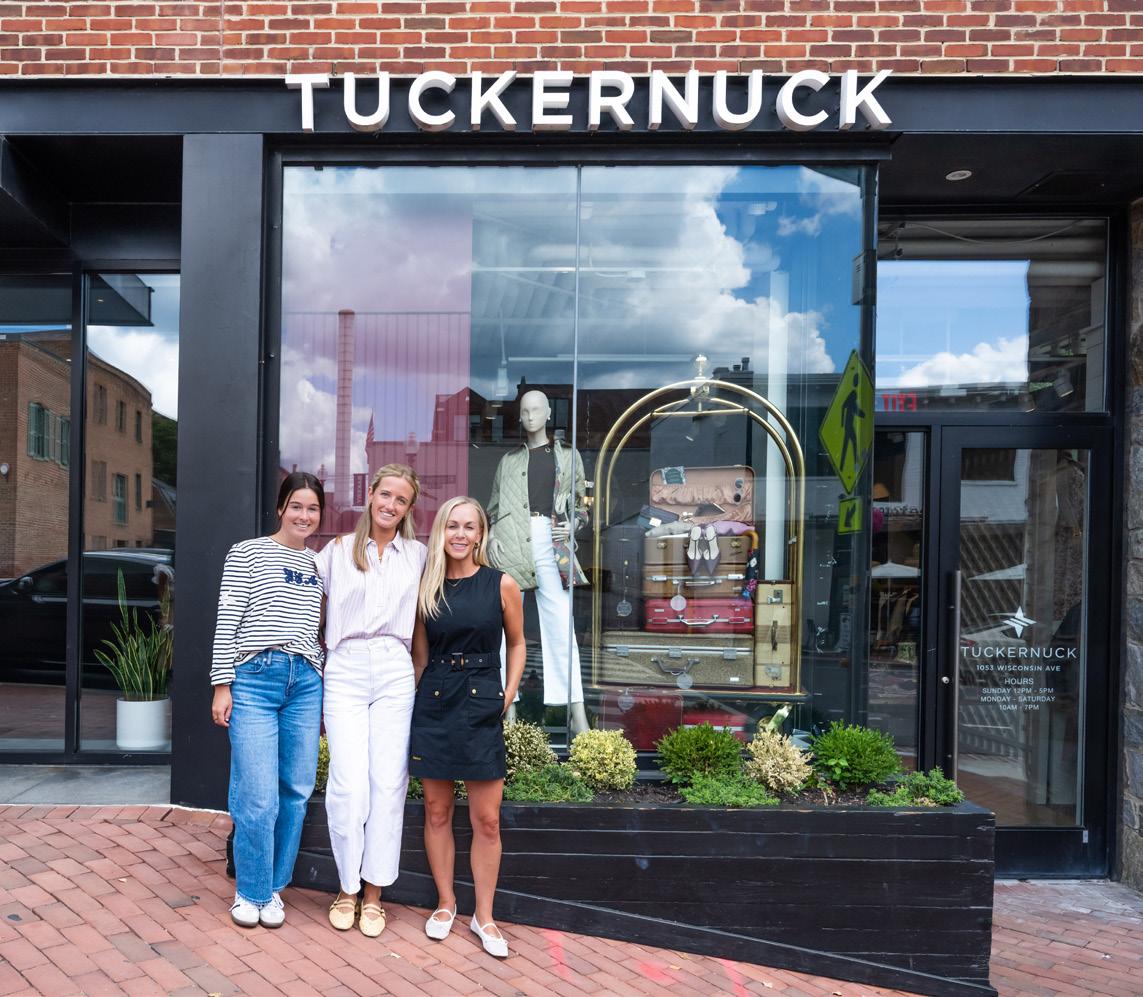
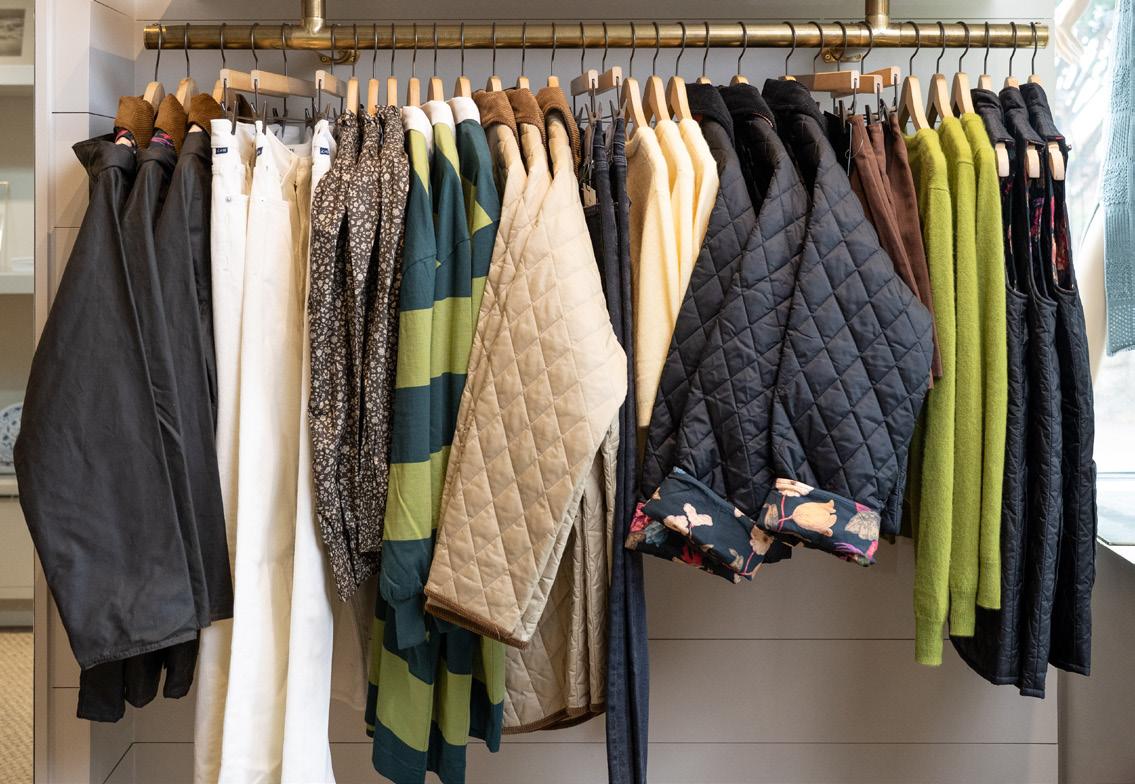
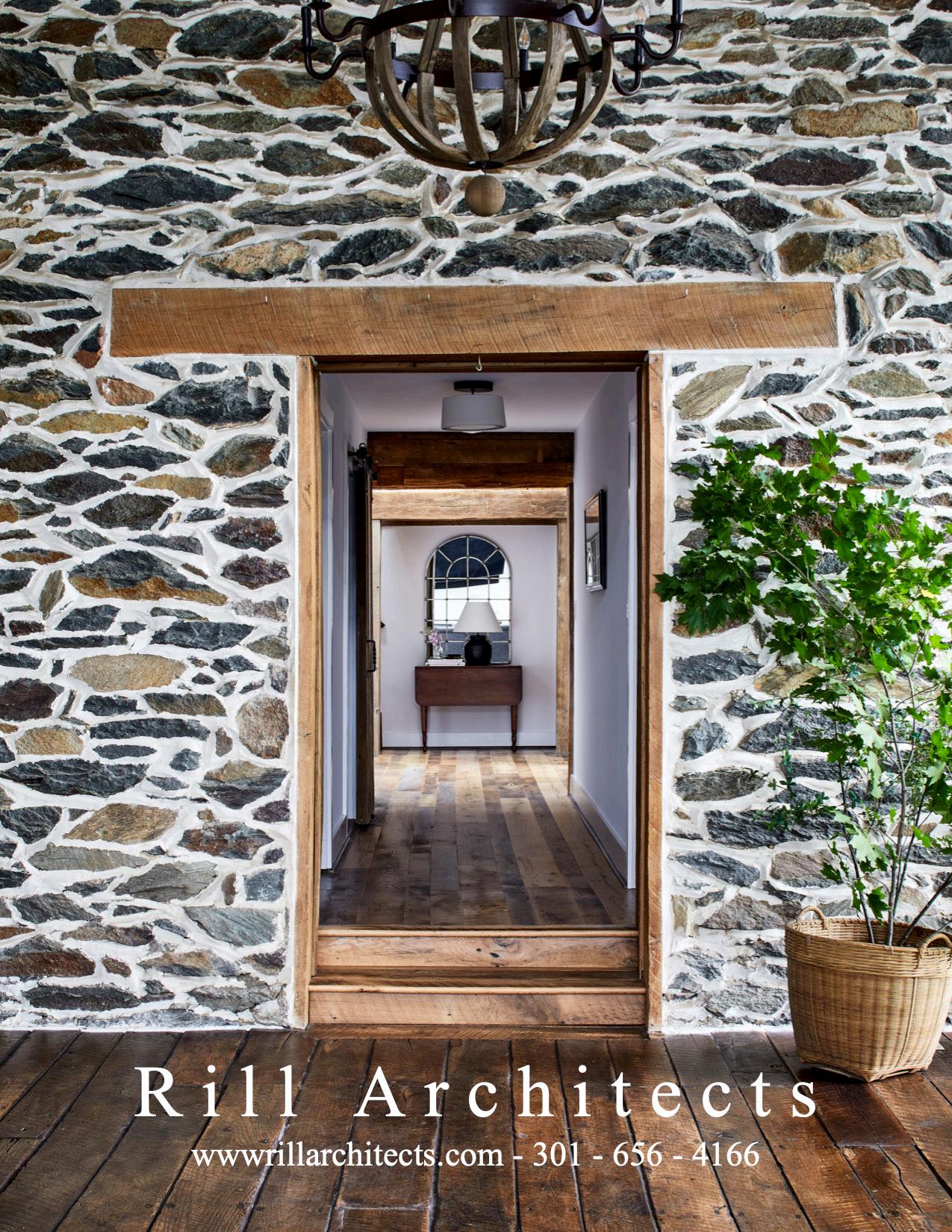
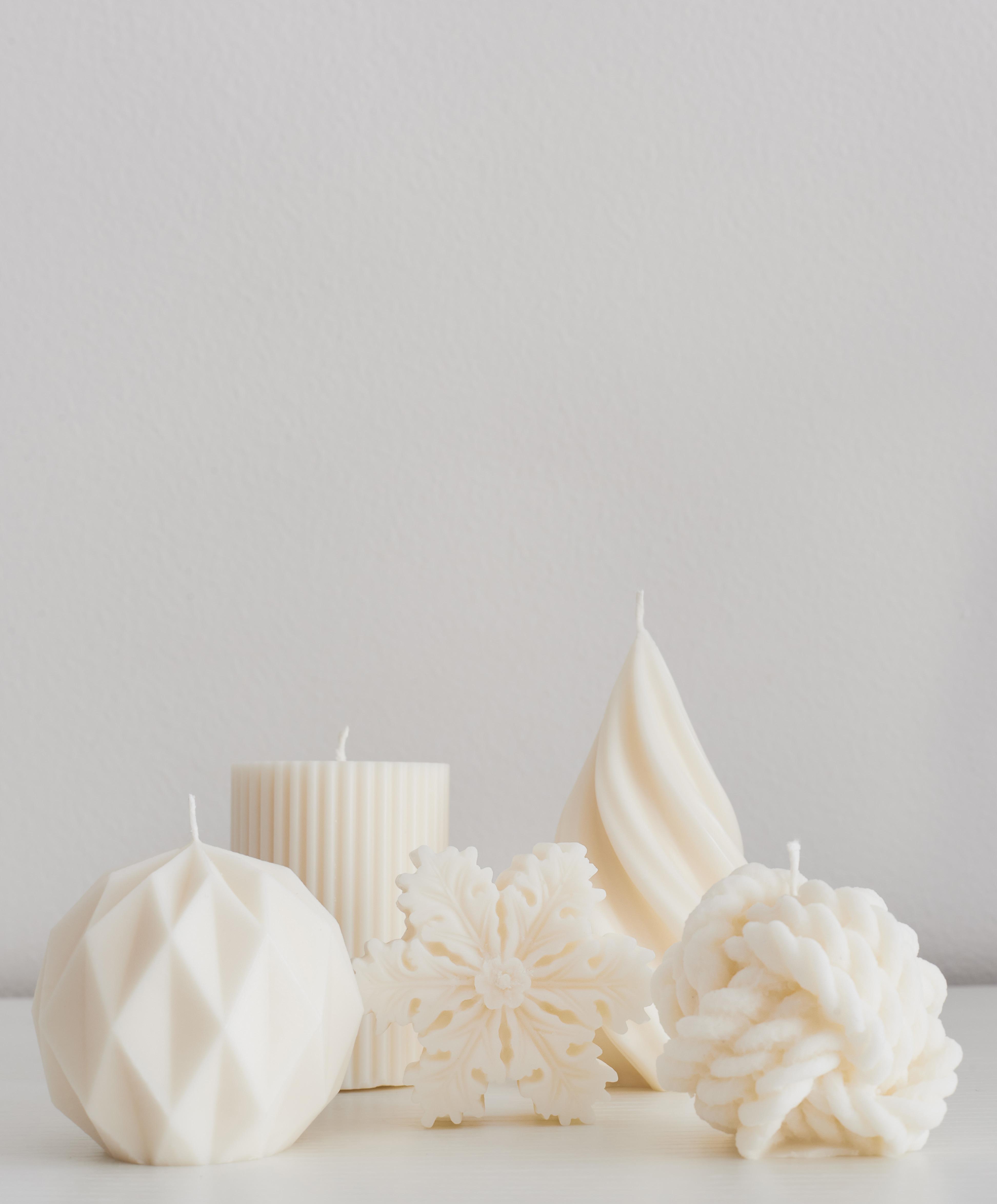
IT’S ALL IN THE
Autumn has arrived, and with it the wonderful scents of the season. If you are looking to add rich and wonderful scents to your home, look no further. Any of these will do the trick!
NEST NEW YORK AUTUMN PLUM LUXURY CANDLE Rich with wild plum, cinnamon, patchouli leaf, and cashmere wood scents, this candle is perfect for fall. Its base scent, cashmere woods, lends a soft, velvety warmth that evokes cozy autumn evenings. The vessel’s deep purple-tinted glass and elegant frosted stripes radiate seasonal elegance. JO MALONE POMEGRANATE NOIR Crafted in the British countryside, this candle will fill the room with juicy pomegranate and smoky guaiacwood scents. This scent is part of Jo Malone’s comforting and relaxing home edit. The notes are meant to encourage winding down and are perfect for reading, meditating, or just enjoying a well-earned night in. DIPTYQUE TERRES BLONDES CANDLE From Diptyque’s “Les Mondes” collection, the Terres Blondes candle captures the essence of wild, earthy landscapes. It features rich red cedar essence and burnt earth accords and offers a scent that elevates any fall setting. The glass encasement and refillable design reflect Diptyque’s minimalist elegance and sustainability. VOLUSPA FORBIDDEN FIG GLASS JAR CANDLE Voluspa has blended notes of Sicilian mandarin, ripe fig, and velvety musk to evoke thoughts of sweet fallen leaves, late-season harvest fruits, and that cozy golden-hour glow that defines fall. Hand-poured into an embossed artisan glass jar with a matching lid, this candle not only deeply scents your space but also serves as a chic, decorative statement piece.
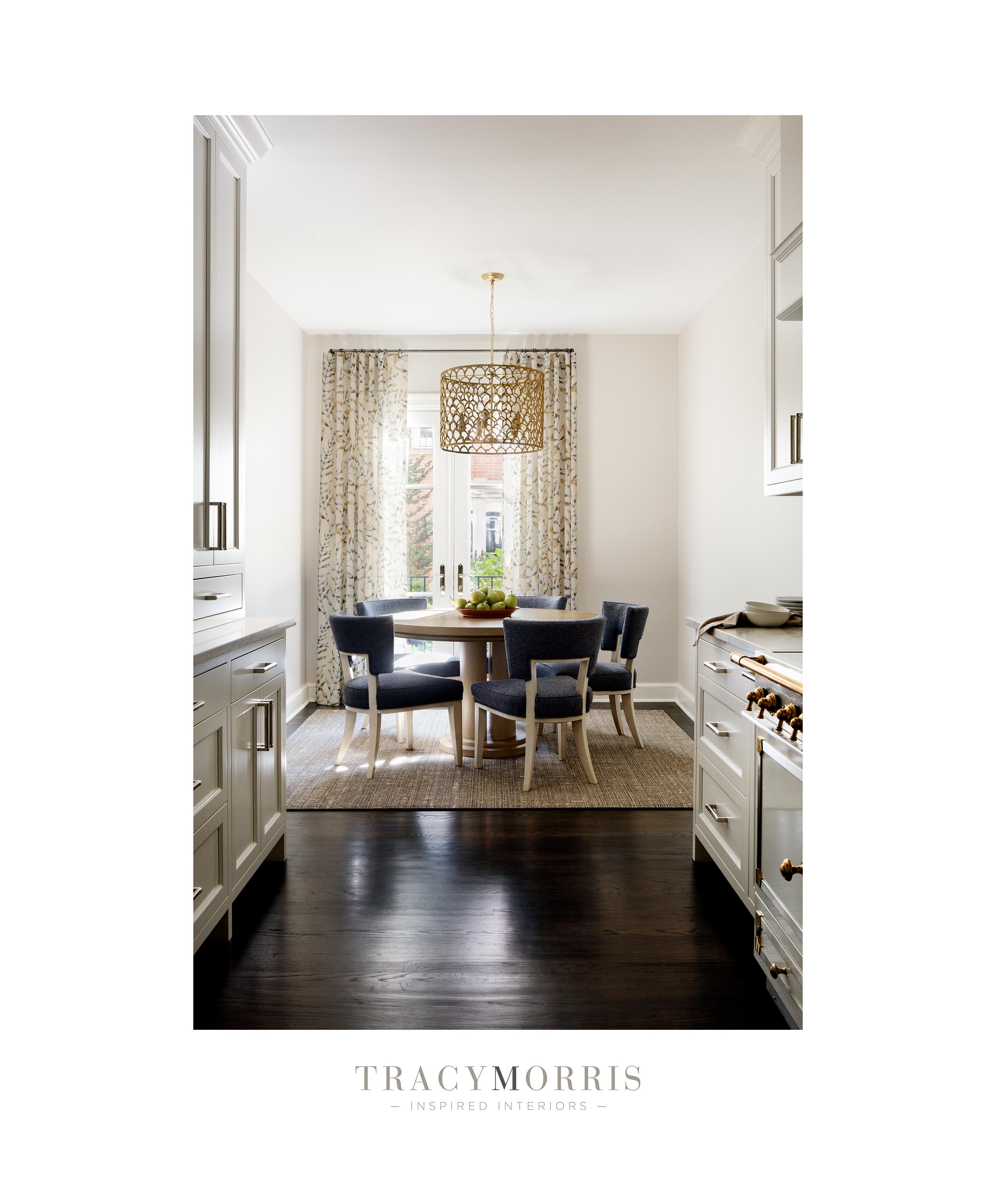

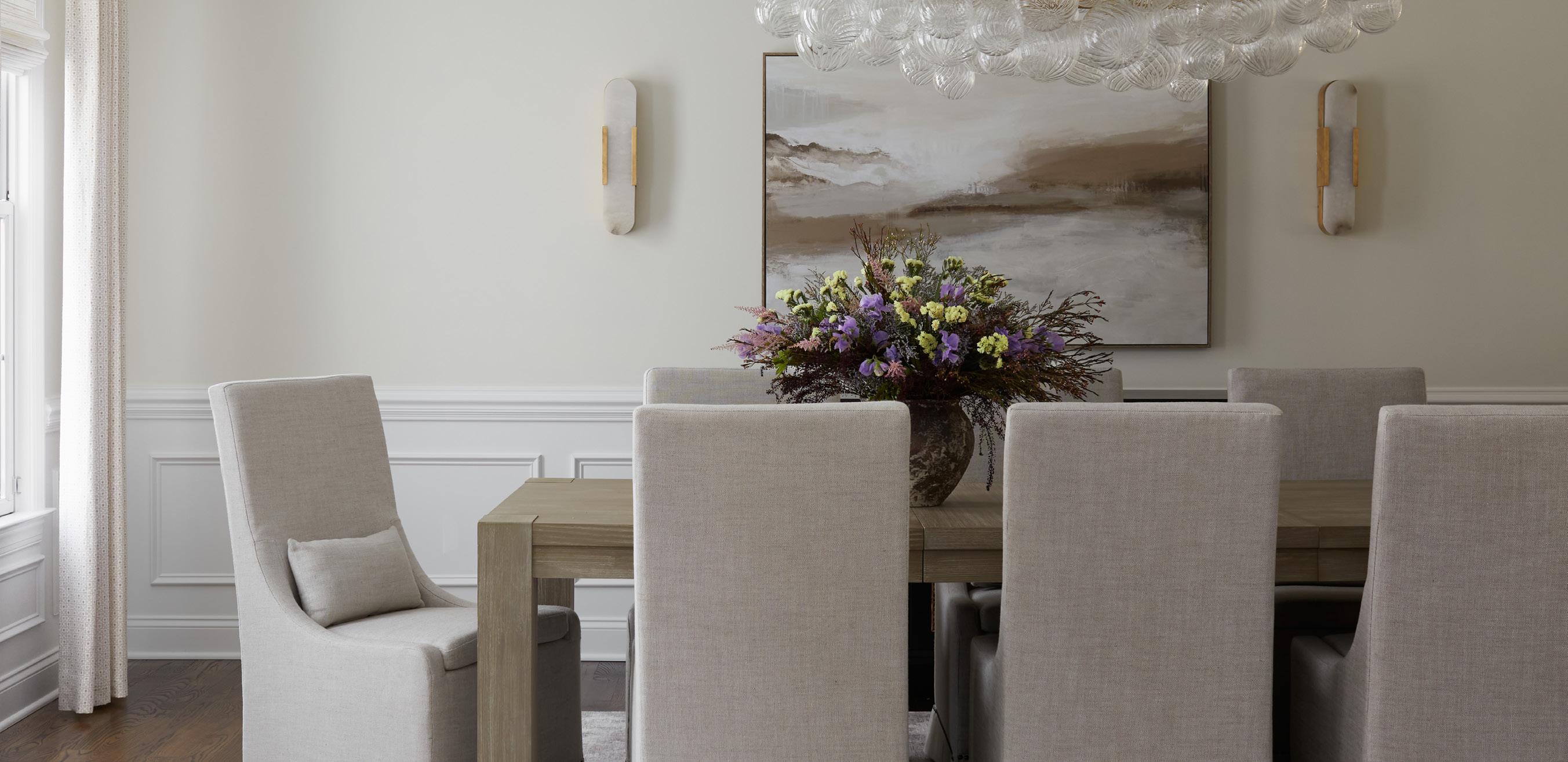

After earning a degree in Fashion Design at F.I.T. in New York City, Julia started her career in the sports apparel industry working for a leading global fitness apparel brand. While in this full-time role, she also embarked on her first home purchase, a fixer-upper that required multiple renovations. During this process, Julia found that creating spaces that felt both authentic and aspirational was her gift and passion. Julia went on to earn a degree in Interior Design while juggling motherhood and completing the design of a new home for her growing family. After multiple courses, three children, and several interim design projects, she launched her namesake studio. Today, Julia works closely with clients throughout Maryland to design homes that are best described as timeless, collected, and relaxed.
How does your background in fashion influence your designs?
Fashion and interiors share so many parallels—both are deeply rooted in style, texture, proportion, and storytelling. My background in fashion has given me a sharp eye for detail and a deep love for textiles, which carries through every one of my design projects. Discovering new fabric lines, patterns, and prints is one of the most joyful parts of the process for me. Textiles have a transformative power—they bring a space to life, add personality, and tie everything together in a way that feels layered and
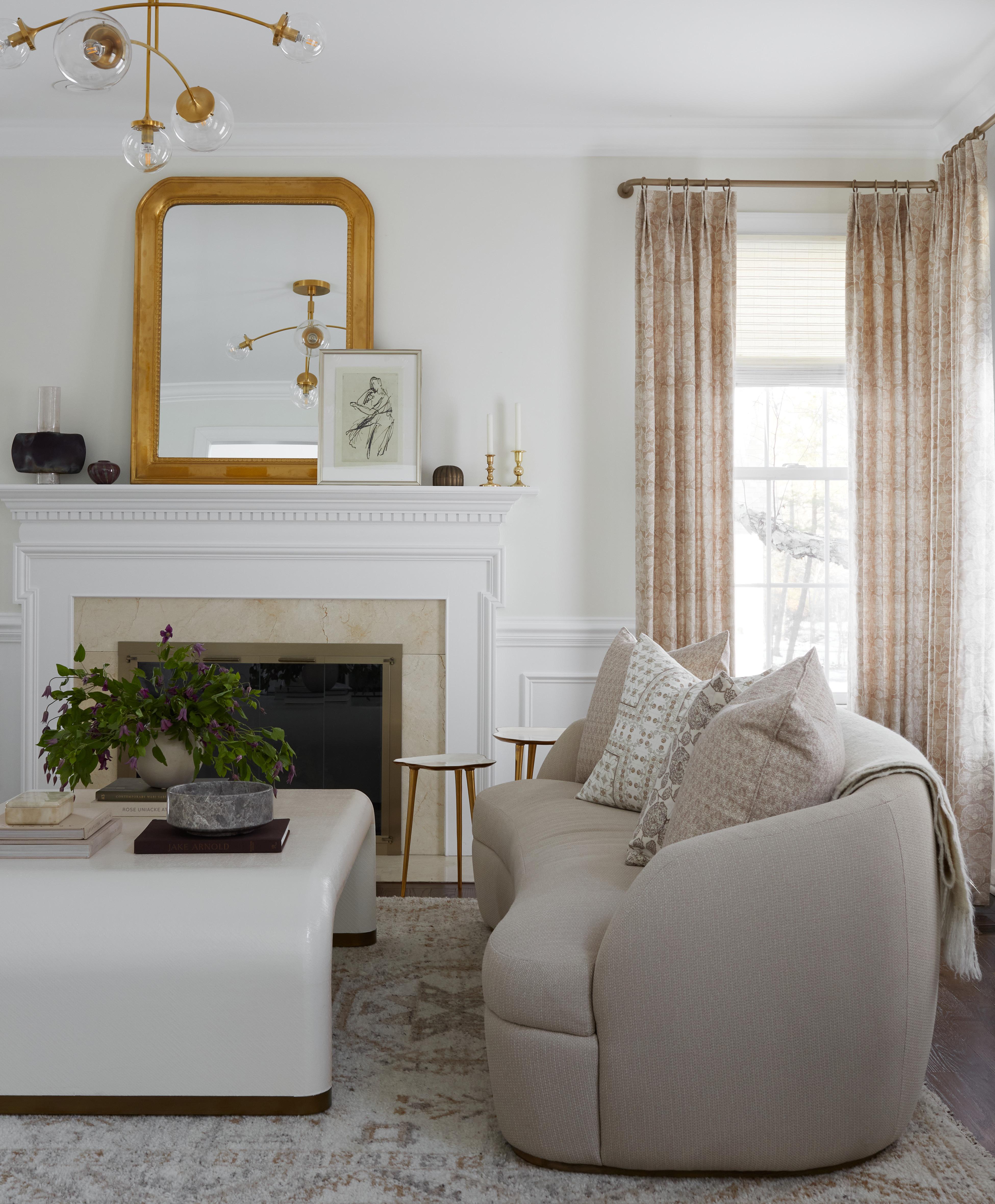
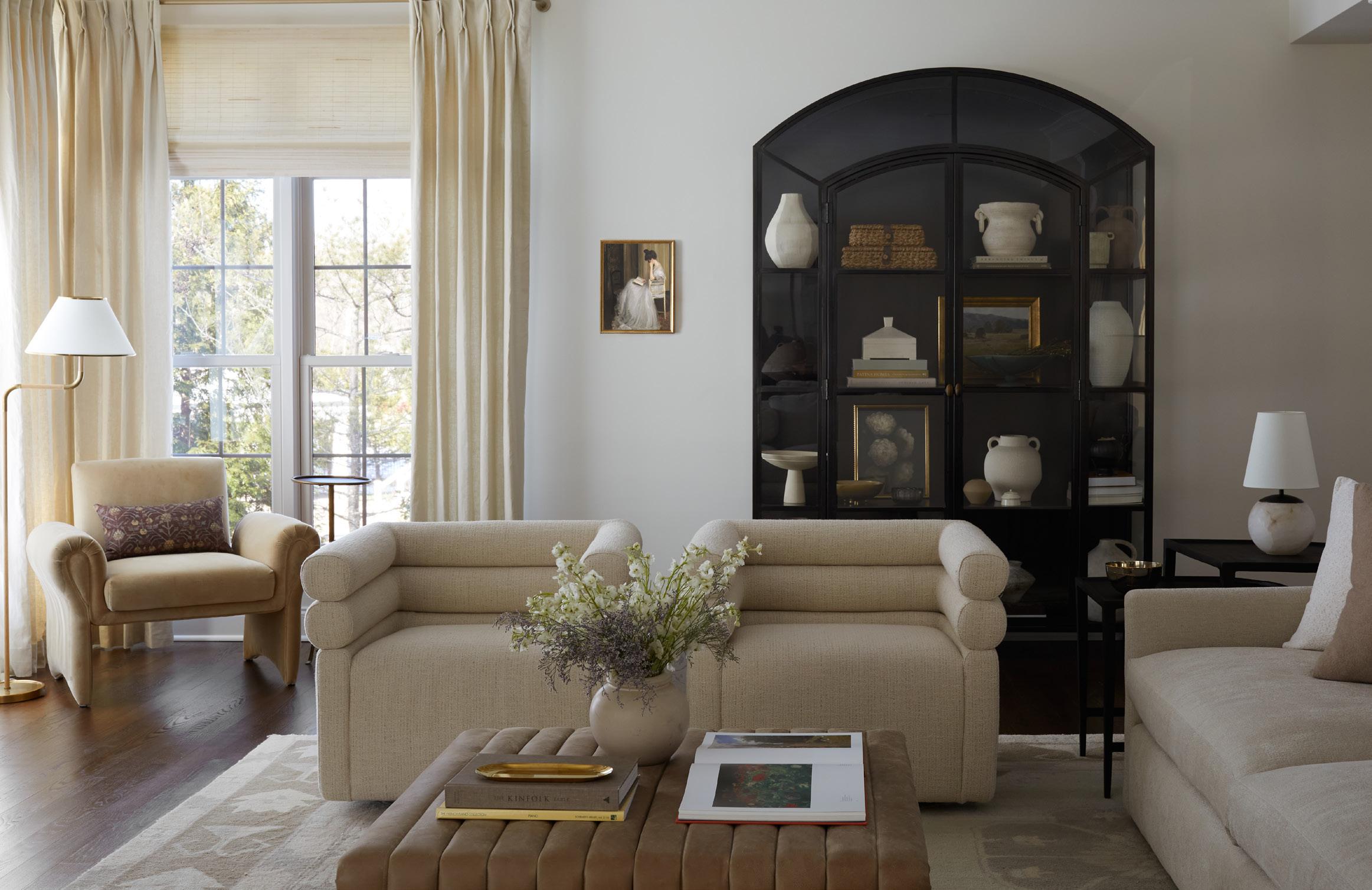
intentional. That connection between fashion and interiors is where I feel most creatively energized.
How do your life experiences, such as travel, inspire your designs?
Travel is one of the biggest sources of inspiration for me. Being in new places, seeing how people live, and experiencing different cultures always sparks fresh ideas. I’m constantly taking in color palettes, textures, materials, and even the feeling of a space—whether it’s a quiet corner in a café or the layers of pattern in a boutique hotel. Those experiences stay with me and often influence how I approach a project. I love weaving those little moments into my designs in subtle, meaningful ways.
What will be the biggest trends in 2026?
In 2026, I think we’ll see a continued shift toward more personal, layered interiors—spaces that feel collected rather than decorated. Clients are craving authenticity, so expect a rise in vintage pieces, custom upholstery, and materials that feel soulful and lived in. I also think we are going to see color move into warmer and moodier tones, with deep browns, earthy reds, and terracotta tones making a strong comeback.
What are some design items you always include in your work?
Playful patterns, vintage finds, and art with soul always make their way into my projects. I love mixing in unexpected prints—whether it’s on a pillow, drapery, or wallpaper—to add personality and a bit of fun. Vintage pieces are a must for me; they bring a sense of history and character you just can’t replicate. And I’m always thinking about how a space feels— inviting, layered, and lived-in. At the end of the day, I want each room to feel like a true reflection of the people who live there, with pieces that tell their story.
What are a few simple ways to decorate your home for the holidays?
I’m a total sucker for the holidays—it’s my favorite time of year! One of my favorite traditions is collecting ornaments from our travels, so our tree ends up telling a little story of everywhere we’ve been. I love keeping things simple but meaningful: some fresh greens, a sentimental tree, and warm lights (plus a few twinkle lights, of course) go a long way in making everything feel festive and cozy. It’s all about creating a space that feels joyful and lived in.
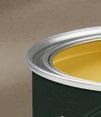
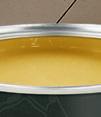

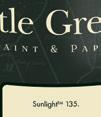

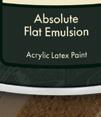

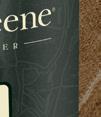

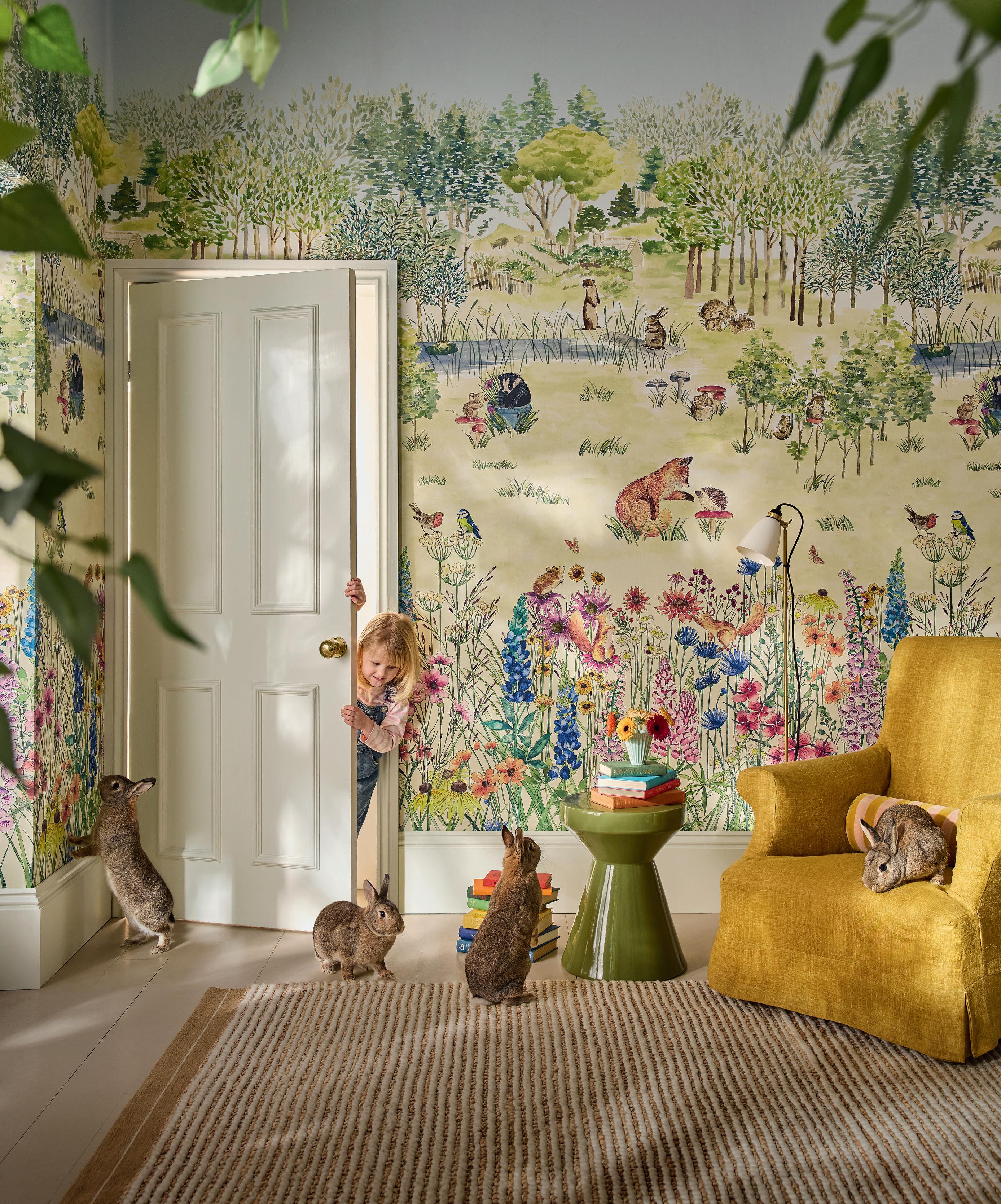
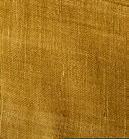
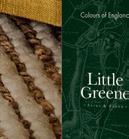
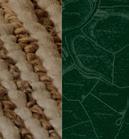
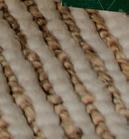


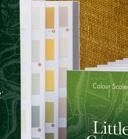
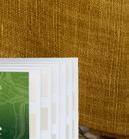
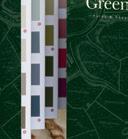

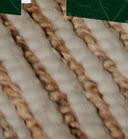

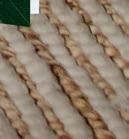
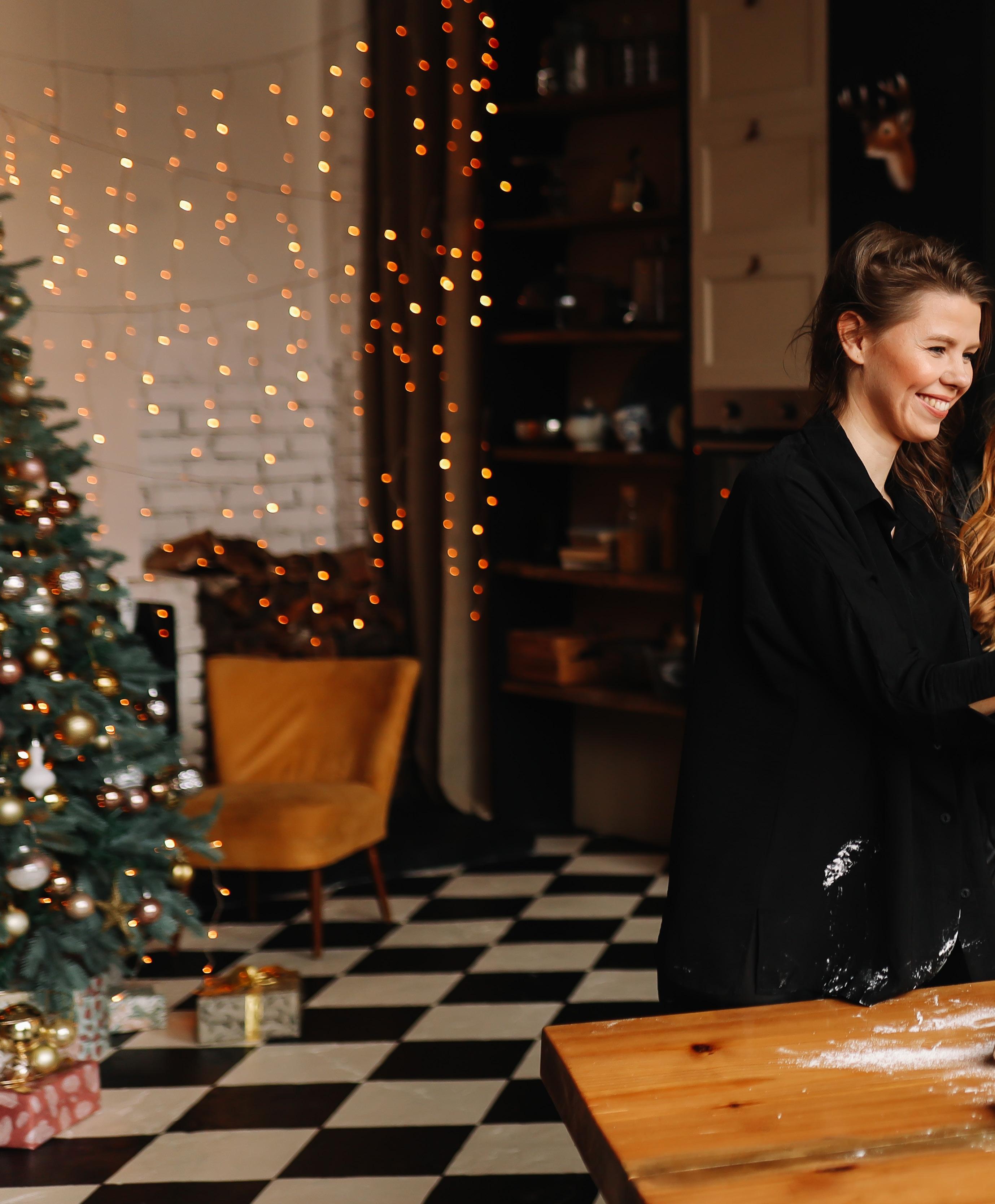
This holiday season, elevate your sweet traditions with a Christmas cookie baking party, one that blends luxury, laughter, and a touch of powdered sugar magic.
A luxury baking gathering isn’t about formality. It’s about transforming a beloved holiday tradition into a chic, memorable experience. Think champagne flutes clinking over marble countertops, designer aprons dusted in flour, and a curated cookie lineup that looks as good as it tastes.
It’s easy to host a holiday baking party with elegance and just the right amount of sparkle. Here are a few great tips…
CURATE A GUEST LIST, NOT A CROWD
Keep it intimate. Six is the sweet spot. You’ll want enough people to create an energizing atmosphere, but few enough that everyone gets time at the mixer. Invite friends who enjoy good conversation, don’t mind getting a little messy, and love a festive setting. Send personalized, printed invitations or chic digital cards. And make sure to include your curated cookie menu so that your guests become excited by their future creations.
ELEVATE THE SETTING
Transform your kitchen into a festive, functional showpiece. A soft holiday playlist, winter greenery draped over cabinet tops, and twinkling lights around windows set the mood. Arrange baking stations with high-end prep tools such as marble rolling pins, copper mixing bowls, and embossed rolling mats.
Set out individual aprons (monogrammed, if you're going all out) and tie each with a satin ribbon and personalized cookie cutter as a keepsake.

Rather than a free-for-all, plan a curated cookie menu with three to four luxurious cookie recipes. Think espresso-dusted Chocolate Crinkles, lemon-rose shortbread dipped in white chocolate, gilded gingerbread cookies with edible gold leaf, and champagne macarons with sparkling sugar.
Pre-measure ingredients in labeled glass bowls for ease and elegance. Just like a holiday episode of your favorite cooking show.
Baking is work and your guests will need sustenance. Offer them nibbles and festive drinks. Champagne is a must, but pair it with a winter white sangria or spiced cider served in crystal mugs. Grazing boards of artisan cheeses, figs, sugared nuts, and mini savory tarts give the party a sense of occasion. Have sparkling water and festive mocktails on hand, too, making sure that all your guests can enjoy.
Make sure to set up a decorating station with high-quality piping bags, edible gold dust, sprinkles, crushed peppermint, dried florals, and glazes in jewel tones. Offer inspiration boards or sample cookies to guide the creative process.
Don’t forget presentation. Provide luxe gift boxes, vellum paper, and velvet ribbons so guests can package their creations like little works of art. They will be perfect for gifting or savoring later.
And don’t forget conversation. Holding a cookie-baking party is all about warmth, cheer, and great conversations.
It’s a wonderful idea to send guests home with more than cookies. A custom cookie recipe booklet tied with a silk bow, a handwritten holiday note, or even a personalized cookie stamp makes for a thoughtful final touch. Snap Polaroids during the party and tuck them into each guest's bag for a surprise smile.
So, this season, roll up your sleeves, pour the bubbly, and let flour and friendship fly. The only thing more indulgent than a perfectly iced cookie is the memory of who you baked it with.
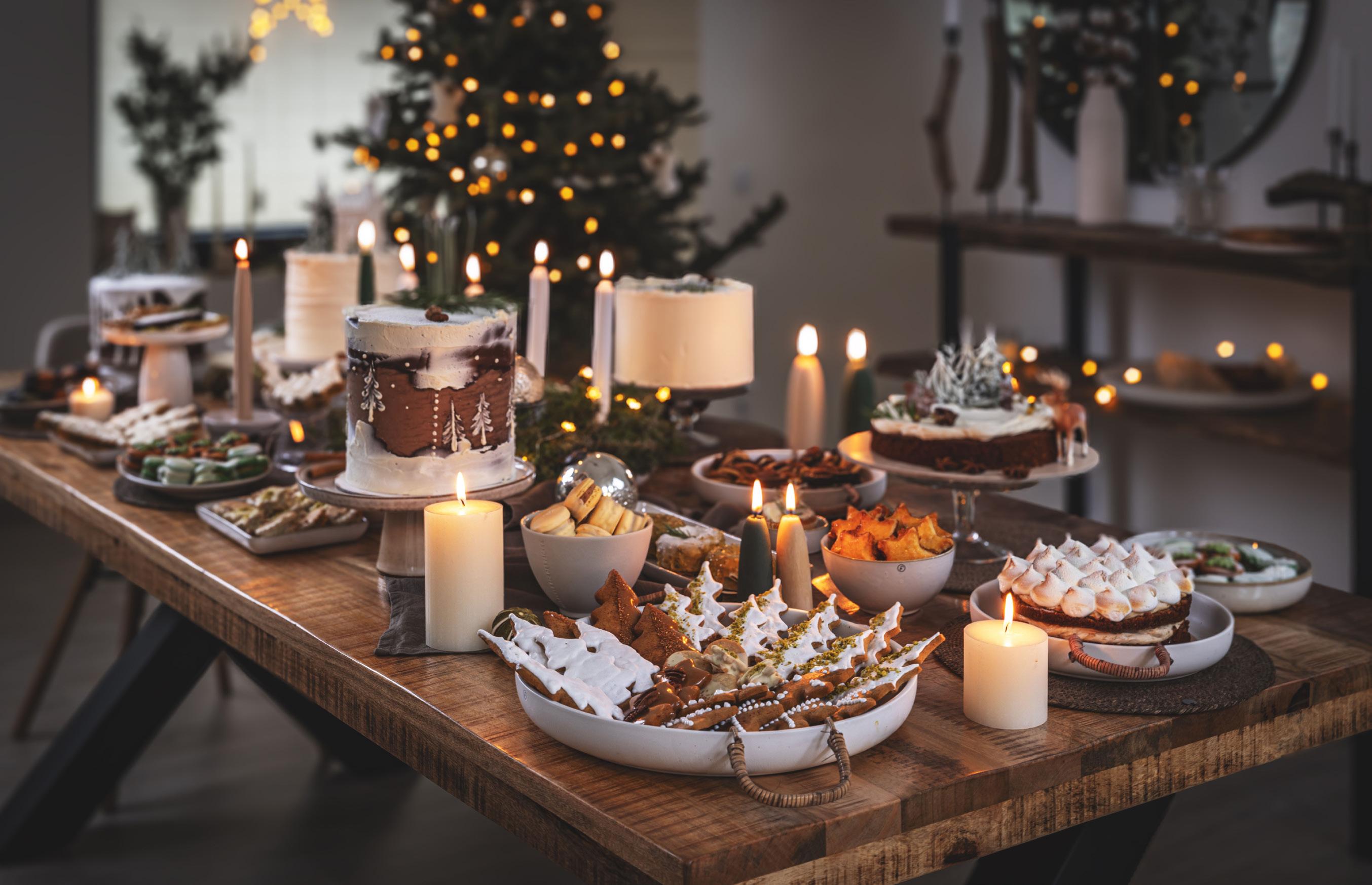
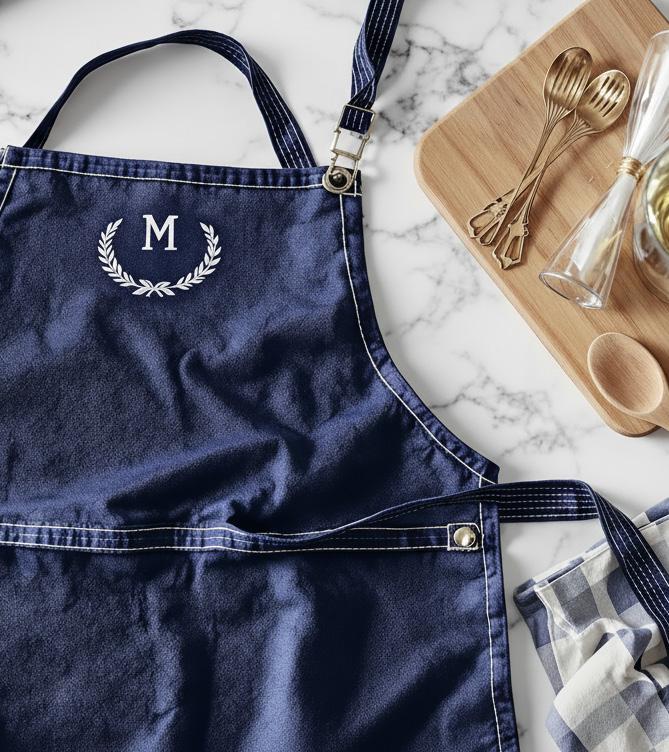
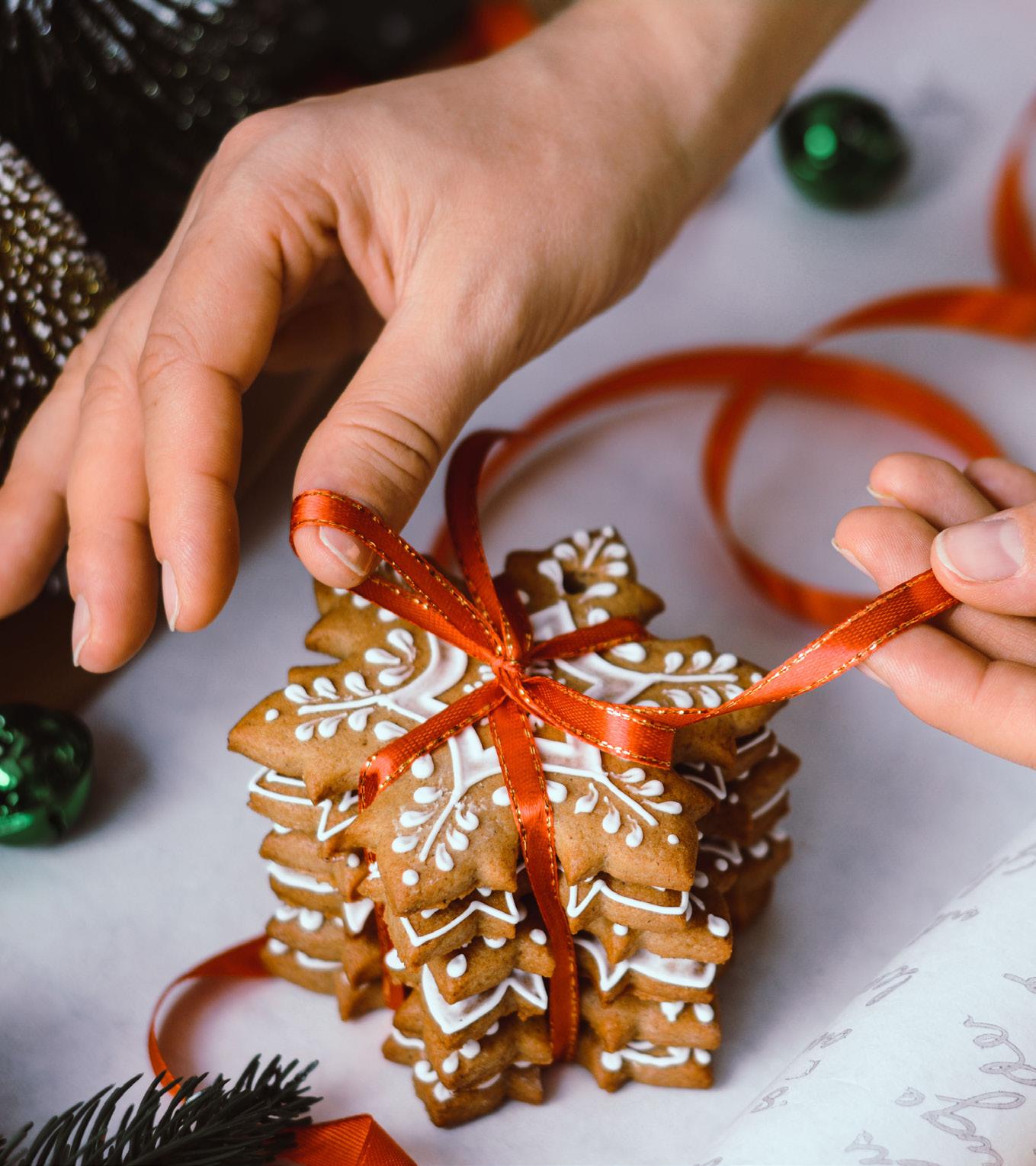
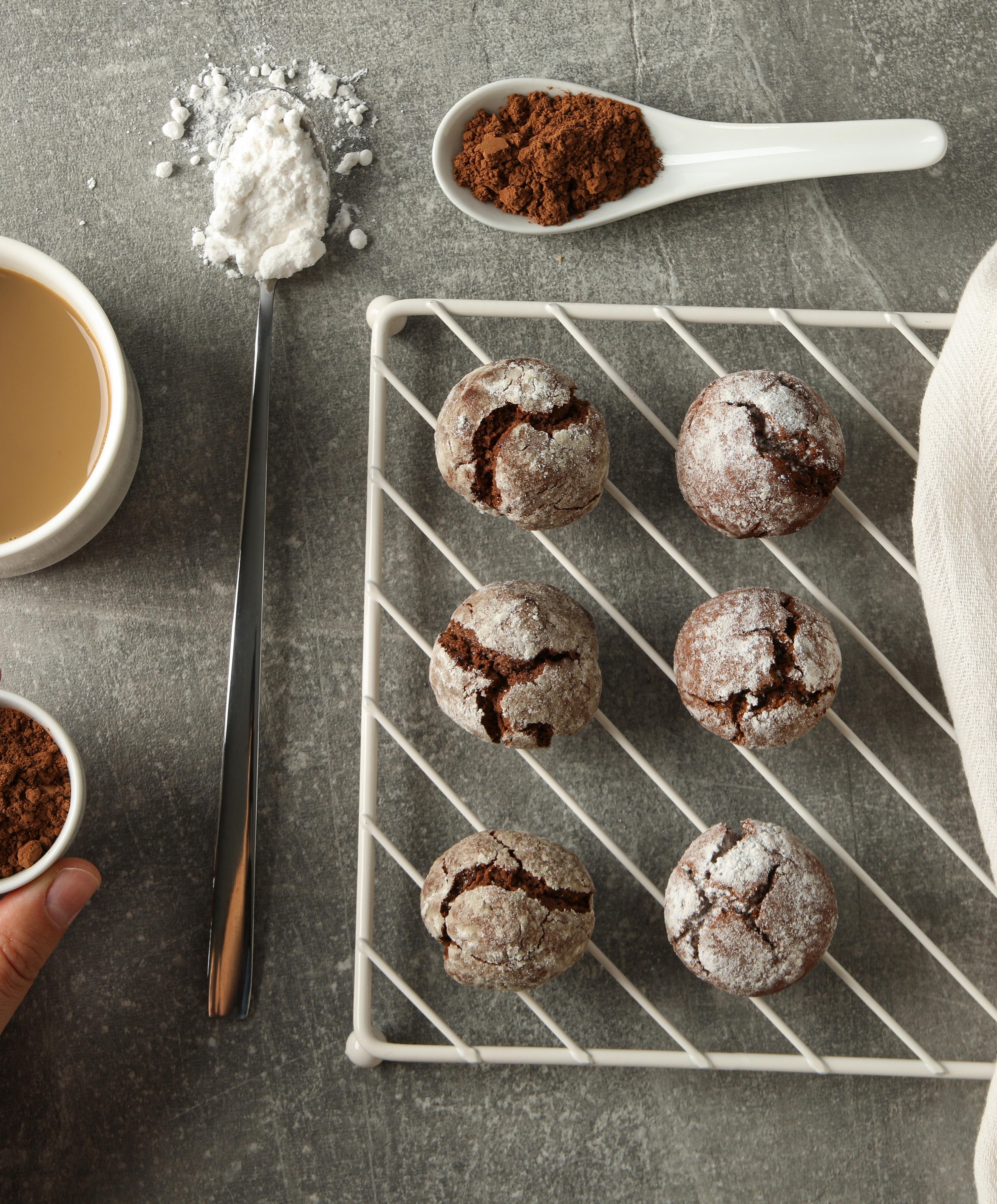
A deep, fudgy chocolate cookie with a sophisticated kick of espresso, finished with a soft, snowy crinkle.
INGREDIENTS
Yields 36 cookies
1 cup unsweetened cocoa powder
1 ¼ cups granulated sugar
½ cup light brown sugar
½ cup vegetable oil
4 large eggs
2 tsp pure vanilla extract
2 cups all-purpose flour
2 tsp baking powder
½ tsp salt
1 tbsp instant espresso powder
½ cup powdered sugar (for rolling)
1 tsp espresso powder (for dusting)
DIRECTIONS:
In a large bowl, mix cocoa powder, sugars, and oil until smooth. Beat in eggs one at a time, then add vanilla.
In another bowl, whisk together flour, baking powder, salt, and 1 tbsp espresso powder.
Gradually add dry ingredients to wet, mixing until combined.
Cover dough and chill for at least 4 hours or overnight.
Preheat oven to 350°F (175°C). Roll dough into 1-inch balls.
Roll each ball generously in powdered sugar. Place on parchment-lined baking sheet.
Bake 10–12 minutes until edges are set and tops are crackled.
Cool, then lightly dust tops with extra espresso powder through a fine sieve.
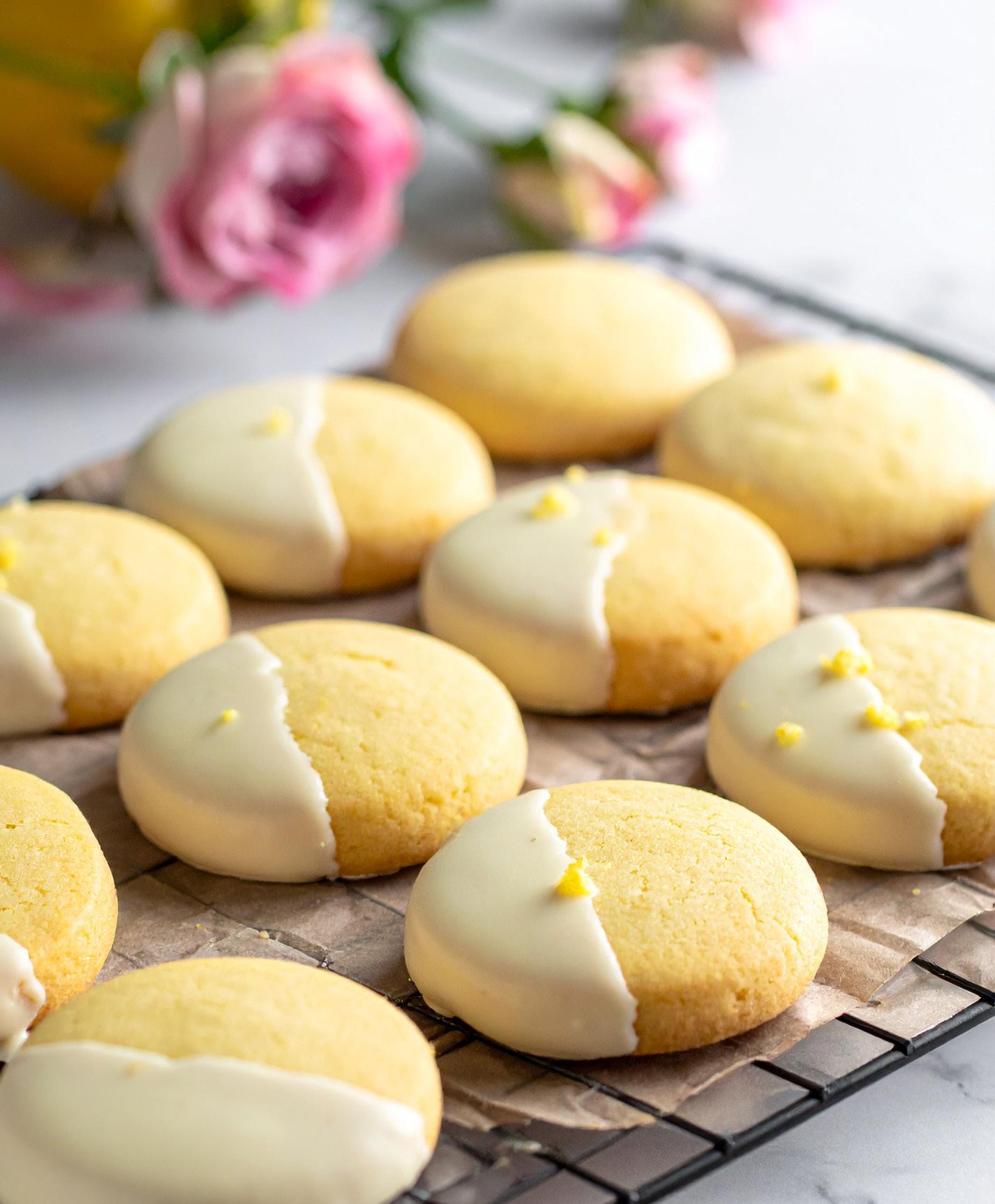
Floral and citrus notes blend in this buttery shortbread, elegantly dipped in white chocolate and finished with dried rose petals.
INGREDIENTS
Yields 24–30 cookies
1 cup unsalted butter, softened
½ cup powdered sugar
Zest of 1 lemon
1 tsp lemon extract
1 ½ tsp rose water
2 cups all-purpose flour
¼ tsp salt
6 oz high-quality white chocolate, melted
Dried edible rose petals, for garnish
DIRECTIONS:
Cream butter, powdered sugar, lemon zest, lemon extract, and rose water until smooth.
Add flour and salt. Mix until the dough forms. Shape into a disk, wrap, and chill for 30 – 60 minutes.
Preheat oven to 325°F (165°C). Roll the dough ¼-inch thick and cut into rounds or shapes.
Bake 12–14 minutes until edges are barely golden. Cool completely.
Dip half of each cookie in melted white chocolate and lay on parchment. While the chocolate is still wet, sprinkle with rose petals and (if desired) pink pepper. Let set at room temperature or refrigerate briefly.
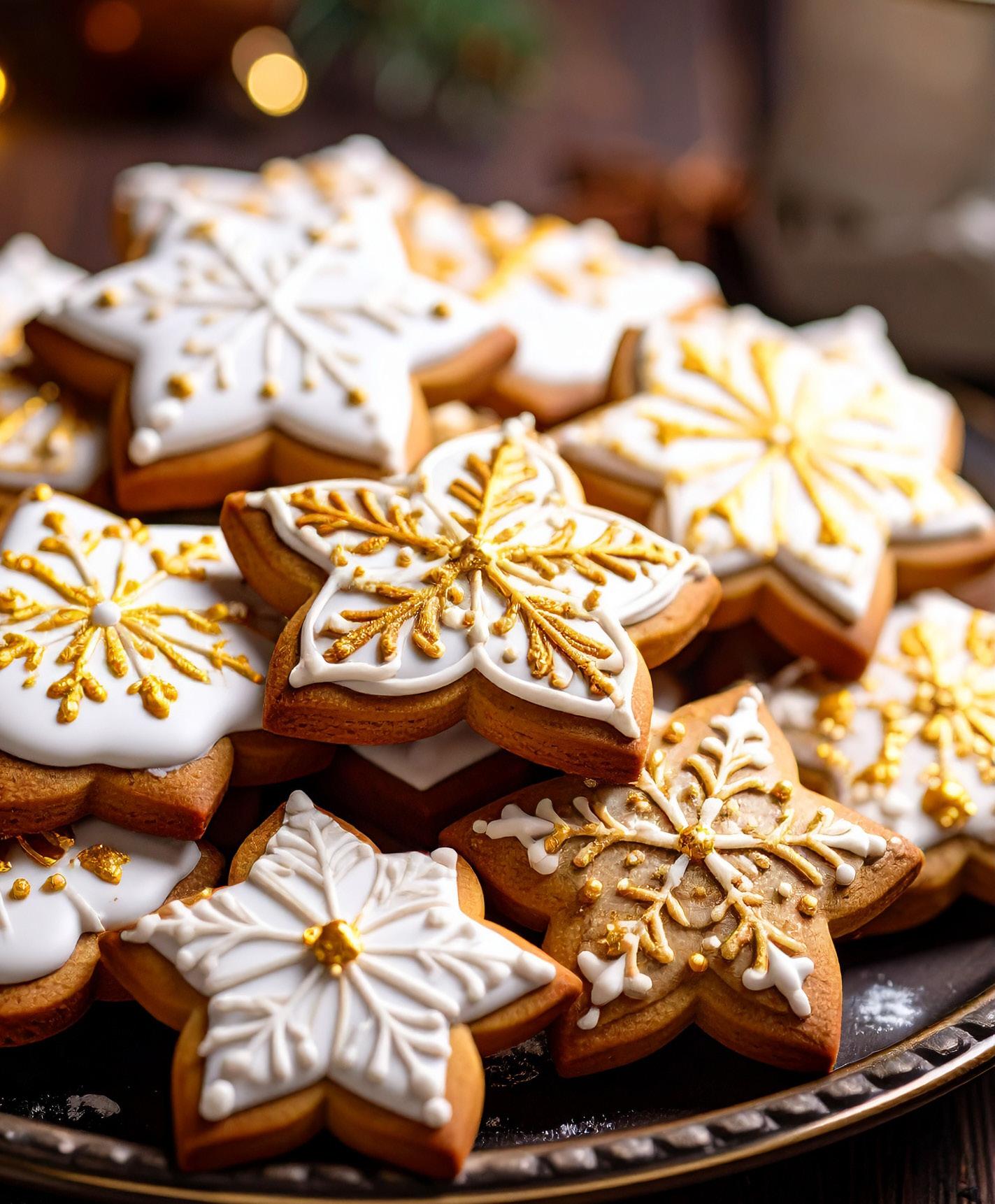
Classic spiced gingerbread with a luxe finish, royal icing detail, and delicate flakes of edible gold leaf.
INGREDIENTS
Yields 28–36 cookies
¾ cup unsalted butter, softened
¾ cup dark brown sugar
⅔ cup molasses
1 egg
1 tsp vanilla extract
3 ¼ cups all-purpose flour
1 tbsp ground ginger
1 tbsp ground cinnamon
½ tsp nutmeg
¼ tsp cloves
½ tsp salt
1 tsp baking soda
Royal Icing:
2 cups powdered sugar
1 tbsp meringue powder
3–4 tbsp water
Edible gold leaf sheets (use tweezers to apply)
DIRECTIONS:
Cream butter and brown sugar until fluffy. Add molasses, egg and vanilla. Mix well. In a separate bowl, whisk dry ingredients.
Gradually add dry to wet and mix to form a dough.
Divide the dough into two, wrap, and chill for at least 1 hour.
Preheat oven to 350°F (175°C). Roll the dough to ¼-inch thick and cut into festive shapes.
Bake 8–10 minutes. Cool completely.
Prepare the royal icing by combining all ingredients until smooth. Decorate as desired and allow to dry.
Use clean tweezers to gently press on small pieces of edible gold leaf as a finishing touch.
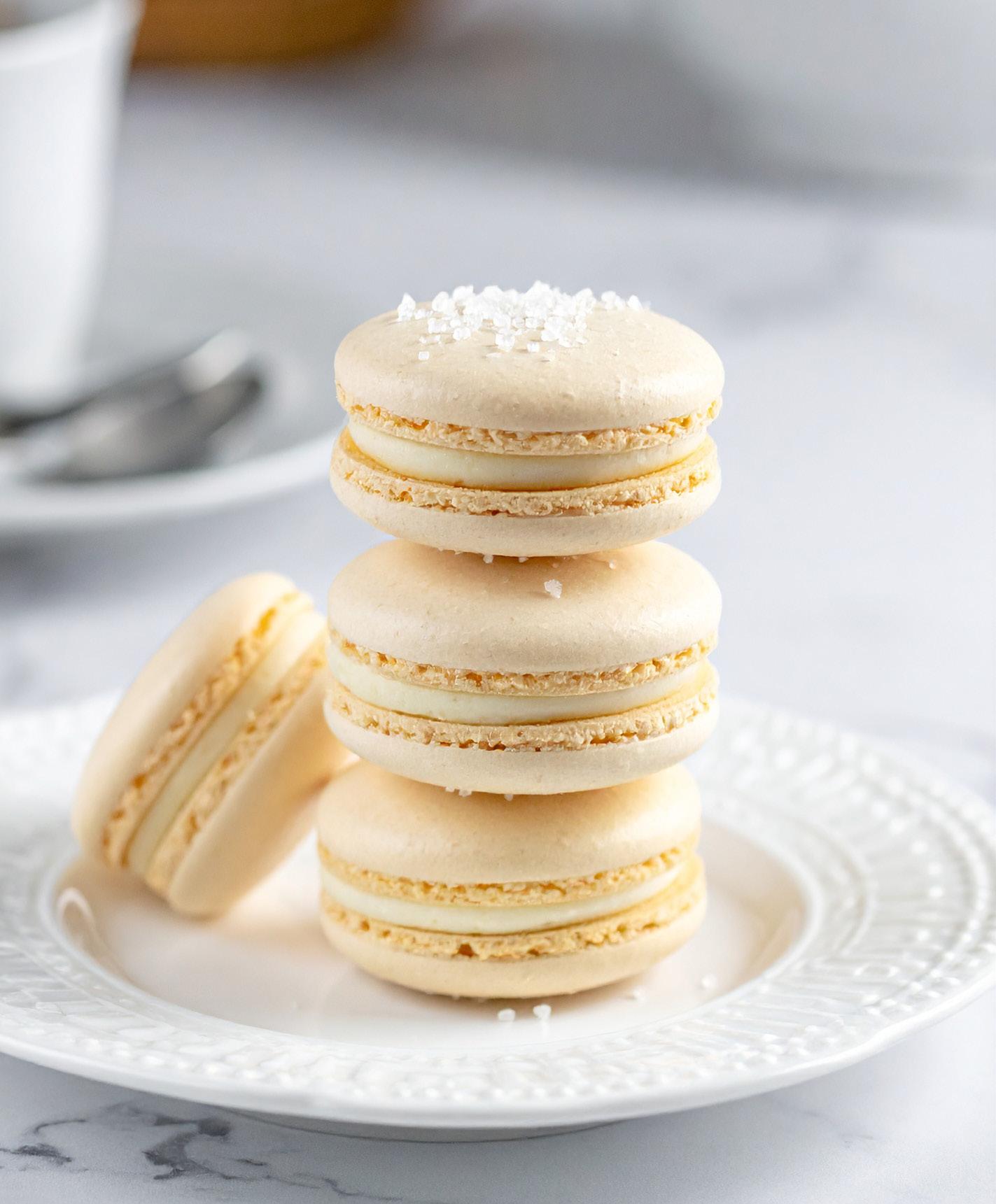
Light, crisp meringue shells filled with a champagne-infused buttercream and dusted with shimmering sugar.
INGREDIENTS
Yields 24 cookies
Macaron Shells
1 ¾ cups powdered sugar
1 cup almond flour
3 large egg whites, room temp
¼ cup granulated sugar
Optional: drop of champagne gel food coloring
Sparkling sanding sugar, for garnish
Champagne Buttercream
½ cup unsalted butter, softened
1 ½ cups powdered sugar
3 tbsp reduced champagne (see step)
½ tsp vanilla extract
DIRECTIONS:
Shells
Sift almond flour and powdered sugar together and set aside.
Beat egg whites to soft peaks, then gradually add granulated sugar. Beat to stiff peaks.
Fold in dry ingredients and optional food coloring until batter flows like thick lava.
Pipe 1-inch rounds onto parchment-lined baking sheets.
Tap trays to release air bubbles. Rest 30 – 45 minutes until a skin forms.
Bake at 300°F (150°C) for 14 – 16 minutes. Cool completely.
Buttercream
Simmer ½ cup of champagne in a saucepan until reduced to 3 tbsp. Cool. Beat butter until fluffy. Add powdered sugar, reduced champagne, and vanilla.
Pipe onto one shell and sandwich with another.
Lightly brush tops with a touch of champagne or syrup and sprinkle with sparkling sugar.
BY MILAN KUNDERA
PUBLICATION DATE: OCTOBER 7
For the English reading fans of the iconic writer Milan Kundera, who thought once he passed, his voice was silent forever, there is good news. 89 WORDS Followed by PRAUGE: A Disappearing Poem, is a thought-provoking collection that brings together two of Kundera’s pieces from the 1980s. Initially written for the now-defunct French magazine Le Débat, they have never been available in English.
In “89 WORDS,” Kundera humorously critiques the shortcomings of translations, particularly the flawed renderings of his own work, of which Kundera was acutely aware. For him, words were not mere tools, but subjects of meticulous scrutiny. The writer crafted a personal lexicon –“89 WORDS.” Through this clever and reflective essay, which showcases the writer’s signature sardonic wit, Kundera delves into the trials and tribulations of being a writer in translation, exposing the alienation of both life and art when displaced into another language.
In the second essay, “PRAUGE: A Disappearing Poem,” Kundera expresses both a yearning and a sorrow for his increasingly distant homeland and offers an intimate exploration of Czech culture. He portrays the deep connection to a heritage that, while rooted in a “small nation,” carries a universal significance. In this piece, as in A Kidnapped West, he condemns both Soviet oppression, which stifled and persecuted Czech culture, and Western Europe, which failed to recognize or understand it.
Introduced by esteemed French historian Pierre Nora and translated by award-winning Matt Reeck, these texts revive the intellectual vigor of Kundera’s voice. Subtle, sharp, and tinged with irony, 89 WORDS Followed by PRAUGE: A Disappearing Poem serves as both a tribute to a literary icon and a poignant reminder of how relevant Kundera’s insights remain today.
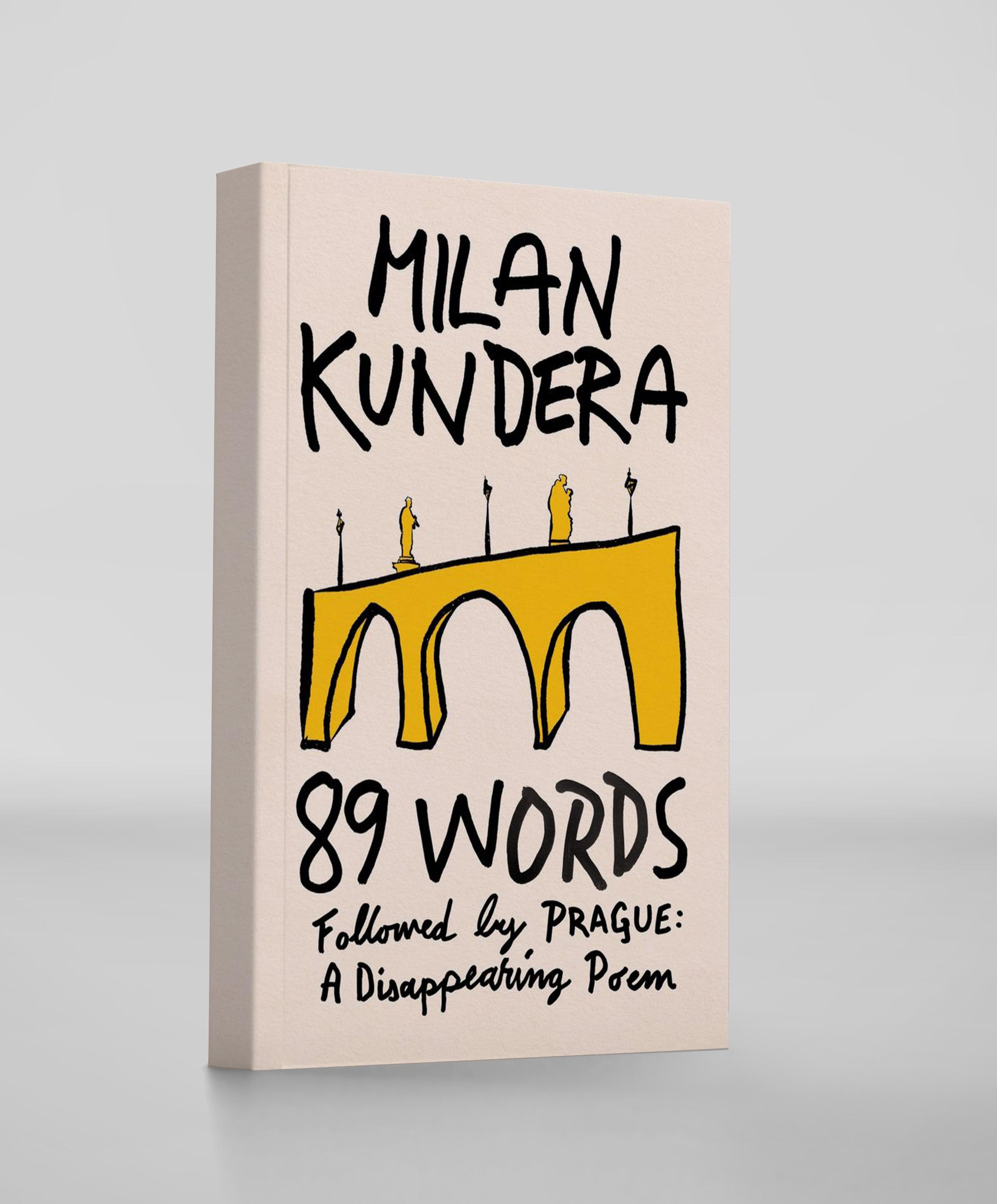
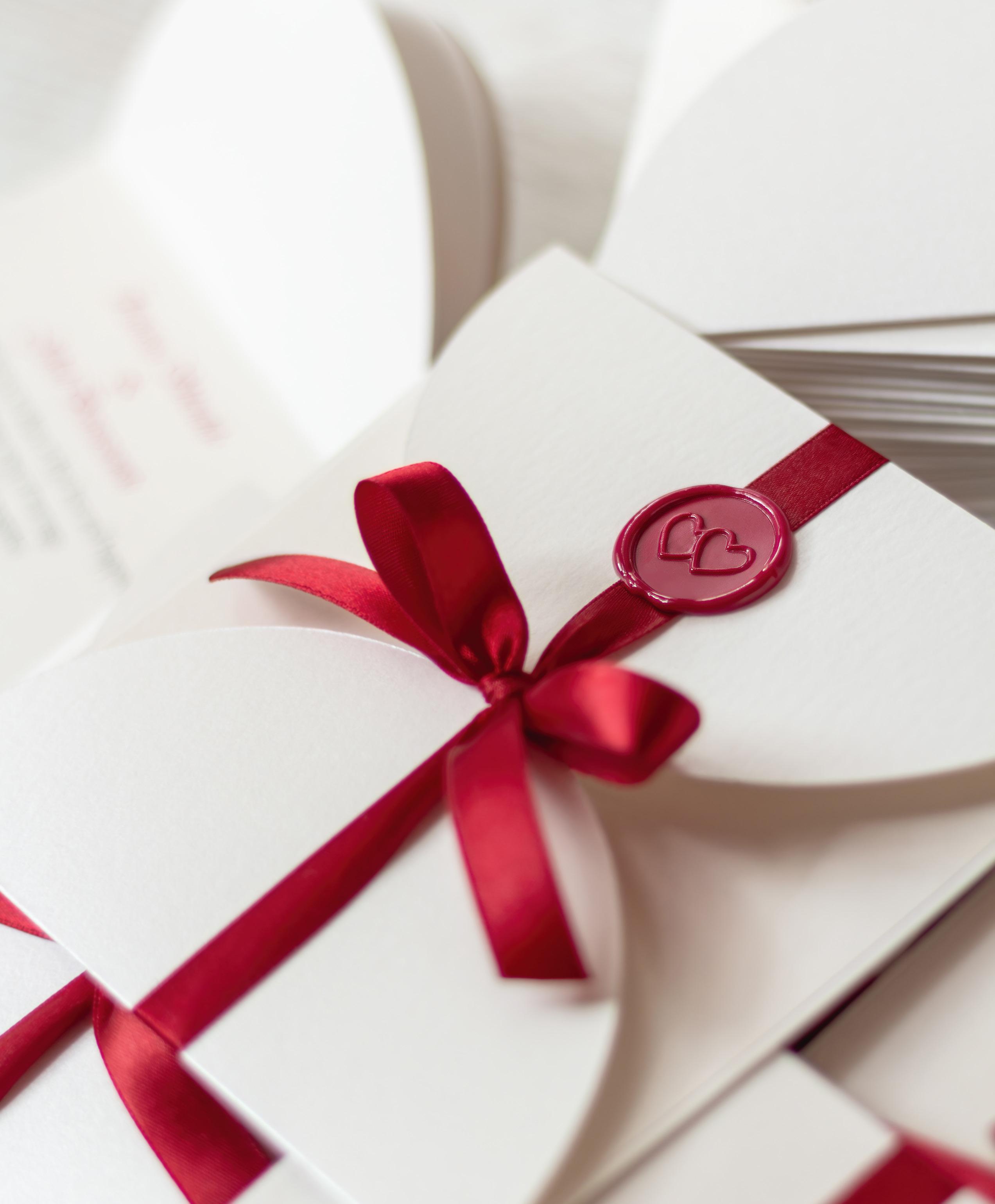
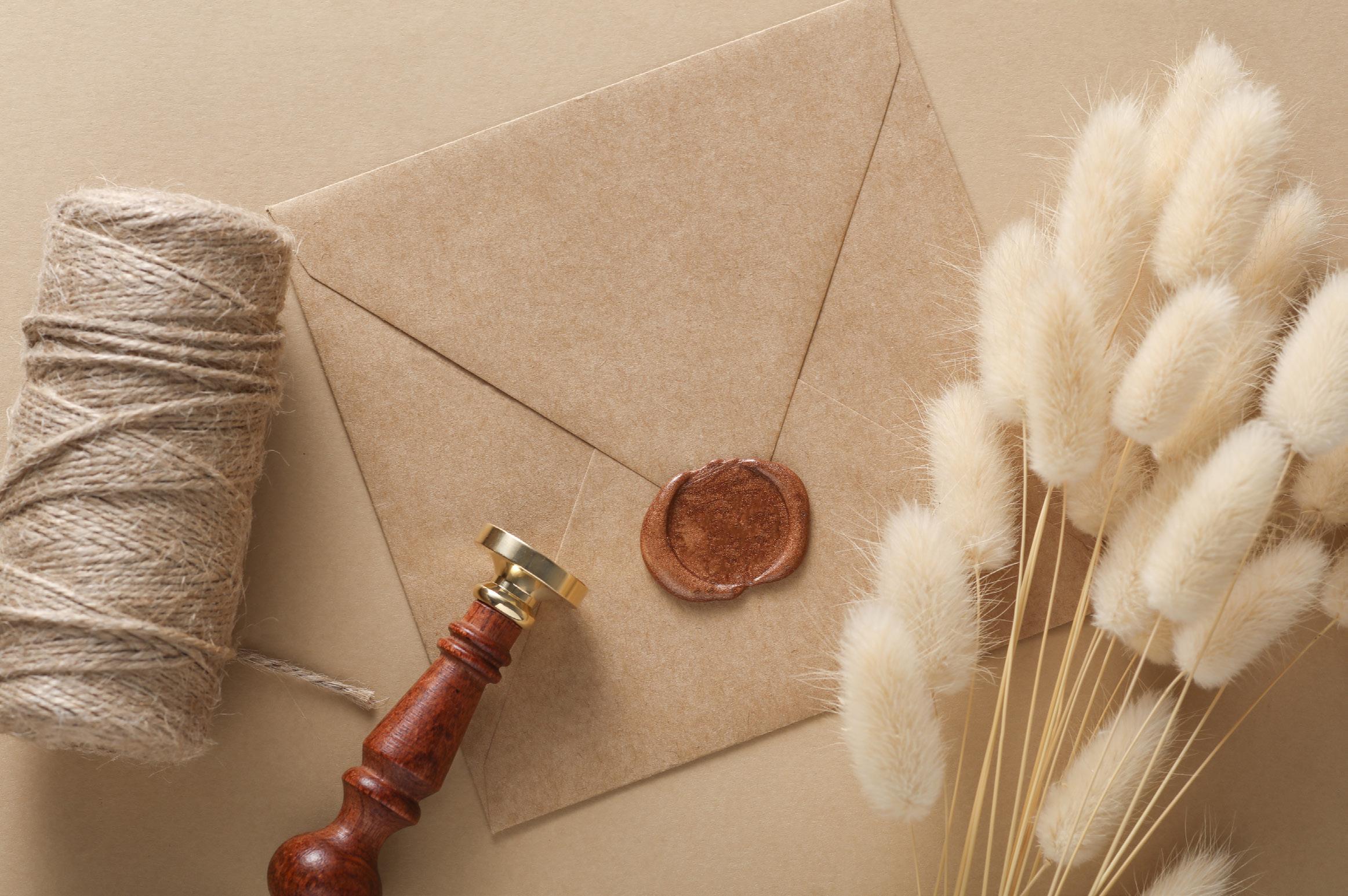
In a world of text threads and instant RSVPs, a truly luxurious party doesn’t begin when the first glass of champagne is poured. It begins with the invitation. Whether sent digitally or on thick cotton paper, a well-crafted invite whispers something important: This will be special.
From exclusive holiday soirées to intimate dinner parties and celebratory gatherings, the invitation is your first impression. It's more than just details –it begins the experience. Here’s how to make sure it feels as luxe as the event itself.
Luxury isn't loud, it's deliberate. Your invitation should reflect the mood, tone, and style of the event. Is it a candlelit Thanksgiving dinner? A festive holiday party? A sparkling New Year’s Eve rooftop affair? Tailor the tone to the event.
Before selecting fonts or papers, consider what guests should feel when they receive it. The message isn’t just “Join us at 8 PM,” it’s “You’re about to step into something wonderful.”
When sending physical invitations, quality is key. If using paper, go for heavyweight card stock, cotton rag, or handmade deckled-edge paper. Print techniques differ too. Choose between letterpress, foil stamping, and embossing. All offer tactile elegance and will raise the elegance of the invite. Envelopes don’t just hold and protect the invitation. They reinforce your sense of style. Choose those with custom liners, add a wax seal, and make sure to write addresses in handwritten calligraphy to add a layer of indulgence.
Luxury is in the details – your guests will notice.
If going digital, avoid default templates. Choose platforms like Paperless Post or Greenvelope that offer luxury design options and allow for custom illustrations, animations, or monograms. Add music, personalized notes, or even a short video to bring warmth and exclusivity to the experience.
The words you choose are just as important as the visuals. Aim for language that feels elevated yet warm. For example, instead of “You’re invited,” try “Join us for an evening of…” and replace “RSVP by Dec 1” with “Kindly reply by the first of December”. Avoid overused phrases and aim for clarity mixed with charm.
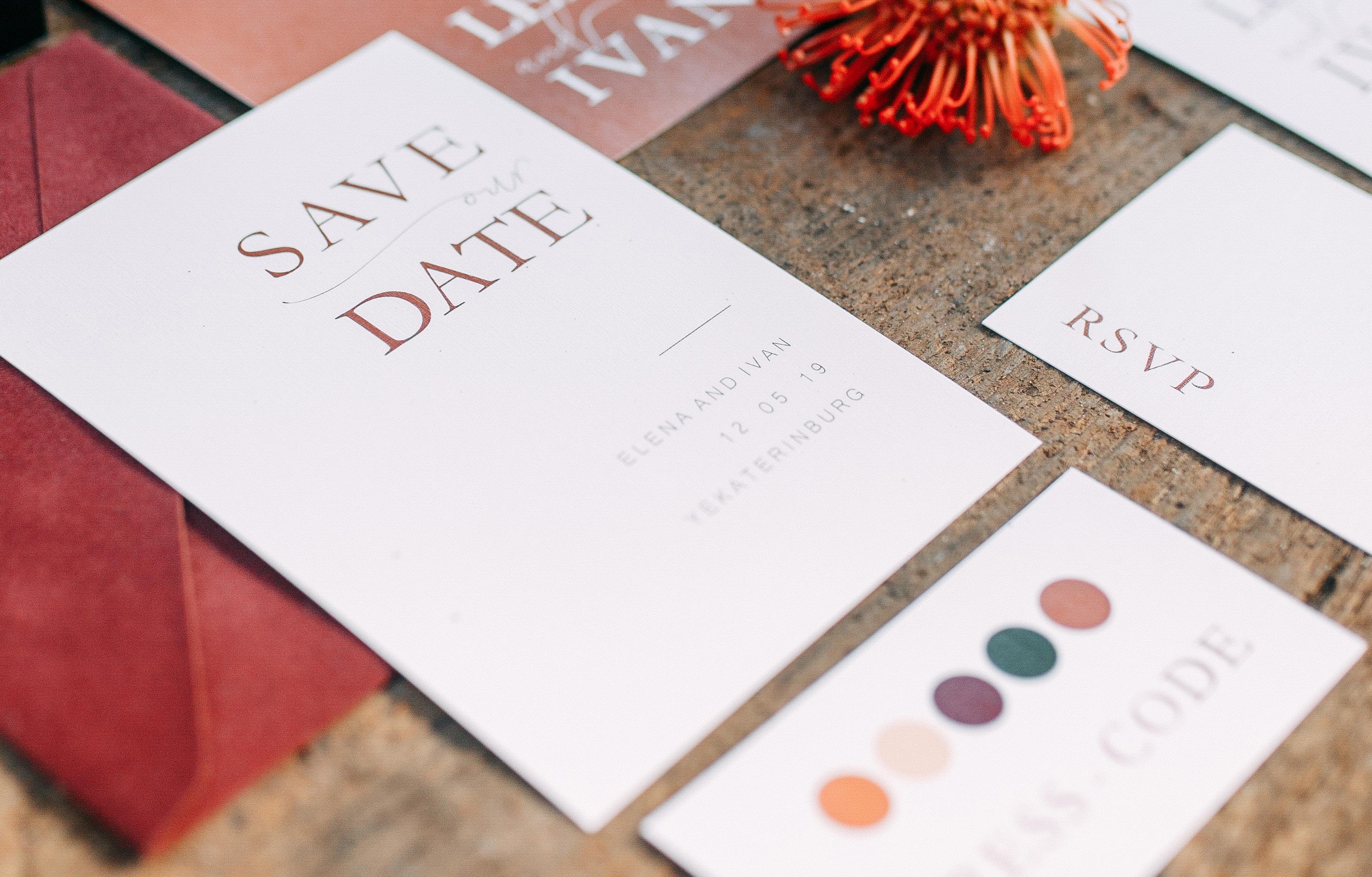
Customization means personalization and personalization means care. Consider hand-delivering your invitations (yes, it's a thing). Also personalized invites with guests’ names integrated into the design. A mini gift or teaser inside the envelope, such as a sprig of holly for a holiday dinner, a velvet ribbon in your color palette, or a tiny vial of custom fragrance, adds a special touch. These are scented signals that something magical awaits.
Send invitations 3–6 weeks in advance, depending on the occasion. Intimate dinner parties should be set at 2–3 weeks, whereas holiday gatherings or formal affairs, it’s best to send at 4–6 weeks beforehand. If you’re holding a destination or black-tie event, make sure to send your invitation 8+ weeks out.
Follow up with a tasteful reminder 4–5 days before the event. A beautifully designed RSVP confirmation or gentle “We’re excited to welcome you” note can maintain the momentum of anticipation.
Make sure your invitation aligns visually with your event’s aesthetic. Use your color palette, floral motifs, or even patterns from the décor. Hosting a glamorous holiday soirée? Think deep emerald or oxblood card stock with gold foil lettering, velvet ribbon ties, or custom monograms embossed with a hint of metallic shimmer. A New Year’s Day brunch? Opt for creamy neutrals, watercolor citrus, and gilded script.
Even for digital invites, your color palette and design choices should echo the vibe of your décor, dress code, and overall mood of the party. Your invitation is a preview, not a spoiler, which should provide just enough sparkle to hint at the magic that awaits.
An invitation isn’t a formality. It’s the first note in your symphony of celebration. Whether engraved or digital, hand-delivered or emailed, make it count. Because a truly luxe event doesn’t ask you to show up, it invites you to belong
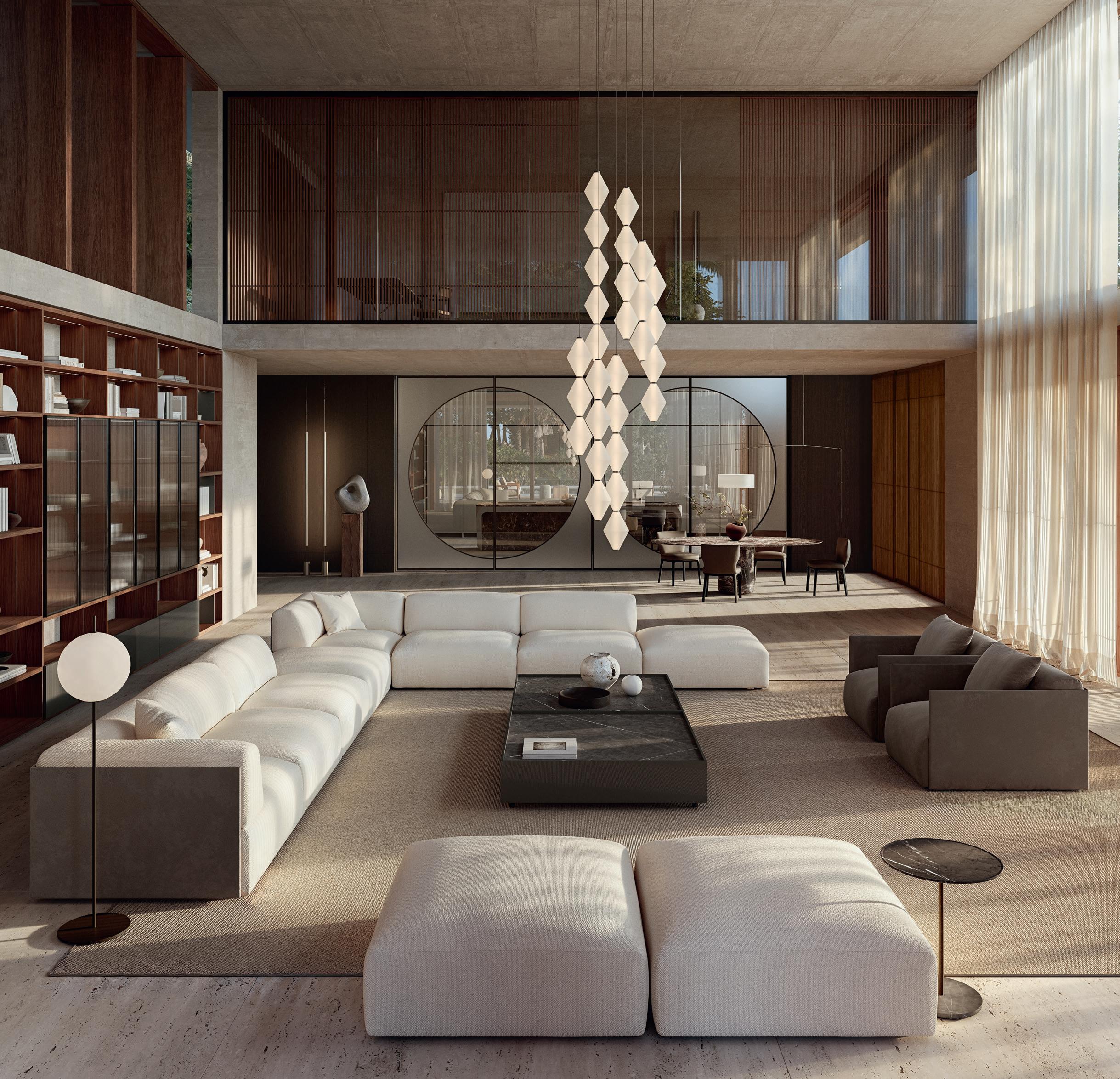
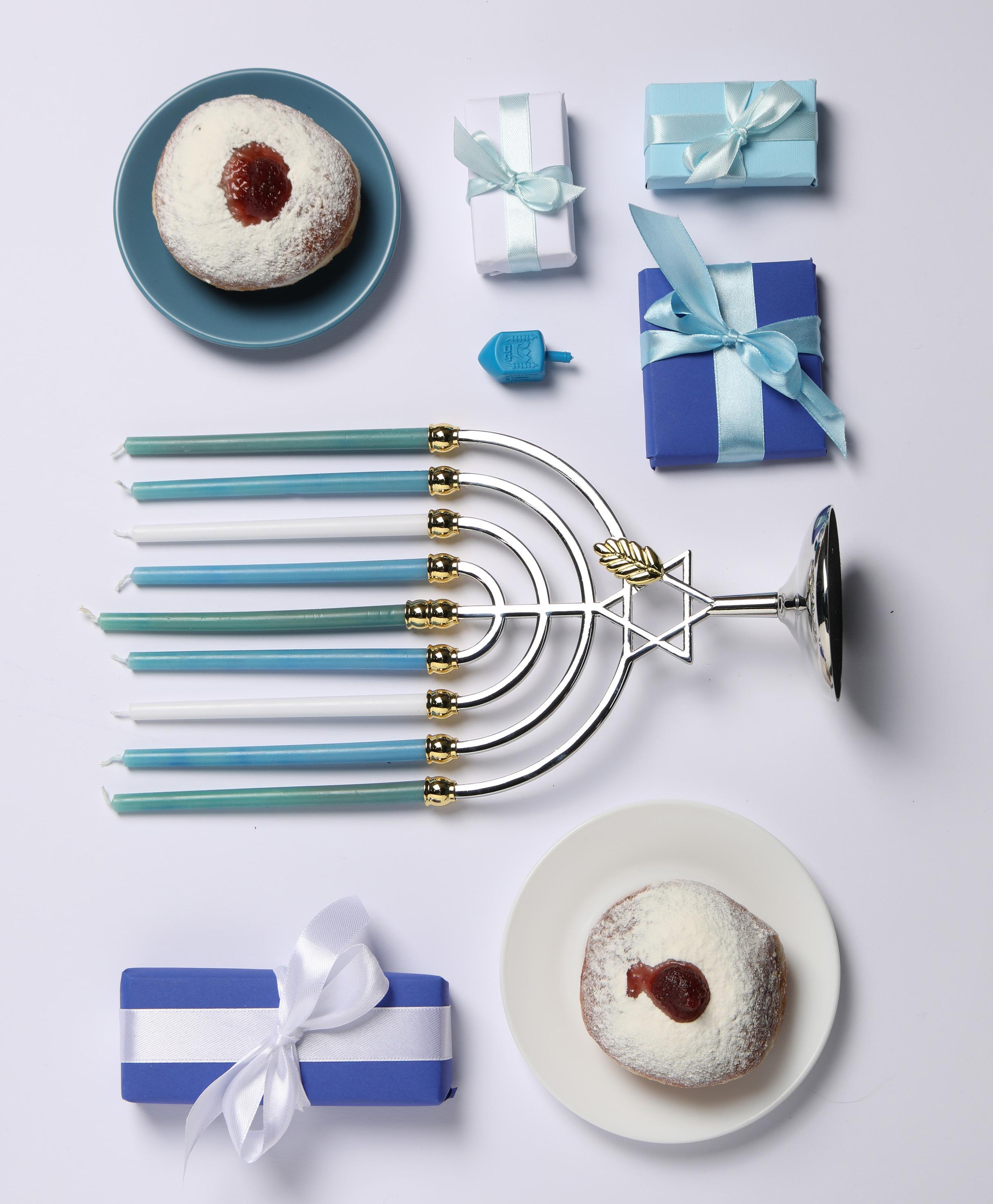
You don’t have to be a holiday pro, or even know all the words to the blessings, to host a memorable Hanukkah celebration. Whether you're lighting candles for the first time in years or just looking for an excuse to bring friends together over crispy potatoes and cocktails, Hanukkah is the perfect holiday for a laid-back and joy-filled night at home.
Make your space feel festive for the Holiday of Lights! No need to go overboard, but a few touches go a long way. Use blue and gold accents in the forms of napkins, candles, and paper plates. Scatter dreidels and bowls of gelt (chocolate coins) around the space, along with glass jars filled with a tea candle.
Homemade latkes are delicious, but they’re also messy to make, not to mention time-consuming. If you love making them from scratch, then go for it! But if not, frozen ones crisp up beautifully in an air fryer or oven.
Offer a latke toppings bar so guests can customize to their taste buds. Sour cream, applesauce, hot honey, smoked salmon, harissa mayo, and even guacamole work well. And make sure to round out the table with a simple salad or roasted veggie platter, sufganiyot (a jelly doughnut-like pastry), and one festive drink, like a pomegranate gin fizz or spiced apple cider (spiked or not).
The menorah lighting is the heart of the holiday, but it doesn’t have to be formal or intimidating. Set the candles in the menorah, dim the lights, and invite everyone to gather around. Print out the blessings or just recite a short moment of gratitude. Let guests take turns sharing what “bringing light” means to them this year.
For a more festive mood, play a mellow Hanukkah playlist in the background. Create your own or search for “Indie Hanukkah” or “Hanukkah jazz” on Spotify.
Don’t underestimate the dreidel game! It’s easy, fun, and works for any age group. Set up a table with chocolate gelt, M&Ms, or even poker chips. Then watch how quickly it turns into a spirited game.
For a different approach (and only for the adults in the room), play with gelt and alcohol shots. Have losers take a sip with each loss! Or spice it up with Truth-or-Dreidel, where each letter triggers a fun prompt or a dare. Hanukkah is about finding light in dark times. Whether you're honoring old traditions or creating new ones, hosting a Hanukkah night is about connection, warmth, and a little bit of sparkle.
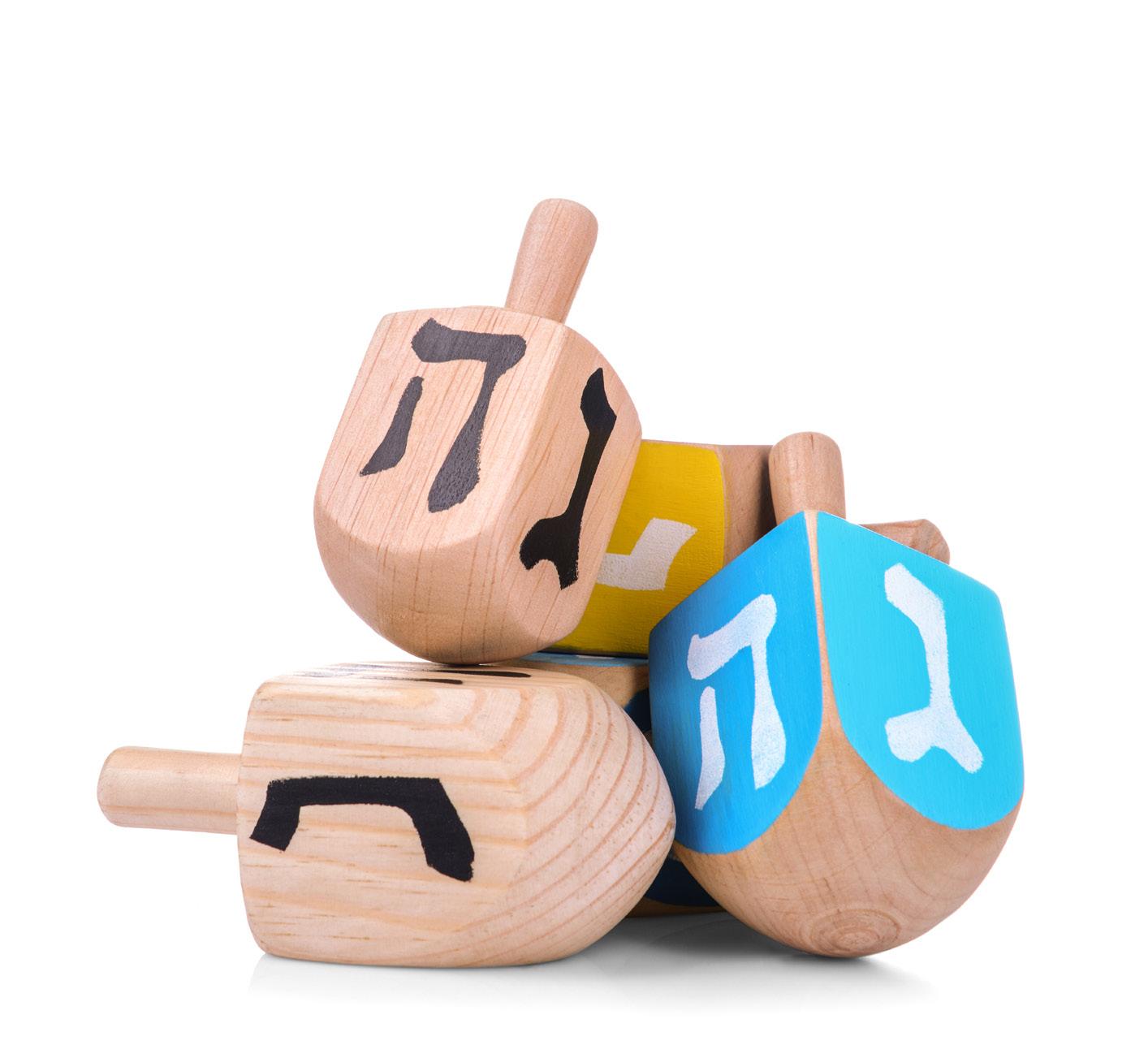
“I'm somebody who deeply believes in a cosmopolitan global world. Of being informed in this global world. That's something I learned growing up. It's something that I learned in my Libyan family household. It's something I learned in my American family household. It's something I learned on my travels, and it's something I learned very much at school.”
So says Princess Alia Al-Senussi, member of the Libyan Royal Family, art connoisseur, academic, and cultural advocate. Raised in a truly international environment, her life is one of a constant movement between cultures, continents, and ideas.
Her story is unique. It is fascinating. And it see-saws between deeply different cultures.
“My mother is from a small town in Minnesota. When she studied at Macalester College, she discovered the Middle East and Middle Eastern culture. She decided that she wanted to do her master's degree at the American University of Cairo, so she moved to Cairo in her early 20s. That’s where she met my father, a member of the Al-Senussi Royal Family.
“I was born in Washington, D.C. At that point, my mother and my father had separated. My mother and I moved back to Cairo, where I lived with my father's family. One could describe it as the court in exile.”
Alia Al-Senussi is a princess. The exiled court in which she speaks is that of the Al-Senussi Royal Family. This prominent Libyan dynasty traces its origins to the Senussiya movement. A powerful force across North and West Africa, particularly in Libya, the Senussiya’s played a pivotal role in the liberation of Libya from Italian colonialism. Over time, the Senussi family grew increasingly influential in Libya’s political life.
In 1951, after the country gained independence, the most prominent member of the family became the first King of Libya, King Idris I. As King, he ruled Libya as a constitutional monarchy, deeply rooted in the Senussi religious order. His reign saw efforts to modernize the country while preserving its traditional values. But in 1969, he was overthrown in a military coup led by Muammar Gaddaffi whose forces captured the King and exiled him. This marked the end of the monarchy and the Senussi family’s rule in Libya and the reign of Muammar Gaddaffi.
“Living with my Libyan family was just a wonderful immersion into Libyan and Egyptian culture, and the Arab world.”
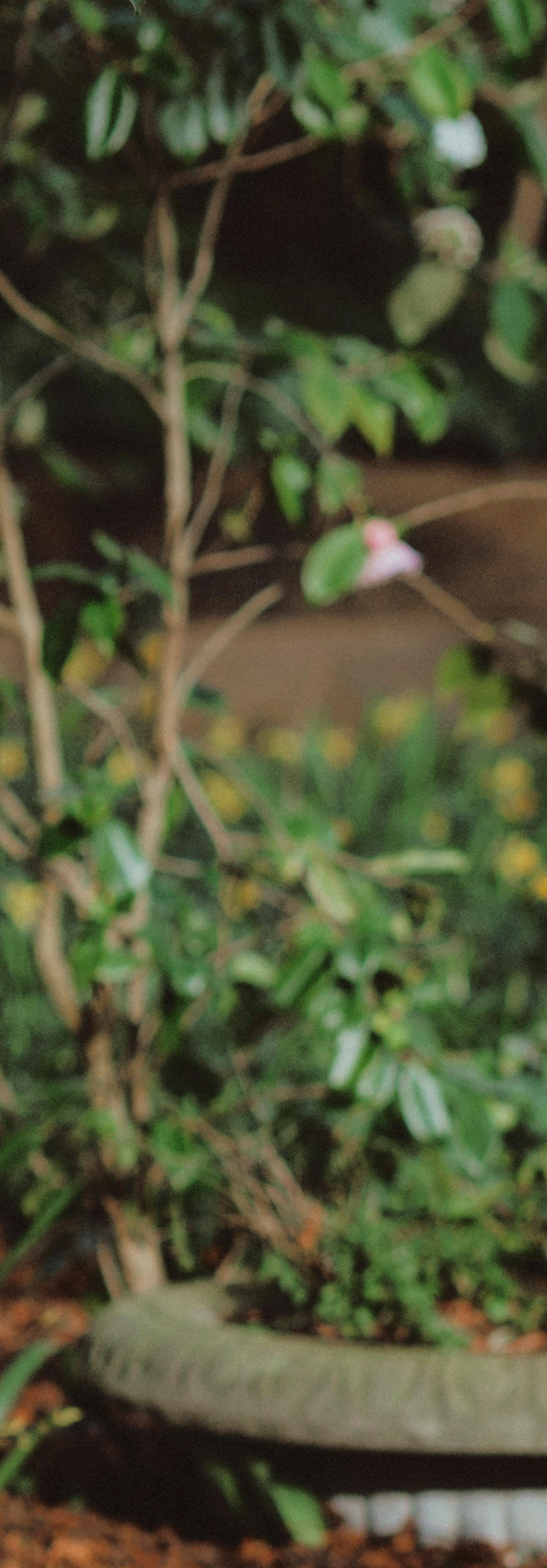

GLOBAL CITIZEN THRIVING AT THE INTERSECTION OF ART AND CULTURE

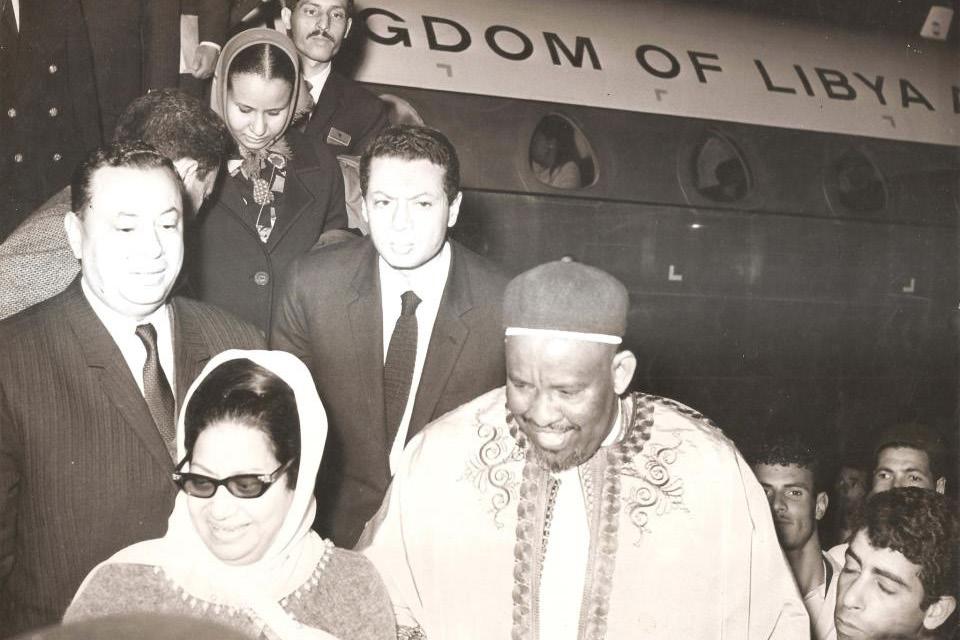
At the age of six, Al-Senussi and her mother moved to California, with a brief interlude in Sioux Falls, South Dakota. This is where Al-Senussi’s maternal grandparents lived at the time (before moving to Minneapolis where she continued to visit throughout her later years), and that stay has proven to be an equally important period in her life.
“I was taken with the difference, the crazy juxtaposition, that somehow seemed so normal! My maternal grandparents were a huge part of my formative years. They really helped to shape me in terms of my values, in terms of my work ethic, and in terms of my world viewpoint.”
“I've always been a very studious, and dare I say, academic person. Academics was always something that I was really interested in, being very conscientious with schoolwork in particular. I played volleyball and basketball, but I’ve always had my nose in a book. Always, no matter where I went, I was always reading. I was especially obsessed with King Arthur and mythology. I read all the King Arthur tales. And I read all about Greek and Roman mythology. I was a huge reader of it all. My social life developed towards the end of high school, and I learned how to balance it.”
Her love of reading and academics spawned an excellence that saw Al-Senussi graduate at the top of her class in high school before earning a magna cum laude distinction from Brown University, where she completed a
double major in just three years.
The Princess’ career was then shaped by an unexpected pivot – after a brief summer internship at Goldman Sachs, she found herself disillusioned with the traditional corporate route that many Ivy League graduates follow. She chose another way.
“After being a top student at an Ivy League University, you are generally expected to go into investment banking or something like that. Growing up, I always had unusual experiences. My parents weren't very prescriptive. They never were like ‘you have to go and do this or that’. A friend of mine from Brown, whose mom is an art collector, said to me, ‘You know you're Arab, why don't you talk to this gallerist who’s doing a project in Egypt. It could be really interesting for you.’ At first, I was unsure, but I gave it a chance. I think that this is kind of indicative of my personality. I'm always willing to have a conversation. I keep it as my motto now, when anyone reaches out to me. Any young person or woman especially. So, I went to the interview.”
That interview would lead to Al-Senussi firmly finding her life’s calling.
In 2008, the Siwa Project was launched in the isolated Siwa Oasis in Western Egypt. This area, located near the Libyan border, is home to a distinct Berber culture, and has
a unique cultural heritage. Its isolation has preserved its traditional way of life for centuries.
The hallmark of the project is the focus on bringing contemporary artistic practices to the region while also learning from and preserving local cultural traditions. This is accomplished through a strong collaboration between local residents, particularly schoolchildren, and international artists.
“I hadn't been back to Egypt in quite some time, and it was just magical. It was also incredible to think that I was going back to this country that was so much part of who I was. And I really had no context of the art world at that time. One of my best friends at Brown was studying art history, so I kind of had an osmosis kind of understanding of art history and the art world from her. But then I got on this airplane, and went back to Egypt, and found myself in Siwa for three weeks, at the border of Libya where I had as yet never been, doing this incredible project with these local school children. With this very conservative community who were so welcoming to me and who knew all about my family history. Many of them were followers of the Senussi. And that was when I drank the Kool Aid. I saw and felt how art and artists can make our world a better place and create a common understanding of humanity.”
“ My calendar is Tetris.”
A perfect description for this woman who is monumentally busy. She mentions that there really isn’t a normal day for her. Rather there are ebbs and flows in the sum of days. She is very cognizant of protecting both her physical and mental health – for example, she doesn’t use social media – and does maintain a morning routine that is important to her. She recognizes the importance of mental well-being and work-life balance. Her mindful planning helps her navigate the demands of their busy career and personal commitments.
“In London, I have these brief moments of mania, I guess one would say. Since COVID, I have embraced a start to my morning that's about centering myself. It’s about beginning my day in a way where I feel really comfortable. Then I’ll probably do my Pilates or a spin class. But, yeah, I don't like rushing out. I like to think about my day and what I'm doing. Setting my intentions and planning out my day, as much as possible. In terms of locations too. I absolutely love my walks in-between meetings.”
But once she emerges from her morning cocoon, AlSenussi is on the go, nonstop.
“I tend to need to stack meetings throughout the day. I pop into galleries. Usually in the evenings – I’d say about four nights a week – I will go to an opening at one of the major institutions.
“I always make time for the vast amount of people who want support. Who also want to feel a sense of community. I think that is a lot of what I've been trying to do in these last couple of years.”
The art world is akin to a kaleidoscope. It shifts and twists and never stands still. There are so many tiles that need to fit together to provide the viewer with its full image. Classical artists, contemporary artists, institutions, galleries, collectors, sellers, voyeurs, critics, and connoisseurs. Trends and markets movements. Al-Senussi must stay on top of these twists to do her job well. When asked her perspective on the current global art scene, her answer is thoughtful.
“I think the global art scene is having a deep moment of inflection. The art market is definitely in a tough place, and a lot of people are questioning values, and not just monetary value, but the values of who we are and what artists express. I would say it's a moment now, more than ever, to turn to and support artists; but there is this chasm between perhaps what the market wants and what artists want to, and I think that that's something that we'll see in the art world and in all sorts of different worlds in our ecosystem.”
Throughout the millennia, artists have thrived in bringing their interpretations of their world and their times to life. But science is proving that there is so much more to art than artistic interpretations. The neurological communities are recognizing the importance of the arts across the spectrum.
“The science is showing us that art is so important. Children who are exposed to art and culture do better in school. And not just in their art class. They do better in math too. There are many different ways at looking at a math problem, just as there are many different ways of looking at the world. Art fosters creative thinking. It just expands us as humans and expands our advancement.
“There are now also more and more studies that show that art helps with mental well-being. It absolutely is a key part of mental health. It is a huge part of helping people live through despair, giving people joy, but also it is a very big part of enhancing empathy. Empathy, for me, is one of the qualities that we don’t hear much about. It’s something that I've been very conscious about, very conscientious about, in trying to do as much as I can to illustrate empathy, to understand my own empathy, and that of others.”
Throughout Al-Senussi’s career, she has consistently sought to bring people together. Whether it’s helping connect artists with patrons or facilitating cultural dialogue through exhibitions and events, she’s worked tirelessly to create spaces for empathy, understanding, and shared purpose.
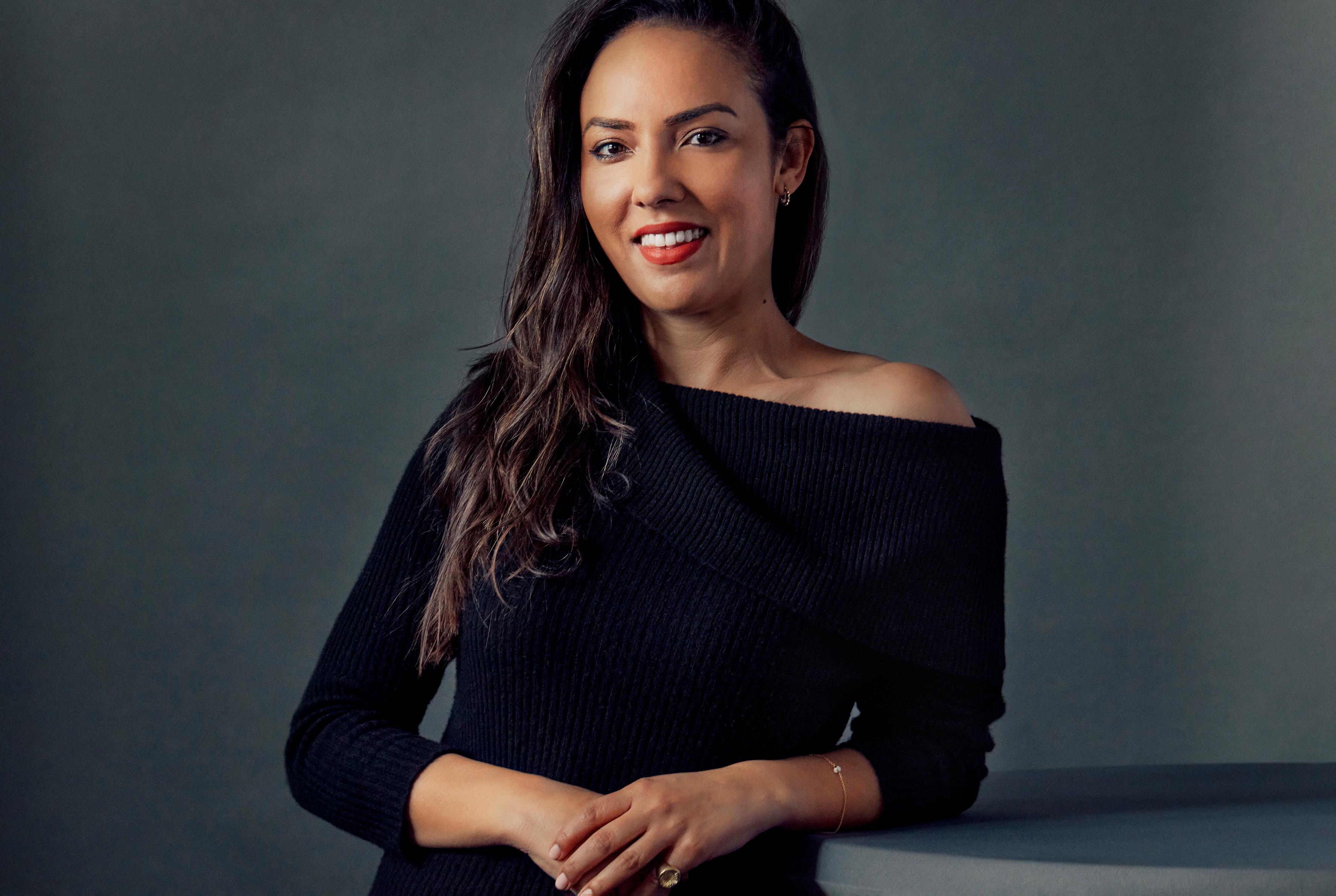
“I would say that, at this point, my Libyan heritage it's almost innate. I'm connected to what's happening in the country through various artists and family members. But it's also incredibly important for me, especially in the kind of horrors that we've witnessed with the ongoing genocide in Libya, to feel a real connection to being an Arab. To appreciating Arab culture.”
Muammar Gaddaffi was overthrown on October 20, 2011, when he was captured and killed by rebel forces in his hometown of Sirte. His death allowed for Princess Alia AlSenussi to return to the land of her father.
“It was an incredibly emotional experience. I think one that you would expect. I knew that going in, but I was also young, and I just thought, oh, you know, here I am going back. But then once I was there it was overwhelmingly emotional, and it was also joyous. It was really, it felt like here's a new beginning. And I would say that that lasted for a couple of years. Unfortunately, that has not been a sustained feeling. Libya has been victim to a variety of people, within and without the country, who don't have the Libyan people's best interests at heart.”
With all of her accomplishments, Princess Alia AlSenussi has remained grounded in the core values that shaped her early years. For someone whose life has been defined by a blend of cultures, identities, and passions, it’s clear that her work is far from finished. She remains deeply committed to the power of art to heal, unite, and inspire – a vision she continues to bring to life every day.
“I really believe that a rising tide lifts all boats. That's one of my life sayings. There is an old African proverb, repeated many times by the late celebrated curator Koyo Kouoh that says: ‘If you go want to go fast, go alone. If you want to go further, go together.’ I think it is just so important. It’s at the heart of what I hope for the future of us all, together.”
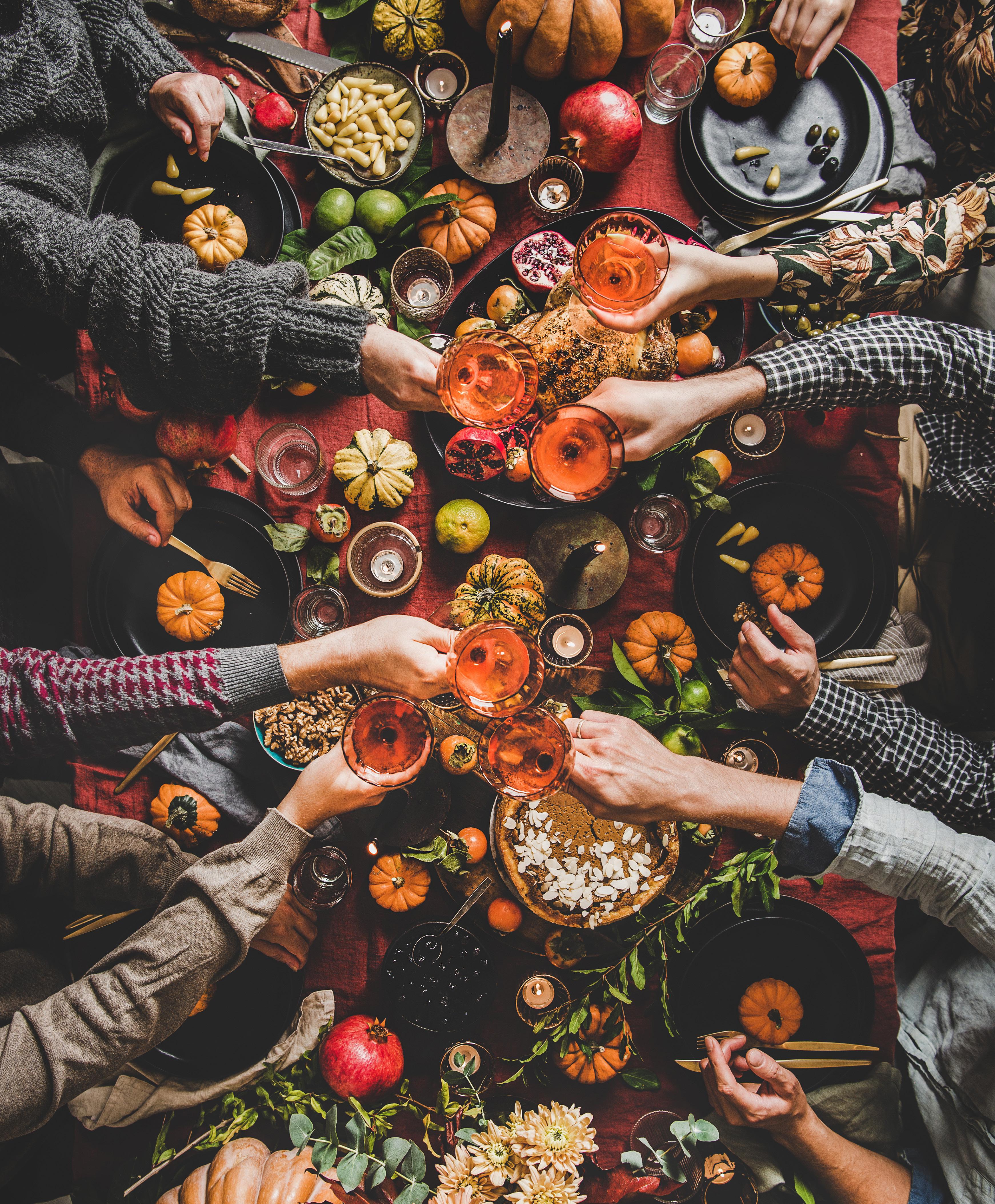
Thanksgiving is about family, tradition, and turkey. Friendsgiving? That’s where things get fun. It’s the unofficial holiday where chosen family gathers, the dress code is whatever you want it to be, and the vibe is less “table for twelve” and more “come as you are.”
Whether you're a first-time host or a seasoned gatherer of friends, here’s your guide to throwing a Friendsgiving that feels festive, meaningful, and perfectly your style.
The Cardinal Rule of Friendsgiving is that you don’t need fine china or a sprawling dining room. What you do, however, need is a warm, inviting space where people feel comfortable. Light a few unscented candles. Use string lights instead of overheads for that soft, cozy glow. And music matters, too. Create a playlist that starts mellow, builds a little energy mid-meal, and winds down into relaxed grooves. Think acoustic, indie pop, or jazz. It’s all about atmosphere.
Ditch the pressure of perfection. Mix and match the plates. And the glasses. Use linen or even paper napkins and tuck in a sprig of rosemary or eucalyptus. Scatter mini pumpkins, pomegranates, or fresh herbs across the table as a natural centerpiece. These are the laid-back elements of a true Friendsgiving.
This pseudo holiday was practically made for potlucks. But rather than leaving it to chance (and ending up with five pumpkin pies and no side dishes), ask your invitees to bring something specific. Whether it’s a main, side, dessert, or drink, most people won’t mind the request at all. And experiment. Incorporate a family recipe with a twist, try out an international comfort food, or mix a killer, never-before-made cocktail batch. Friendsgiving is the perfect space for a little culinary creativity.
And don’t apologize for the imperfect. The stuffing might be dry. The timing might be off. Someone will definitely forget to bring what they promised. And none of it will matter. What your friends will remember is the warmth of your home, the laughter around the table, and the camaraderie. After all, that’s what friends are for…
Happy Thanksgiving
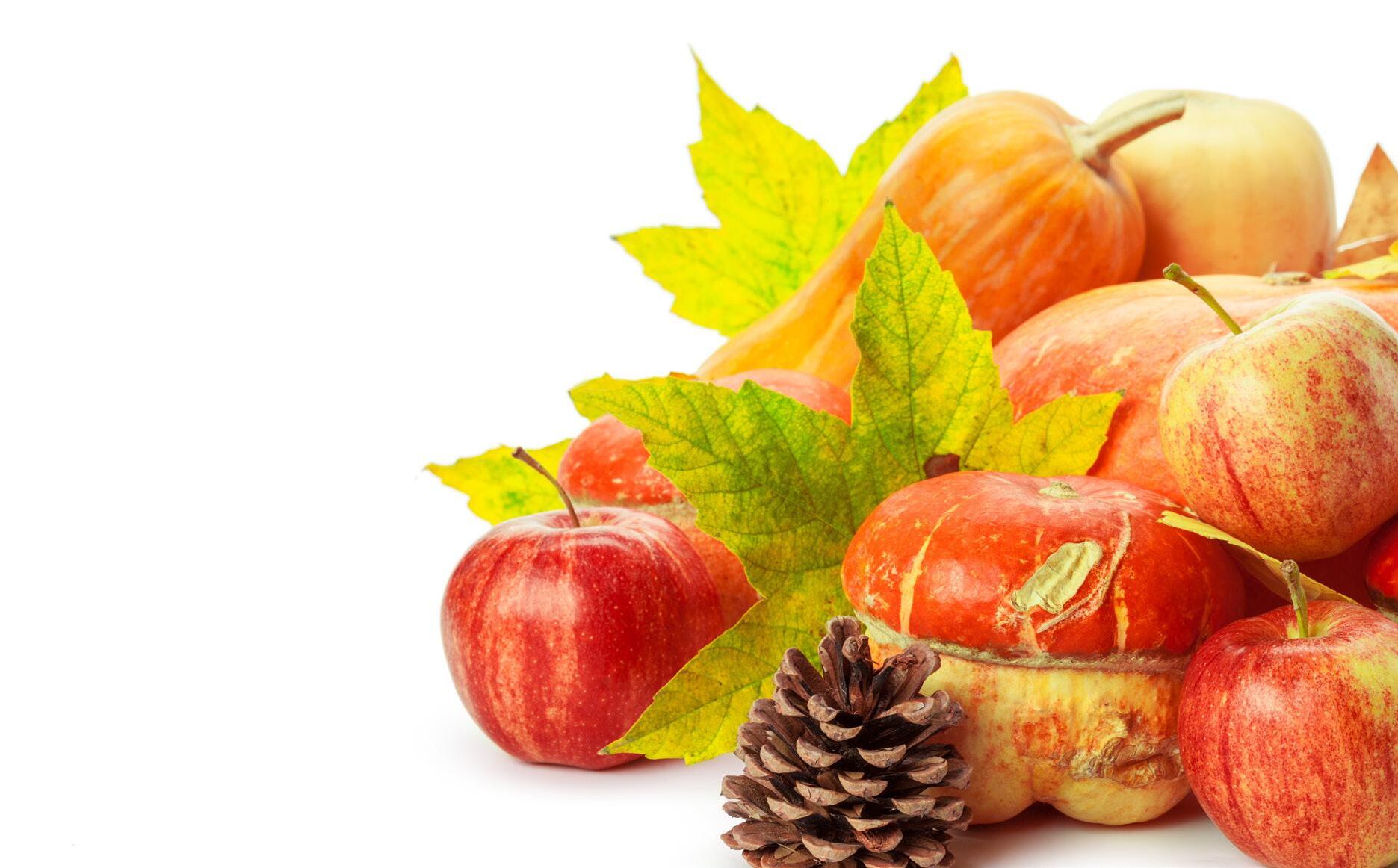
After the excitement and celebrations of New Year's Eve, New Year's Day calls for something a bit more relaxed, but still festive. A brunch is the perfect way to start the year on a high note, whether you're gathering close friends, family, or neighbors. Here’s how to host the perfect New Year’s Day brunch, with a blend of cozy comfort, thoughtful planning, and a touch of elegance…
THE DÉCOR?
Your guests may still be recovering from the night before, so it’s important to create a setting that’s relaxed and welcoming. Soft natural light works best for daytime. Add candles or string lights if it’s overcast for a cozy touch. Don’t go overboard with New Year’s Eve décor but incorporate some into the setting. A few festive garlands. Gold and silver accents. Add fresh flowers or greenery for a clean, rejuvenating feel. And choose a chill playlist. Nothing loud and brash – maybe acoustic jazz –to the festive spirit while keeping things mellow.
THE TIMING?
Aim for a late morning to early afternoon start. That means somewhere between 10:30 a.m. and 1:00 p.m. This gives guests time to sleep and feel more refreshed when coming to your celebration.
THE FOOD?
The best brunch menus offer a balance of simple, sweet and savory dishes. Serve mini quiches or frittatas, which are easy to make ahead of time. Offer a build-your-own bagel bar with smoked salmon, cream cheese, capers, and red onion. Present a simple breakfast casserole that is neither light nor heavy. Of course, French toast is always welcomed, as are assorted pastries and yogurt parfaits with granola and fruit.
Coffee and tea are essential but be sure to have milk alternatives on hand for those who go light on dairy. Also, essential? Water. Infuse it with citrus or cucumber or mint to not only refresh your guests but also to hydrate. And what is a brunch without a mimosa or Bloody Mary? Just make sure that you also have mocktails on hand for those who don’t imbibe or who have already imbibed too much the night before.
A New Year’s Day brunch isn’t just a meal; it’s actually a celebration of new beginnings. It’s a chance to connect with those near and dear in a relaxed setting. This year, host a brunch that sets a joyful tone for the year ahead.
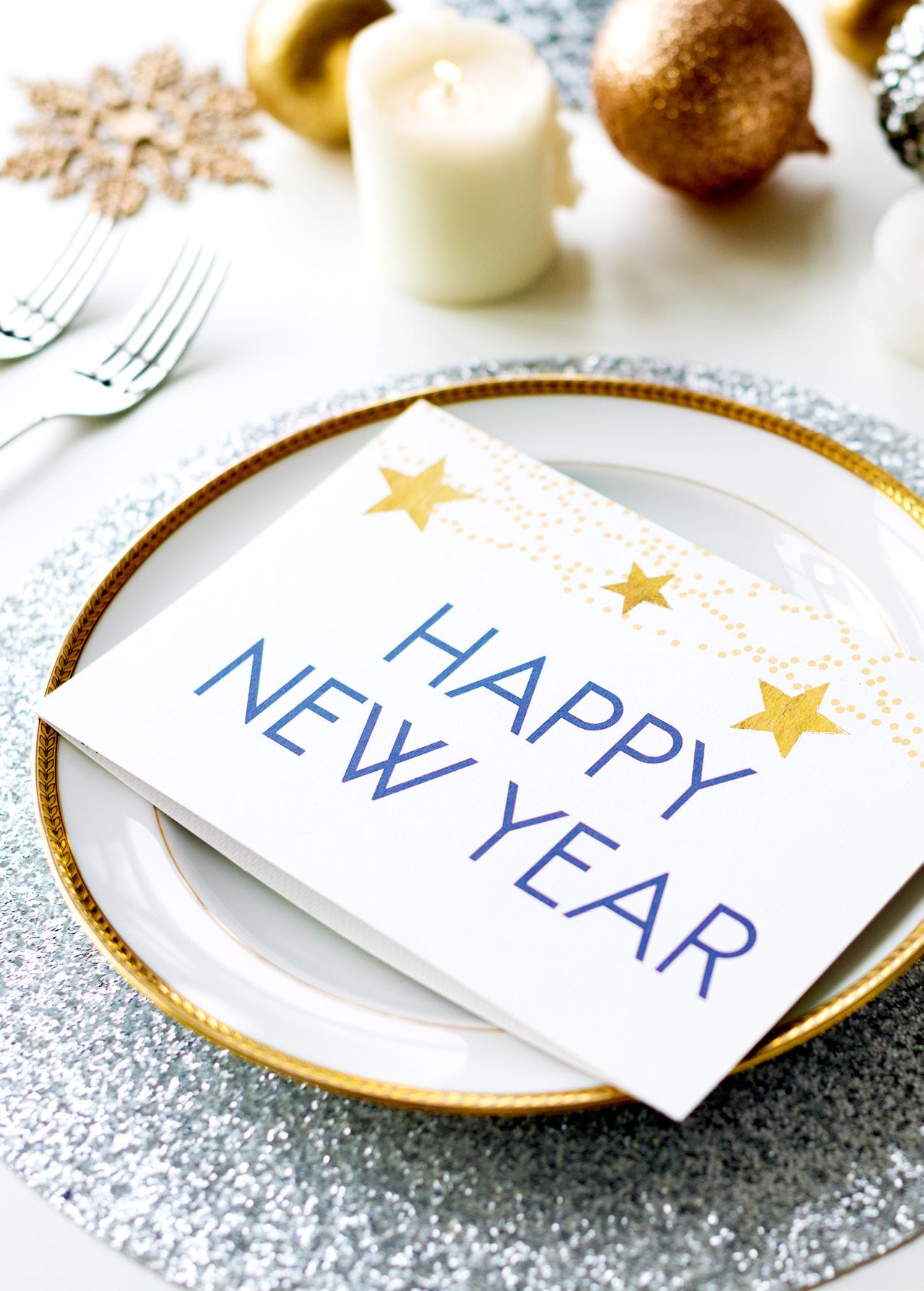
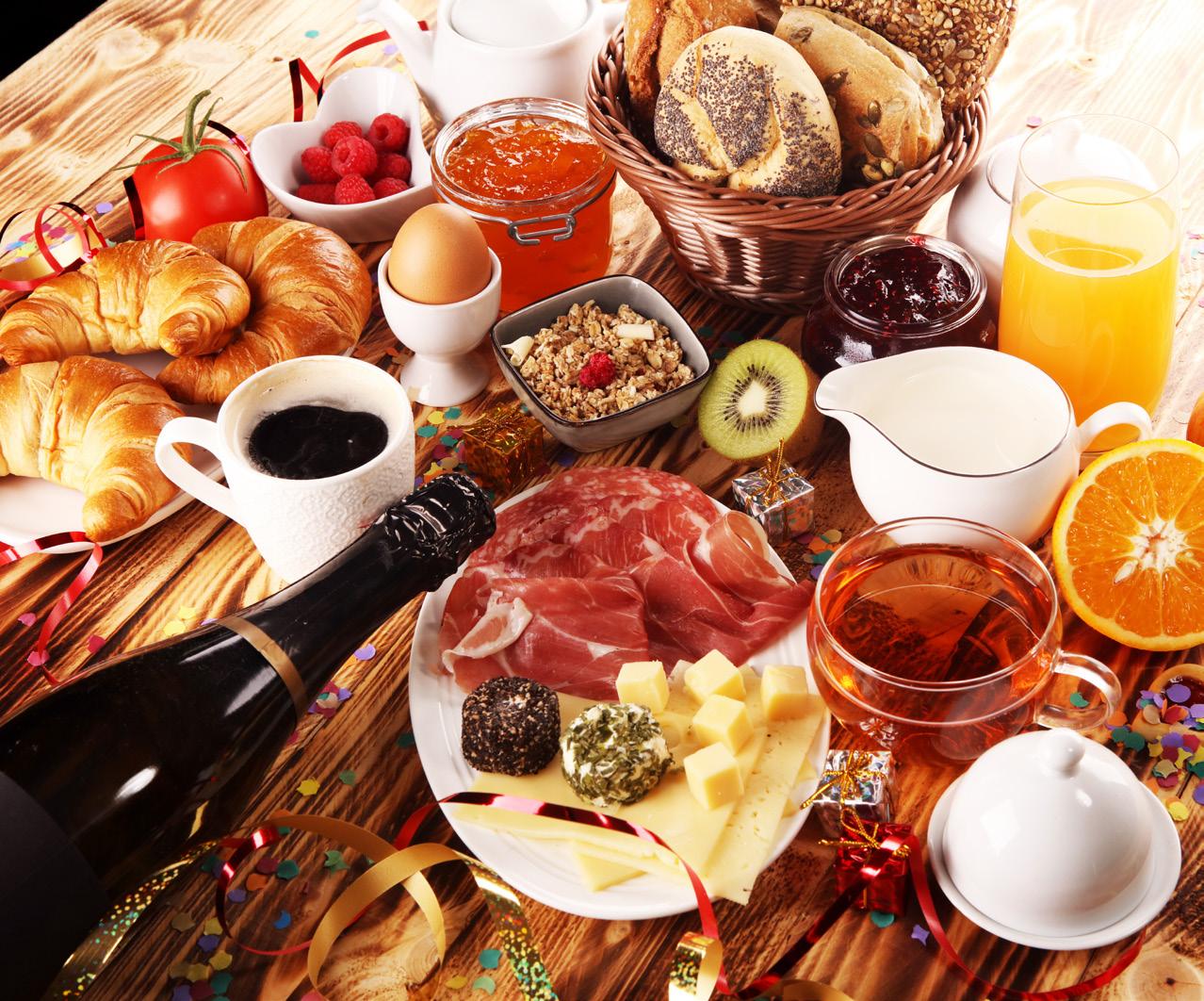

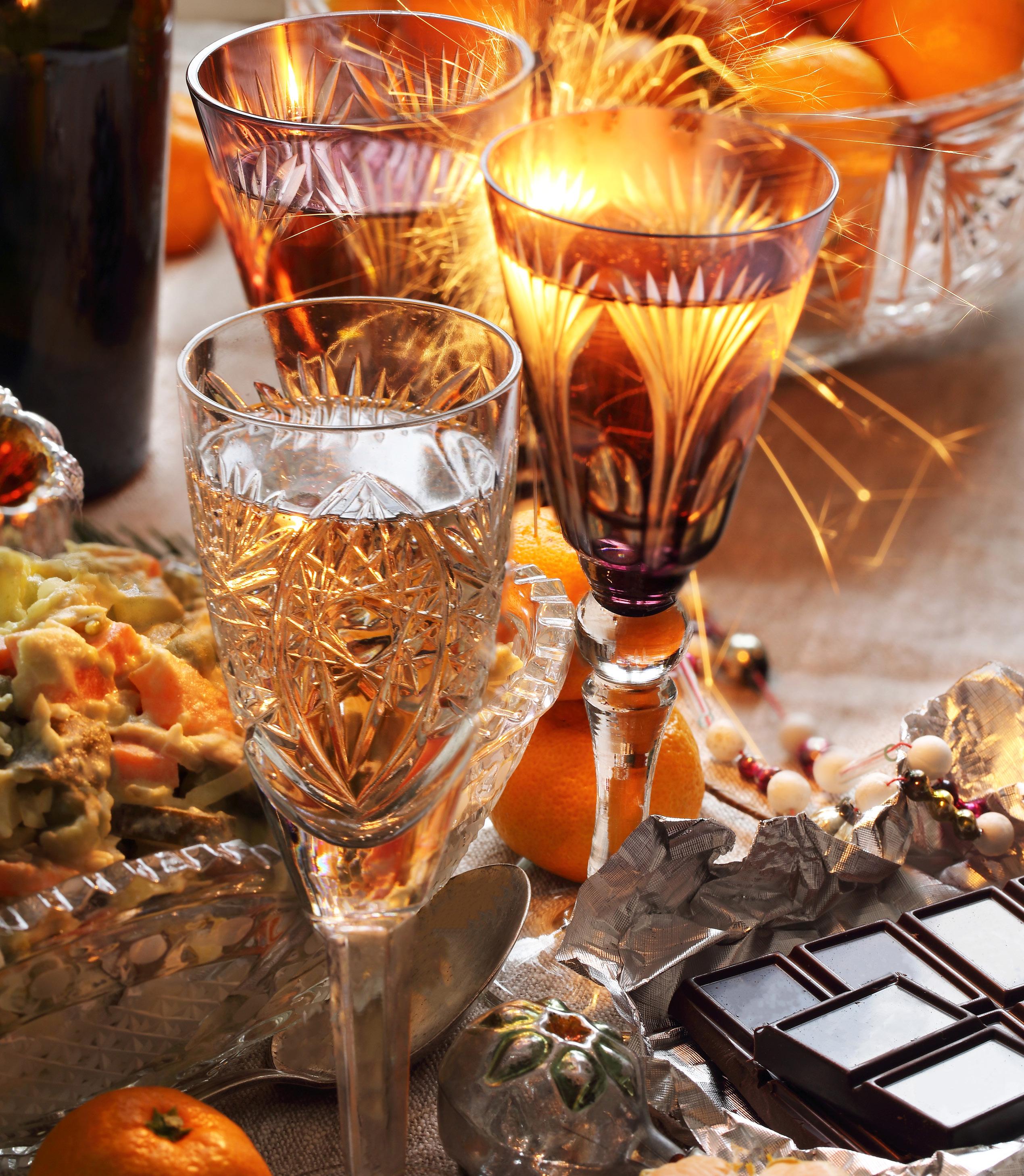
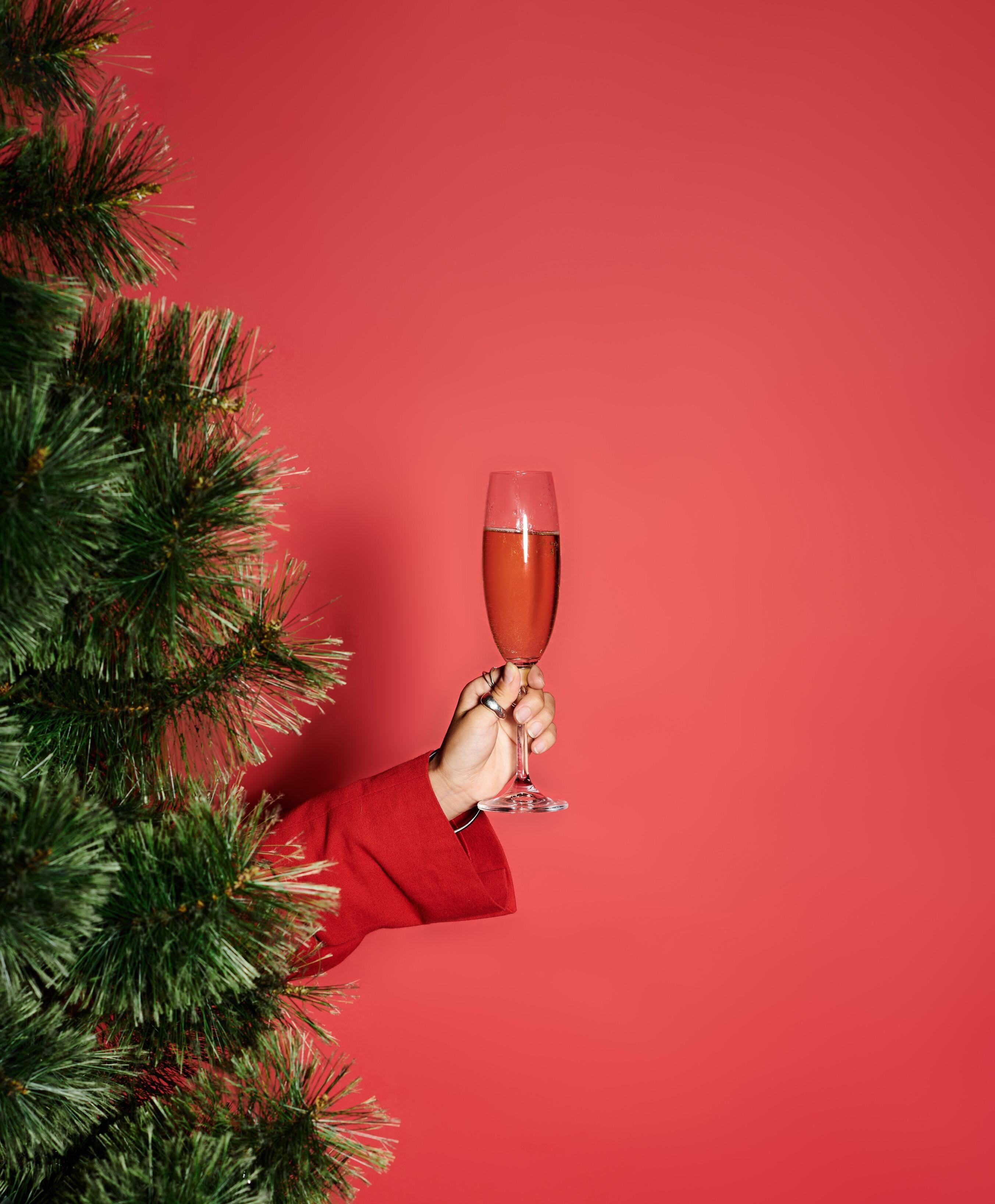
Gone are the days when entertaining meant just a cheese platter, polished silverware, and a guest list. Now, hosting is more about connection than absolute perfection. This season, as both dinner parties and seasonal parties fill up calendars, if hosting an event, focus less on tradition and more on comfort and sincerity.
The modern host doesn’t perform to impress. They curate an atmosphere where guests are relaxed and genuinely welcomed. Whether it’s a beautifully casual tablescape with artisanal pieces or a thoughtfully selected takeout spread served scattered throughout rooms, it’s the experience, not the extravagance, that lingers.
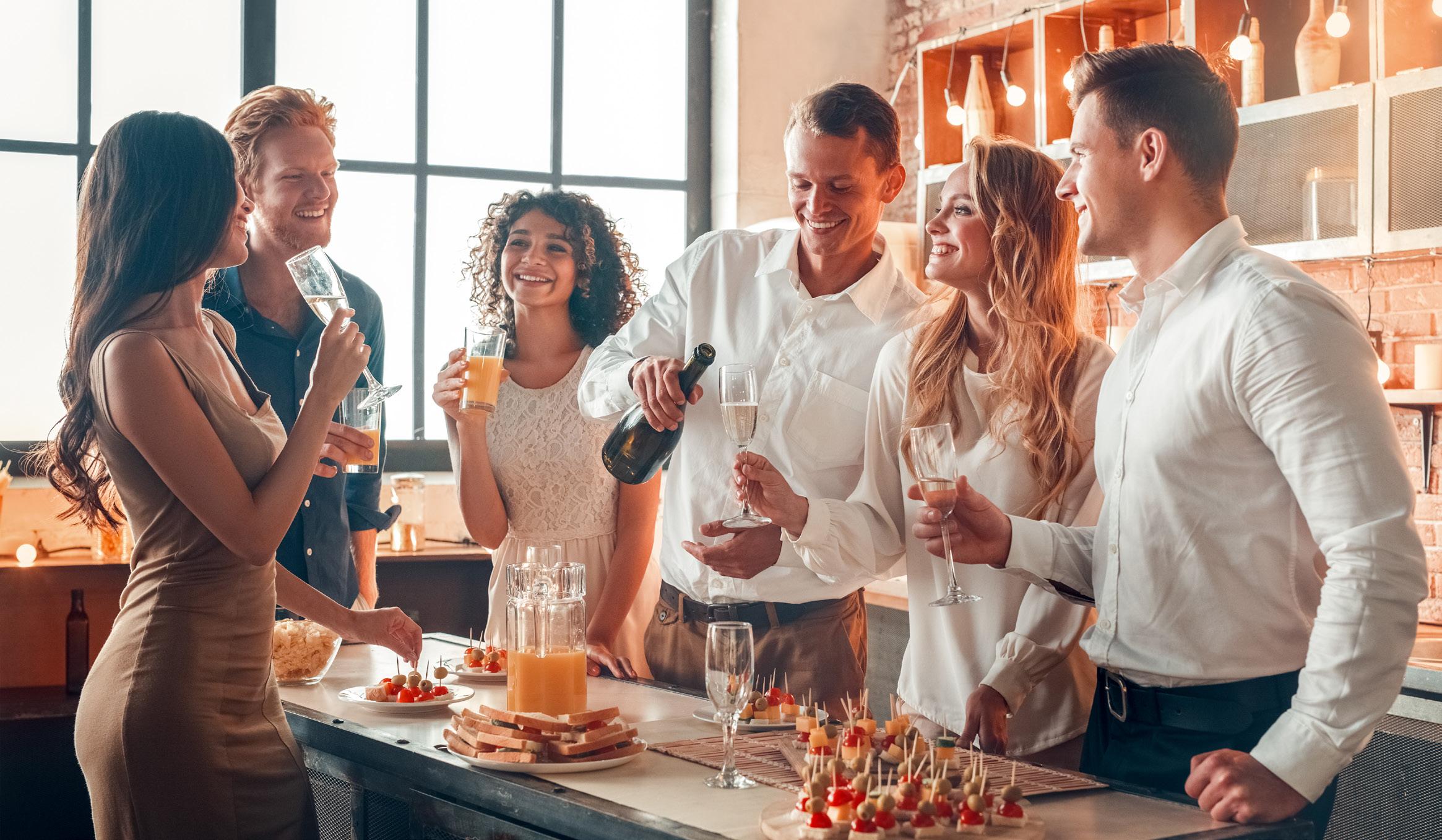
OVER PAPER INVITES
Yes, you read that correctly. Formal invitations are beautiful, but texts, DMs, evites, and simple phone calls are now perfectly acceptable. Sometimes, even preferred. Ensure your message includes key information – time, address (with parking details if applicable), any theme, and instructions on how to RSVP.
DON’T SURPRISE WITH “NO TECH” RULES
Want a phone-free party? Great, but be sure to let guests know ahead of time. Some people rely on their phones for childcare check-ins, health monitoring, or even anxiety management. Make the request gentle, not a command.
THE 20-MINUTE GRACE RULE
Life is chaotic. Give guests a 20-minute grace window before assuming they’re not coming. Likewise, if you’re running late as a guest, send a quick heads-up.
DIETARY AWARENESS IS STANDARD
Gluten-free, vegan, halal, keto – dietary preferences and needs are more diverse than ever. Don’t panic. Just ask in advance. A simple “Any dietary needs I should know about?” in the invite goes a long way. Having a couple of options ensures everyone feels considered.
DON’T EXPECT A HOST GIFT
It’s no longer mandatory (but classy) to show up with flowers, wine, or gifts. But if someone brings a gift, be gracious.
Create a natural moment in the evening, after dessert or during a lull, where guests can leave without feeling awkward.
Hosting in 2025 is now about making space – for conversation, for comfort, and for connection. It’s less about setting the perfect table and more about setting the right tone. If you are an old-school entertainer – super! Just know that for the new-age party planner, it’s more about vibes than tradition.

Have you heard of Helio Bray? If not, it’s time you had. This Portuguese artist is one to be reckoned with. In this issue of John Eric Home and Lifestyle, we spoke with this painter about his colorful world.
JEHL: Let’s start at the beginning of your journey. What was the catalyst, that moment that made you pursue art (either personally or professionally or both)?
I was very young when I first started to paint at 12 years old. I started on the graffiti scene. At that time, I knew that it would become my life, but I never thought in this amazing way. That came years later, when I felt my techniques grow stronger. Also, painting on the street scene seemed to not be enough. I had an incredible invitation to exhibit in an iconic place – Lisbon, Portugal. The exhibition featured a ninemeter-long wall to paint, and I created 18 pieces for the show. They sold out almost immediately. Maybe then, I had the vision that I was made for both worlds.
JEHL: What inspires you to paint and create?
My work comes from the amount of emotions and feelings that I have inside me. The colors are definitely in the world where I feel comfortable. The compositions are made and constructed in real time. I don’t make sketches beforehand – neither on the street nor in the atelier. When I start a new work, it really comes from my roots in years of graffiti. It’s also deeply connected with the many feelings and emotions that are part of me. I create and paint the way that I feel that day.
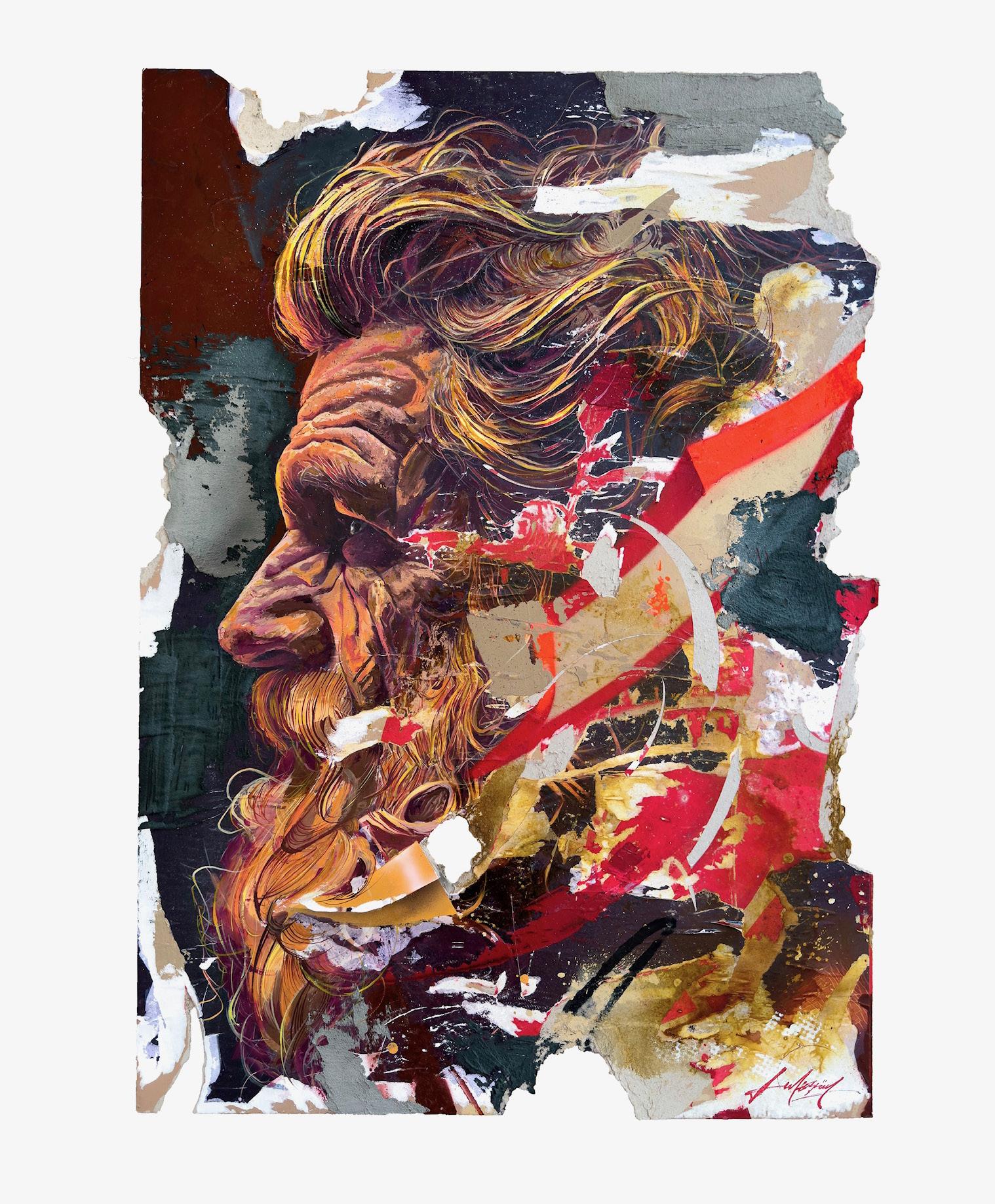
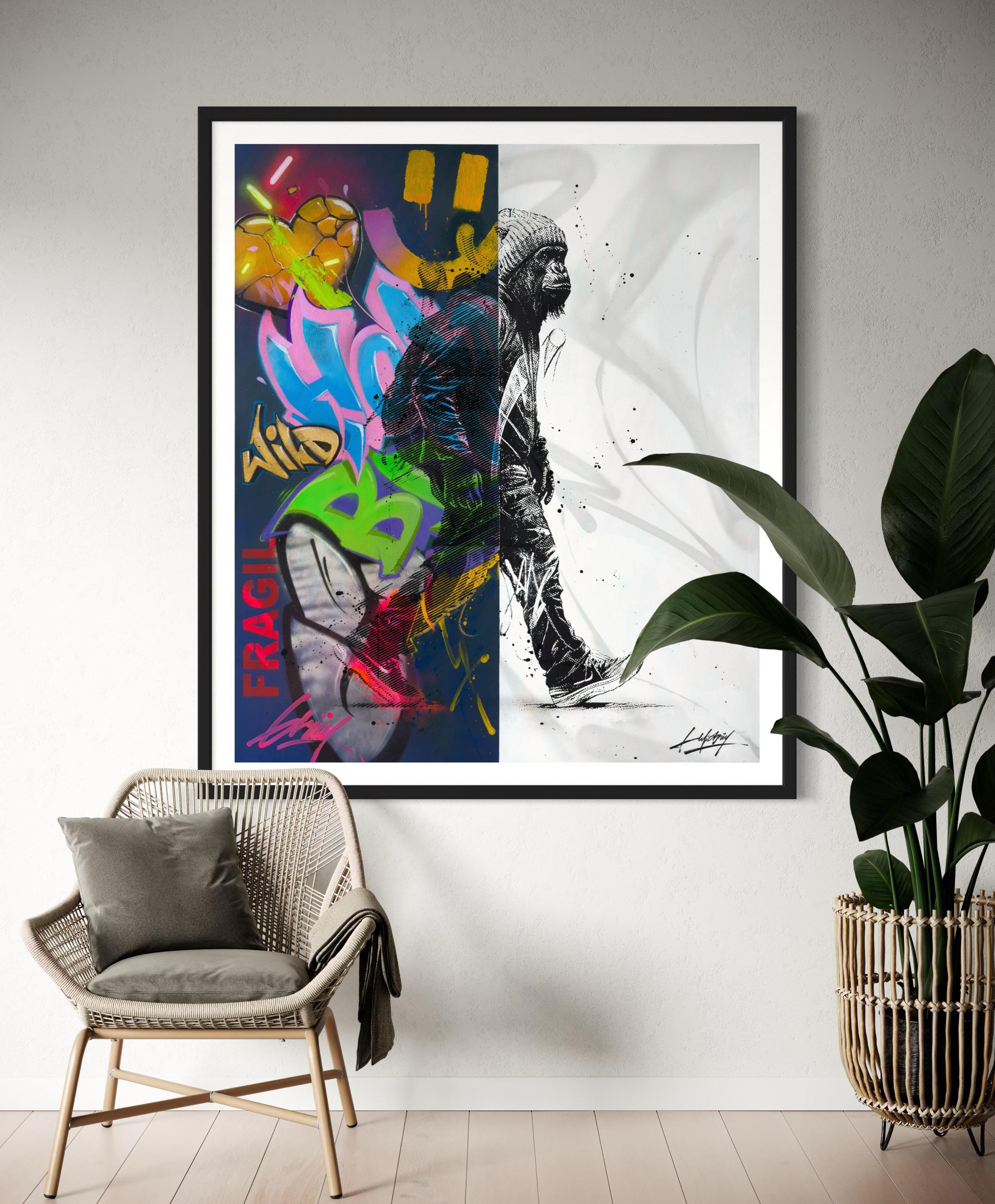
JEHL: What inspires you to paint a particular piece?
I always start with the colors. In fact, I think the choice of the right color, or most times making my own color, is what inspires me to create a specific piece. It is so amazing to have the possibility to create my own yellow, for example. From that, I start my lines, the layers, sometimes the collages, or the graffiti forms.
JEHL: Are there any movements or styles or artists that have and/or continue to impact your work?
I had never seen graffiti when I started to paint. I was living far from cities at that time. So, the graffiti scene, the culture and its urban walls were one of the first styles that I absorbed. I also researched and deeply resonate with Jackson Pollock. I am fascinated by his work.
JEHL: Where has your journey, thus far, taken you?
I am exactly where I want to be. It is a path that doesn’t have an end. The creativity is infinite.
JEHL: Can you please speak on your different collections –both past and present?
Through the years, my work has been in a constant state of transformation. There may be some differences, of course, but they are all strongly connected with the vibrance of colors. In the past, it was a more pure graffiti style. But certainly, in the works of today, I connect with colors and forms. I have changed, created, and shaped new works, but they have always something in common – colors and vibrance.
JEHL: Do you accept commissioned pieces?
Yes, I do. I always feel committed to the creation of a specific style of art and establish a bond between the artwork, the client, and the artist. It adds a special story to the piece’s creation and commission. That story will remain throughout time in the art. I am fascinated by stories that are hand in hand with the artworks.
JEHL: Can you describe for our readers the varied differences between painting a fresh canvas out of inspiration and a commissioned work?
Throughout my life, I have had the privilege of being able to paint only what I love. What I really want to paint, that is something that I see as a blessing. When a client contacts me with a specific request, I must confess that I challenge myself to go and catch the entire idea – colors or theme –
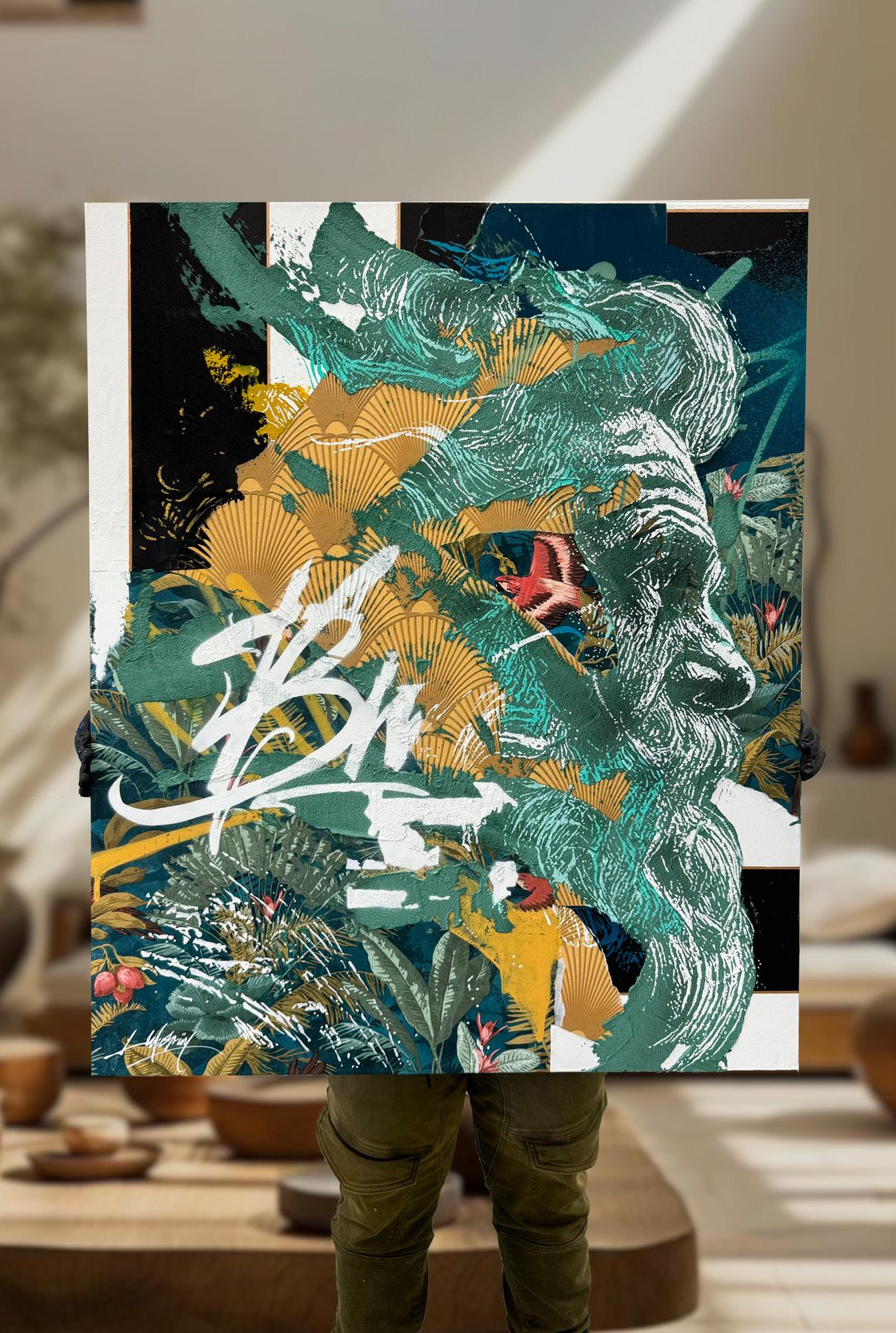
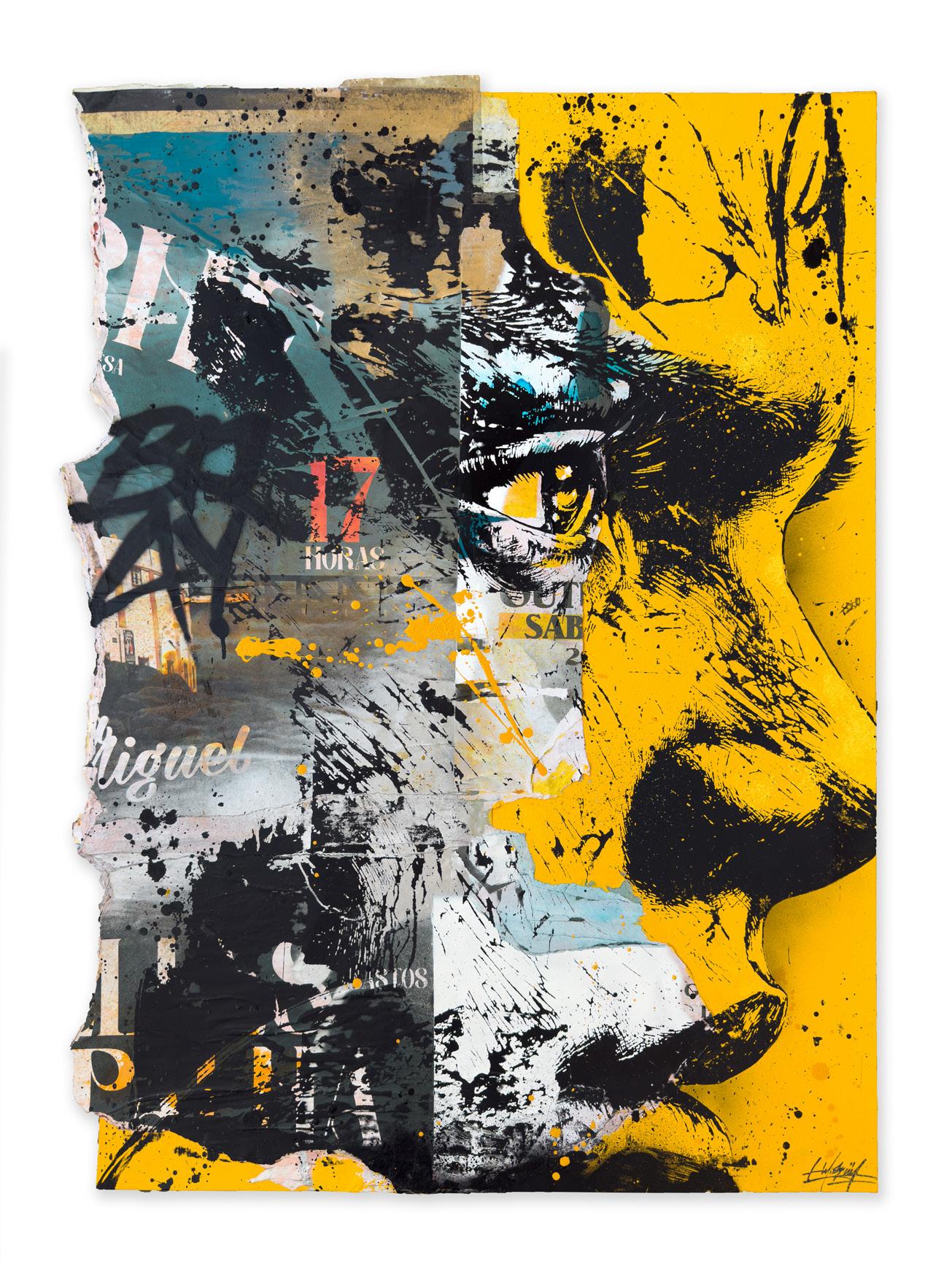
that the client wants. My clients have been – and to this day are – very clear. They search my work to have a spontaneous creation. Something directly from the soul. A work that definitely lasts through time. The origin of the creation. At the end, I feel even happier to know that one of my creations will add a touch of light in a specific home. So, to answer the question, the only difference is that I have a point to start with – the colors, the theme – chosen by the client. So, for me, there are few differences between the commission and the fresh canvas. Freedom of creations is always there.
JEHL: Can you describe for our readers what it is like to prepare for and mount an exhibition?
First, I have to observe the place where the exhibition will take place. Then, if it resonates with me, and I feel a connection, I start to create new artworks for that specific show. I particularly like to have several styles and different compositions in each exhibition. I search to have a place, and I feel lucky to work with galleries that feel the same way, that is full of differences, feelings, colors, and compositions… It is important to me to have a show full of what I really am: an artist with many artistic styles. And I also do my best to share my passion for colors the best way that I can. In the end, expect a bold experience. Between walls full of works painted in many colors and styles.
JEHL: Can you please share with us one or two cool or fun, or unique anecdotes from either your personal or professional life as an artist?
In 2012, I had a solo show in Lisbon. It was a big event, and at that time, I had around 30 new artworks to exhibit there. The team was hanging all the artwork on the walls; everything was going OK. It was a lot of stress to have everything ready in time.
I had a special piece to place on the front wall of the show. ‘Partina Girald’ is the name of the canvas, and the artwork that I wanted to be the first to be seen. 20 minutes before the opening, I was taking a last walk through the exhibition space to see if everything was in place, when I suddenly noticed a big cut on the canvas. Not any other canvas, the ‘Partina Girald’ canvas. A bigger canvas and the first canvas that I had in the show. I felt crazy about the situation, but I just went to the artwork, with some materials I still have with me, and fixed the artwork in place. My wife unpacked that specific work. She made the cut when unpacking the artwork. She still feels guilty till today (laughs).
It was, at the time and in the moment, crazy, but now it’s funny. I still keep that artwork with me in my house. It will not be sold. It is part of my story, and I look at it every day.
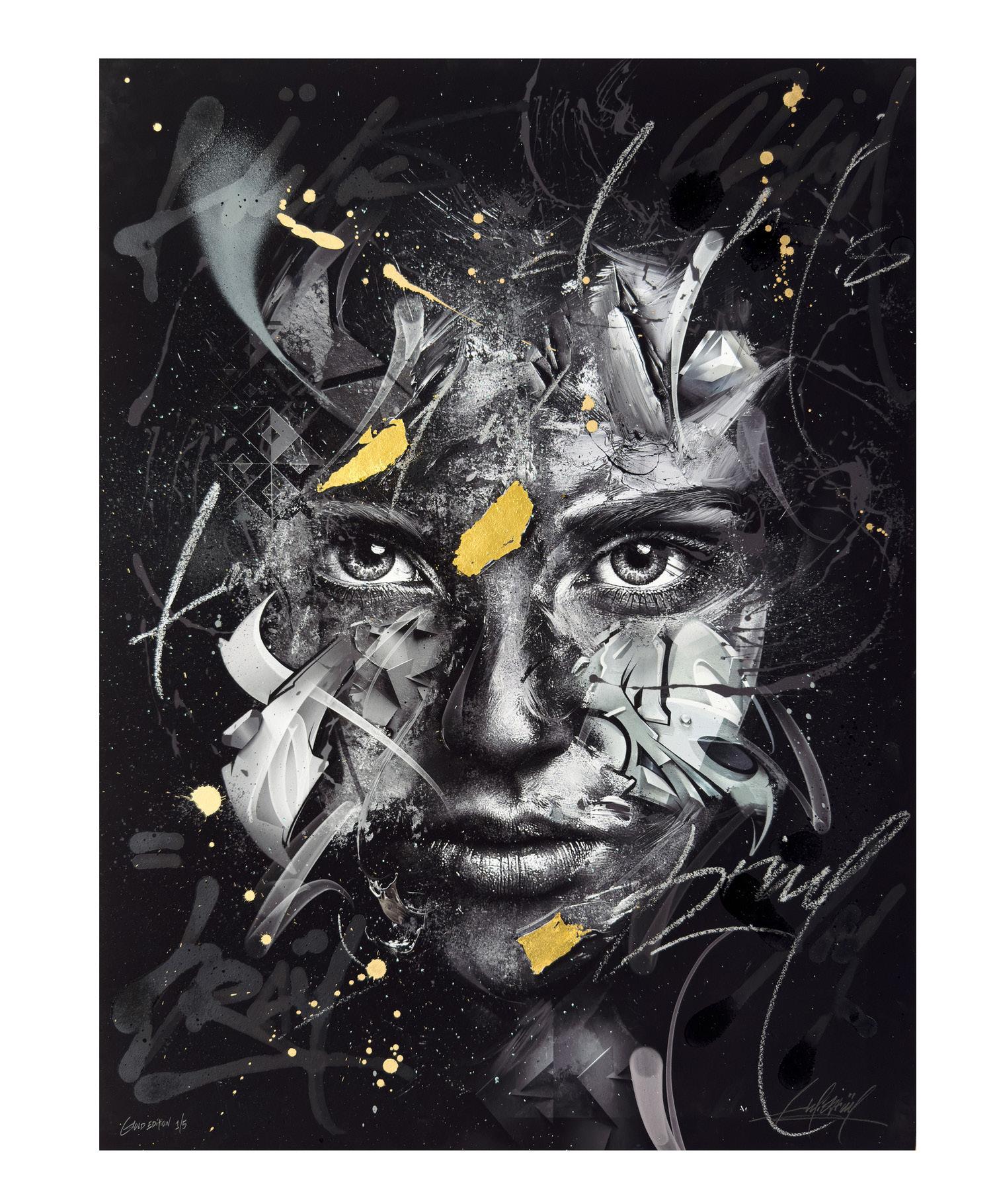
As the world redefines what it means to feel at home, we unite the finest elements of two nations—offering exclusive residences and elevated experiences for the globally discerning. Backed by decades of expertise in high-net-worth real estate, we deliver a bespoke approach to transatlantic property investment, where every move is seamless and every detail, exceptional.
Your next chapter starts here.
LONDON
+44 204614 1927
office@theluxurycollectiveuk.co.uk
10 Queen Street Place, London, EC4R 1AG, United Kingdom www.theluxurycollectiveuk.co.uk

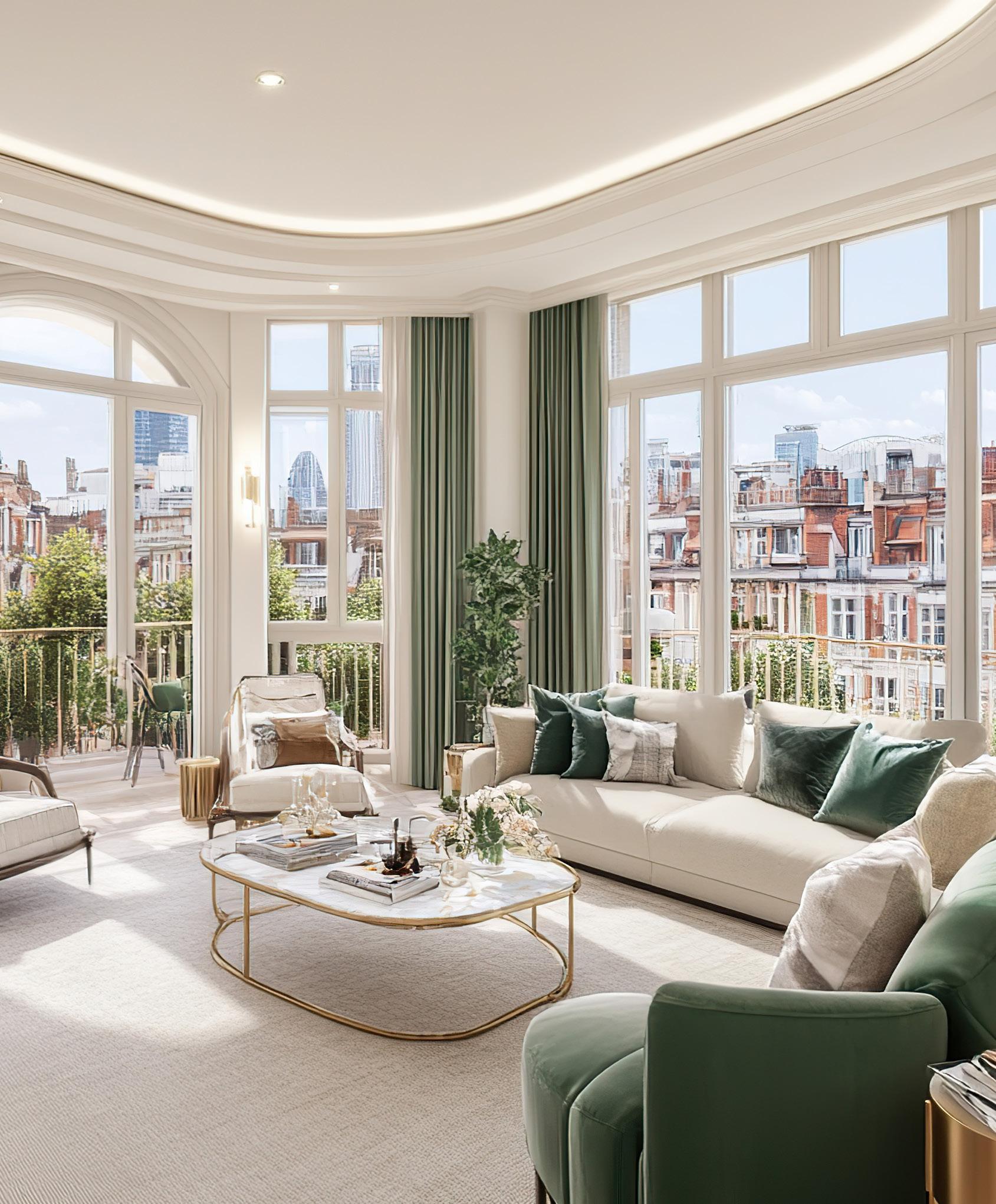

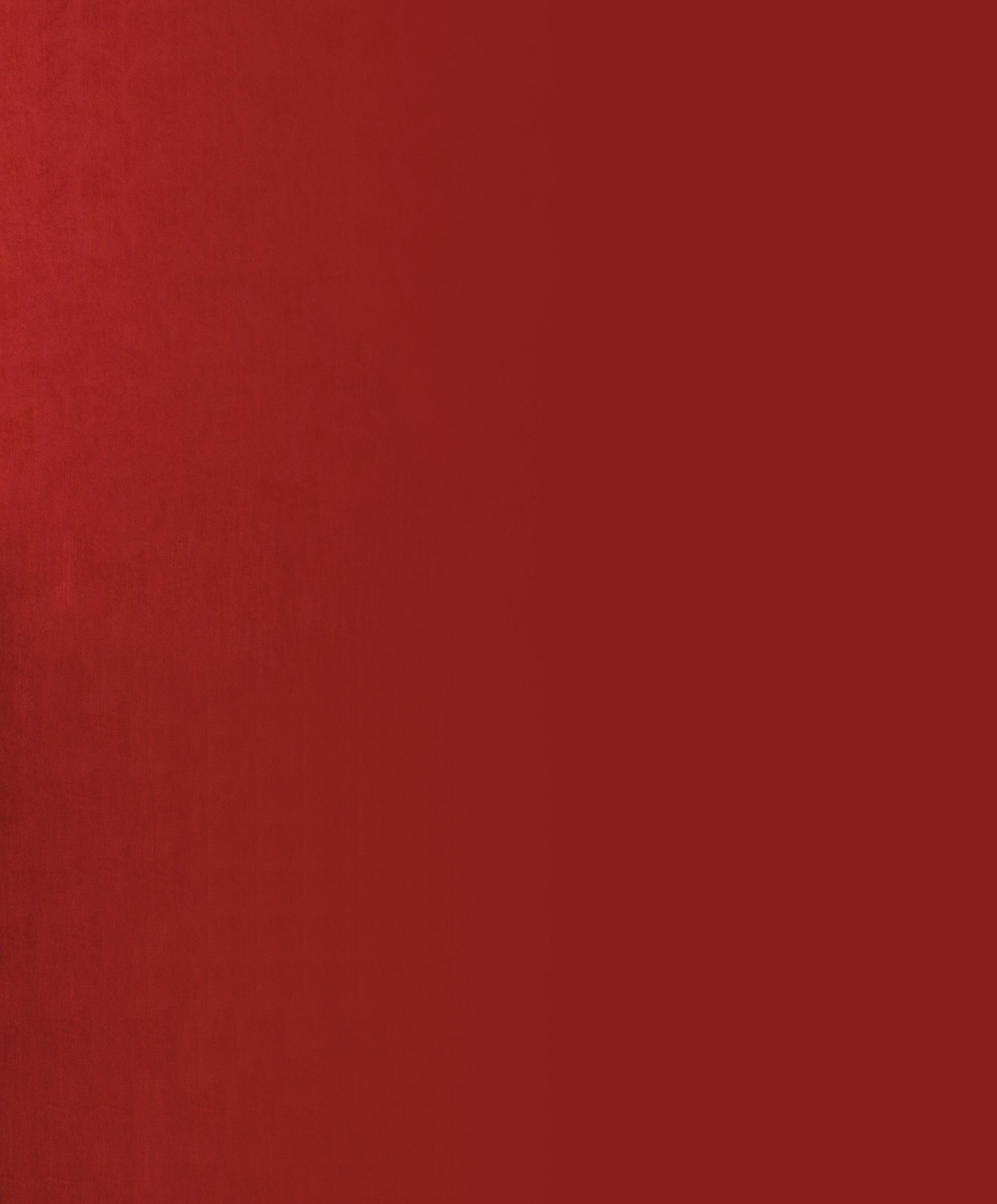
Boxing Day lives in the shadow of Christmas. It’s a time to eat leftovers day, a time to lounge around day, or the day your in-laws finally go home type of day. But this quiet December 26th tradition has much deeper roots.
WHY IS THE DAY AFTER CHRISTMAS CALLED BOXING DAY?
Boxing Day originated in the United Kingdom during the Victorian era. On the day after Christmas, upper-class families would “box up” gifts, leftovers, or money and give them to their servants and tradespeople. It was essentially a ‘thank you’ to the people who worked hard behind the scenes for them all year.
It was (and remains) an important day for British churches. Boxing Day happens to fall on St. Stephen’s Day. The clergy encouraged donations to the poor, placing alms boxes out for congregants to fill.
WHO CELEBRATES BOXING DAY TODAY?
Aside from the United Kingdom, Boxing Day is still observed as a public holiday in many countries that were part of the British Empire. From Canada to Australia, South Africa to the Caribbean, December 26th is a special day.
Each country has its own spin. In Britain, it’s often associated with fox hunts (now replaced by trail hunts or symbolic gatherings). In Australia, it’s the start of cricket season. In Canada, it’s basically Black Friday, part two.
WHAT DO PEOPLE DO ON BOXING DAY?
The short answer is – whatever they want.
Eating and relaxing generally top the list, but it’s an open choice.
There are those that honor the original spirit of the day by making donations of clothes, toys, and household items, which they take to the local charity shop. While others take the day to declutter and reboot before the New Year arrives, tackling the post-holiday mess or cleaning out the closets. Most embrace the art of doing nothing. No pressure. No presents. No cooking if you don’t want to. Perhaps an all-day-movie marathon while still in pajamas. Or reading a book that has still not yet been cracked open.
Whether spending the day giving back, cleaning out, or cozying up, Boxing Day is a gentle pause between Christmas chaos and New Year’s celebration. It is also a reminder that rest, reflection, and generosity are worth celebrating, too.
AHH, THE TRUFFLE. ELUSIVE AND DECADENT. IF YOU’VE EVER THOUGHT ABOUT CHASING ONE OF THESE LITTLE GEMS YOURSELF AND HAPPEN TO BE IN ONE OF THESE REGIONS, MAKE SURE TO DROP BY AND JOIN THE HUNT.
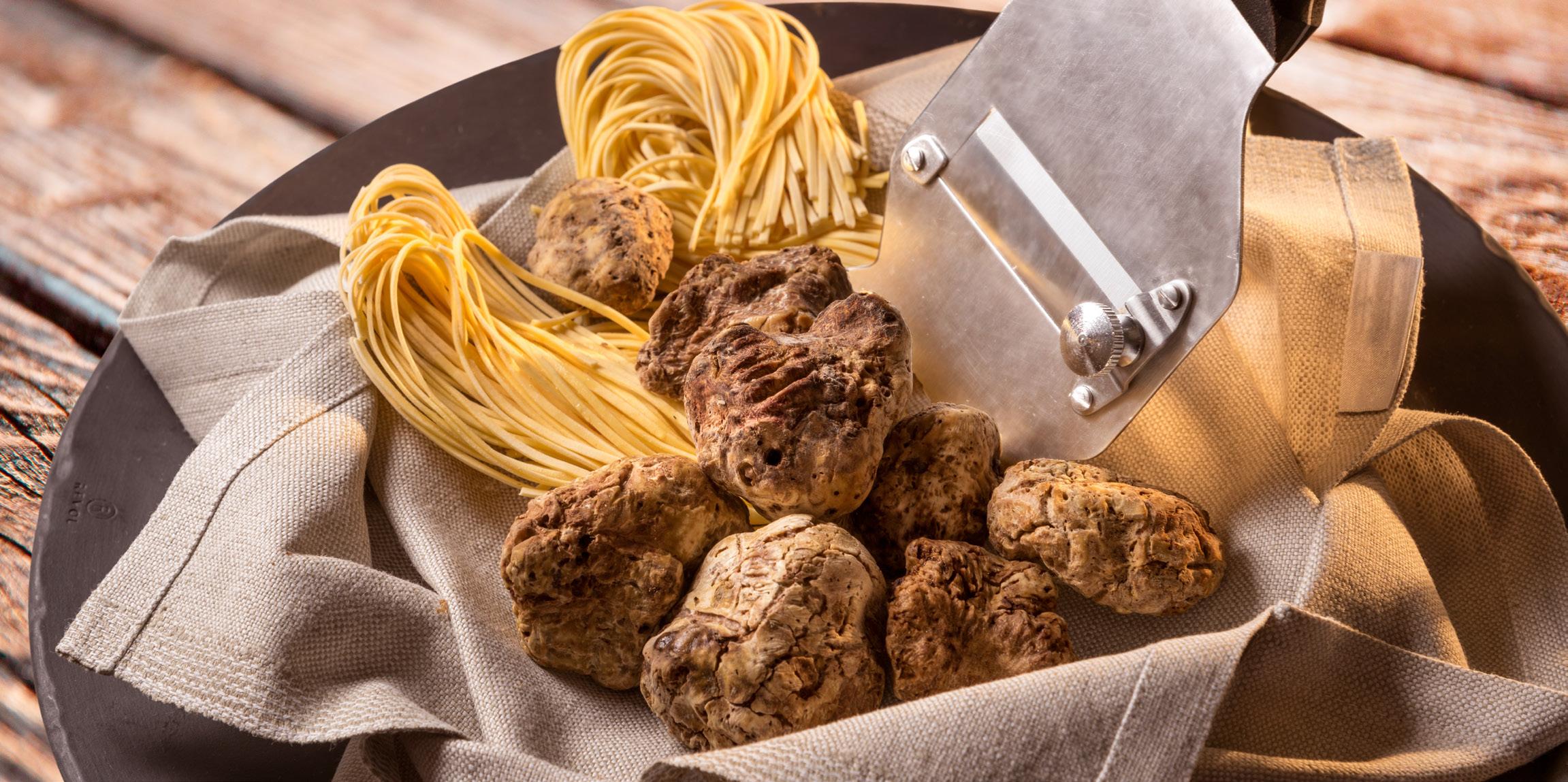

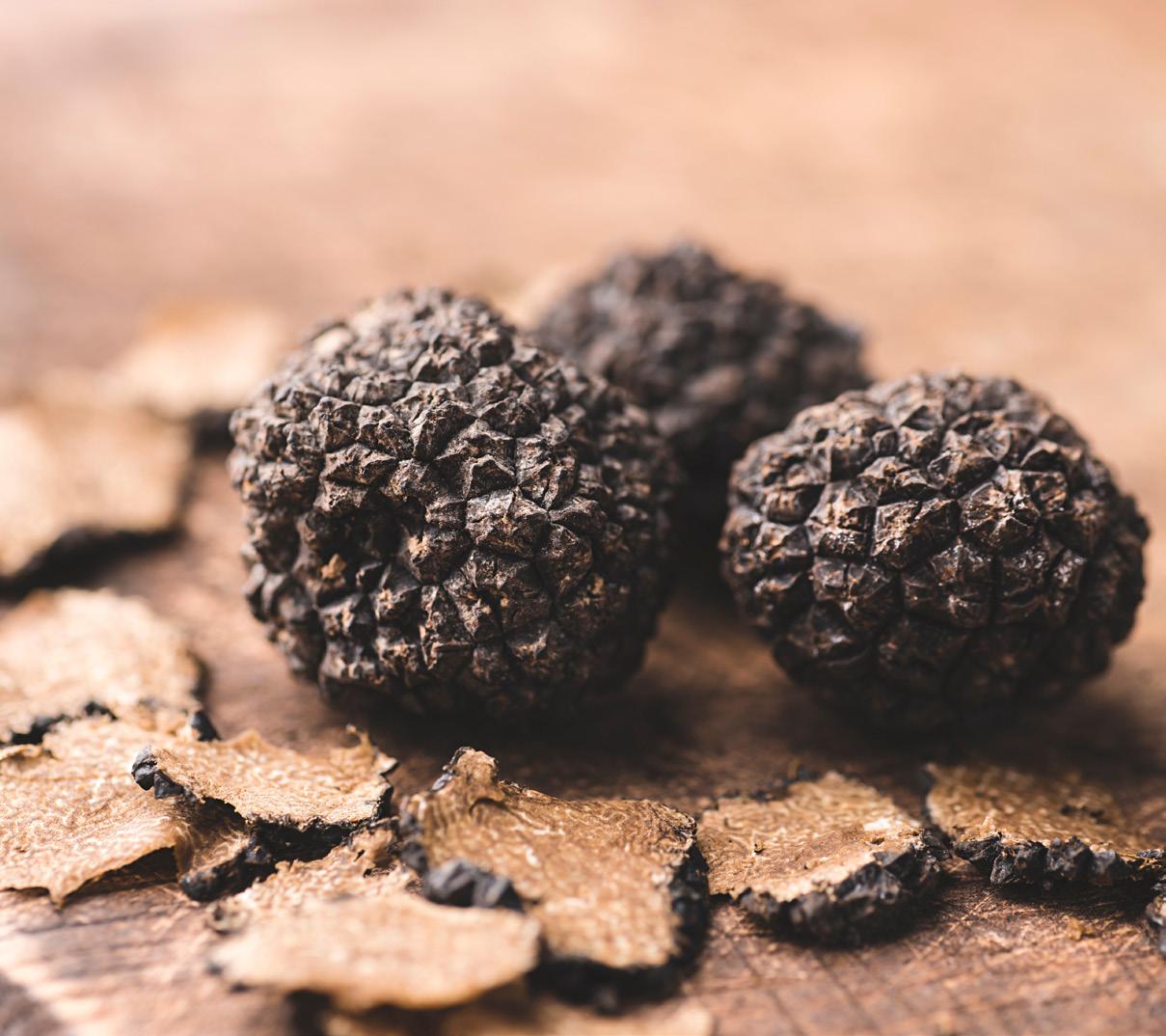
PIEDMONT, ITALY (ALBA & LANGHE)
Home to the famed white truffle (Tuber magnatum), Piedmont is celebrated for its intense aroma and gastronomic prestige. Alba hosts the internationally renowned White Truffle Fair in October through November. Join guided hunts in the rolling hills of Langhe, followed by wine tastings with Barolo and gourmet truffle-laced dinners.
PÉRIGORD / DORDOGNE, FRANCE
Famous for black Périgord truffles (“black diamonds”), especially from November through April. Join hunts guided by seasoned truffle specialists and their dogs. Cap off your day in cozy village markets with an opera of truffle-infused dishes.
ISTRIA, CROATIA (MOTOVUN & BUZET)
A hidden treasure trove for both white and black truffles, with family-run forests steeped in tradition. Join guided hunts which are often snow-lit with dog-led discovery. Festivals like Zigante Truffle Days add cultural flair to the experience.
OREGON, USA (WILLAMETTE VALLEY & PACIFIC NORTHWEST)
Wild Oregon truffles, including unique species like the Oregon black truffle, thrive here. Bookable guided hunts are available using trained dogs and tied to culinary workshops or four-course dinners in partnership with local chefs.
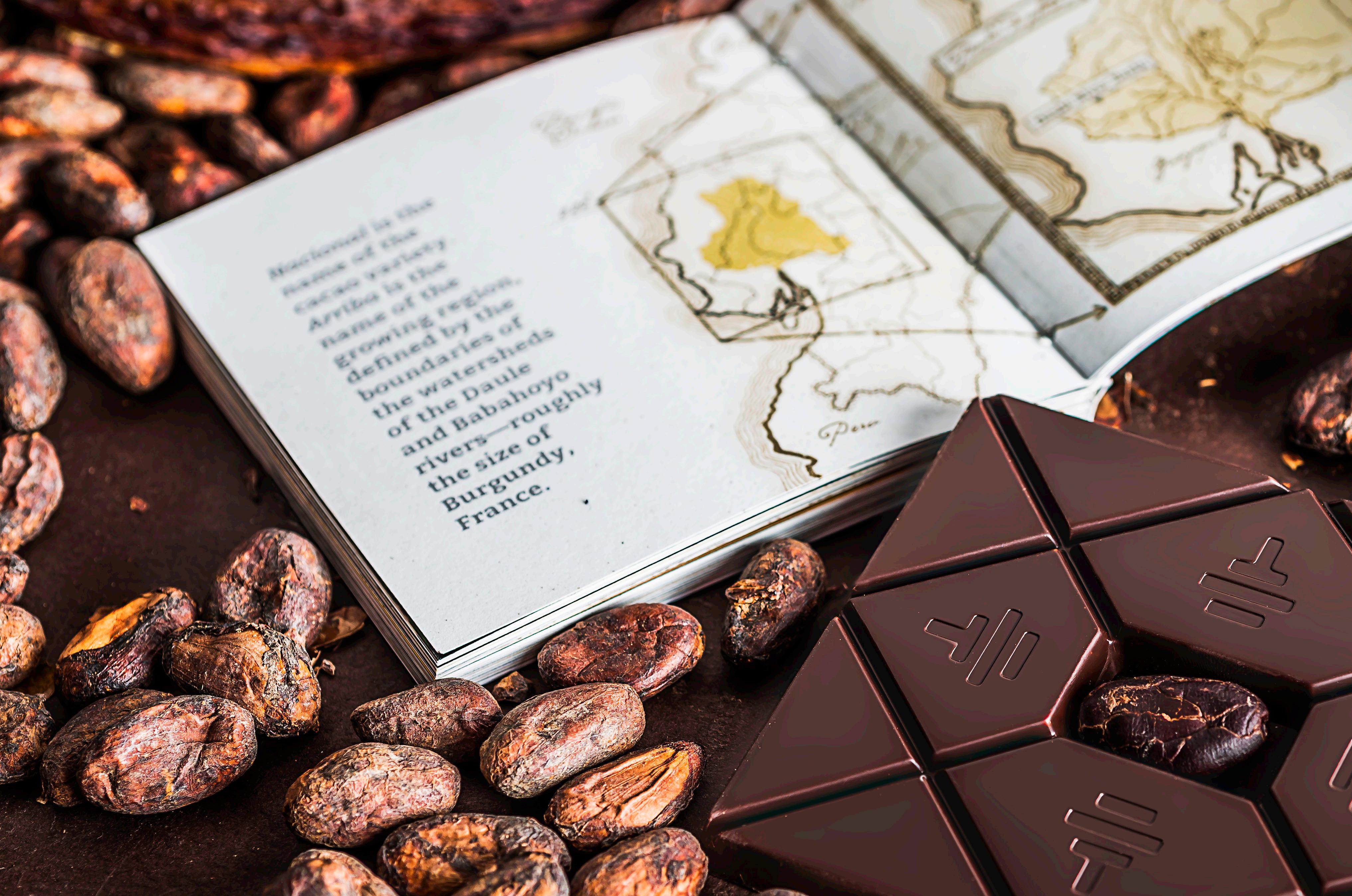

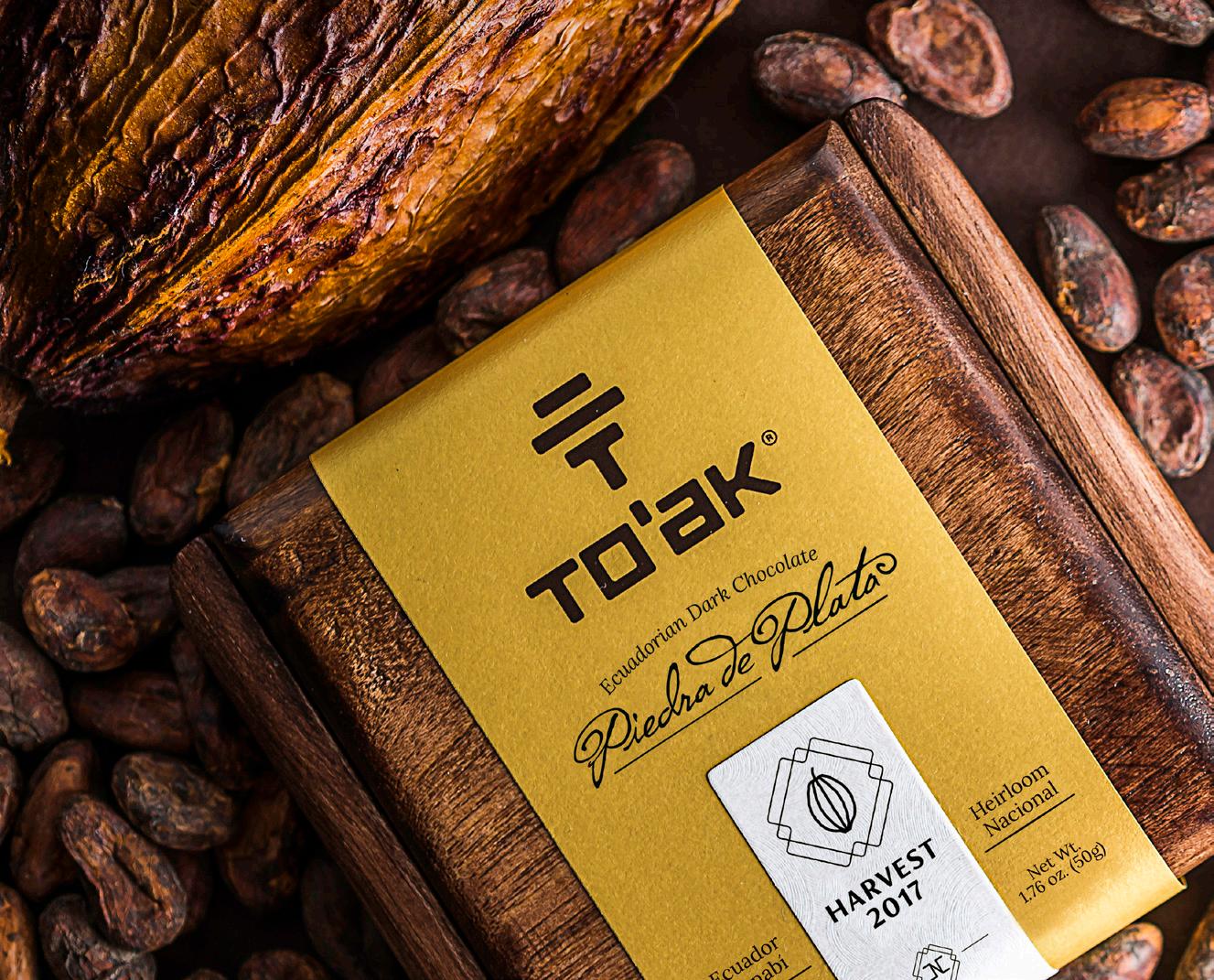
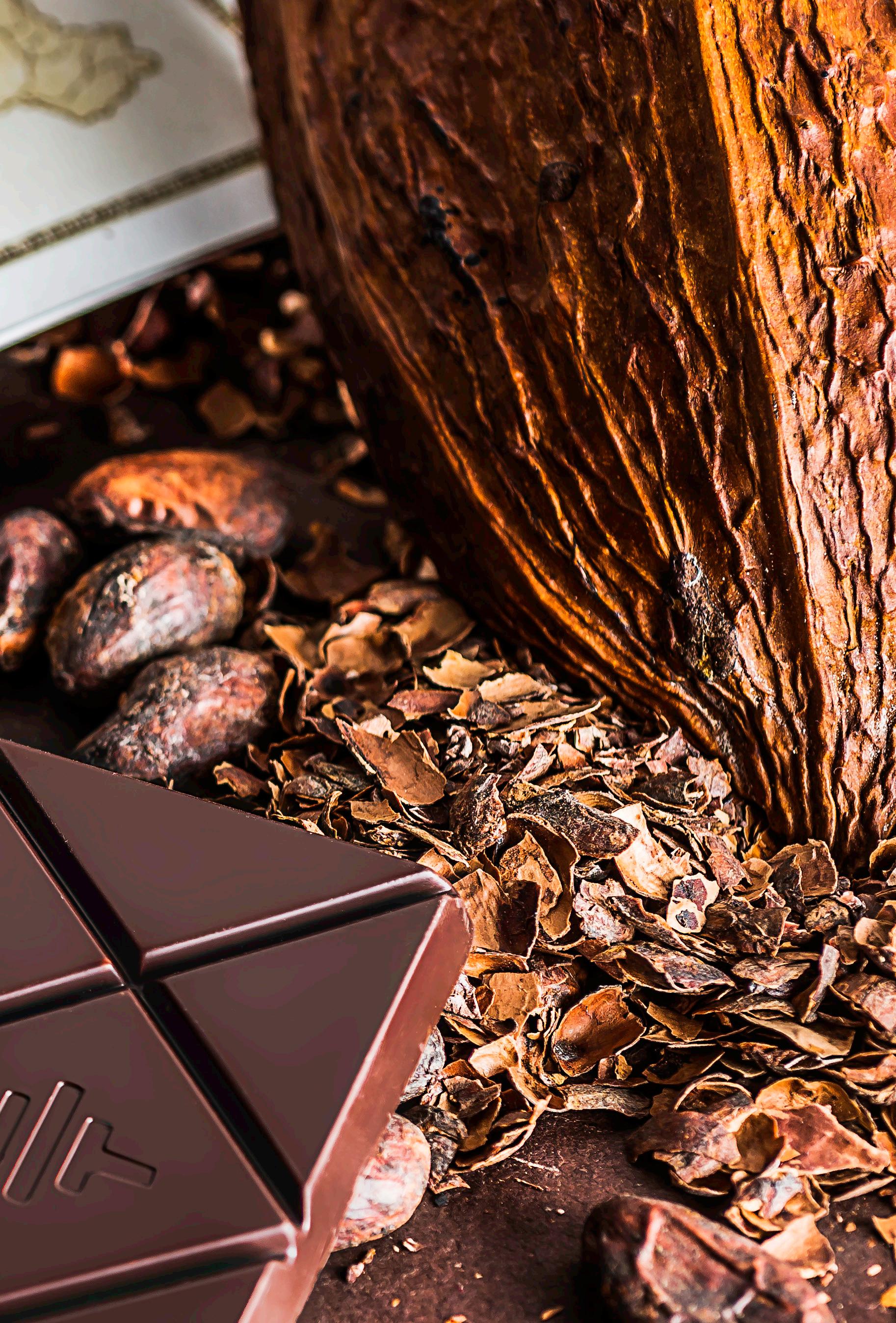
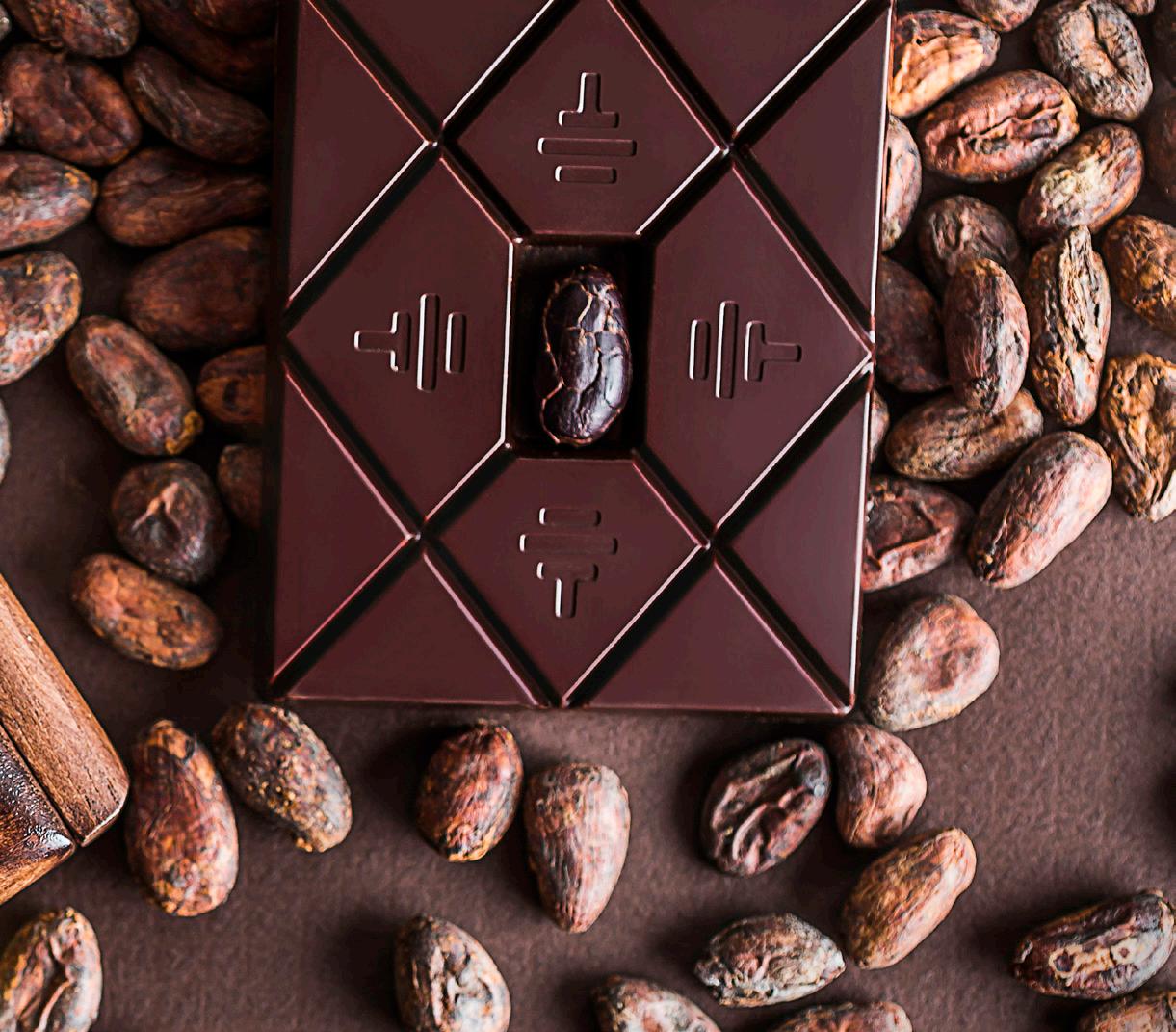
Chocolates, like fine wines and rare foods, are a luxury both at gatherings and on their own. These exclusive treats will thrill everyone’s taste buds.
LA MADELINE AU TRUFFE BY KNIPSCHILDT
This luxurious chocolate is made with a rare French Perigord truffle at its center, surrounded by 70% dark chocolate, and finished with a coating of edible gold. The truffle has an intense earthy flavor, adding a savory depth to the sweetness of the chocolate. The ganache inside is velvety and smooth, providing a rich mouthfeel that complements the slightly bitter dark chocolate. Only a few pieces are made per day. ($2,600 per pound)
Switzerland’s Frey’s Golden Speckled Chocolate is known for its extravagant ingredients, which include 24-carat gold leaf and exquisite dark chocolate. The smooth, high-quality milk chocolate serves as the foundation of this treat. The golden speckles often come from caramelized sugar or toffee, adding a light crunch and a rich caramelized flavor. This adds an extra layer of sweetness and depth to the chocolate, without making it too sweet. ($1,400 per pound)
THE “CHOCOPOLOGIE” TRUFFLE BY KNIPSCHILDT
This single truffle is made with 70% Venezuelan chocolate, infused with fresh cream, and features a rare and expensive black truffle at its core. It has a slight bitterness that balances the sweet ganache inside and sets the stage for the truffle's overall complexity. It's coated in cocoa powder and decorated with an edible gold leaf. ($250 per piece)
To'ak is often hailed as one of the finest and rarest chocolate brands in the world. Made in Ecuador from the rare Nacional cacao bean, To'ak is known for its distinctive flavor and the meticulous process involved in its production. Each bar is aged in a wooden box, sometimes in whiskey casks, for added depth. The rare cacao beans and careful crafting contribute to the price. ($350 per bar)
Pierre Marcolini is one of the most prestigious chocolatiers in the world, known for creating haute couture chocolates that are as much about art as they are about taste. His chocolates are made using the finest cacao beans sourced from around the world, and he uses traditional techniques passed down through generations. ($1,000+ per box)
Milano is back, baby! For decades, Milan got a bad rap. Lacking Rome’s sites of antiquity, the postcard views from the Amalfi coast, the canals of Venice –not to mention Florence’s Medici inheritance – Italy’s second biggest city was overlooked. But no longer. In this issue of John Eric Home and Lifestyle, we journey to take in this Italian city’s new Renaissance.
For decades, Milan was the quiet power player of Italian cities. Polished, industrious, and fashionforward, it was often overlooked for its louder sisters, Rome, Florence, or Venice. Not anymore. Today, Milan is undergoing a cultural and creative rebirth, one that blends the brilliance of its Renaissance past with bold strides in art, design, architecture, and craftsmanship. This is Milan’s New Renaissance, and visitors are flocking to experience it.

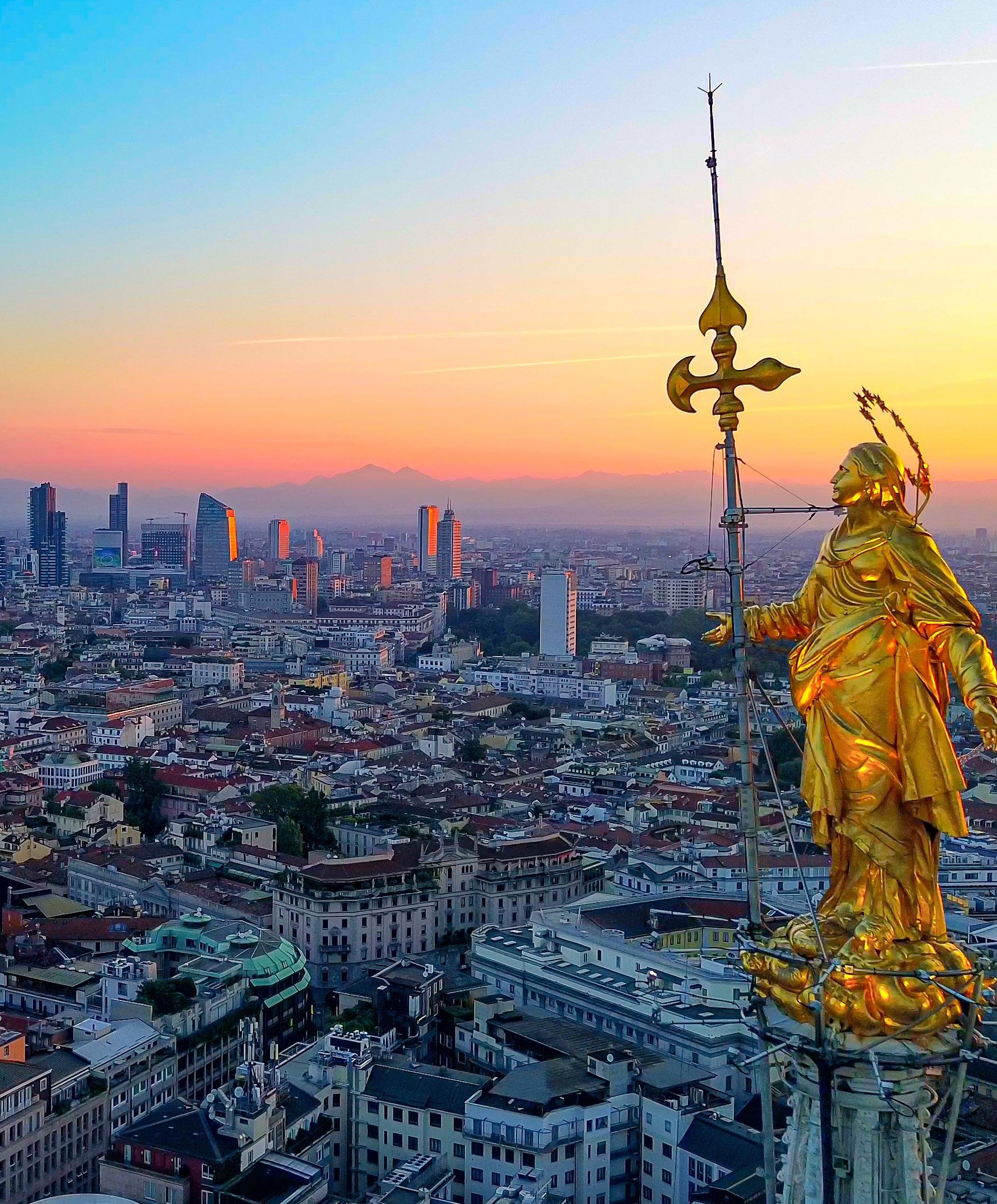
Where the Old Masters Meet Modern Icons
The beating heart of Milan’s artistic rebirth is the newly expanded Pinacoteca di Brera, one of Italy’s most revered art galleries. Housed in a former Jesuit monastery, the Pinacoteca has long been celebrated for its Renaissance masterpieces. Works by Caravaggio, Mantegna, Piero della Francesca, and Raphael draw visitors into a world of myth, devotion, and chiaroscuro drama.
But what has created this Milanese turning point is the long-anticipated opening of its modern art counterpart, Palazzo Citterio, just steps away. After over 50 years of planning, delay, and restoration, the once-derelict neoclassical palace has been transformed into a sleek, luminous space that now houses the 20th-century collections of the Brera, including works by Lucio Fontana, Alberto Burri, Giorgio Morandi, and Mario Sironi. The juxtaposition of ancient and modern – Caravaggio’s raw emotion alongside Fontana’s slashed canvases – makes the combined experience unlike any other in Italy.
Designed to be viewed as one continuous narrative, the Grande Brera experience invites visitors to walk through 500 years of Italian creativity, innovation, and revolution.
History Flows Through the Navigli Neighborhood
No place captures Milan’s Renaissance spirit quite like the Navigli. This vibrant, water-laced district in the city’s southwest has emerged as a cultural and social heartbeat.
Originally engineered in part by Leonardo da Vinci during the 15th century, the Navigli canals were once an essential part of Milan’s infrastructure. They transported marble to build the Duomo and helped connect Milan to Lake Como and beyond, transforming the city into a trading powerhouse.
Here, you can wander down the cobbled streets of Via Corsico and Alzaia Naviglio Grande, where boutique shops and art galleries await. It’s where you can grab a cappuccino at Mag Cafè or one of the many artisan coffee bars with canal views. Visit the art galleries tucked along the canal – like Galleria Previtali, known for contemporary Milanese artists, or Spazio Studio Masiero. And lose hours browsing stores like Humana Vintage or small curated thrift shops where you might stumble upon rare Italian fashion finds.
Make sure to stop by Darsena, the recently redeveloped harbor area where the canals all converge. It’s now a pedestrian-friendly gathering space with food trucks, public seating, and pop-up art installations.
At sunset, the reflections in the water mirror the city’s duality. The Navigli transforms into Milan’s social playground. Bars and restaurants set up candlelit tables along the water. It’s a nightly ritual to stroll the canals with a spritz in hand, hopping from one bar to the next for bites and conversation.
Visiting a working atelier is a rare chance to connect with the crafts of Milan’s fashion and design. In a city known for its fashion houses and forward-facing design, it’s easy to forget that Milan’s real luxury lies in its craftsmanship. It’s a legacy not just preserved, but actively practiced in studios, ateliers, and workshops tucked behind unmarked doors. Today, visitors are welcomed behind the scenes for a rare glimpse into this living artistry. These "fatto a mano" (handmade) tours, whether curated privately or offered by cultural organizations, reveal the heartbeat of Milan's creative soul.
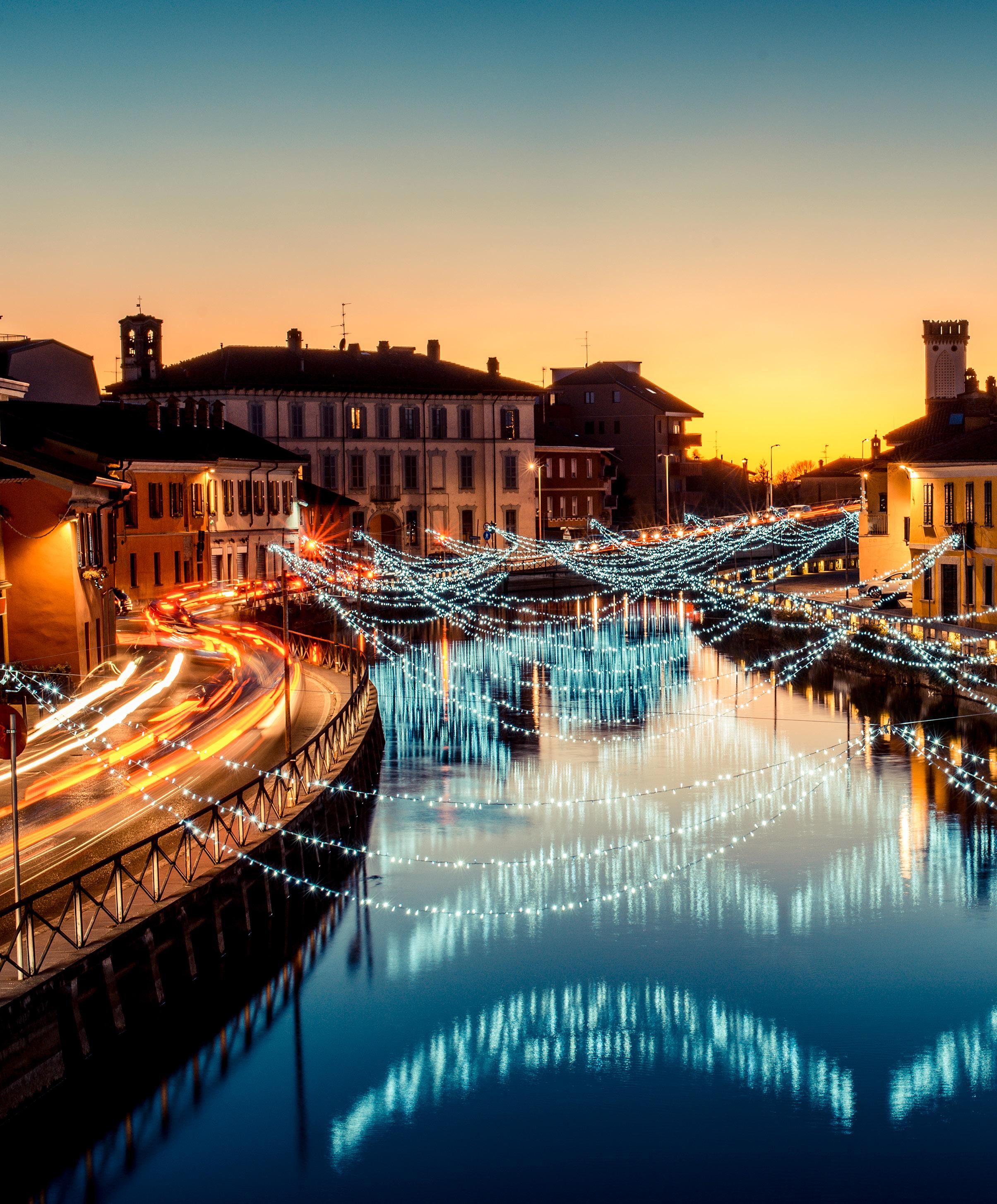
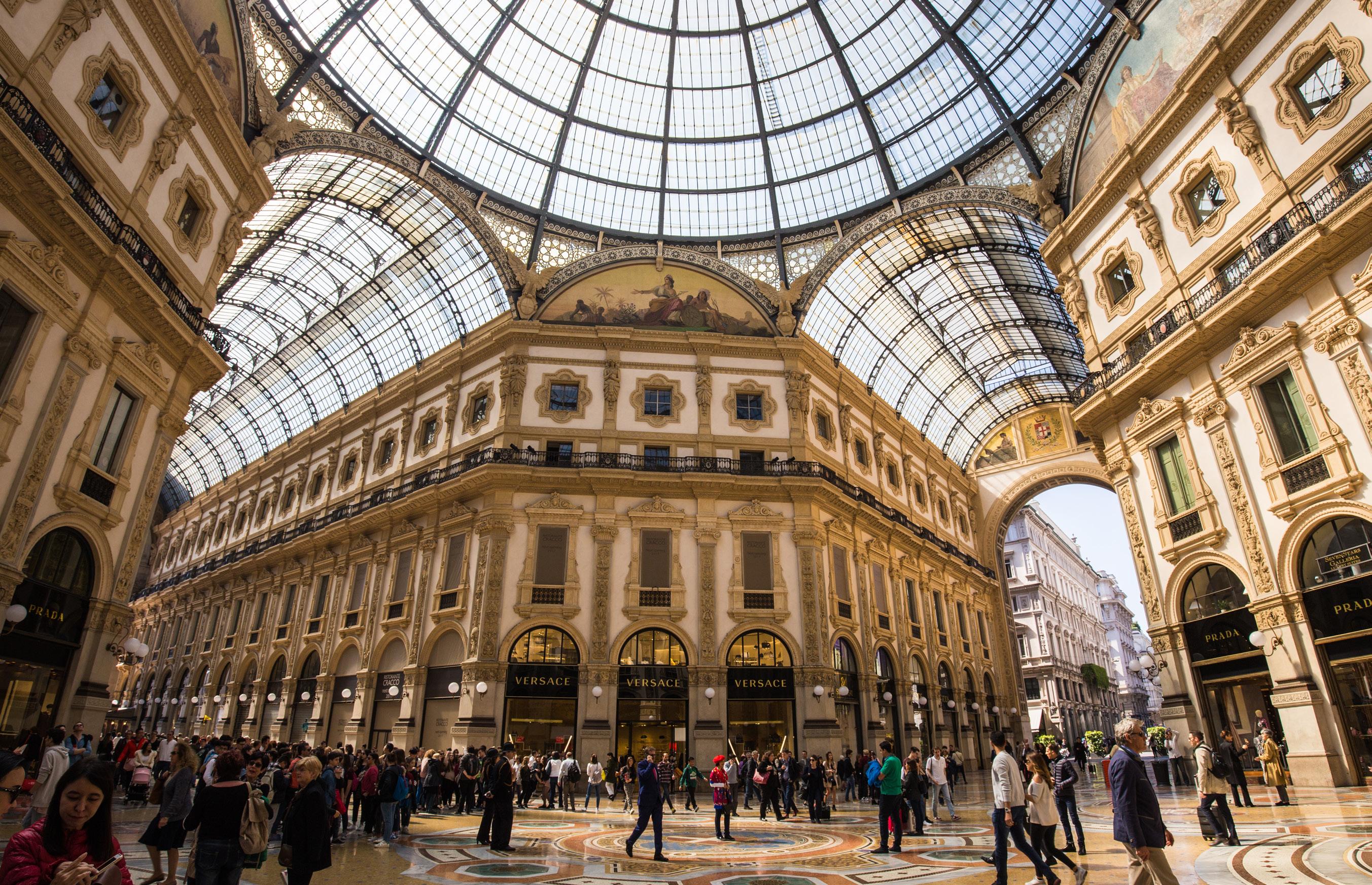
One of the most unforgettable stops is a private tour of Teatro alla Scala’s backstage workshops. Here, you’ll witness the teams behind Italy’s most legendary opera house. The set designers, costumers, wigmakers, and prop artists who bring grand performances to life. You can watch as skilled seamstresses embroider Baroque-era costumes by hand and see hand-painted stage backdrops rolled across enormous frames, as those who have done so before them for centuries.
Milan still hums with the sound of metalwork, especially in the quiet corners of neighborhoods like Isola or Porta Romana, where old-world bronze foundries still produce sculptures, fixtures, and architectural accents. Here, some studios offer hands-on demonstrations or even allow you to cast a small piece in bronze, forging your own link to Milanese tradition. Visits to these workshops are fascinating; you will meet the master craftsmen who create bespoke bronze and brass pieces for everything from haute couture runway sets to cathedral restorations.
In Italy, food is culture. Milan takes it one step further as its culinary reputation extends to its handmade ceramics studios, where artisans create bespoke plates, cups, and home decor using techniques that date back to the Renaissance. But now, they create with bold, contemporary
design. Laboratorio Paravicini, known for its whimsical and elegant hand-painted plates, favored by Milan’s fashion elite, has opened its doors to guests. Here you can enjoy your time observing artists sketching, glazing, and firing each piece by hand, often while chatting over an espresso.
Tucked into Milan’s artistic enclaves are bookbinders and leatherworkers crafting everything from personalized journals to bespoke handbags and archival boxes. Arrange for a visit to a family-run bottega where the scent of tanned leather mixes with the smells of hand-pressed gold leaf. You might see old lead type being used for monogramming, or hand-stitched spines being sewn using linen thread. And a big bonus is that you can leave with an unforgettable souvenir. Many of these artisans will personalize items on the spot.
Of course, this is Milan – one of the world’s fashion capitals. But beyond the glossy storefronts of Via Montenapoleone are tailors, shoemakers, and textile experts working quietly and meticulously. Some tours of these workshops include visits to old tailoring schools or bespoke menswear studios where suits are still cut by hand. Others offer shoemaking demos, where artisans stretch and mold leather using tools passed down through generations. For fashion lovers, ask about private fittings or custom pieces.
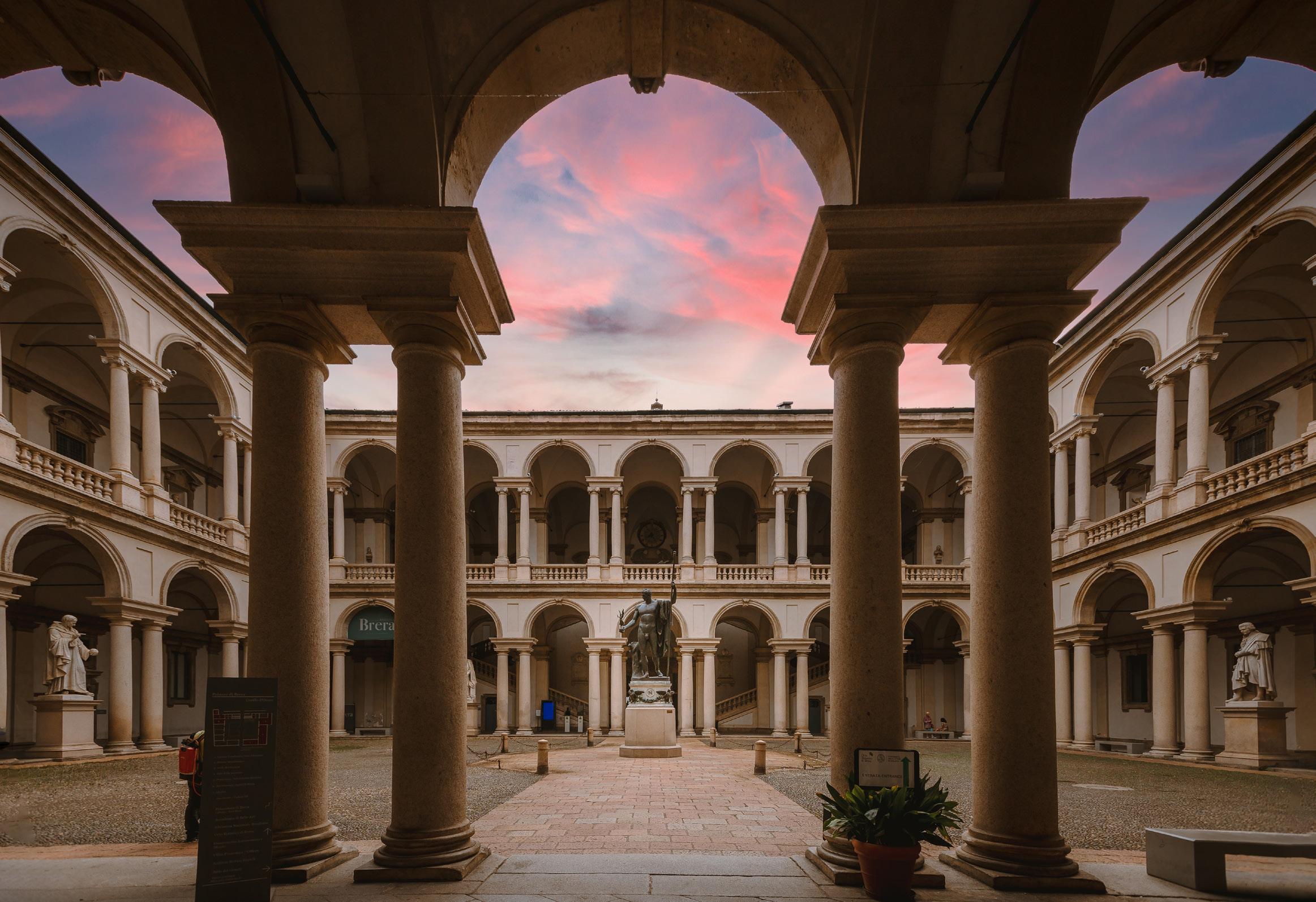
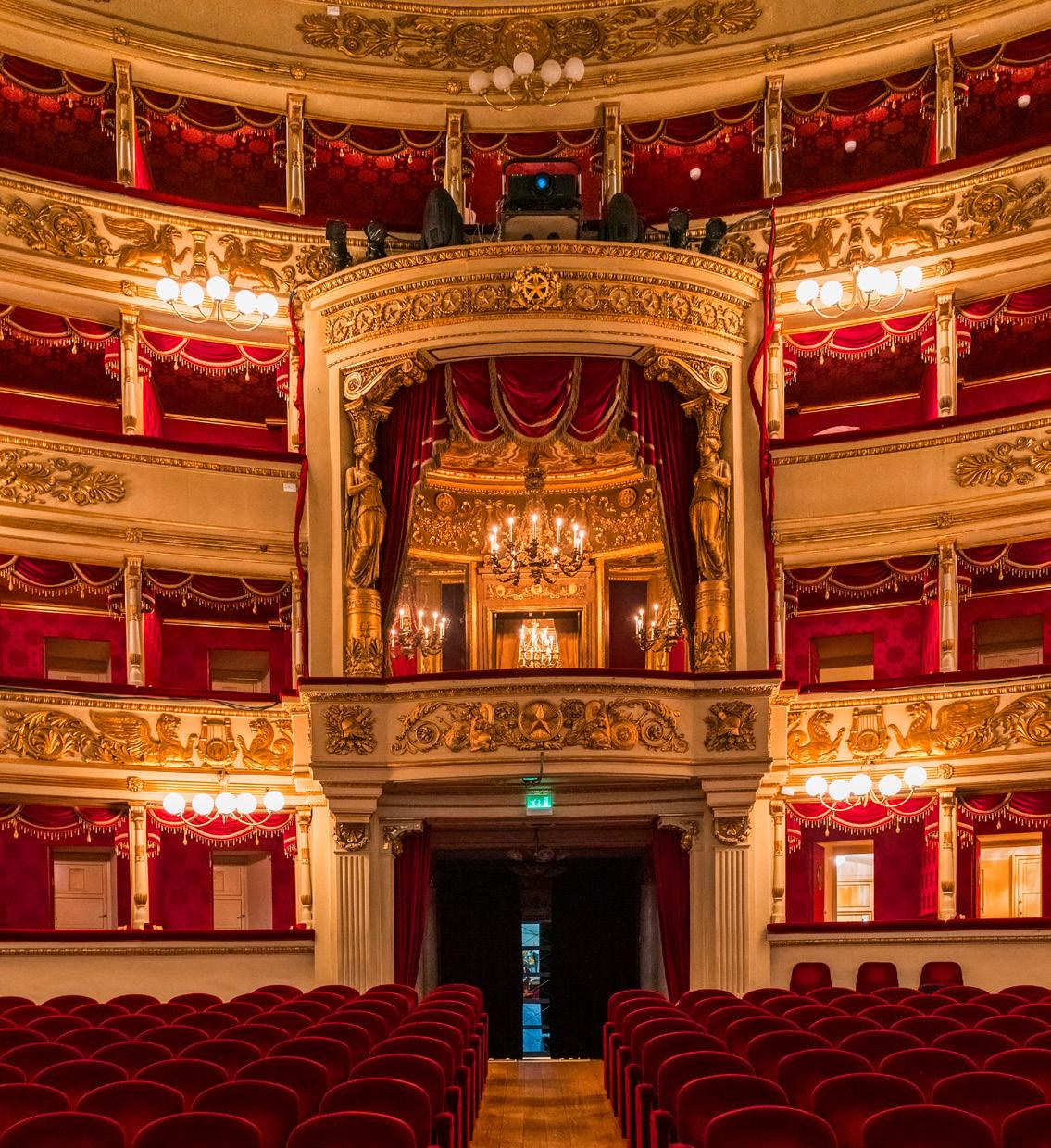
Milan’s artisans are as welcoming as they are precise.
It's easy to book craftsman tours, but spaces are always limited. Make sure that you reserve your spot in advance. To arrange a tour, book through local cultural organizations, like Arti Minori Milano, contact luxury travel companies that offer curated private tours, or ask a hotel concierge team (especially at high-end properties like Four Seasons, Palazzo Parigi, or Bulgari Hotel). Look for experiences that are intimate (4-6 guests maximum), interactive, and preferably led by a local expert or guide who speaks Italian.
Milan has always been a city of quiet power, but now, it’s humming with a new kind of energy. One that honors its Renaissance roots while boldly shaping a future steeped in creativity, design, and soul. Whether you're an art lover, a fashion follower, or simply a curious traveler, Milan’s transformation is one to witness and to feel.
Milan’s not just a city. It’s a movement.
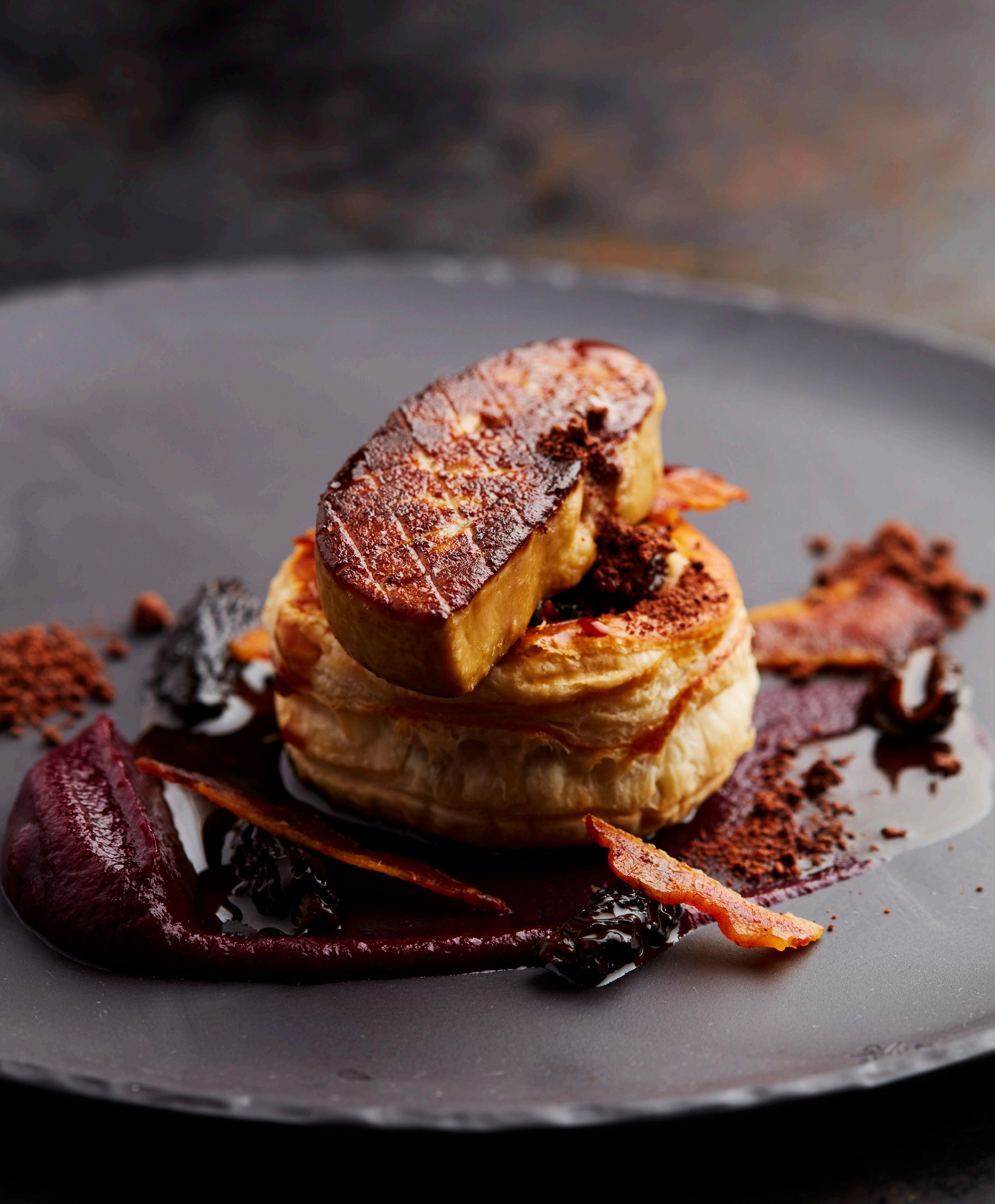
Nothing speaks to luxury like foie gras. It is rich, decadent, and delicious. Add one of the selections, and your guests will feel like royalty.
Alba White Truffle Foie Gras combines two of the most luxurious ingredients in the world: foie gras and white truffles from the Alba region of northern Italy. The result is a gastronomic experience that blends the rich, creamy texture of foie gras with the earthy, aromatic intensity of white truffles, offering a unique and indulgent flavor profile. ($200 - $400 per pound)
The Périgord region is known for producing some of the best-quality foie gras, especially from ducks and geese that are raised under traditional methods. The livers from these animals are large, fatty, and prized for their smooth texture and delicate flavor. It has a rich, smooth texture and delicate flavor. ($100 - $250 per pound)
The Moulard duck, a crossbreed between the Pekin and Muscovy ducks, is often used for foie gras production. These ducks are larger and produce foie gras with a slightly firmer texture and a stronger flavor, making it especially desirable. Known for its quality and flavor, this foie gras is particularly prized for its balance of richness, texture, and savory depth. ($50 - $150 per pound)
Canadian foie gras, particularly from geese, is known for its rich and robust flavor. Canadian producers have strict regulations and high standards for animal welfare, which also makes the foie gras more expensive. It’s buttery and rich, but not overly heavy. ($75 - $150 per pound)
CAVIAR
For those looking for the ultimate indulgence, foie gras infused with caviar is the pinnacle of luxury. The combination of the delicate and rich taste of foie gras with the briny, luxurious flavor of caviar creates a dish that is considered a top-tier delicacy. The cost is driven by the premium ingredients and the rarity of such combinations. ($500$1,000 per pound)
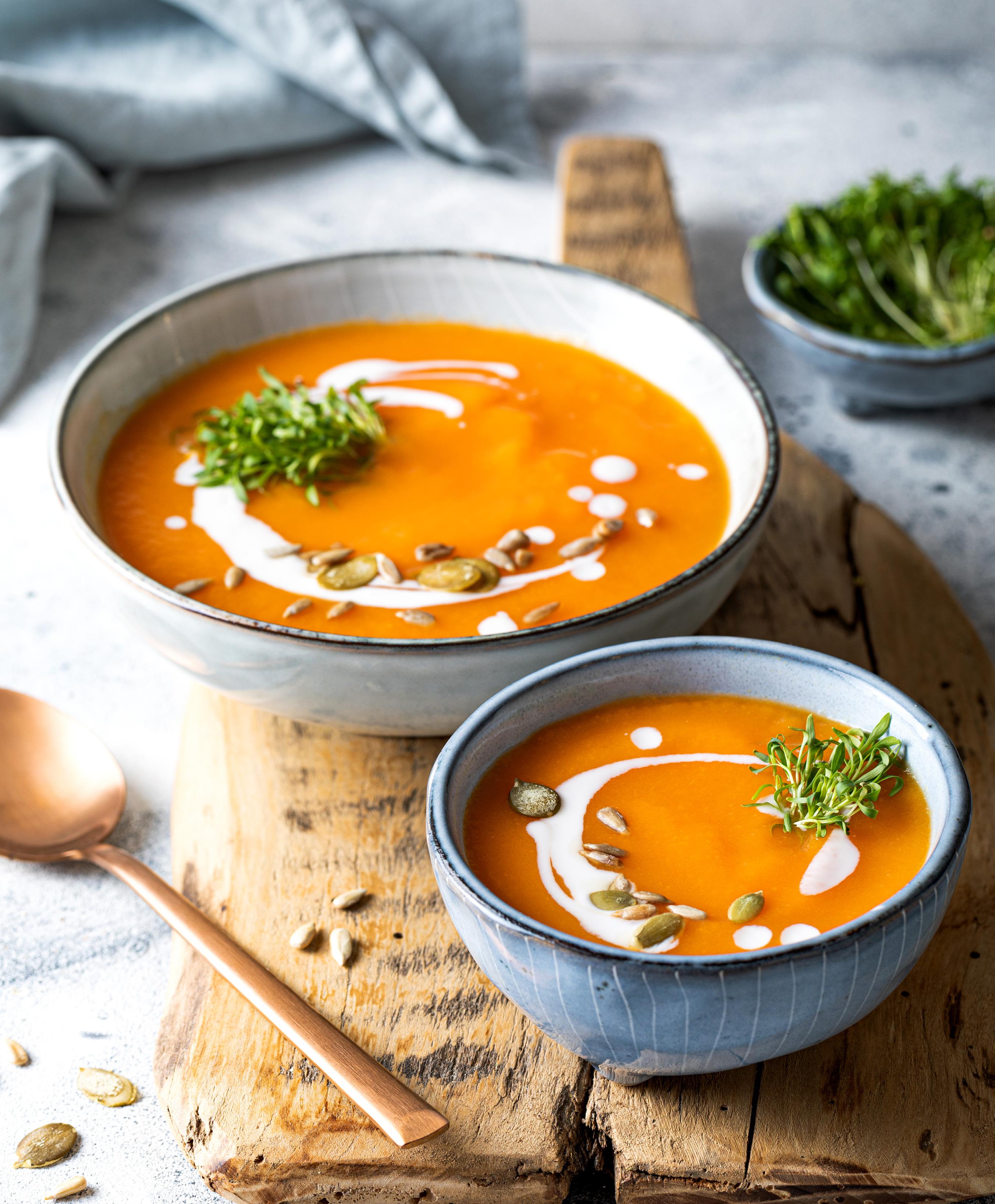
INGREDIENTS
1 large butternut squash (about 3 lbs.), peeled, seeded and cubed
2 tbsp olive oil
Salt & pepper, to taste
1 medium onion, chopped
2 cloves garlic, minced
4 cups vegetable or chicken stock
½ tsp ground nutmeg
4 tbsp unsalted butter
8 fresh sage leaves
½ cup heavy cream (optional, for richness)
Toasted pumpkin seeds (for garnish)
DIRECTIONS:
Preheat the oven to 400°F. Toss cubed squash with olive oil, salt, and pepper. Spread on a baking sheet and roast for 30–40 minutes until caramelized and tender. In a large pot, sauté the onion in a little olive oil until soft (about 5 min). Add garlic and cook for 1 min. Stir in roasted squash, nutmeg, and stock. Bring to a boil, then simmer for 15 minutes.
Purée soup with an immersion blender (or in batches in a blender) until silky smooth. Stir in cream if using.
Brown Butter Sage
In a small skillet, melt the butter over medium heat. Add the sage leaves and cook until the butter is golden and fragrant, and the sage is crisp (2–3 min).
Ladle the soup into bowls. Drizzle with brown butter and top with sage leaves and pumpkin seeds.
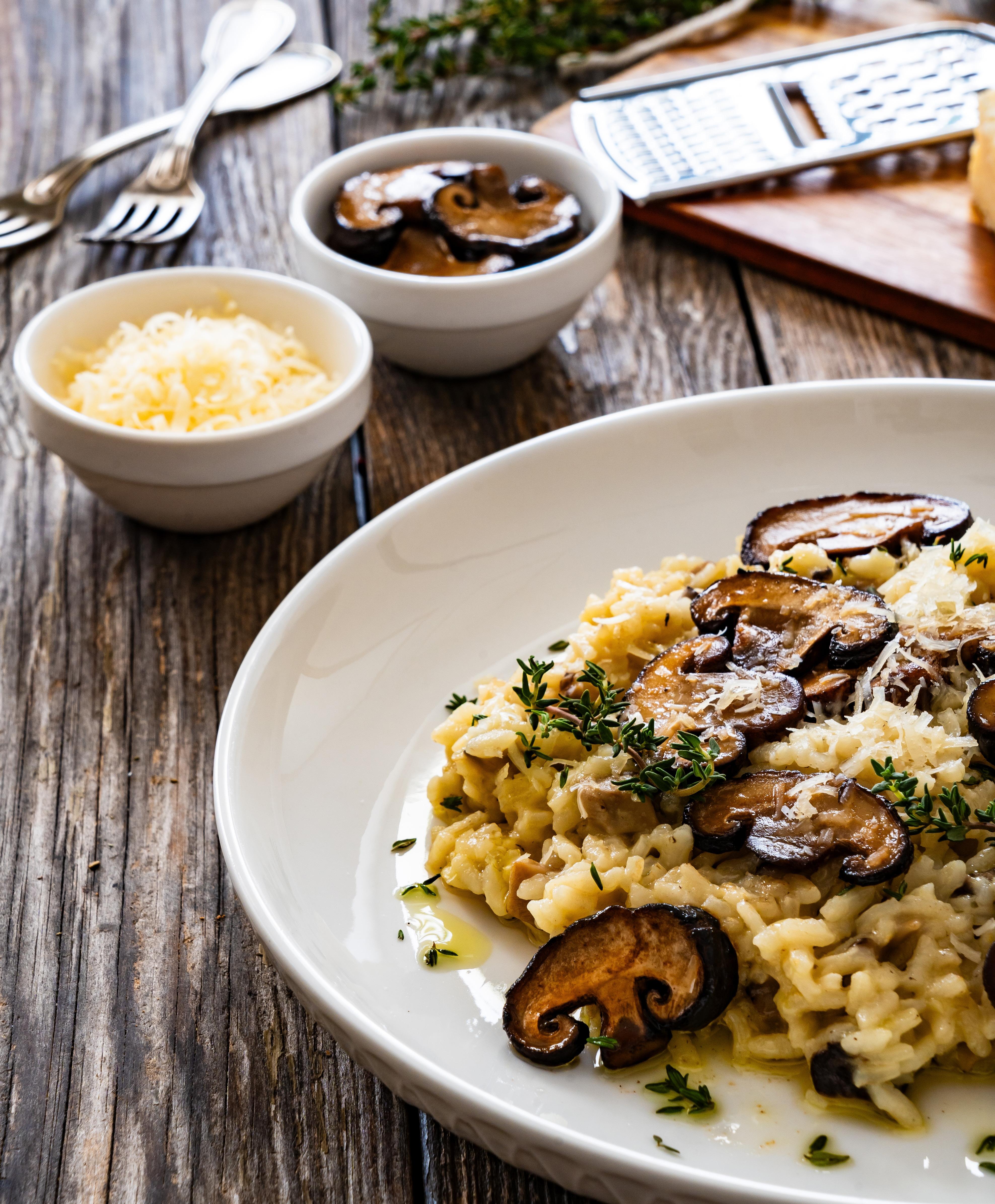
1½ cups arborio rice
1 tbsp olive oil
1 tbsp butter
1 shallot, finely chopped
2 cloves garlic, minced
1 lb. mixed wild mushrooms (chanterelles, shiitake, oyster), chopped
½ cup dry white wine
5 cups warm vegetable or chicken stock
½ cup grated Parmesan
1–2 tsp truffle oil
Salt and pepper, to taste
Chopped parsley (for garnish)
¾ cup finely grated Parmesan
Freshly cracked pepper (optional)
DIRECTIONS
Preheat oven to 375°F (190°C). Line a baking sheet with parchment. Drop 1 tbsp mounds of Parmesan and flatten slightly. Bake 5–7 minutes or until golden. Cool until crisp.
Sauté mushrooms in olive oil with a pinch of salt until browned (about 6–8 minutes). Set aside.
In a large saucepan, melt butter and sauté shallot until translucent. Add garlic, cook 1 minute. Stir in rice and toast 1–2 minutes.
Pour in white wine; stir until absorbed.
Add warm stock one ladle at a time, stirring frequently. Let it absorb before adding more. Continue for about 20 minutes until rice is creamy and al dente.
Stir in cooked mushrooms, Parmesan, truffle oil, and adjust seasoning.
Plate the risotto with a Parmesan crisp on top and a sprinkle of parsley.
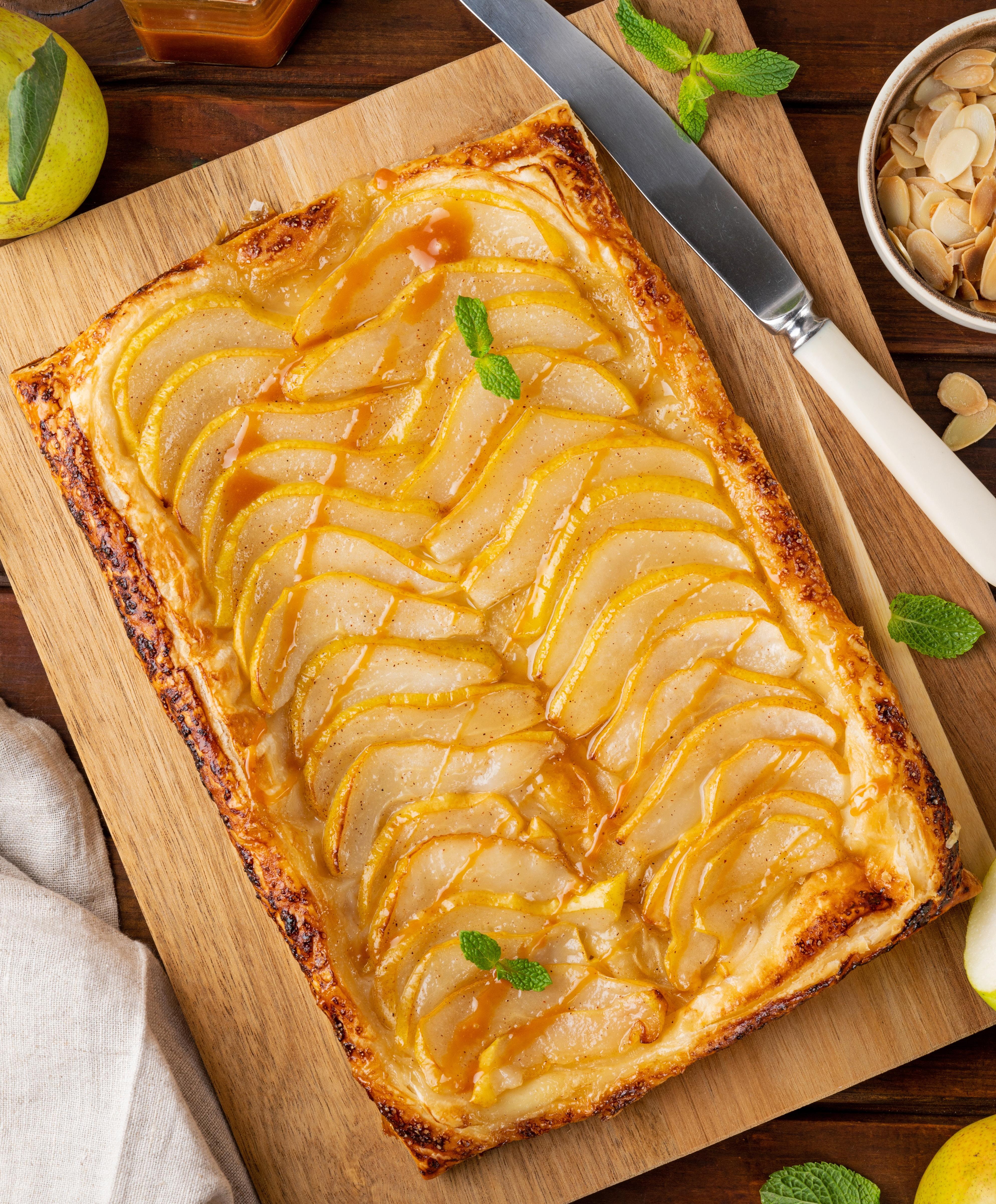
INGREDIENTS
1 sheet puff pastry, thawed
2–3 ripe pears, thinly sliced
½ cup almond flour
¼ cup sugar
1 egg
2 tbsp butter, softened
½ tsp cinnamon
¼ tsp ground ginger
Pinch of salt
1 tsp vanilla extract
1 tbsp maple syrup (for brushing)
1 cup heavy cream
2 tbsp maple syrup
½ tsp vanilla extract
DIRECTIONS
Preheat oven to 375°F. Line a baking sheet with parchment.
Mix almond flour, sugar, butter, egg, cinnamon, ginger, salt, and vanilla until smooth.
Roll the puff pastry slightly and place it on the sheet. Score a 1-inch border.
Spread the almond mixture inside the border. Arrange pear slices over the top.
Brush the pears with maple syrup.
Bake 30–35 minutes until golden and puffed.
Whip cream with maple syrup and vanilla until soft peaks form.
Slice tart and serve warm with a dollop of maple whipped cream.
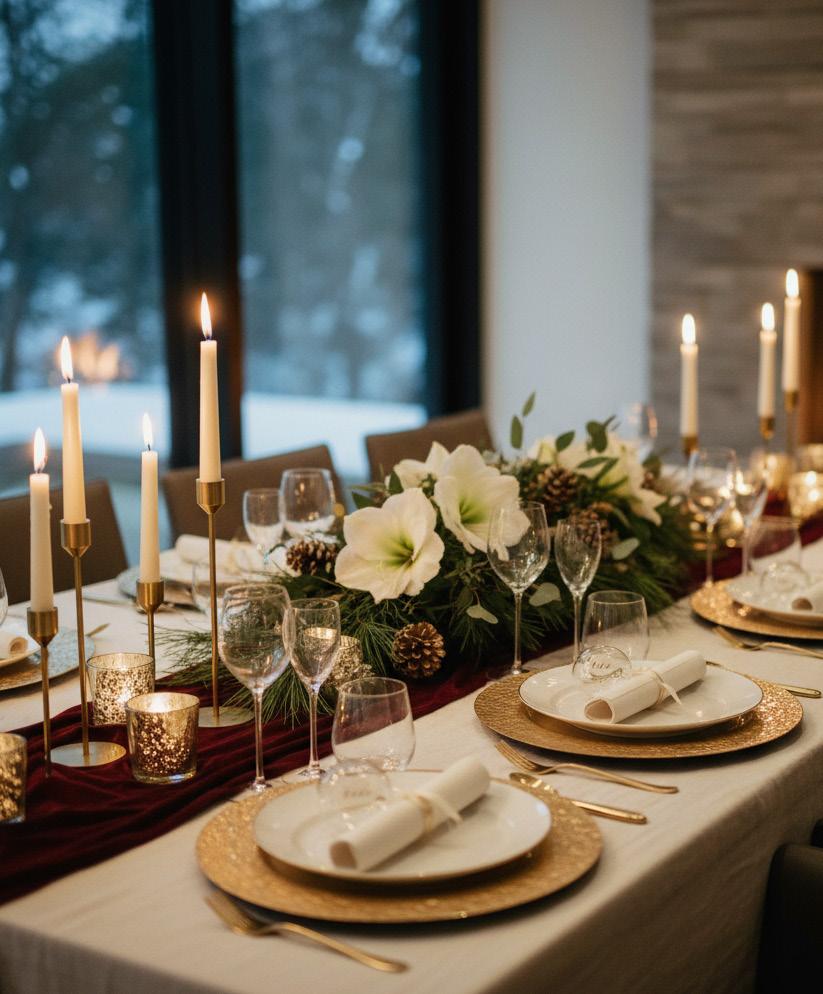
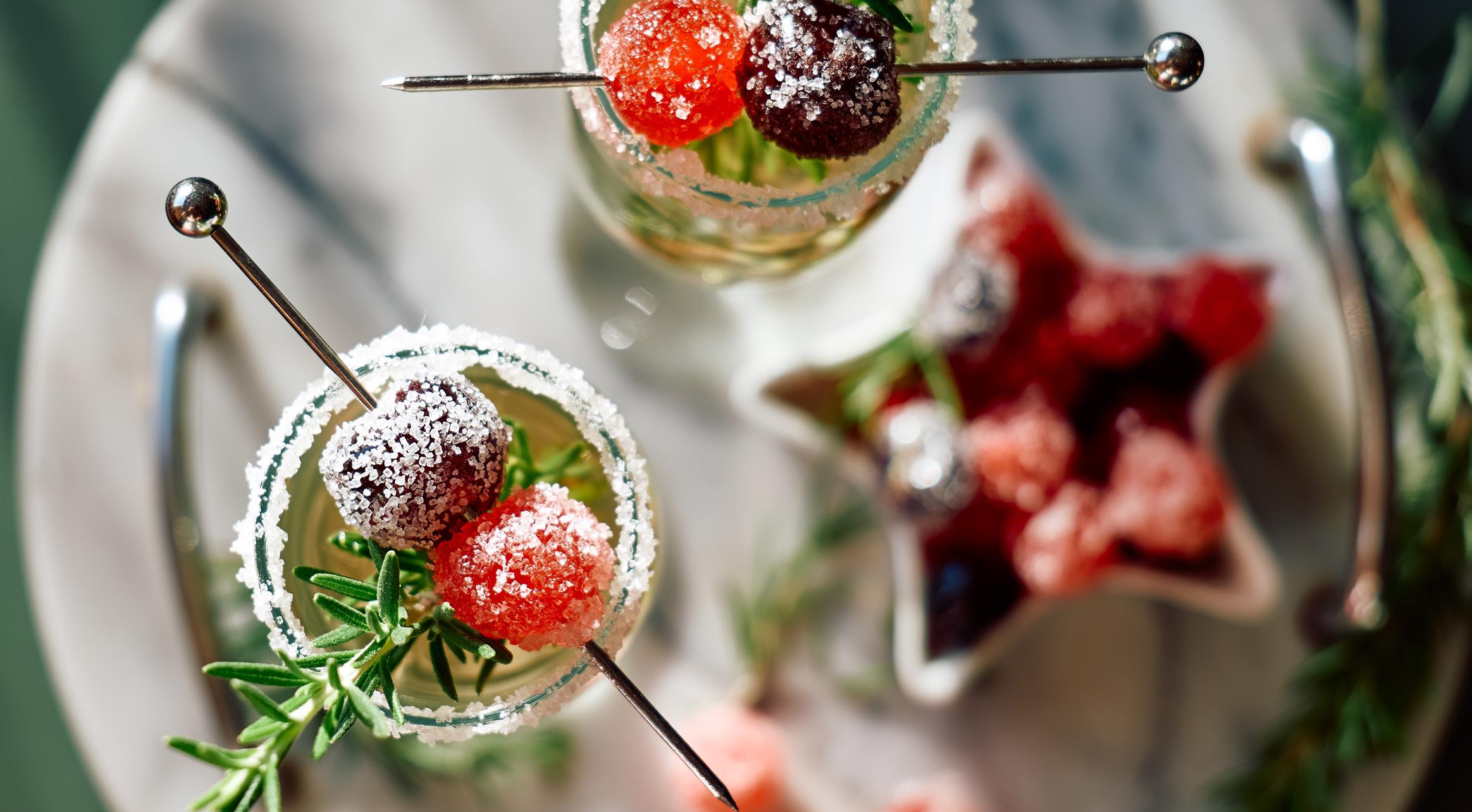
There is one thing that remains at the heart of the season. That is gathering around the table for a heartfelt Christmas dinner. It’s not just a meal, it’s a memory in the making, a celebration of tradition, flavor, and being together with those who mean the most to you.
From truffled bisques and champagne-poached pears to gold-dusted tarts and velvet table settings, this experience is designed not just to nourish, but to enchant.
Imagine…
A dining table draped in ivory linen, accented by a velvet runner in forest green or rich burgundy. Crystal glasses gleaming under candlelight and gold-trimmed china that awaits each course. A low centerpiece of white roses, pine branches, and gilded pinecones that reflects a seasonal beauty. Name cards tucked into glass baubles; menus printed on textured cardstock and soft jazz versions of holiday classics that drift in the background. Does that not sound magical?
For a touch of fun, place Christmas crackers on each plate for a whimsical, interactive tradition that guests of all ages enjoy.
Begin the evening with a Sparkling Cranberry Champagne Cocktail, poured into coupe glasses and garnished with sugared cranberries and fresh rosemary. It’s crisp, celebratory, and the perfect prelude to the feast ahead.
At the center of every Christmas dinner is the showstopping main dish. The classic roast turkey – golden, crispy-skinned, and herb-buttered – is a timeless choice. Stuff it with aromatics like lemon, rosemary, and thyme for flavor that perfumes the entire home. Prefer a twist? Serve up a honey-glazed ham studded with cloves, a luxurious Beef Wellington, or even a tasty Salmon Wellington to please your guests’ taste buds. Whichever you choose, each bite should be a nod to comfort. Moist and rich and tempting diners to indulge in second helpings.
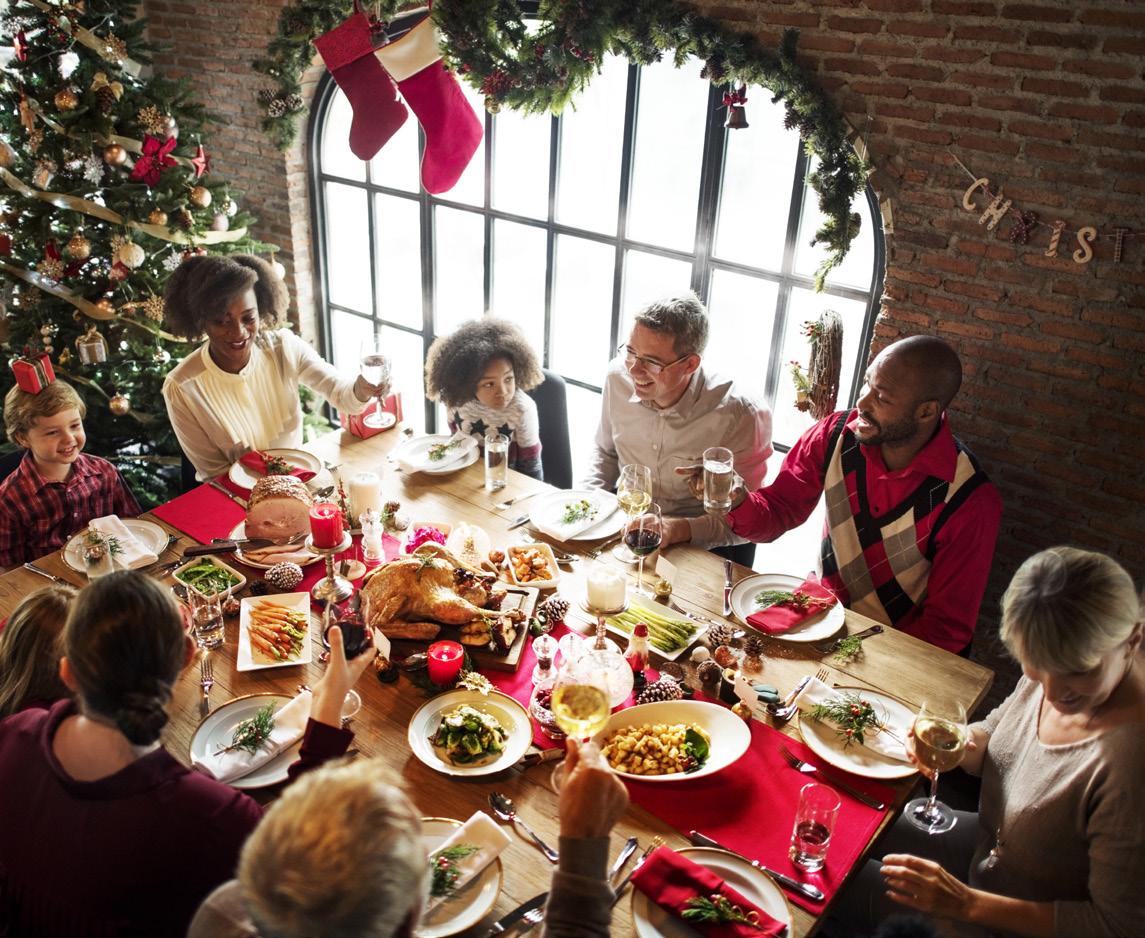
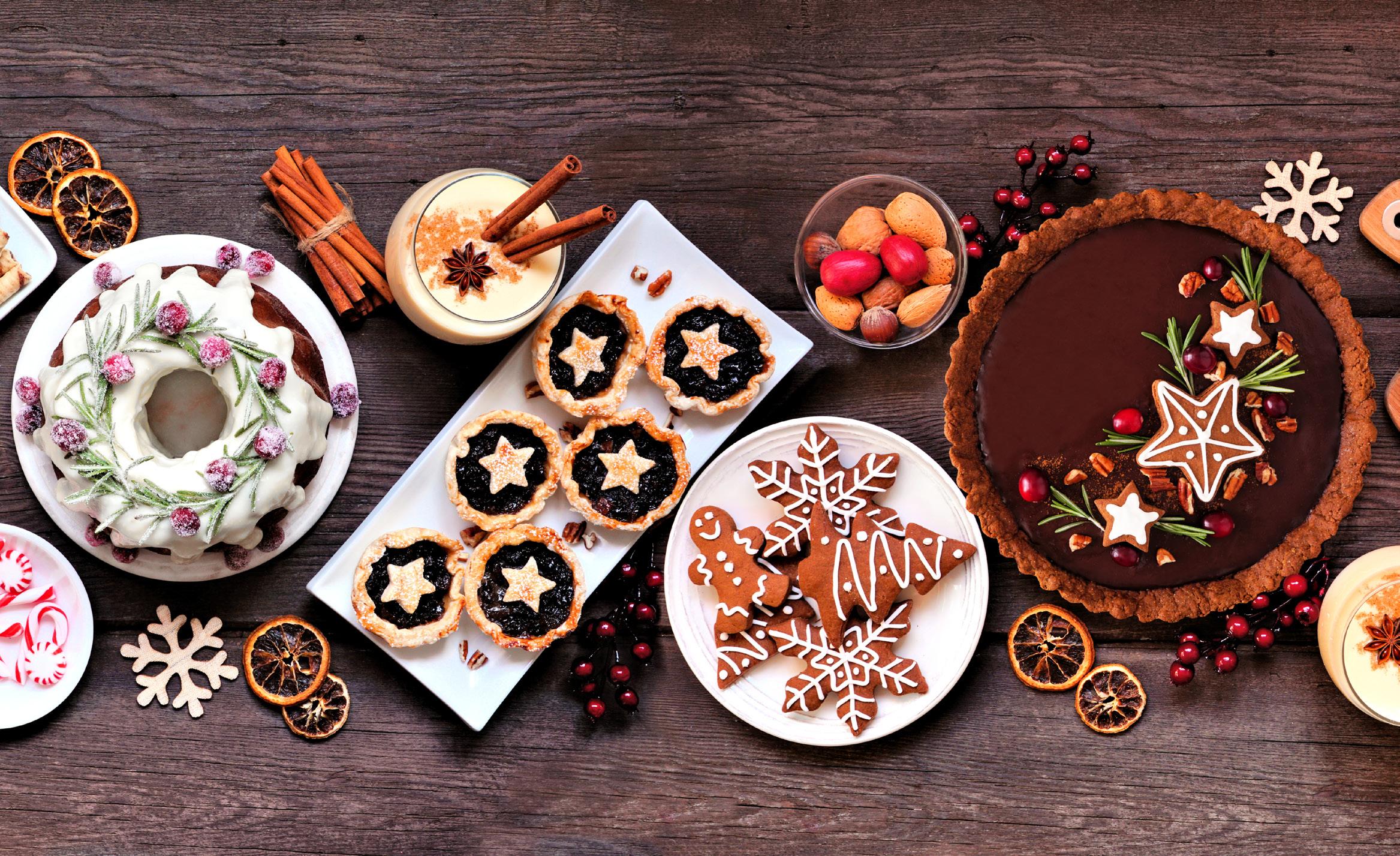
No Christmas dinner is complete without a chorus of wellexecuted sides. Crispy roasted or mashed potatoes, mapleglazed rainbow carrots, parsnips, Brussels sprouts sautéed with pancetta or roasted with chestnuts – the gang’s all here. Add a splash of color with green beans almondine or a beet and citrus salad. Of course, we can’t forget a delicious and classic sage and onion stuffing (add apple or chestnuts for a seasonal twist) and a bright, tart cranberry sauce. The different flavors and textures will wow your guests.
When it comes to dessert, Christmas invites indulgence. Serve a traditional Christmas pudding with brandy butter or double cream. Present a Bûche de Noël. And, of course, pies are always welcome. Serve a dark chocolate bourbon pecan tart or a salted caramel apple pie with cheddar crust. Also, the Grande Dame of the season – the pumpkin pie –still reigns. It’s not just relegated to Thanksgiving.
Offer guests a cheeseboard and a glass of port to invite post-dinner conversation. Or wheel out a coffee and liqueur cart for guests to choose from espresso, Irish coffee, or an
amaro. A peppermint hot chocolate will please the sweettoothed traditionalist. Set out petit fours and truffles on silver trays: peppermint bark squares, shortbread cookies, and salted caramel truffles. It’s the grown-up version of Santa’s cookie plate.
The true magic of Christmas dinner lies in the details. The scent of cloves and oranges simmering on the stove, the flicker of candlelight, the soft strains of classic carols or instrumental jazz in the background. This is true right up to the end of the evening.
As guests depart, hand each a small gift box wrapped in metallic paper. Inside include a handmade cookie, a personalized note, and a cinnamon stick tied with ribbon. A gesture of warmth to close the evening and carry the spirit home.

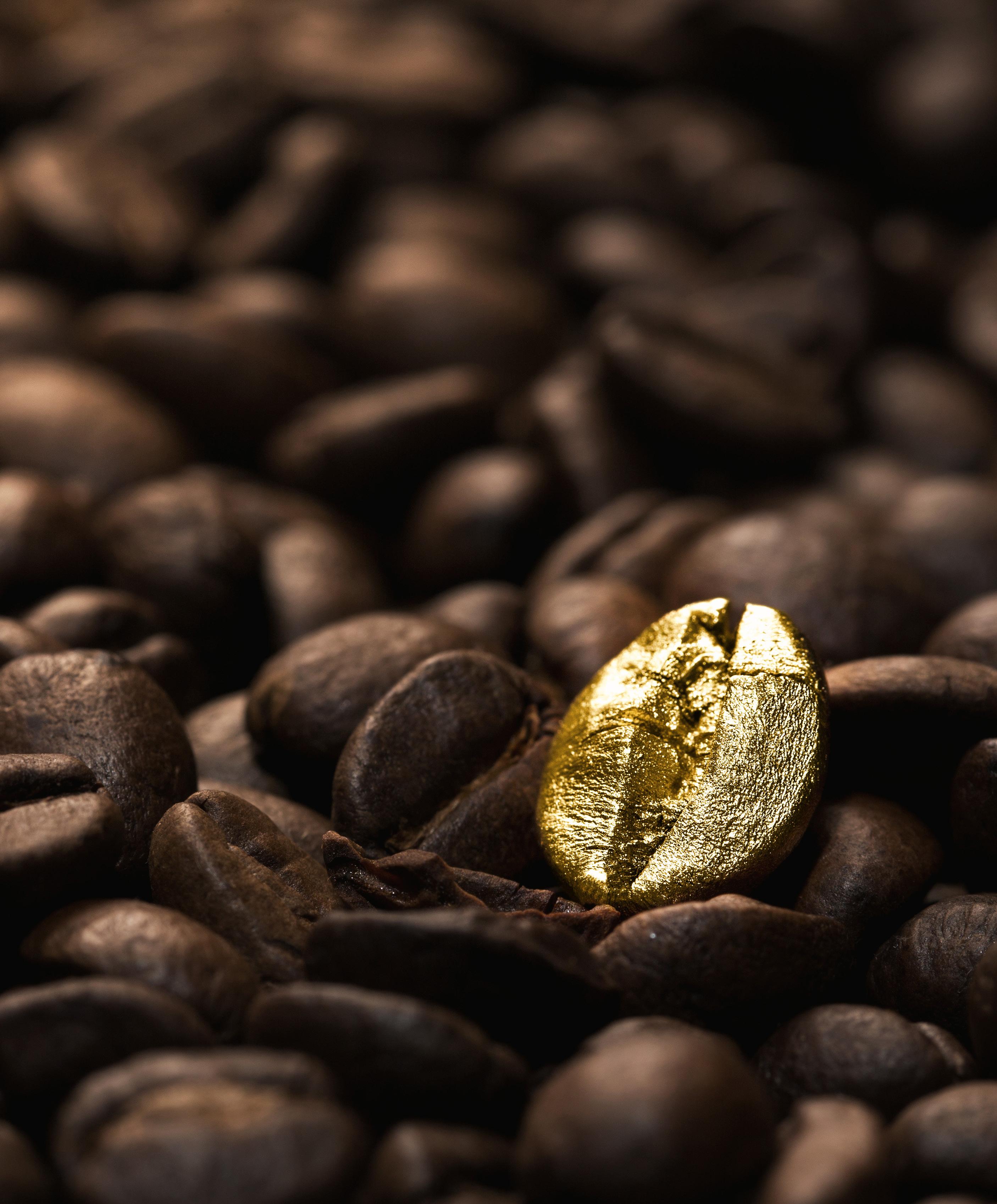
After a sumptuous dinner, who doesn’t appreciate that final cup of coffee? Serve one of these types, and your guests will appreciate your nod to fine beans.
KOPI LUWAK
From Indonesia and known as "civet coffee," Kopi Luwak is made using beans that have been eaten and then excreted by civet cats. The fermentation process that occurs in the digestive system of the animal is said to impart a unique and smooth flavor to the coffee. One of the most notable features of Kopi Luwak is its smoothness. The fermentation process is believed to break down certain compounds in the coffee beans, which results in a coffee that is less acidic than traditional coffee. ($100 - $600 per pound)
BLACK IVORY COFFEE
Like Kopi Luwak, Black Ivory coffee is made in Thailand using beans that have been eaten and excreted by elephants. The rarity and labor-intensive production process contribute to its high price. The coffee is typically described as mellow, soft, and easy on the palate with a clean, smooth finish. ($500 - $1,500 per pound)
Jamaican Blue Mountain Coffee
Grown in the Blue Mountains of Jamaica, this coffee is one of the most soughtafter and expensive in the world. The region’s unique climate and soil contribute to the coffee’s mild flavor, with low acidity and a smooth, almost sweet profile. ($50 - $250 per pound)
HAWAIIAN KONA COFFEE
Kona coffee comes from the volcanic slopes of the Big Island of Hawaii, where the rich soil and unique climate conditions make for the perfect growing environment. The beans are hand-picked and often sun-dried, which adds to their cost. Kona coffee is known for its smooth flavor and low acidity, which makes it gentle on the stomach and provides a smooth, balanced flavor without any sharp, tangy notes. ($30 - $100 per pound)
PANAMA GEISHA COFFEE
Geisha coffee is famous for its unique flavor profile, which includes fruity, floral, and tropical notes. It is grown at high altitudes in Panama’s Boquete region, and the beans are known for their complexity. It is harvested in limited quantities, making it rare and expensive. One of the most distinctive aspects of this coffee is its floral bouquet. It’s often compared to the fragrance of jasmine, orchid, or rose petals. ($350 - $600 per pound)
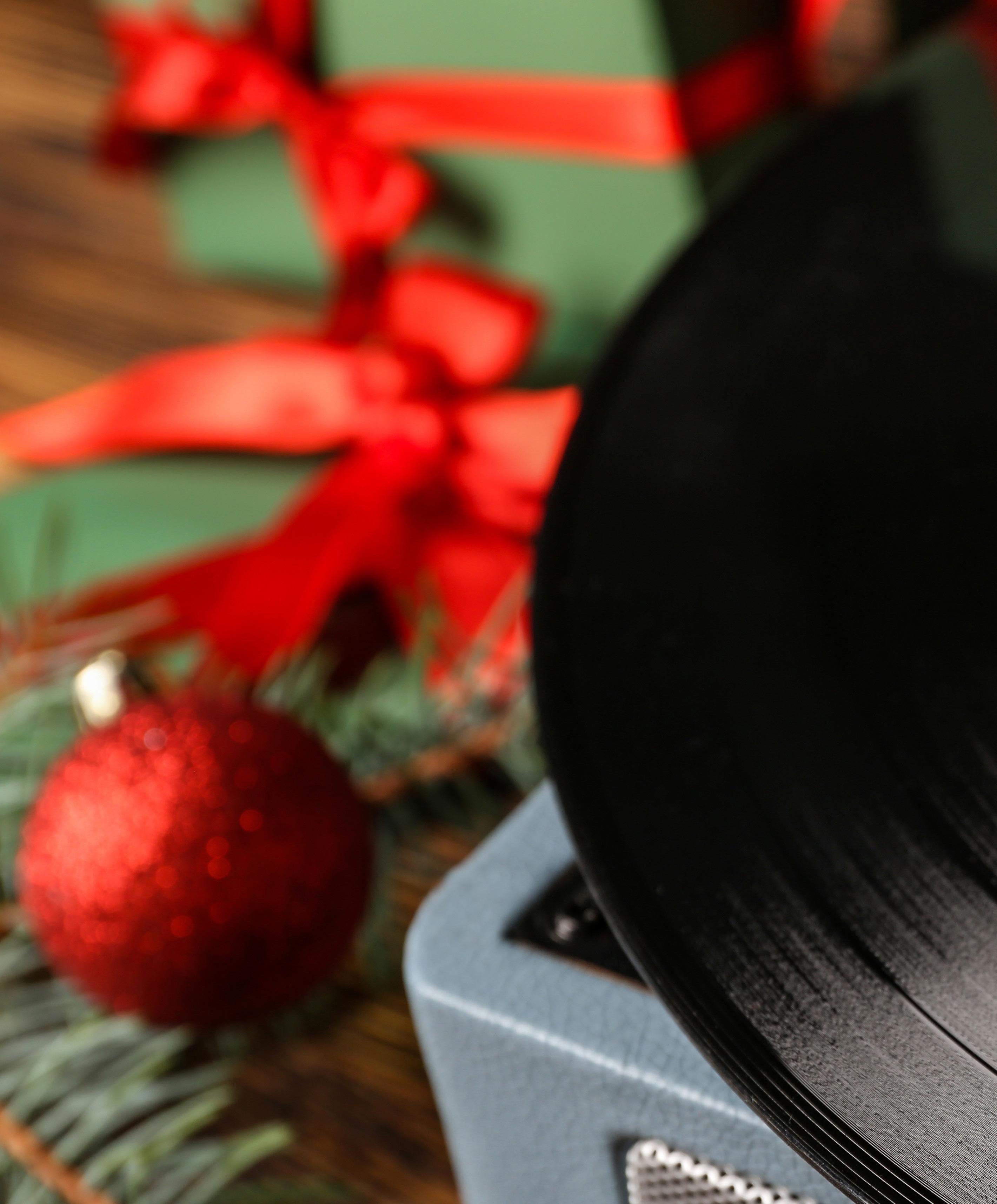
Your soundtrack is the soul of the soirée. No matter how stunning your tablescapes are or how well-chilled the champagne is, a holiday party without the right music falls flat. A perfectly curated playlist is like an invisible host. It sets the tone, guides the energy, and keeps the conversation – and cocktails – flowing.
Whether you’re planning an intimate holiday dinner or a sparkling New Year’s Eve bash, it’s easy to craft a holiday playlist that feels timeless, stylish, and unforgettable.
A great playlist is all about balance. Vintage charm followed by fresh style. Nostalgic classics next to indie covers or modern remixes. Think Bing Crosby meets Sia, or Ella Fitzgerald followed by Leon Bridges. Create a rhythm of familiarity and surprise to keep guests engaged and uplifted.
Treat your playlist like a well-paced dinner menu, but avoid jarring energy shifts. Playlists should flow seamlessly.
When guests arrive and are sipping cocktails, keep it soft and sophisticated. Light jazz, piano covers, downtempo holiday tracks. These songs create a warm, upscale atmosphere without overpowering conversation. “My Favorite Things” by John Coltrane, “Have Yourself a Merry Little Christmas” by Michael Buble, and “The Christmas Song” by Nat King Cole will ease guests into the evening.
As the drinks flow and food is nibbled, moments full of soulful holiday classics, tasteful modern pop, and nostalgic favorites arrive on the scene. Mix the smooth charm of “Last Christmas” by Wham! with “Santa Baby” by Eartha Kitt. “Christmas Lights” by Coldplay and “Winter Wonderland” by Tony Bennett. Have “Sleigh Ride” by the Ronettes introduce “Underneath the Tree” by Kelly Clarkson. The list – quite literally – goes on and on.
As the party moves into late-night mingling or impromptu dancing, don’t be afraid to throw in a few fun, upbeat choices with a festive sparkle. “Santa Tell Me” by Ariana Grande, “Feliz Navidad” by José Feliciano, and “Rockin’ Around the Christmas Tree” by Brenda Lee (or a disco remix) all do the trick.
Be careful not to repeat. Everyone knows “All I Want

for Christmas Is You,” but that doesn’t mean it needs to be played three times. Be selective. Curate with care and avoid overplaying novelty tracks or songs that clash with your ambiance.
Add a few non-holiday tracks that reflect your taste. It makes the playlist feel curated, not canned. A little indie soul, acoustic folk, or even a glam throwback track adds personality. And if your guests always associate you with a certain genre? Embrace it. A signature music moment is part of what makes a party memorable.
Finally, make your playlist longer than your event. Aim for 4–5 hours minimum so you’re not repeating tracks.
Remember, a truly great playlist flows – not just from genre to genre but from mood to mood. It’s not just background noise. It’s the undercurrent of your celebration. Done right, it makes the room feel warm, alive, and effortlessly festive.
So, pour the bubbly, light the candles, press play, and let the holiday magic unfold.
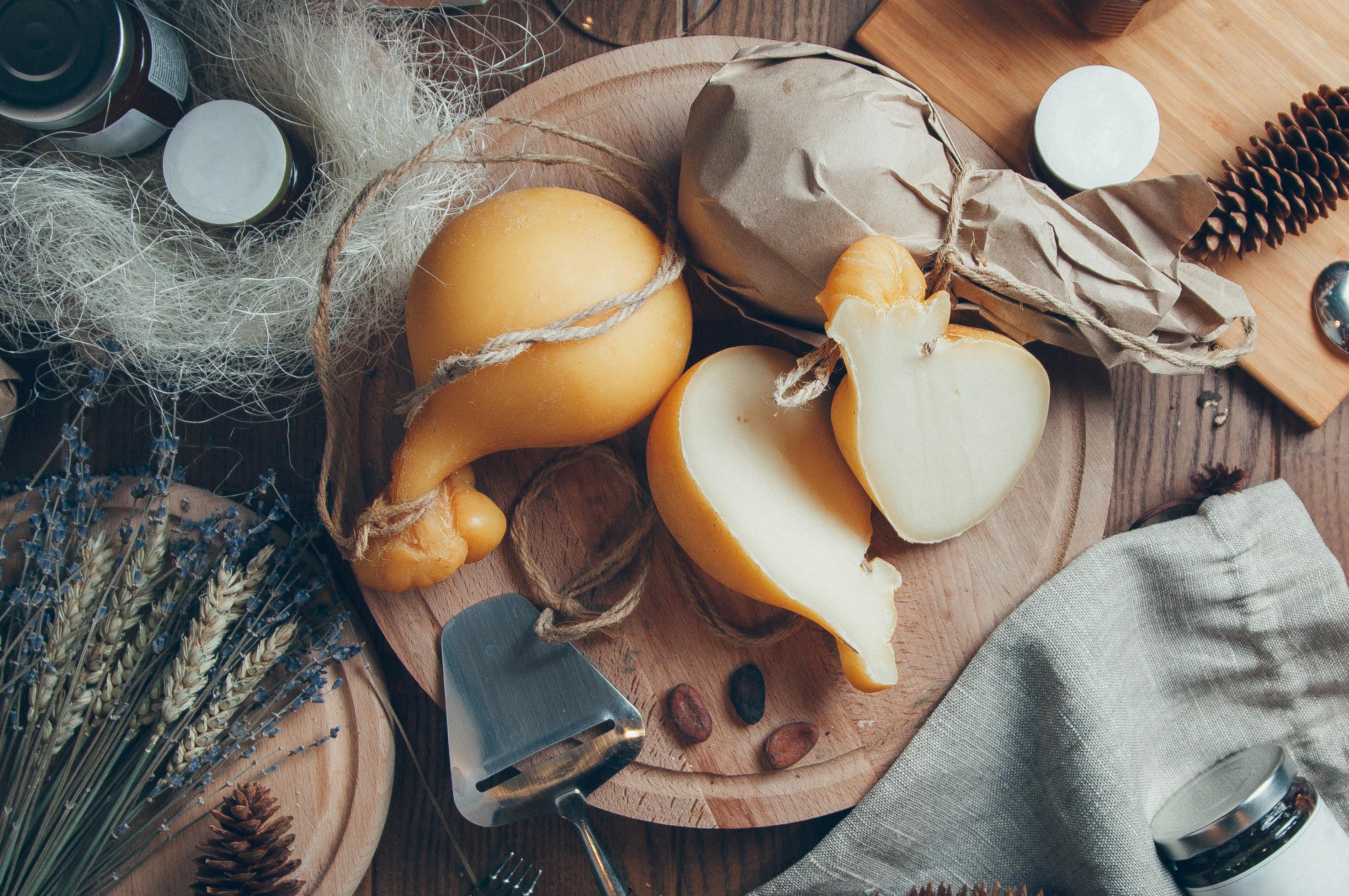
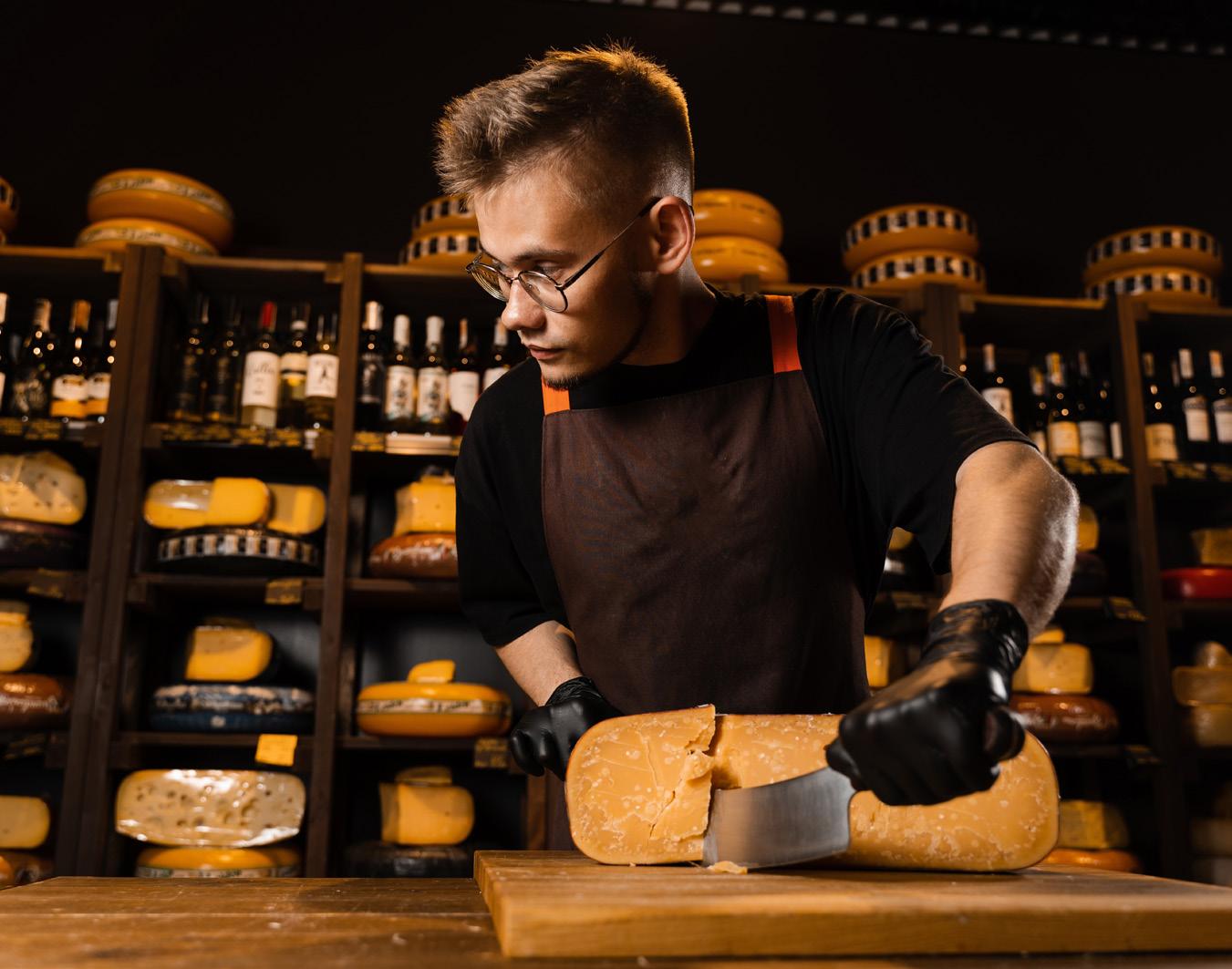
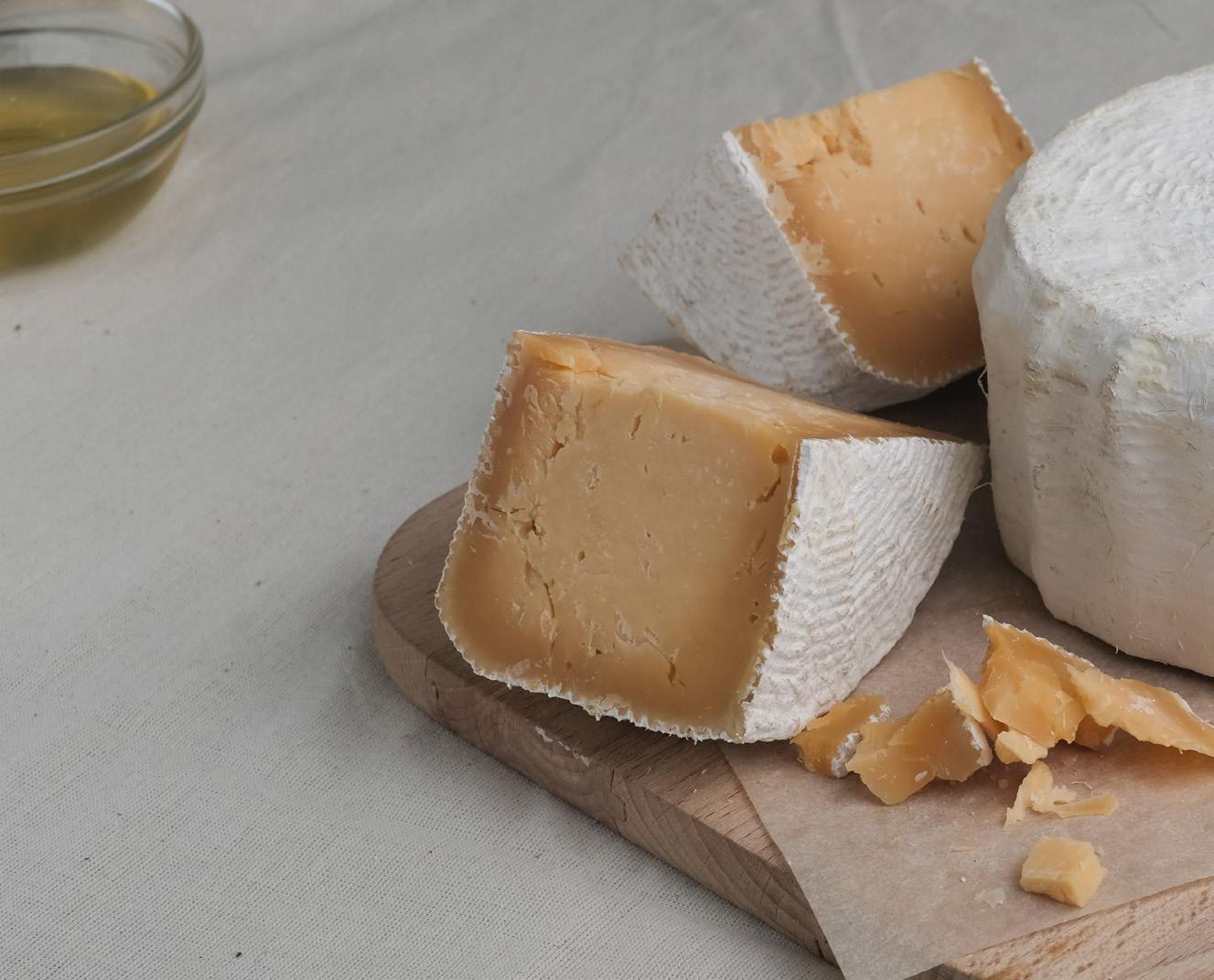
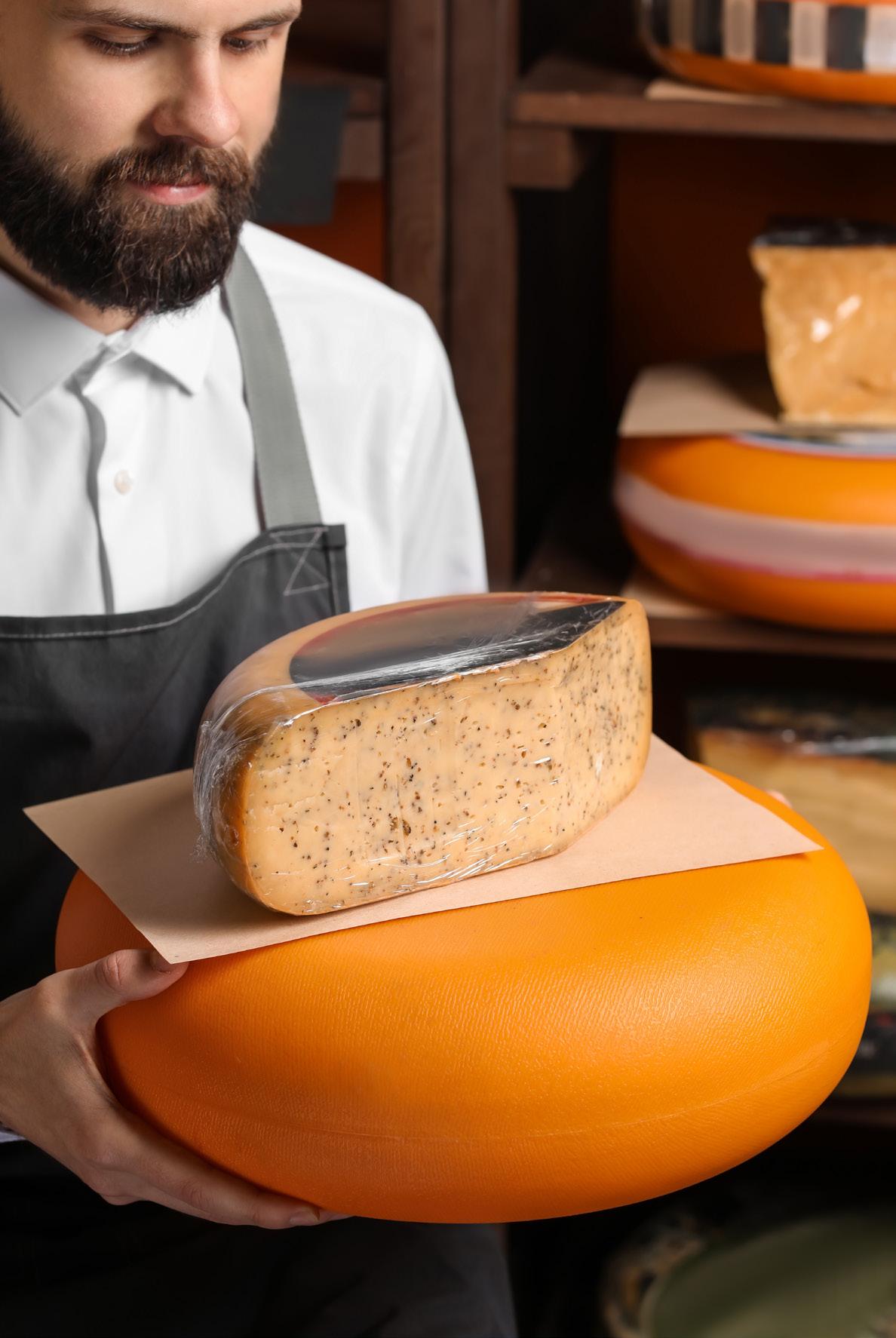

Cheese boards are always welcomed by guests. Luxury, rare cheese, even more so. These are the top five luxury cheeses to wow your dinner guests with.
From Serbia, this cheese is said to be one of the finest in the world. Made from donkey’s milk, it’s produced at a special farm where a small herd of Balkan donkeys is milked. Pule cheese has a delicate, soft texture and a mild, creamy flavor. It also has a slight sweetness and a buttery finish, thanks to the high fat content of donkey milk. Pule is traditionally aged in caves so it can develop a subtle earthy or nutty undertone. ($1,000 - $1,100 per pound)
This cheese is handcrafted in the Loire Valley. The aging process is very meticulous, and only a limited quantity is produced. It’s made from cow's milk and is often regarded for its distinct, luxurious texture and mild, buttery taste. It’s not overly salty or pungent, but its richness gives it a comforting, mild flavor that some liken to brie or camembert but with a more delicate profile. ($500 - $600 per pound)
Caciocavallo Podolico has a rich, deep, nutty flavor with savory undertones, which comes from the high-quality milk of the Podolica cows. The flavor is often compared to ParmigianoReggiano but with a distinct earthiness that is more robust and less sharp. When young, the cheese has a mildly tangy edge, but as it ages, the tanginess develops into more complex, buttery, and fruity notes. Some people also describe hints of spicy flavors.
Like regular White Stilton, the base flavor is mild, creamy, and slightly tangy with a subtle sweetness. It doesn’t have the strong, sharp bite of blue Stilton but retains a creamy, crumbly texture. Many versions of White Stilton Gold feature dried fruit pieces like apricots, mango, or peach embedded in the cheese. The addition of edible gold flakes (often 22-karat gold) doesn't affect the flavor itself but contributes to the visual appeal, making the cheese feel extra luxurious. ($400 per pound)
Moose cheese is known for its mild, creamy flavor that is not overly sharp or strong. It is described as having a subtle, delicate taste with light dairy notes. The flavor is often described as rich, with a slight sweetness. The texture is typically creamy, with a smooth finish, making it a pleasant and mild cheese that can be eaten on its own or paired with a variety of accompaniments. It’s extremely rare, as there are only a few farms in Sweden that produce it. ($1,000 per pound)
This fall, trends in fashion are all about comfort and throwbacks. Think oversized layers, earthy hues and pinstripes.
FRINGE
Fringe accents are adding playful movement in many wardrobes this season. It’s back with purpose on skirts, jackets, and even accessories. These swishy details were featured on the Stella McCartney runways for the fall season. Ungaro and McQueen incorporated fringe in bold and textural ways, too.
Leather skirts – both genuine and vegan – are commanding attention this season. Especially in midi lengths. Hermès melded felt with leather to create structured outerwear, while Tory Burch leaned into quirkiness with refinements in tailored leather aviator jackets and pencil skirts. Chocolate, black, and neutral tones are favored as classic foundations that can be styled up or down.
Purple takes the spotlight this fall! From lilac to violet, the color is injecting a regal flair into leather skirts, coats and sweaters. Miu Miu, Versace and Gucci all embraced these hues to elevate their fall collections.
PREPPY CHIC
Preppy is back! After lying dormant for decades, expect to see the preppy look back on the streets near you. Crisp Oxford shirts, tweed blazers, chunky knits, polo shirts, loafers, and corduroy trousers remain foundational. Jonathan Anderson for Dior and Michael Rider for Celine have reinterpreted the look with oversized rugby shirts, relaxed fits, and collegiate motifs. Checks
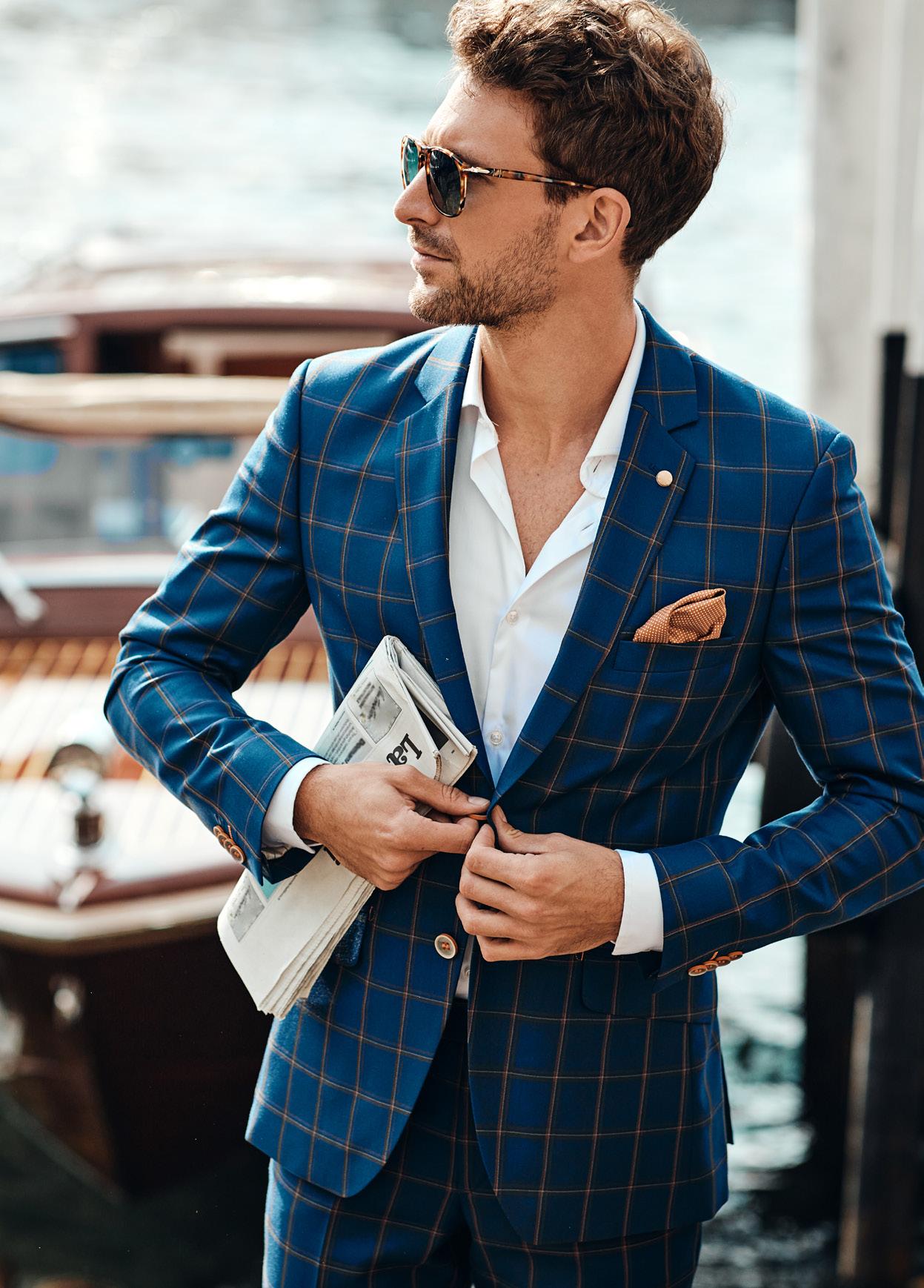
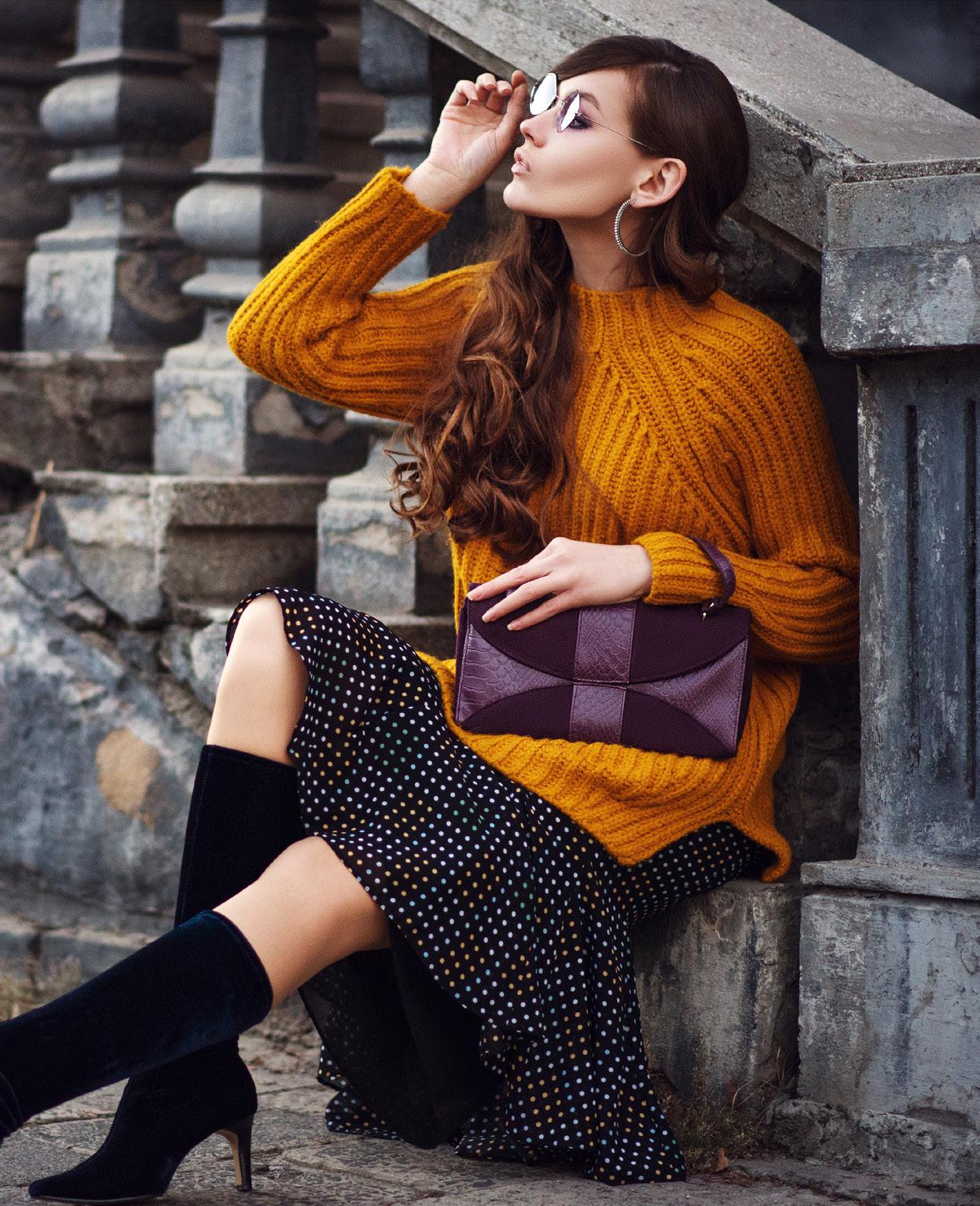
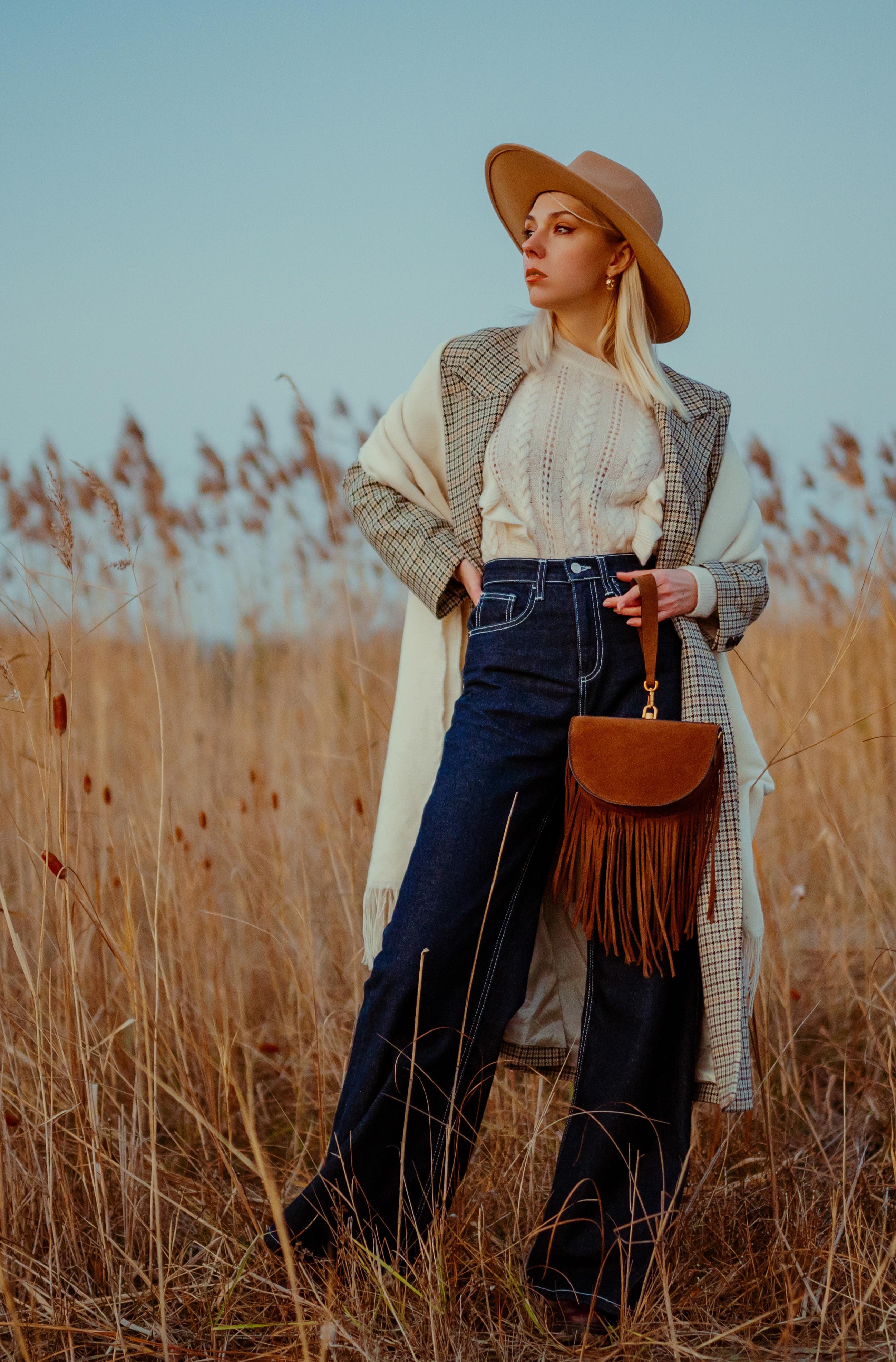
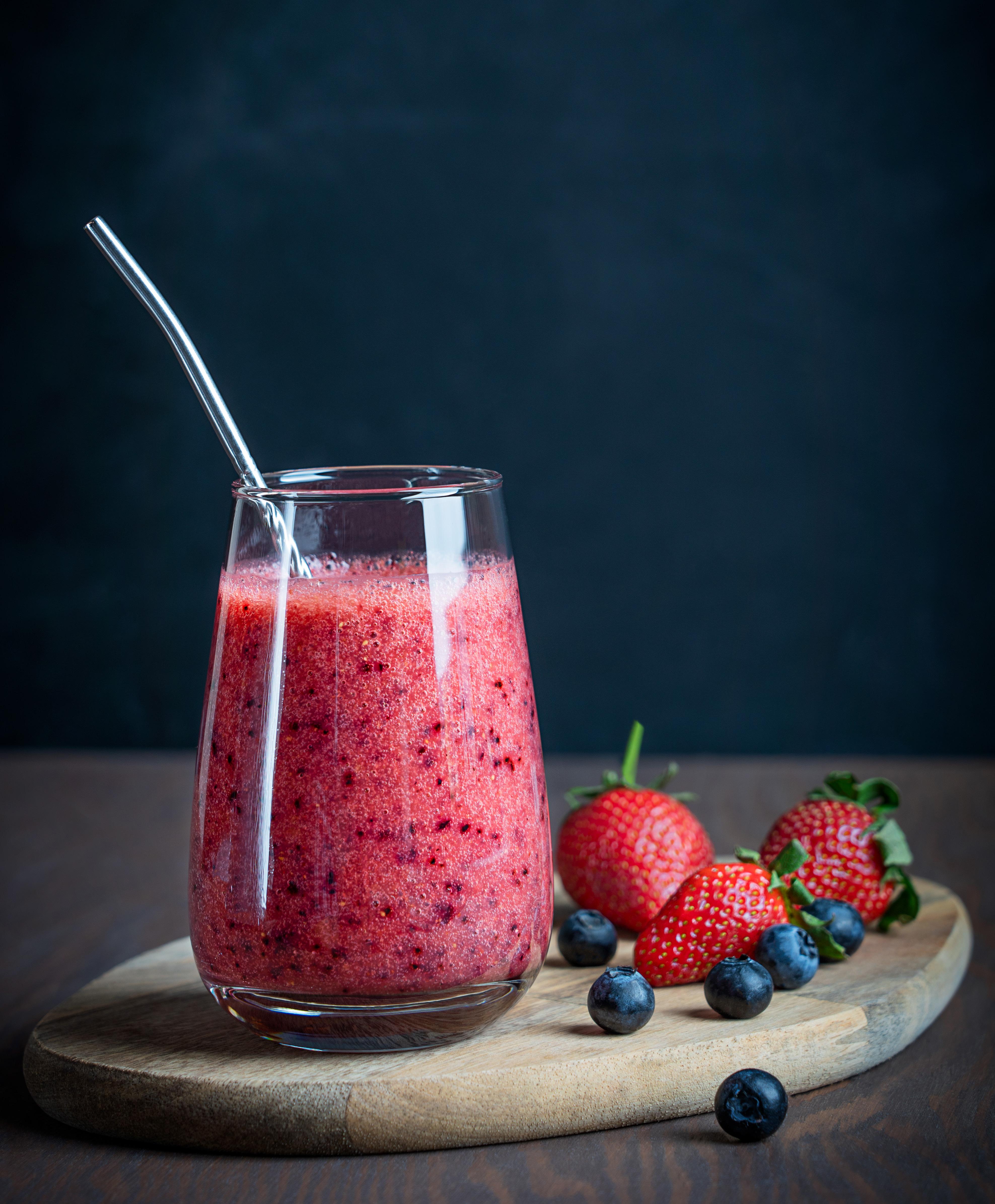
by Charles M. Tappan, Jr.
Glassware: Highball Glass
Ingredients:
2 oz. Reyka Vodka
1 oz. Aperol
4 oz. Naked Juice Blue Machine
4-5 Frozen Strawberries
Ice and water*
Garnish: ½ orange Slice
Directions: Combine ingredients in a blender, and blend till desired consistency is reached. *Note: Balance the levels of ice and water to achieve wanted texture for shake. Garnish serve and enjoy.
Flavor Profile: The Naked Juice Blue Machine packs a lot of flavor, and while it’s primarily blueberry, it also has apple and banana mixed into it too. The strawberries are a classic pairing with the blueberries, as they have a touch more sweetness. The Aperol adds a touch of orange, and a touch of bitter, to balance the fruit forward profile and to add depth.
Background: When family is over, the days can get a little hectic. A fruit smoothie is one of the most refreshing ways to start a day. Here is a different type of smoothie. The vodka carries the flavor of the fruit and aids by combining all the different berry tones into one. Aperol is a lightly bittered aperitif, which means it helps with digestion, while at the same time pairs back residual sugar from the fruit.
Notes: With more ice, the drink becomes thicker. The more water, the thinner. If you want an extra thin drink, use a mesh strainer to take out any excess seeds from the fruit added.
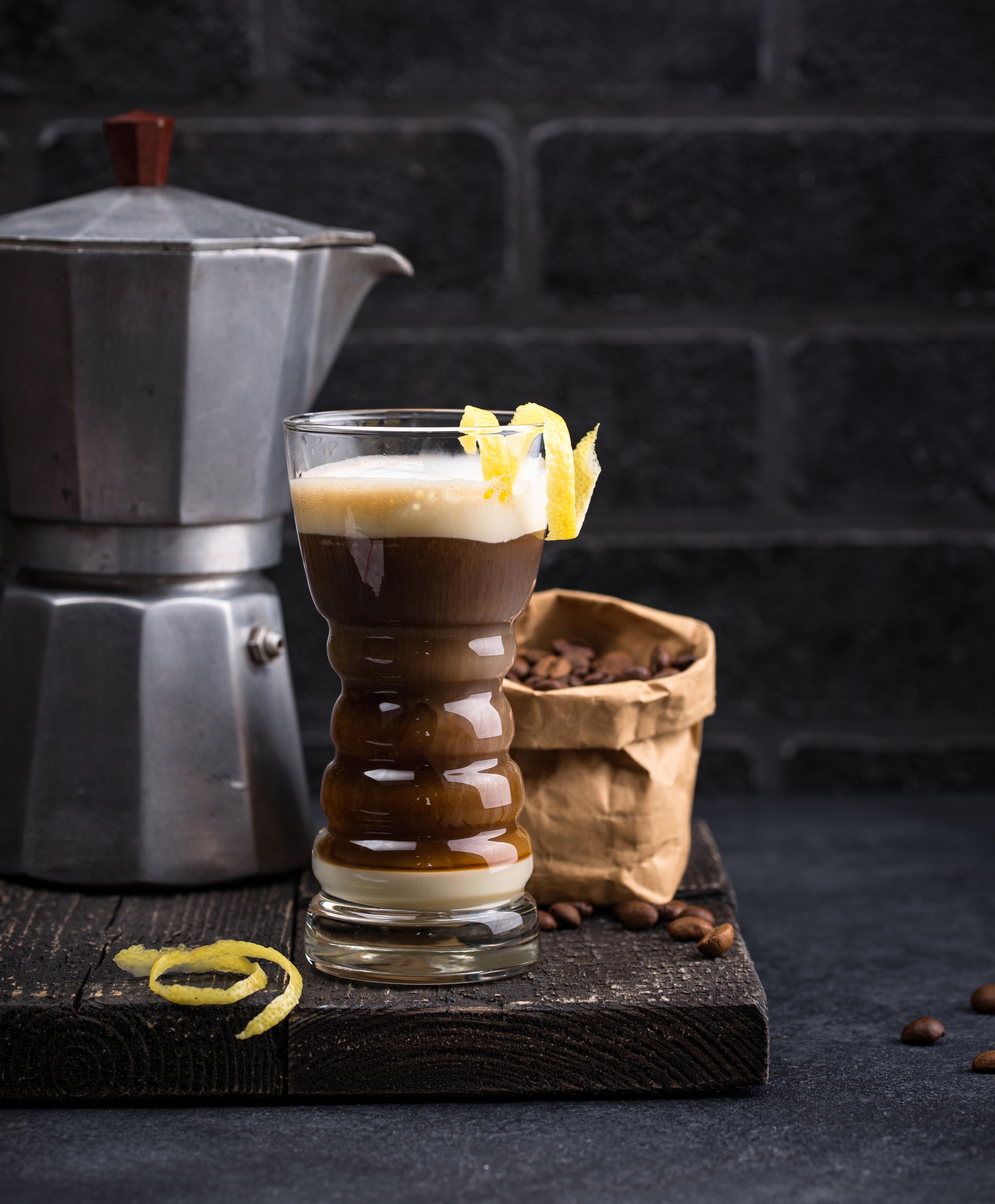
Glassware: Coffee Glass
Ingredients:
1 oz. Crop Lemon Vodka
1 oz. Giffard Vanilla Liqueur
4 oz. Black Coffee
1 dash Orange Extract
*Cream and sweetener are optional
Garnish: Lemon Twist
Directions: Add all ingredients into a coffee mug and then fill it with hot black coffee. Add cream and sweetener as desired. Garnish, serve and enjoy.
Flavor Profile: Bitter balanced with bright citrus and vanilla. Oddly, the bitterness of black coffee is an amazing pairing with bright citrus tones. Orange elevates the savory, bitter flavors that are part of the natural flavor tones of coffee. Vanilla adds indulgence and is a historic pairing. Taken together this is a drink of layered flavor profiles: citrus, bitter, balance, and warmth.
Background: The history of adding a little extra “Rise and Shine” to your morning brew has been around for a long time. When entertaining at home, especially with overnight guests, there is a coffee that can help make the day just a touch easier. The goal here is to make something a little bit different than adding traditional whiskey or coffee liqueur. Instead, layer citrus flavors to create an unexpected twist that will brighten the day.

Glassware: Cold Martini Glass
Ingredients:
1 oz. Barr Hill Vodka
1 oz. Chinola Pineapple Liqueur
1 oz. Natalies Orange and Mango Juice
.25 oz. Lemon Juice
1 Barspoon Orange Marmalade
Garnish: Toast Point
Directions: Combine all ingredients over ice into a cocktail strainer and shake while counting to 13. Strain into a chilled cocktail glass, garnish, serve, and enjoy!
Flavor Profile: Bright Citrus. Think of an elegant and elevated screwdriver (vodka, orange juice), with more balance and easier to drink. The orange juice and mango juice is very up front, which is the initial charm of the beverage. However, the Chinola is a strong fruit cordial that adds texture and body, without adding too much sweetness. The lemon juice and orange marmalade double down on the citrus tones, but when set against each other, they bring the sweet and sour balance that helps this beverage stand out. It is highly important to use quality vodka here, as a cheap product will have a lot of metallic or synthetic flavors.
Background: This delight takes its inspiration from the famous modern classic, the breakfast martini. Gin is changed for vodka, and other cordials, sweeteners, and fruit juices are mixed and matched as well. However the classic orange marmalade remains the same, and helps tie this libation to its inspirational heritage.
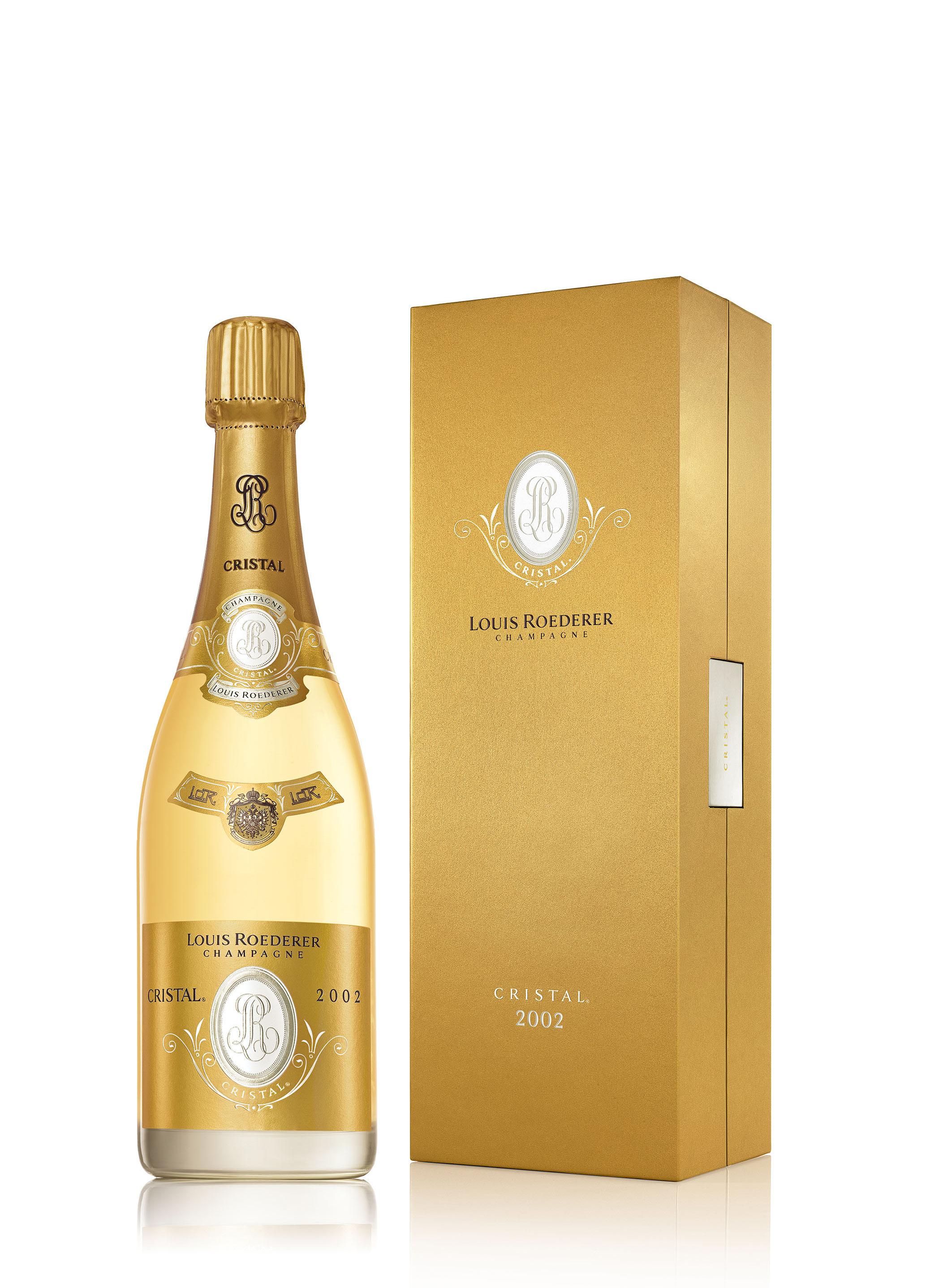
Holiday celebrations call for exquisite champagnes. Offer one of these to your guests, and they will undoubtedly be impressed.
LOUIS ROEDERER CRISTAL BRUT 2002 (VINTAGE)
Cristal is an iconic luxury champagne. This 2002 vintage is considered one of the best, known for its smoothness, complexity, and balance. It has earned a reputation as a premium champagne due to its rich texture and delicate notes of citrus, honey, and brioche. ($450 - $600 per bottle.)
DOM PÉRIGNON 2010 VINTAGE
Dom Pérignon has a long history of crafting some of the most sought-after champagnes in the world. The 2010 vintage is particularly praised for its depth, with an elegant blend of rich flavors like almond, citrus, and a hint of spice. ($350 - $500 per bottle.)
KRUG CLOS D'AMBONNAY 1995
Krug’s Clos d'Ambonnay is a rare, single-vineyard champagne produced in very limited quantities. The 1995 vintage is a particularly prized release. It is known for its deep, complex flavor profile with layers of toast, almonds, and ripe fruit. ($3,000 - $5,000 per bottle.)
PERRIER-JOUËT BELLE ÉPOQUE 2006
This luxury champagne is celebrated for its elegance and comes in a beautifully designed bottle, often featuring hand-painted flowers. The 2006 vintage offers floral and fruity notes, with a silky-smooth texture. ($300 - $500 per bottle.)
ARMAND DE BRIGNAC "ACE OF SPADES" BRUT GOLD
Armand de Brignac, famously known as "Ace of Spades," is one of the most recognizable champagne brands in the world. This non-vintage bottle is made with a blend of Pinot Noir, Pinot Meunier, and Chardonnay. ($300 - $500 per bottle.)
Aston Martin’s presence in architecture is growing. After debuting with a 66-storey residential tower in Miami and unveiling interiors for a beachside development in the UAE, the brand has now completed N° 001 Minami Aoyama, its first private residence in Asia.
Set in Tokyo’s Omotesandō district, the house reflects the same attention to form, proportion, and finish found in the brand’s automotive design but translated into architecture. (noble and style)
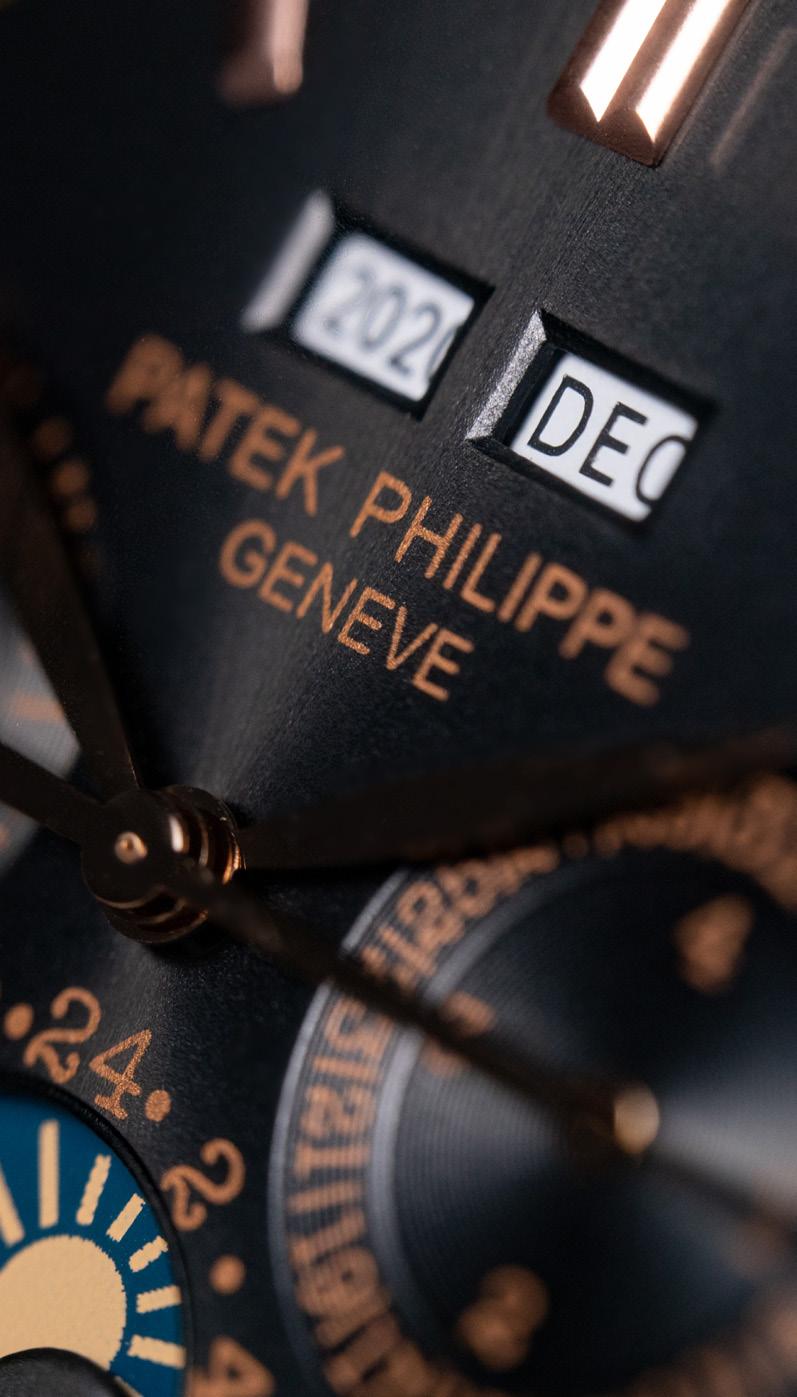
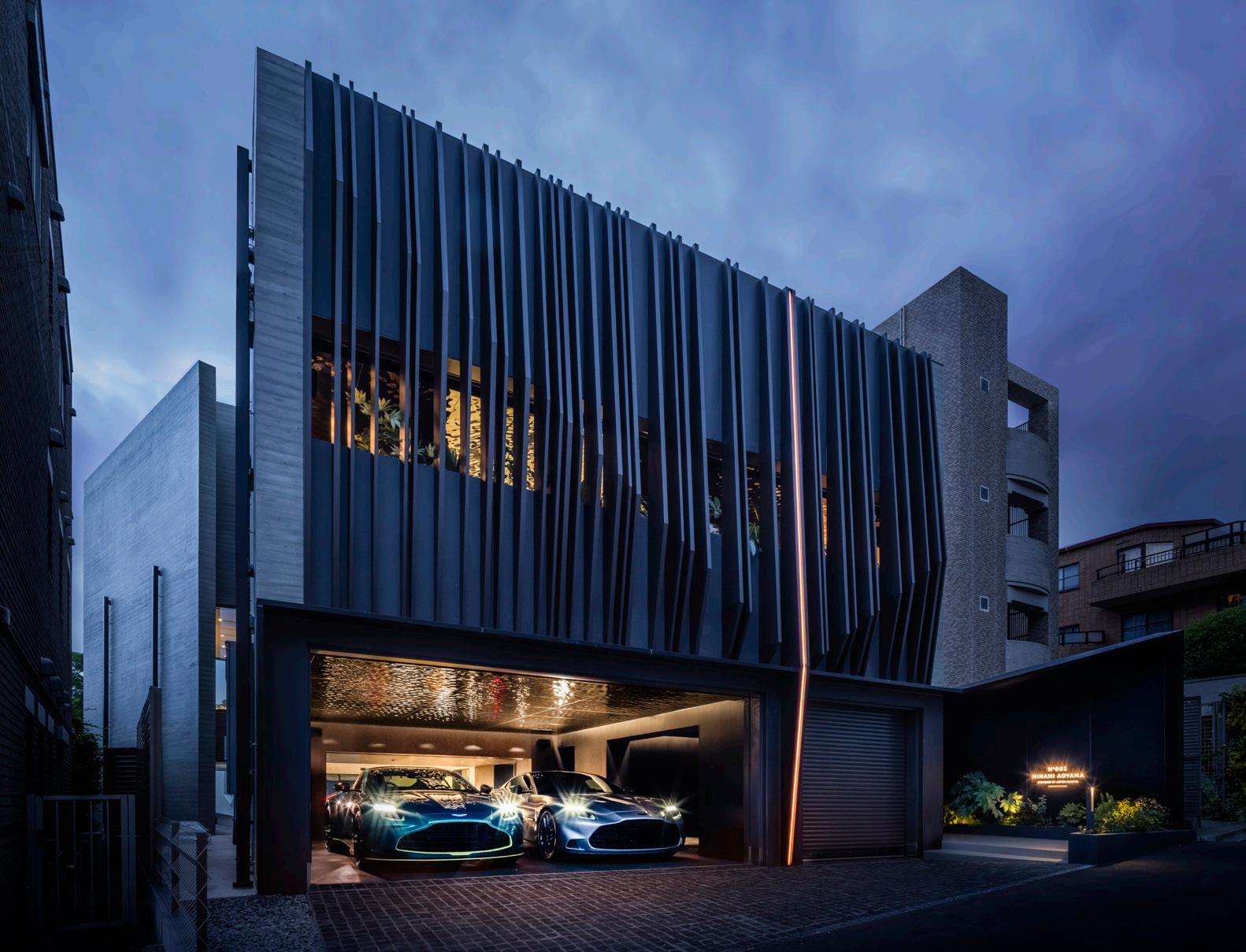
Crown Prince Mohammed bin Salman is doubling down on another ambitious vision: the region’s first high-altitude mountain golf course. Despite mounting concerns over delays plaguing his $500 billion desert ski resort project, the Crown Prince remains undeterred in his pursuit of transforming Trojena into a world-class sporting destination.
The Trojena Golf Course is another addition to Saudi Arabia’s rapidly expanding golf portfolio. Positioned at 2,100 meters above sea level in NEOM’s (the high-tech mega project) dramatic mountain landscape, this 18-hole, 80-hectare course designed by Dusenberry promises an experience unlike any other in the Middle East. (luxury launches)
The first Patek Philippe ever made – with the number 1 engraved on its back –holds the distinction of being the first watch to break the eight-figure number at auction. That staggering amount was achieved when it was last sold in 2016. This November, the same watch will be back up for auction in Geneva. (luxurious magazine)
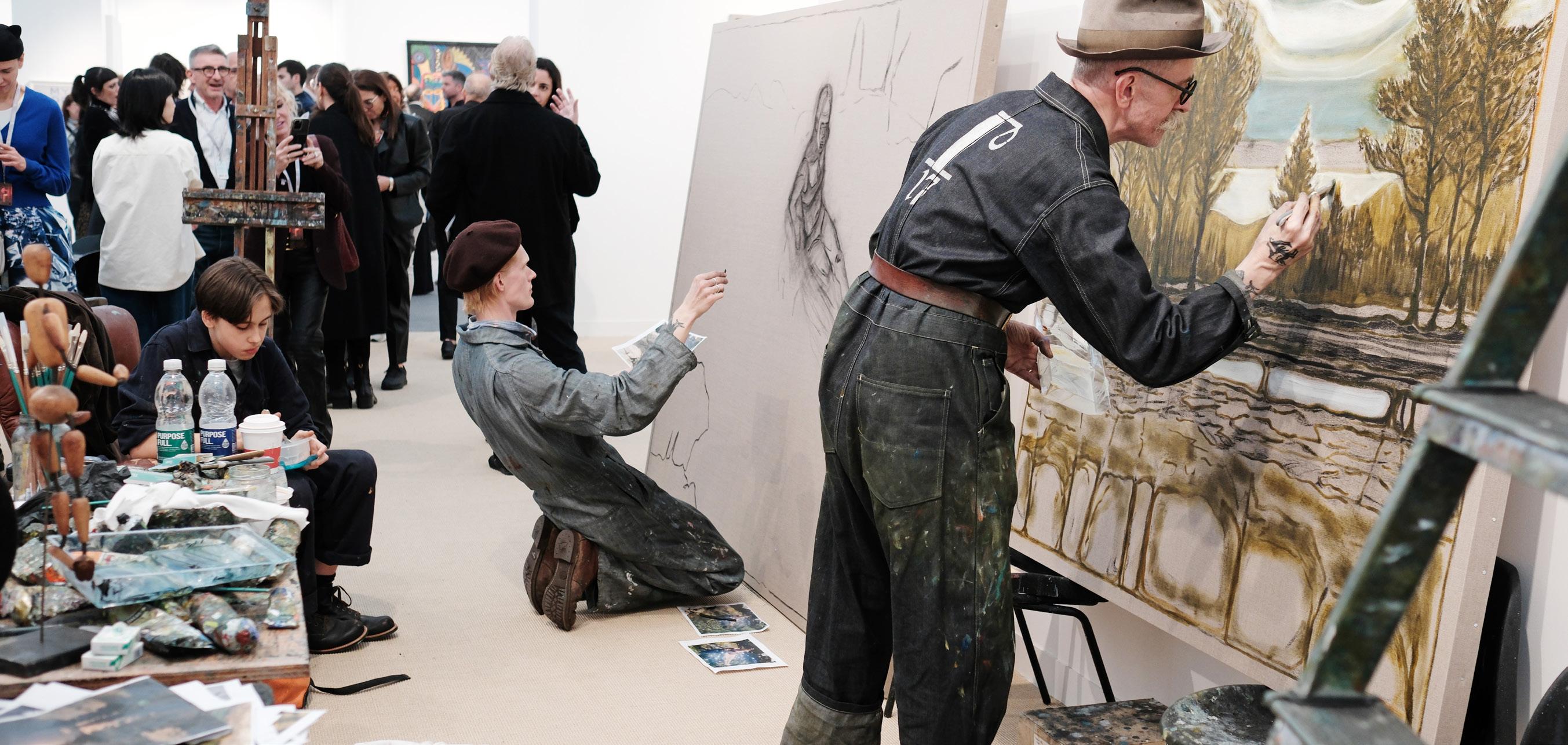
OCTOBER 15TH - 19TH
REGENT’S PARK
Both Frieze London and Frieze Masters form a cornerstone of UNESCO’s Frieze Week, presenting a dialogue between contemporary and historical art. This year’s showing features over 280 galleries from 45 countries, with 166 exhibiting in Frieze London (contemporary focus) and 123 in Frieze Masters (spanning ancient to 20th-century art).
Several other gallery and museum exhibitions coincide with the fairs, enriching the complete art ecosystem of London.
NOVEMBER 5TH– 6TH
THE CHIANG MAI ARTS & DESIGN (CAD)
Yi Peng, a traditional Thai Lanna festival unique to northern Thailand, is an honored tradition that takes place this year on November 5th and 6th. Locals release sky lanterns into the night sky, representing the symbolic acts of letting go of misfortune and embracing good fortune.
Thousands of illuminated lanterns drift skyward, while small floral offerings are set afloat on the Ping River to honor the Goddess of Water. And Chiang Mai serenely glows through earthenware candle lamps set in homes, streets and temples.
Temples host rituals, monk chanting, traditional dance, and music. Ceremonies often begin earlier in the evening and lead to the lantern release at night.
Official CAD Events: The Chiang Mai Arts & Design (CAD) organizes large-scale lantern releases on November 5–6, 2025, in the Mae On District. Tickets (Standard, VIP, Premium, Elite) include shuttle transfers, food, lanterns, and Krathongs.
Local Celebrations: For a more grassroots experience, join Chiang Mai locals at riverside areas like Nawarat Bridge, Phae Gate, or temples like Wat Phan Tao and Wat Chedi Luang—where lanterns and Krathongs are released freely.
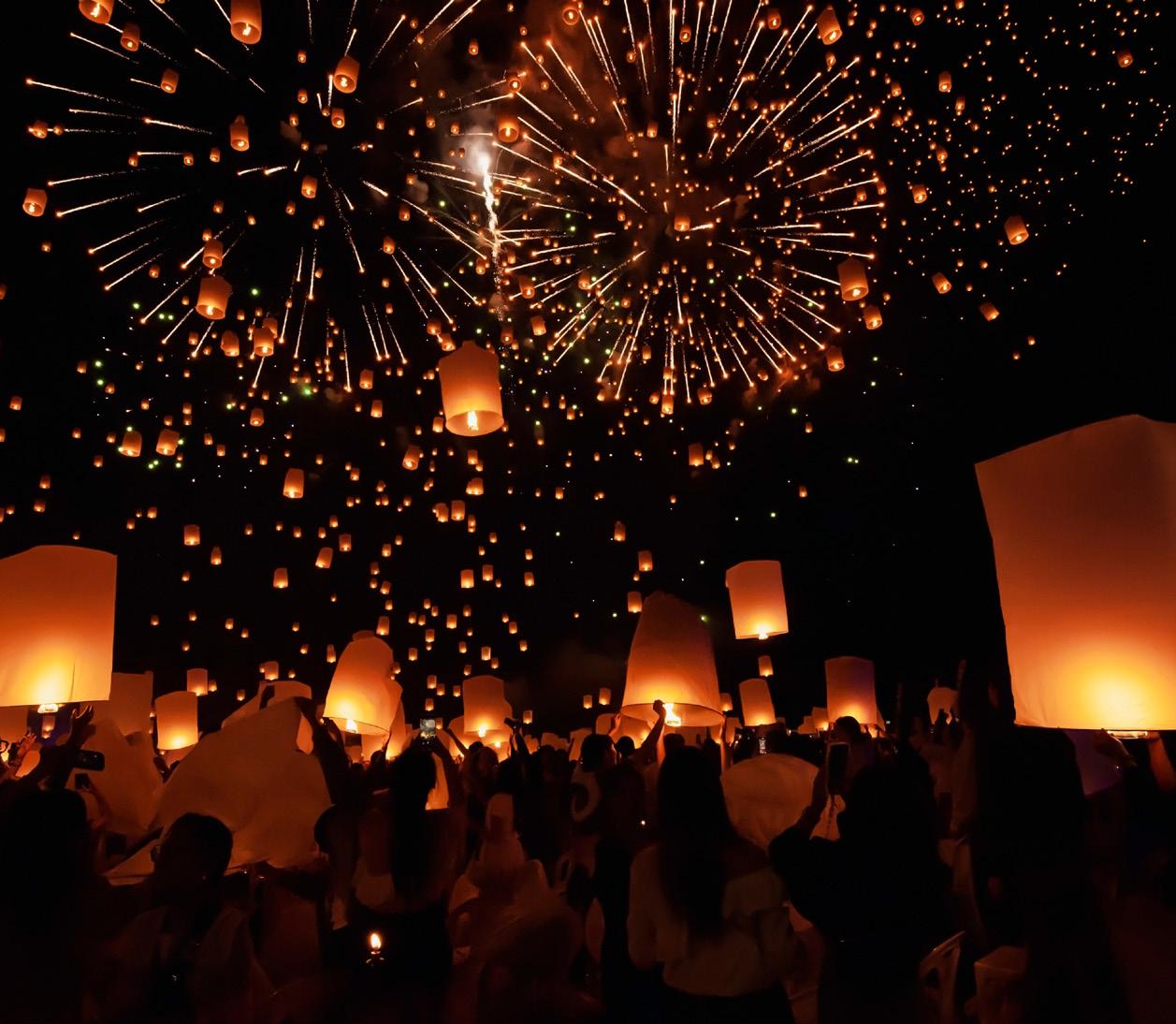
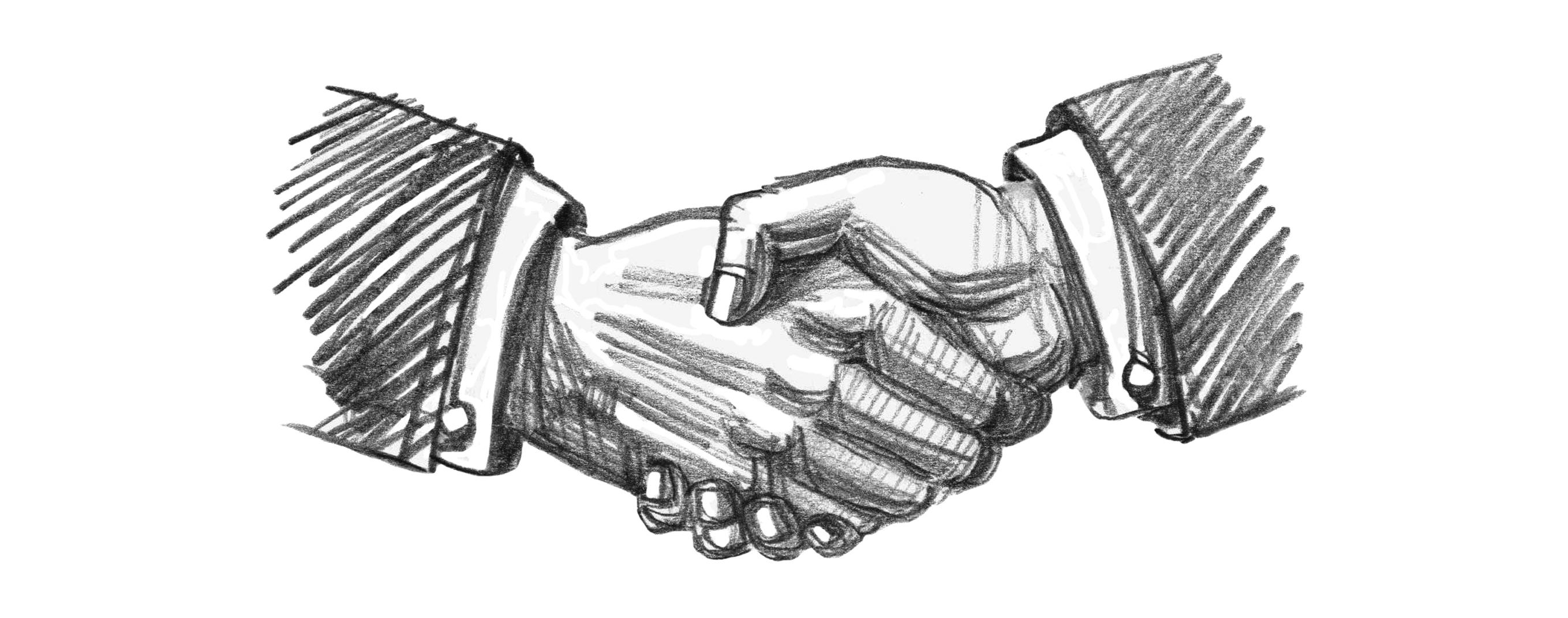
Five newly appointed ambassadors have recently joined Washington’s diplomatic scene, representing Benin, Burkina Faso, Germany, Liberia, and Malaysia.
The longest vacant position was that of Burkina Faso, whose new ambassador, Kassoum Coulibaly, presented his credentials to President Trump on July 24. Coulibaly, who served as defense minister from 2022 to 2024, is a close associate of transitional President Ibrahim Traoré. He said Burkina Faso and the US enjoy excellent bilateral ties despite violent extremist attacks by Islamic State affiliates. “My country has been facing an unprecedented security and humanitarian crisis for a decade,” he told Trump, while noting that under Traoré’s leadership “significant progress has been made” in reclaiming lost territory and resettling displaced people.
The neighboring country of Benin also confirmed its new envoy last month. Ambassador Agniola Ahouanmenou succeeds Jean-Claude do Rego, who held the position since 2020. Before her appointment, Ahouanmenou was deputy chief of staff to Benin’s foreign minister. She holds a bachelor’s degree from McGill University, a master’s in public administration from Harvard’s Kennedy School, and an MBA from Wharton. On her LinkedIn page, she described her driving passion as “transformation,” whether reshaping government service or developing innovative wellness products.
Liberia is the third West African nation to present a new ambassador to Washington this past month. Ambassador AlHassan Conteh replaces Jeff Gongoer Dowana, who held the position since 2022. Conteh is a seasoned diplomat, having previously served as Liberia’s ambassador to Nigeria and the Economic Community of West African States (ECOWAS), as well as concurrent ambassador to Benin and Equatorial
Guinea. He is also a lifelong academic who led the University of Liberia from 2004 to 2008. Conteh earned his bachelor’s degree in geography and demography from the University of Liberia and later completed his master’s and PhD in demography at the University of Pennsylvania, where he also taught in the African Studies Center.
From Asia, Malaysia’s new ambassador is Muhammad Shahrul Ikram bin Yaakob, replacing Mohamed Nazri Abdul Aziz, who departed earlier this year. Shahrul began his career in 1988 and held early postings in Beijing and Washington before serving as deputy head of mission in Austria, ambassador to Qatar, director-general of the ASEANMalaysia National Secretariat, and most recently secretarygeneral of the foreign ministry from 2019 to 2022. His long career highlights Malaysia’s commitment to experienced diplomacy in Washington.
Germany’s new envoy, Jens Hanefeld, returns to Washington to replace Andreas Michaelis, who is retiring. A career diplomat and former Volkswagen executive, Hanefeld previously served in Bulgaria and Washington in the 1990s before taking increasingly senior positions at the Federal Foreign Office. From 2009 to 2014, he was deputy chief of mission in Washington. He then spent a decade at Volkswagen as senior VP for international and trade policy, before rejoining the foreign service in 2024 as ambassador to Ethiopia and permanent representative to the African Union. His return to Washington underscores Germany’s preference for a seasoned hand with deep US ties. For more details on the new envoys and the complete listing of all foreign ambassadors to the United States, please subscribe to the 2025 Embassy Directory.
(Source: The Washington Diplomat)
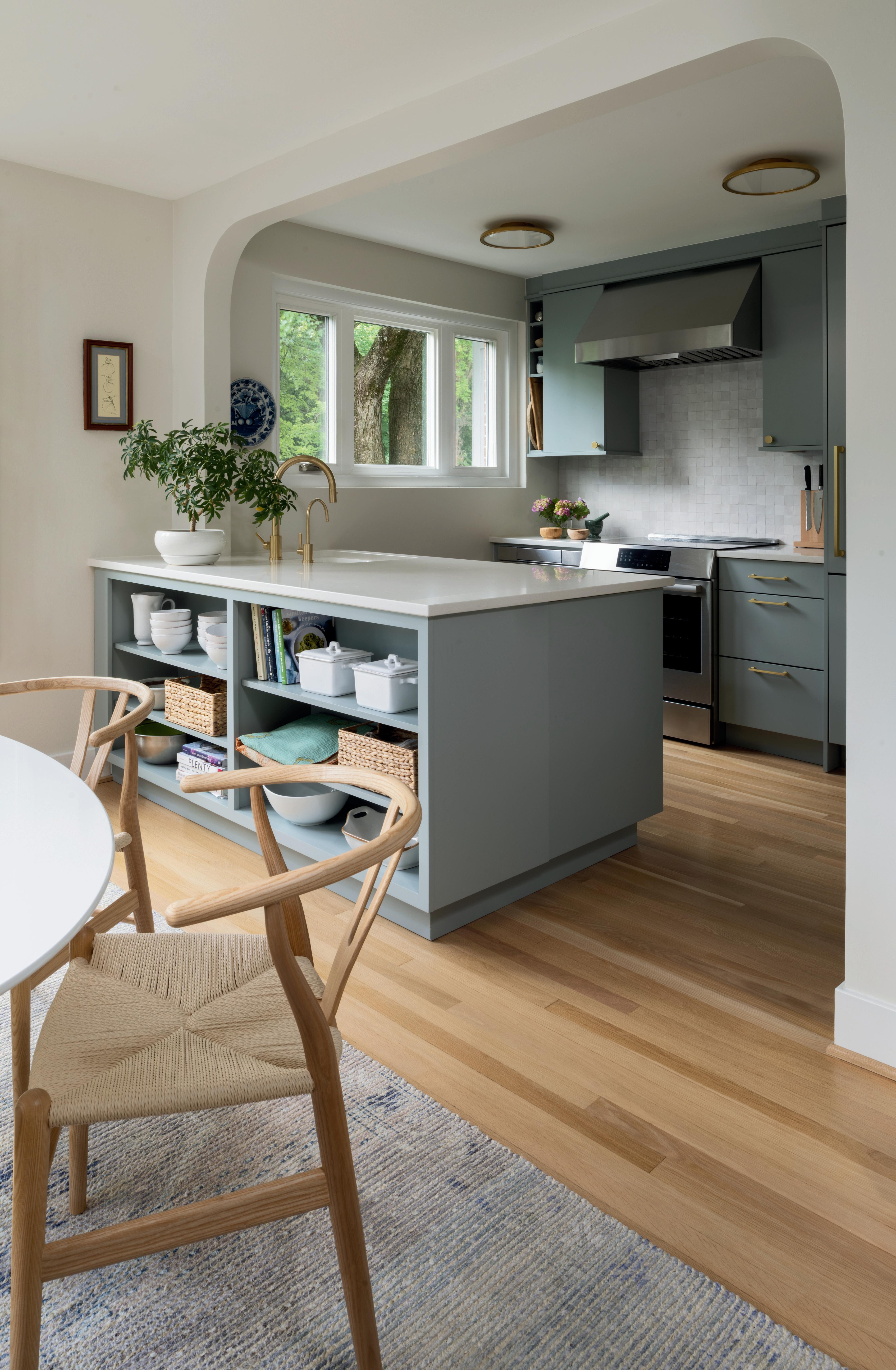


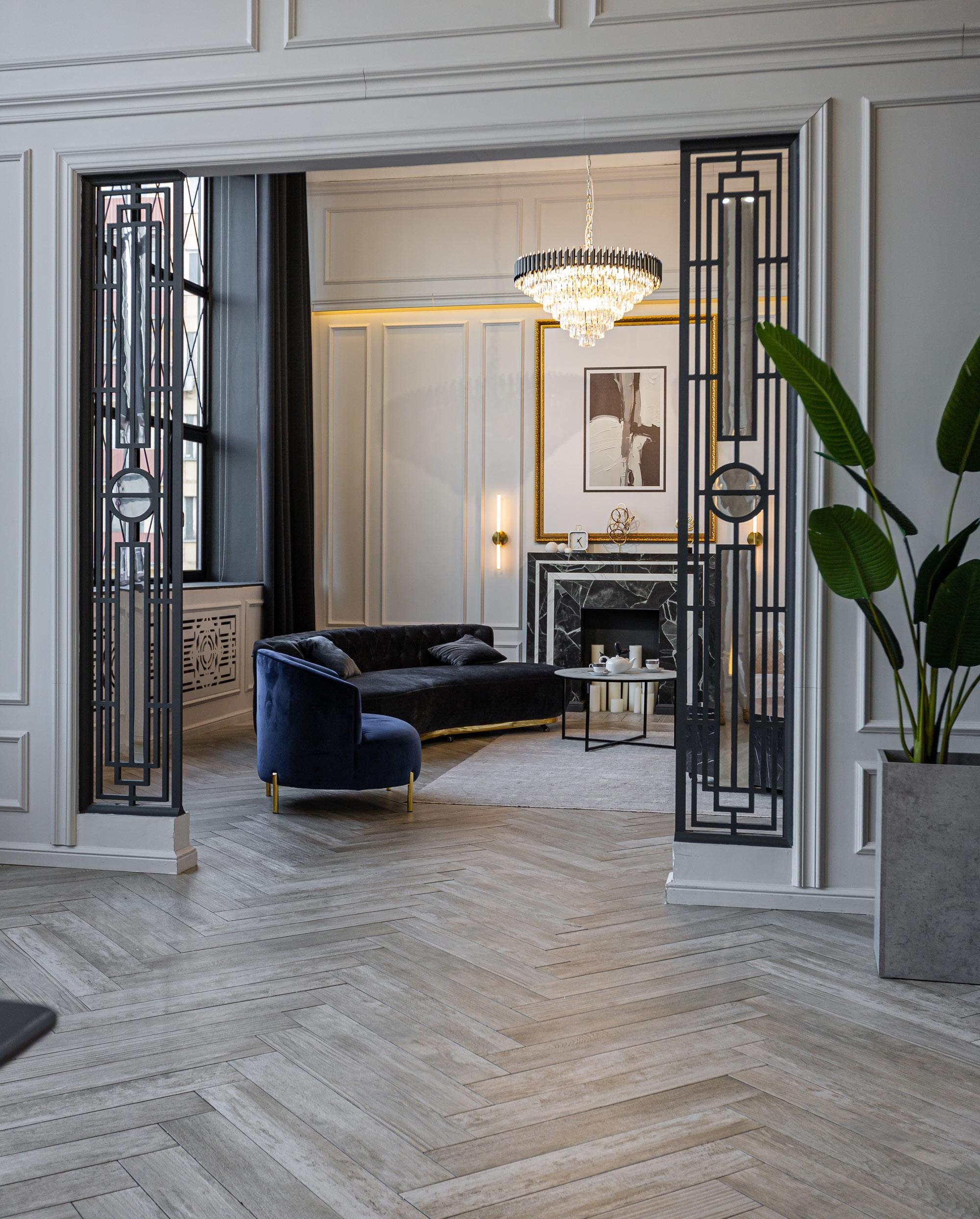
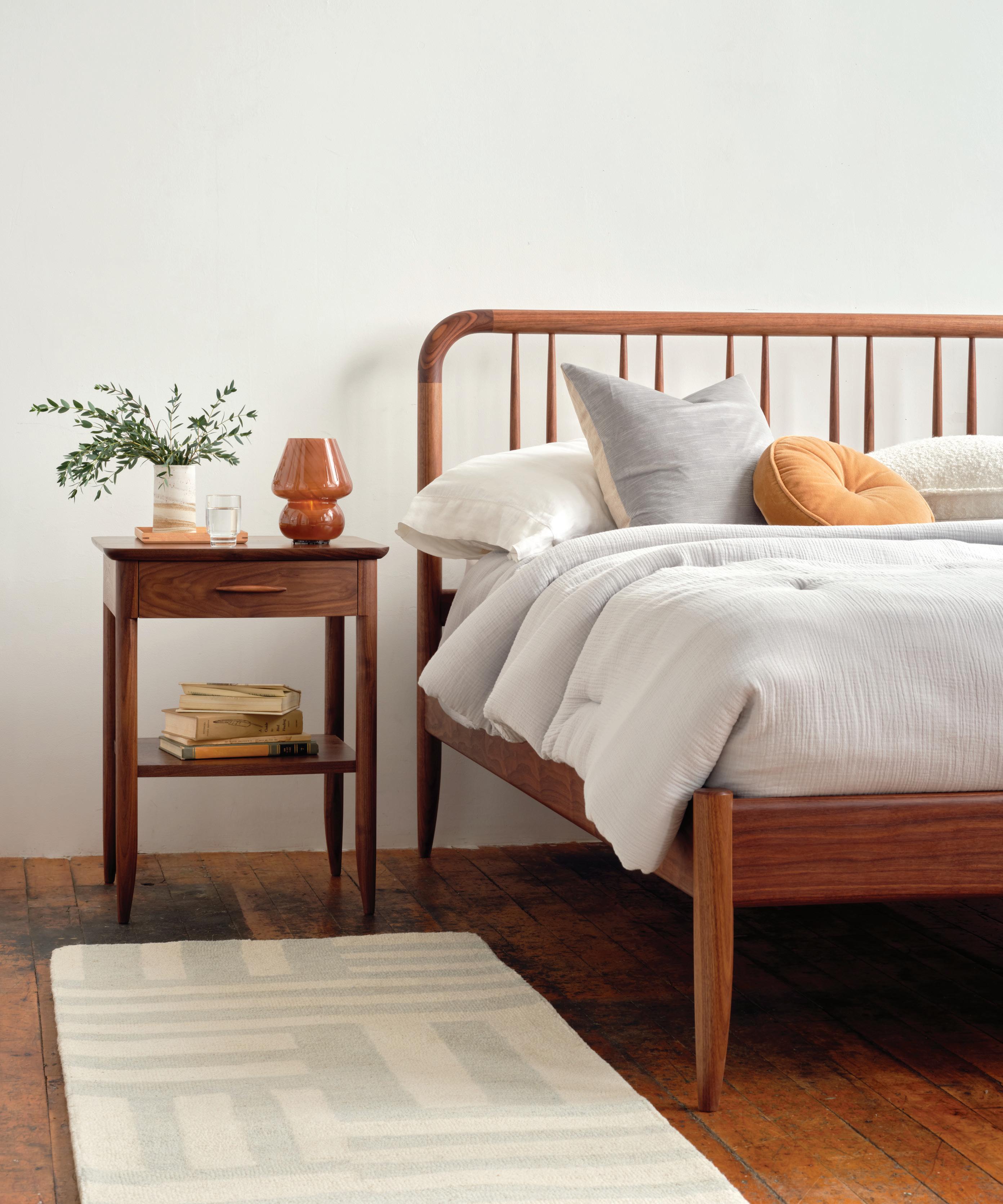
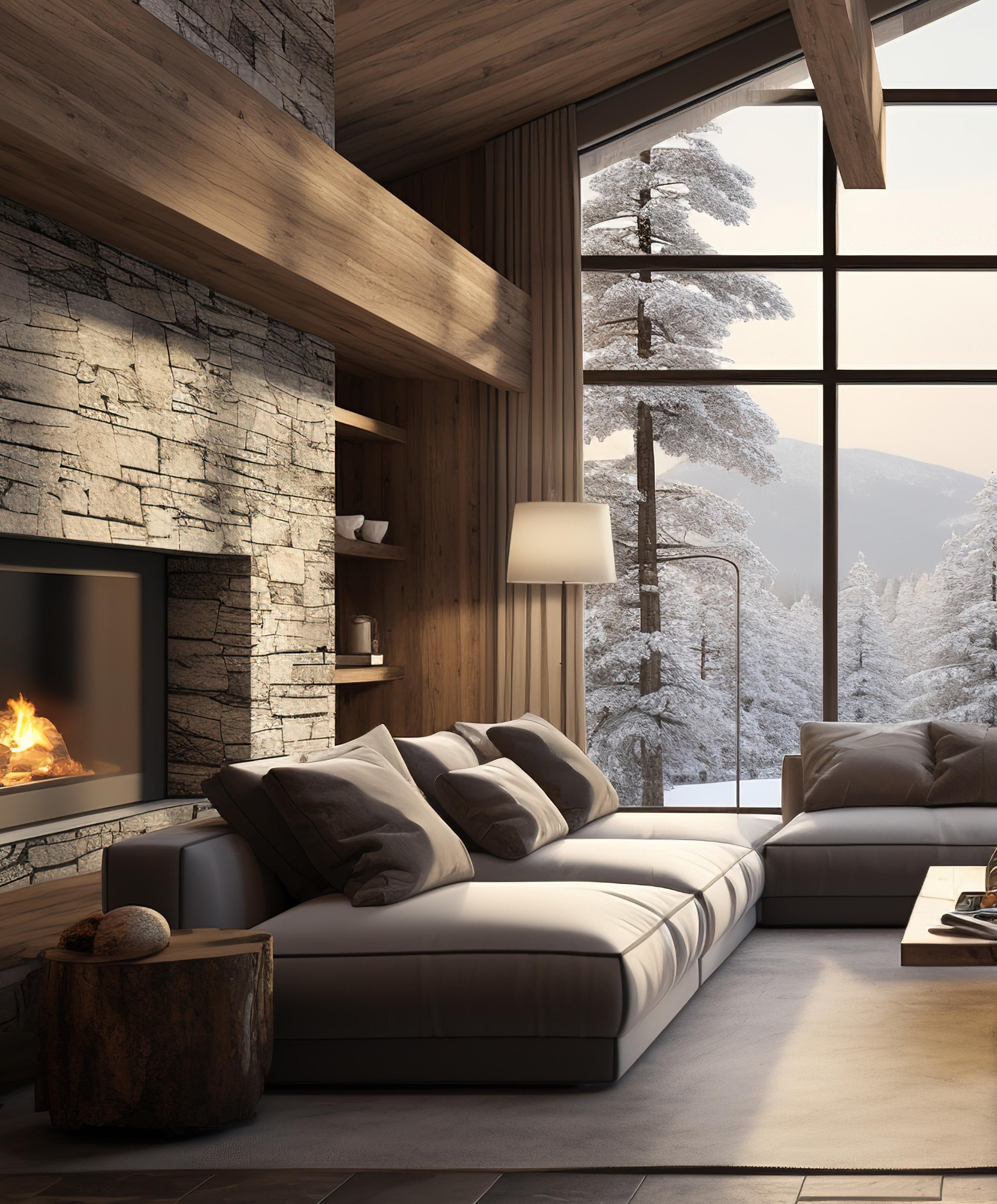
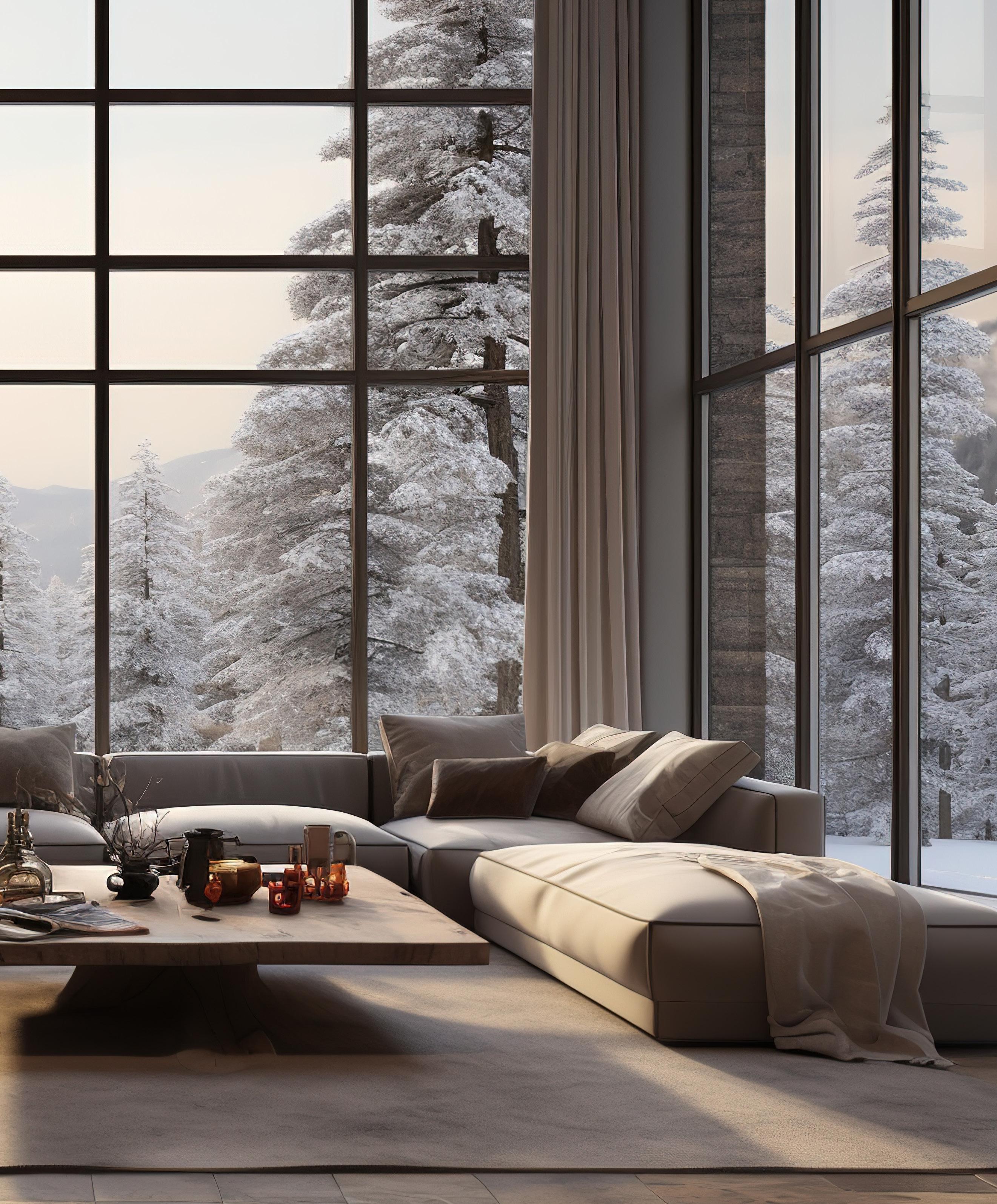
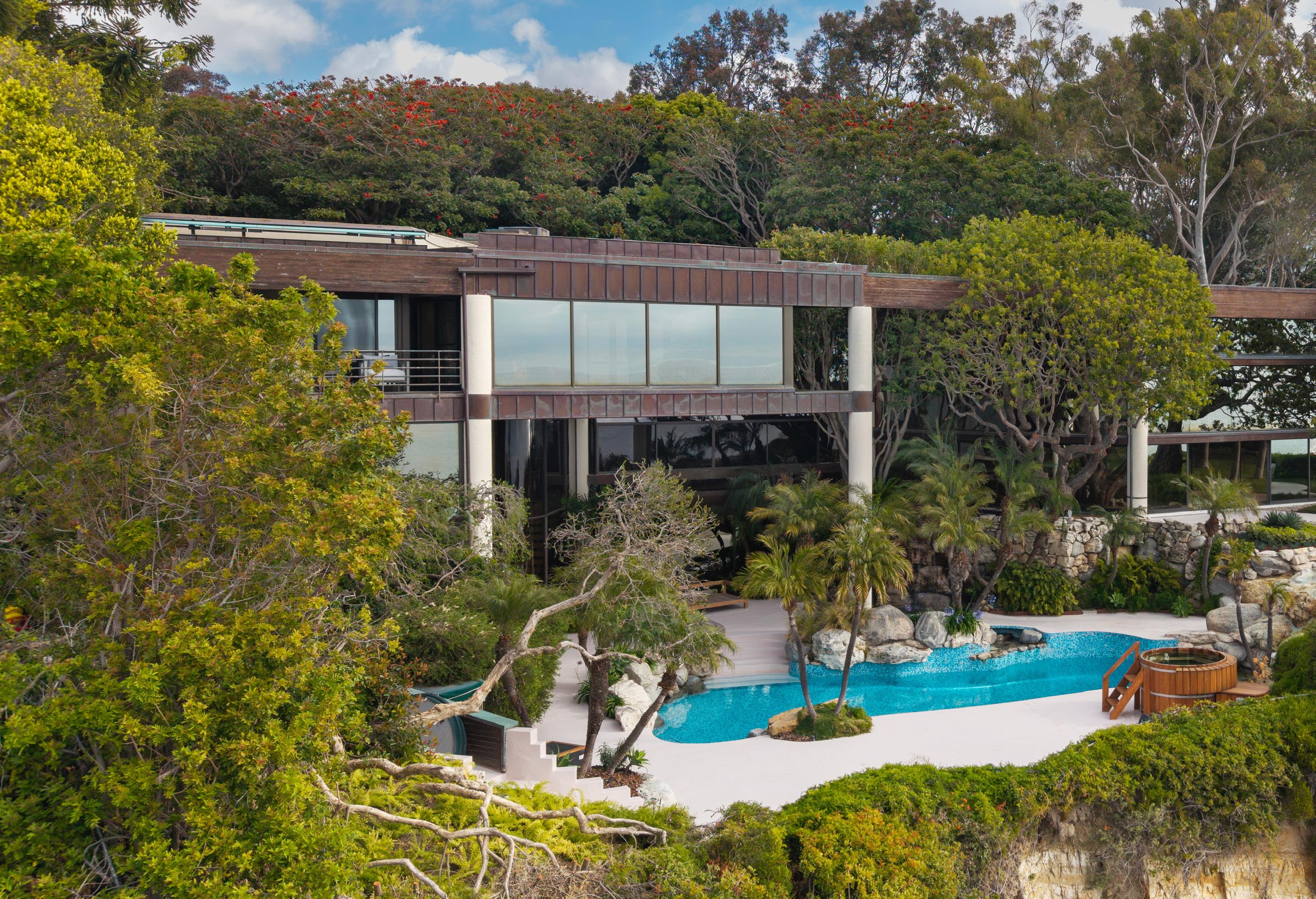
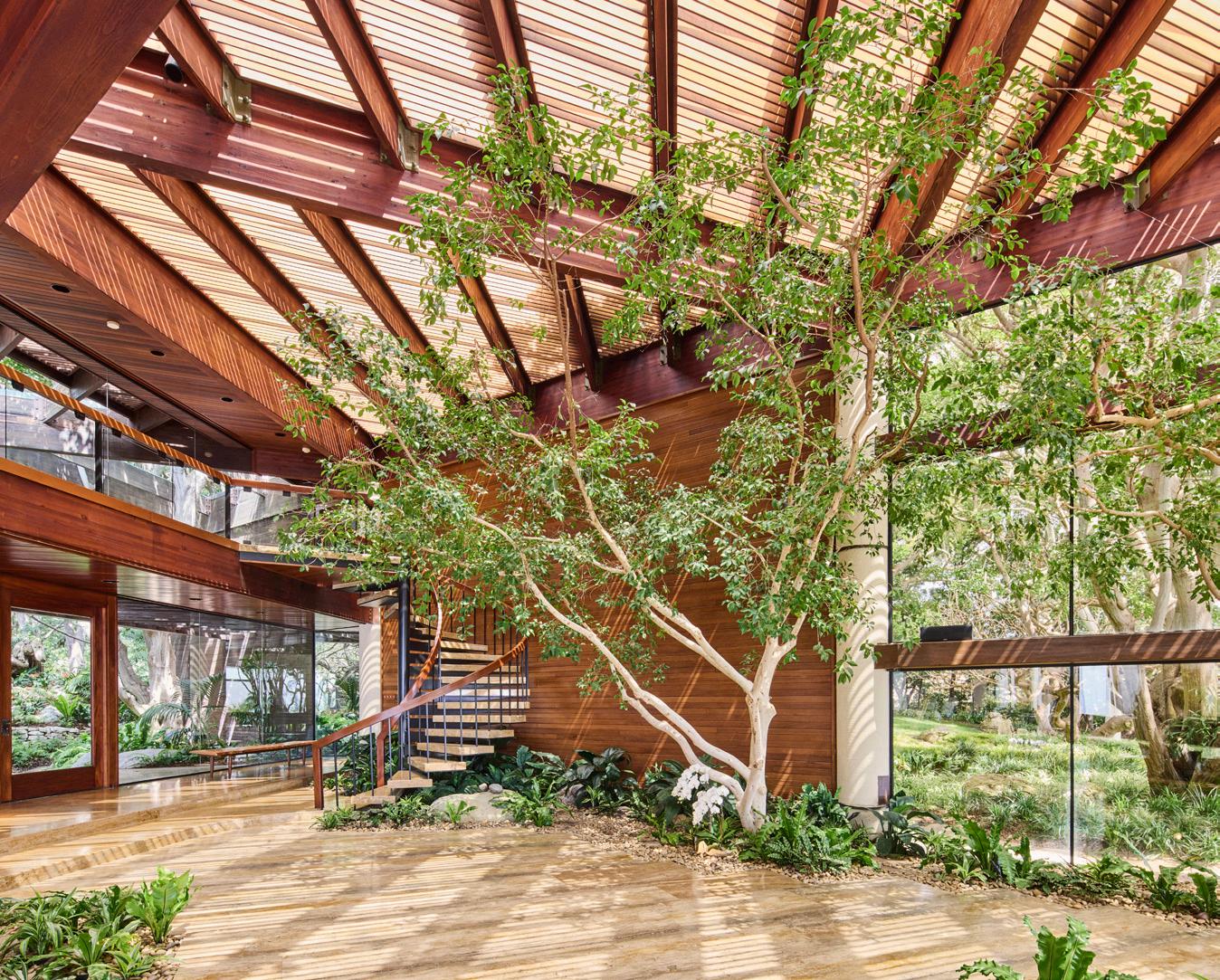
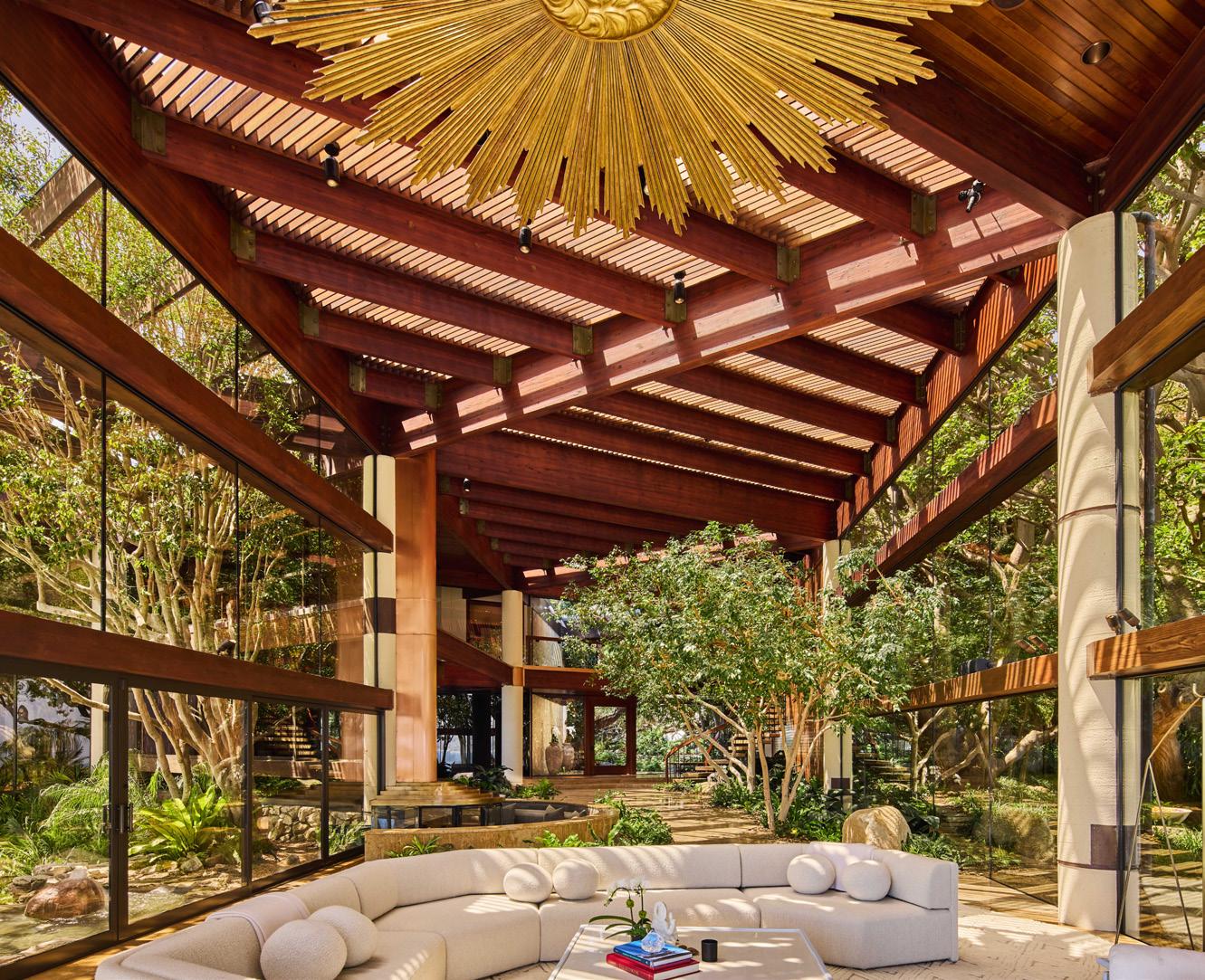
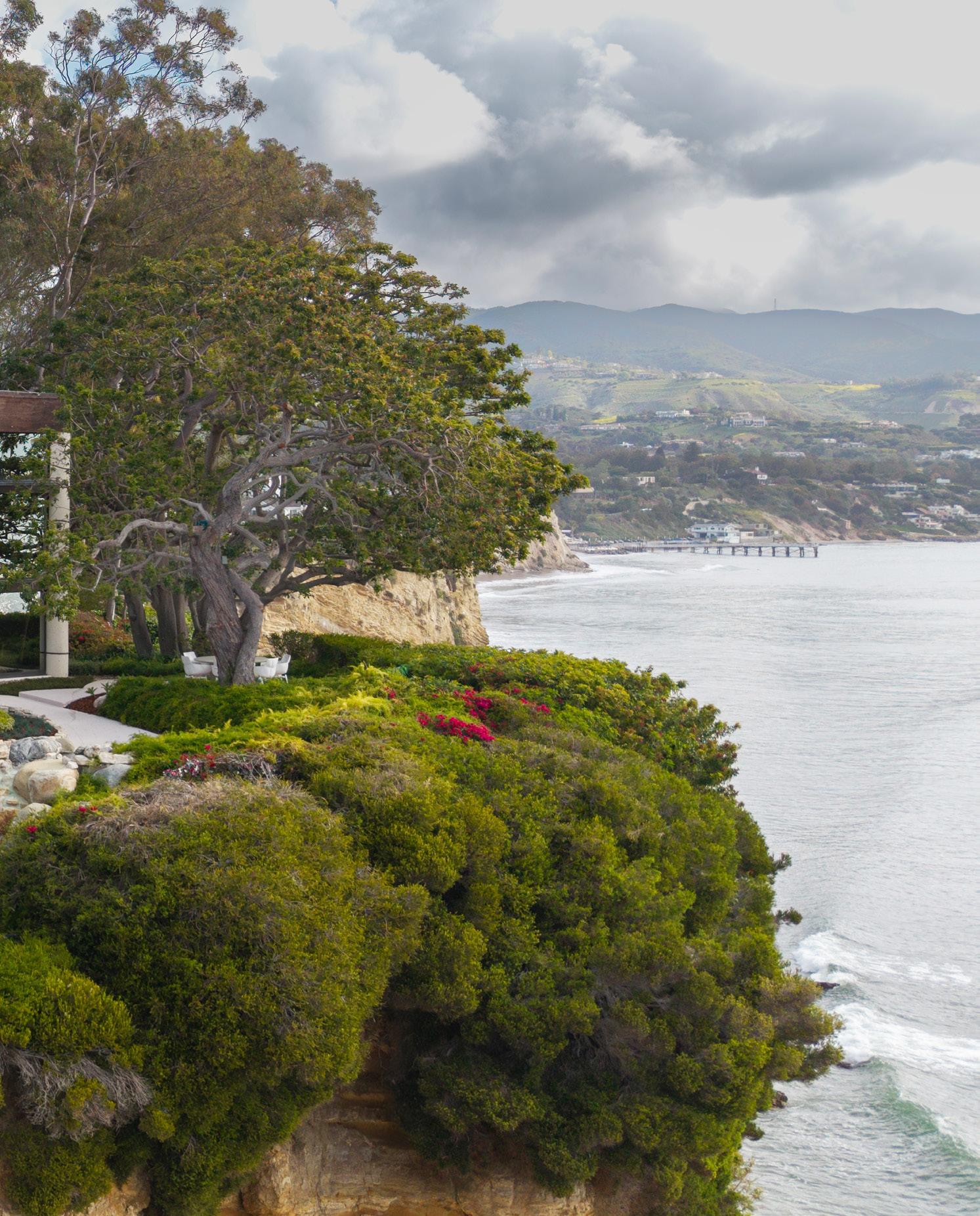
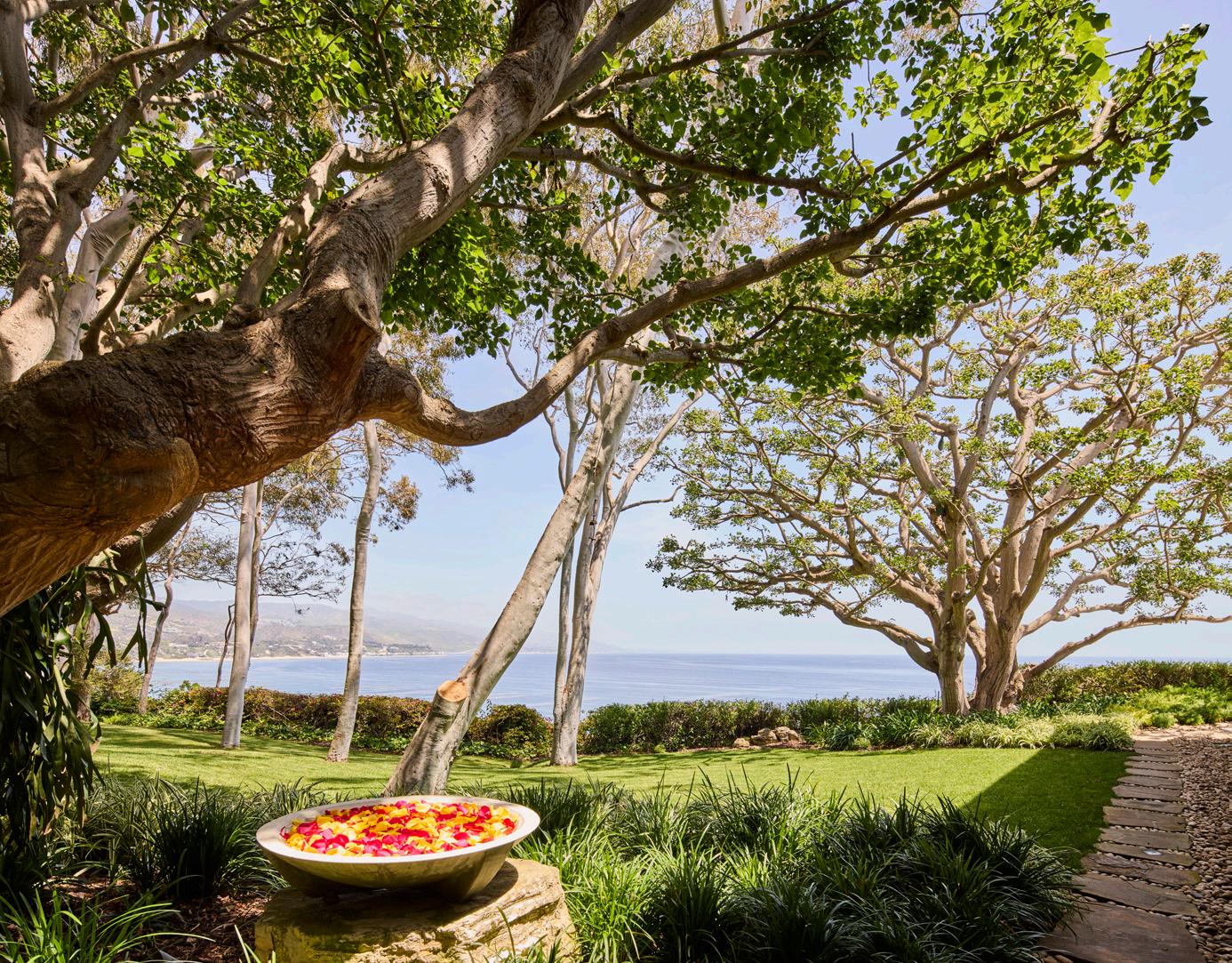
PROPERTY FEATURES 5 Bedrooms 11 Full Bath 7,083 Square Feet

CHRIS CORTAZZO chris.cortazzo@compass.com
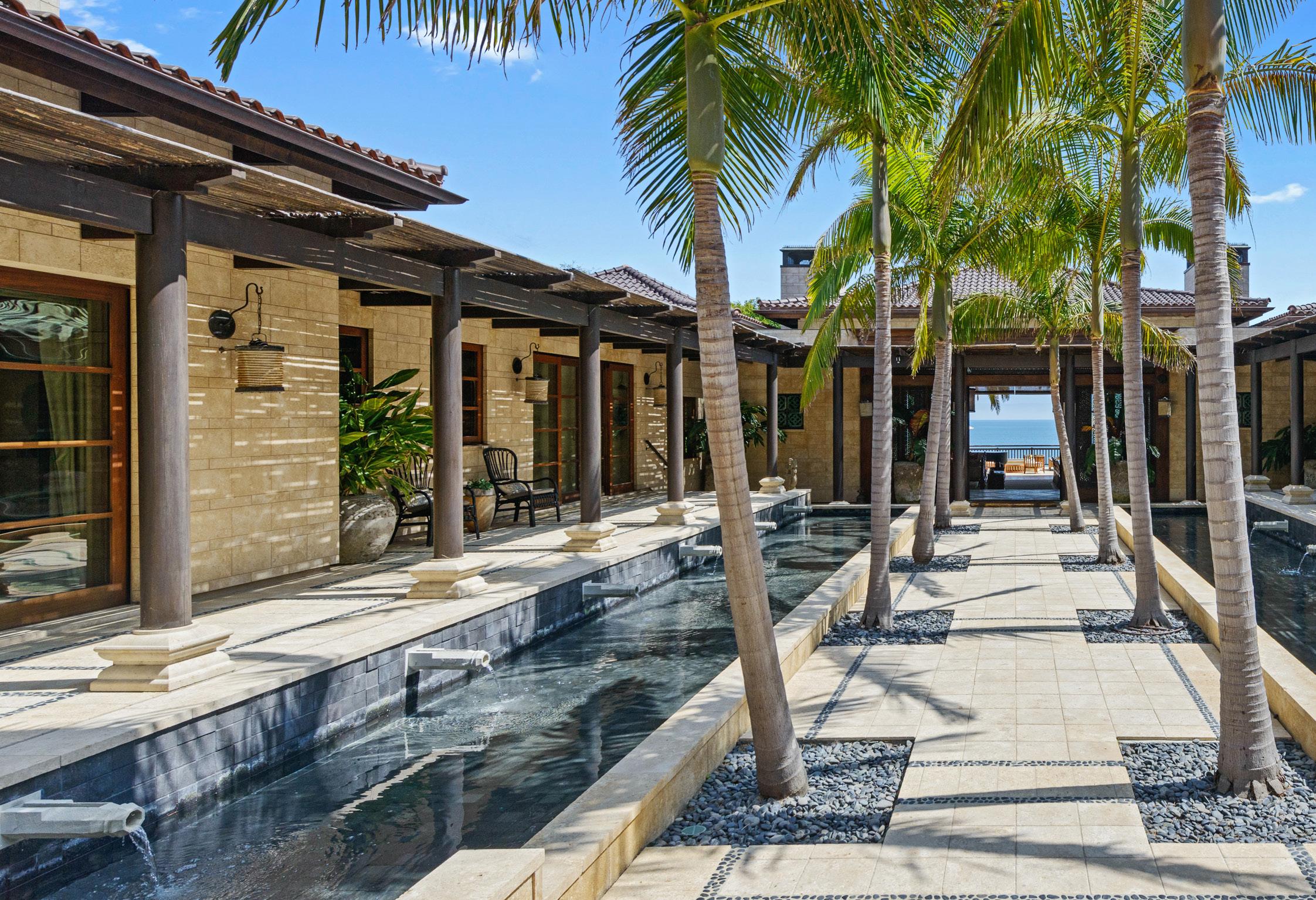
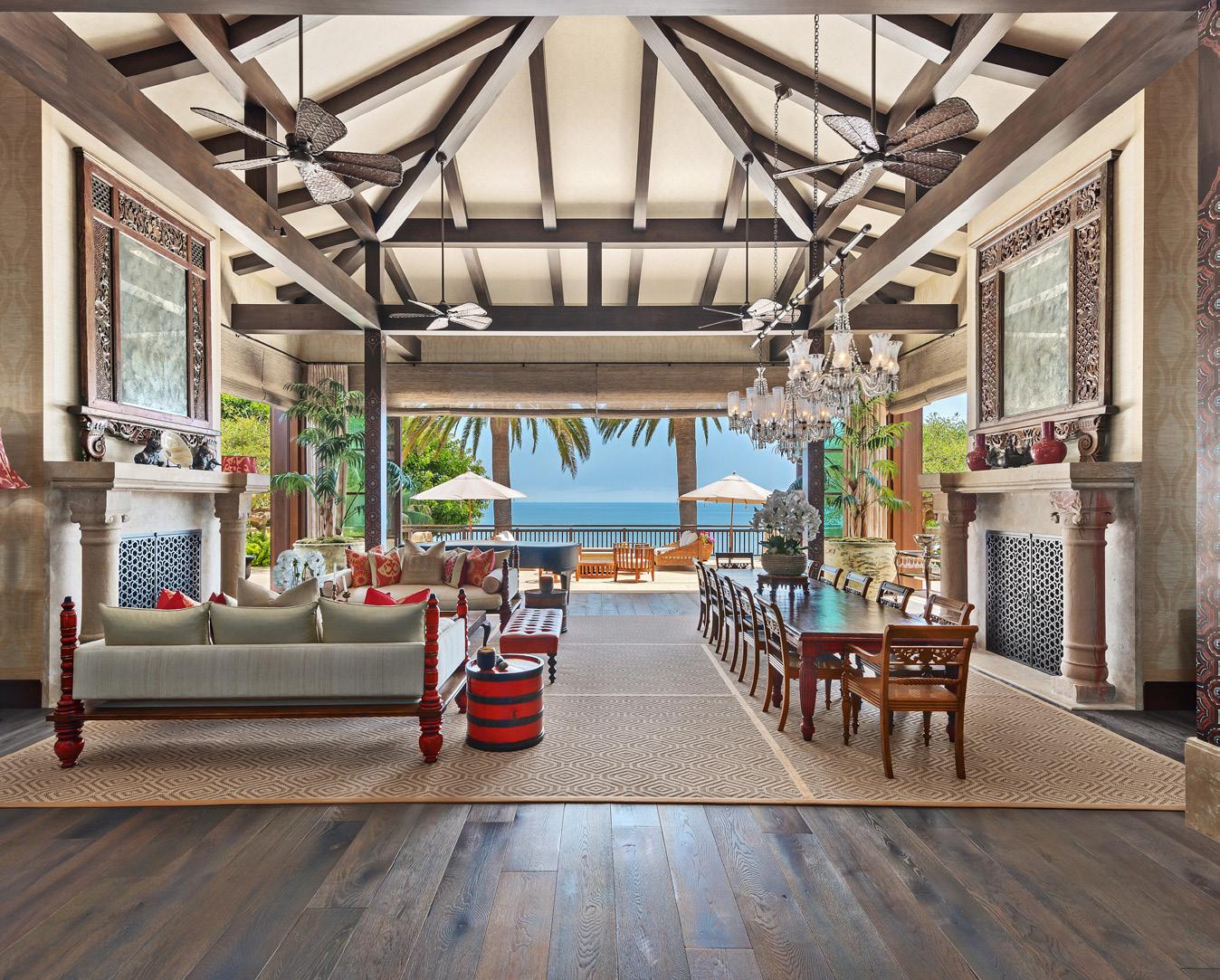
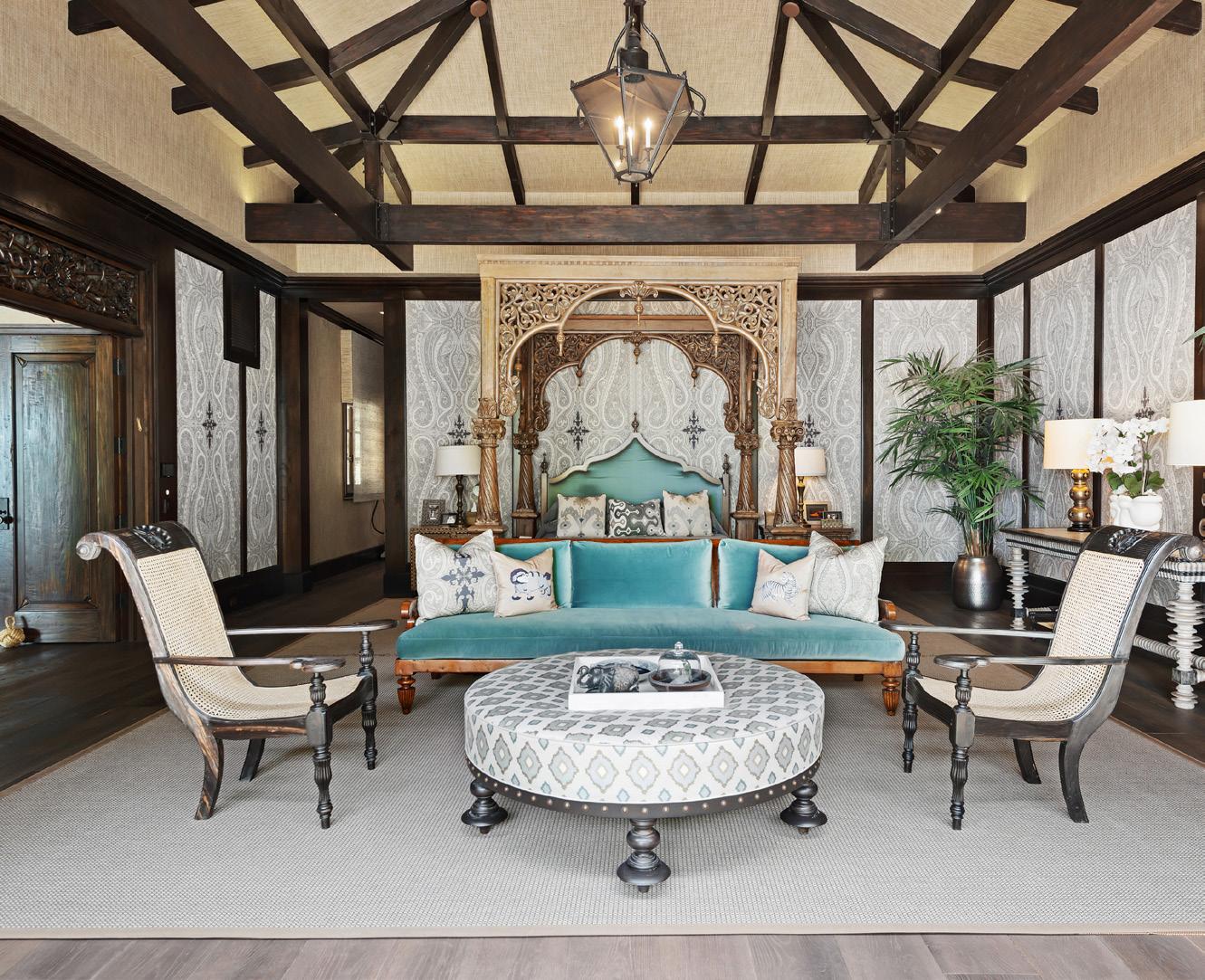

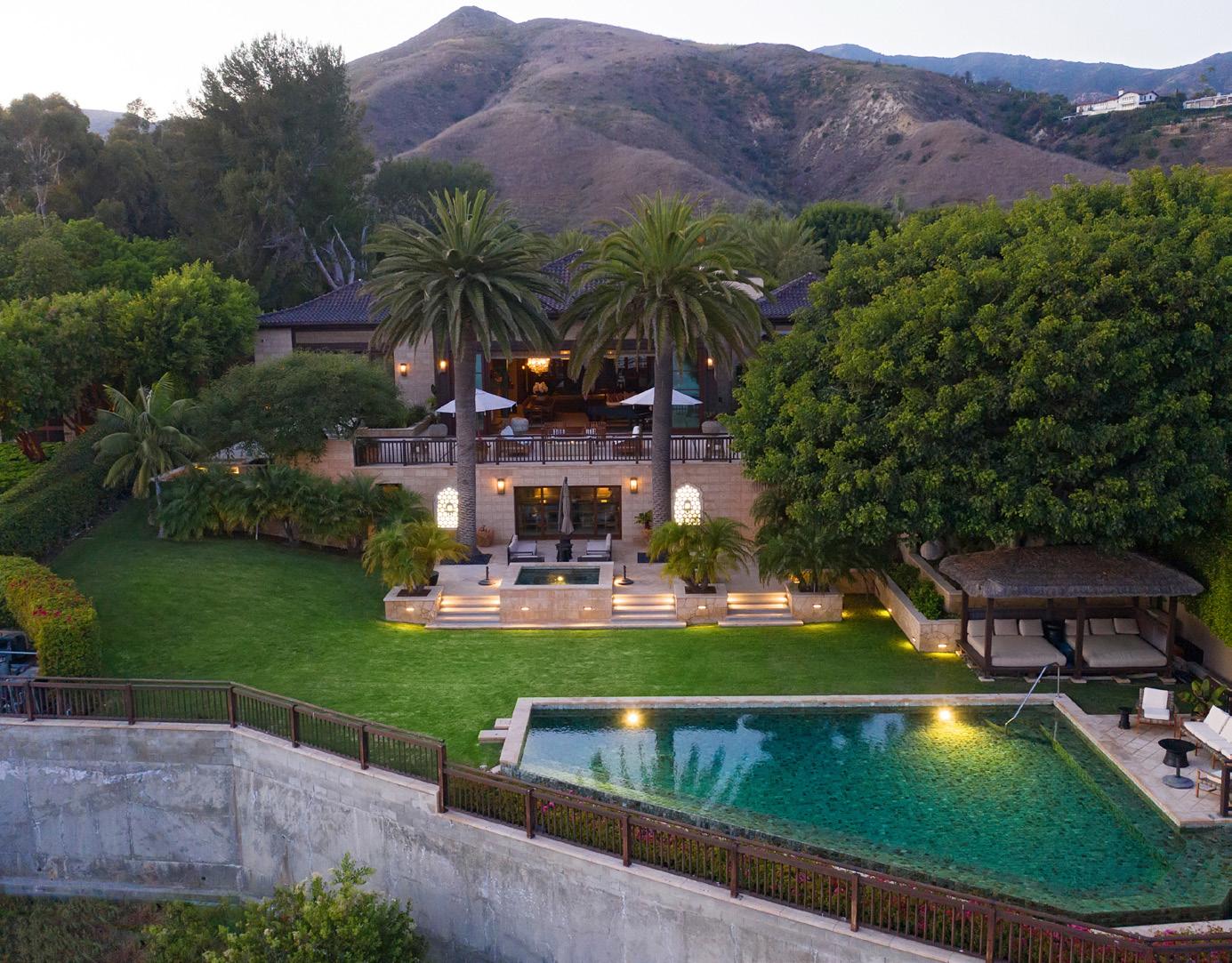
PROPERTY FEATURES
5 Bedrooms
8 Full Bath
10,000 Square Feet CHRIS CORTAZZO


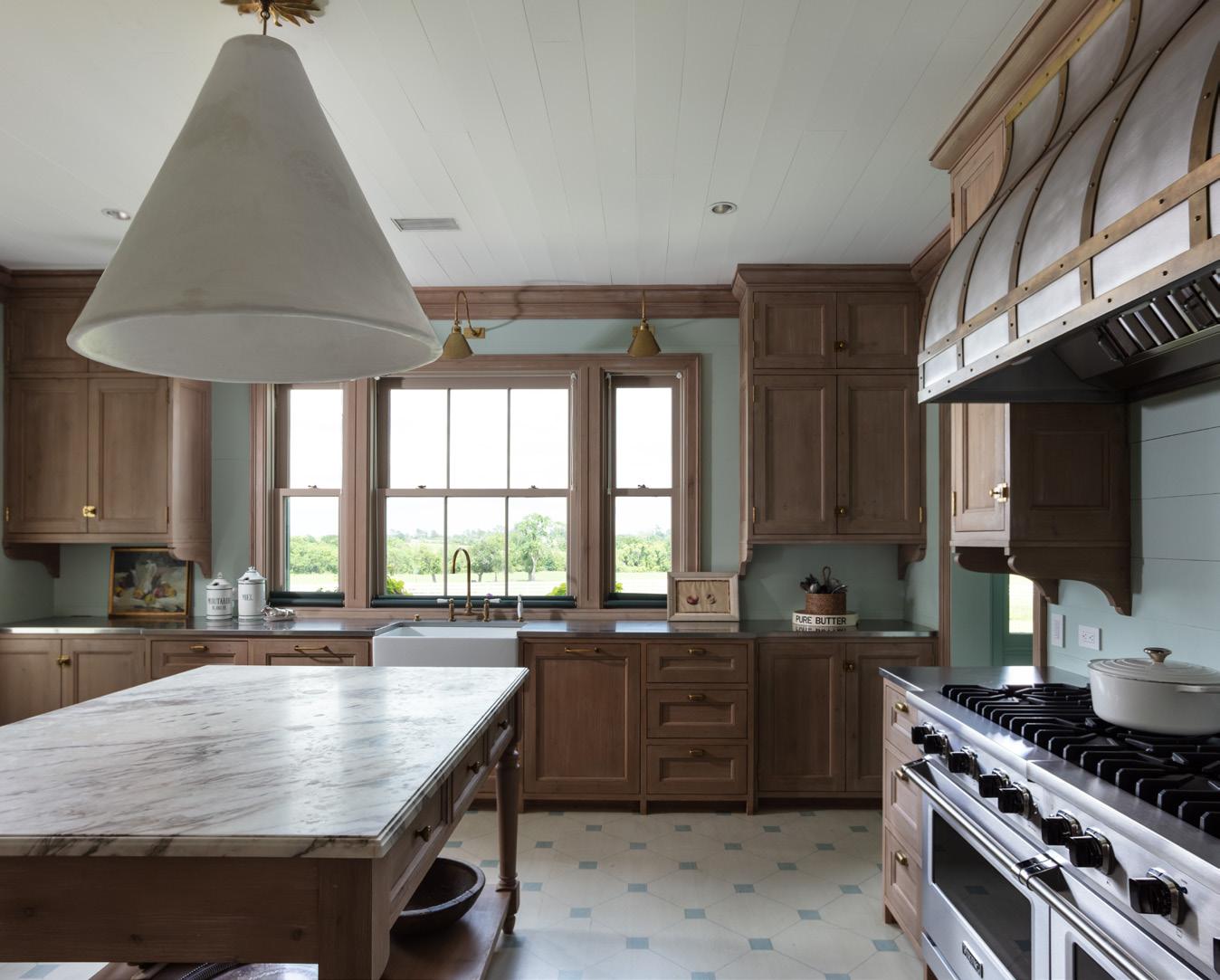
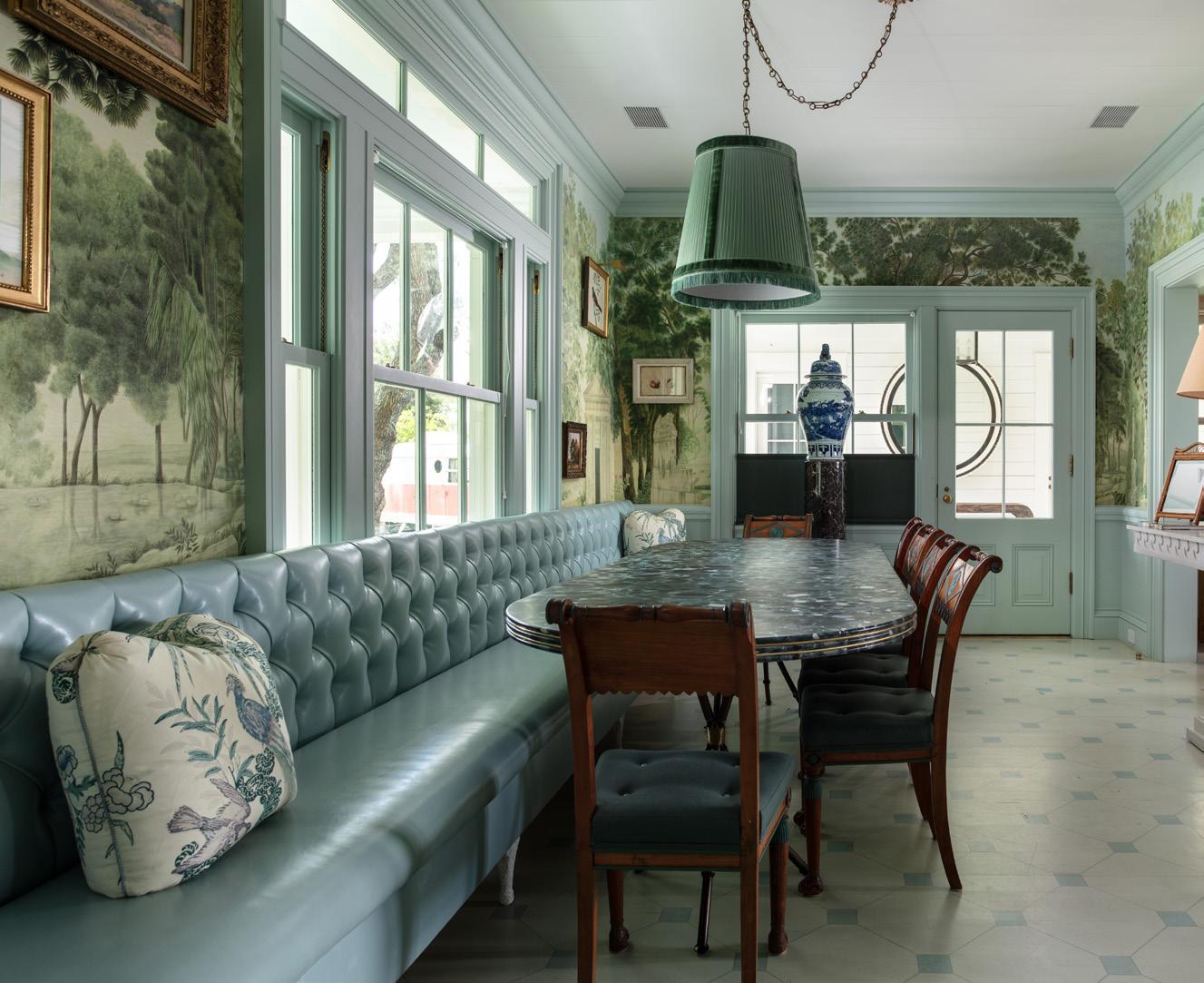

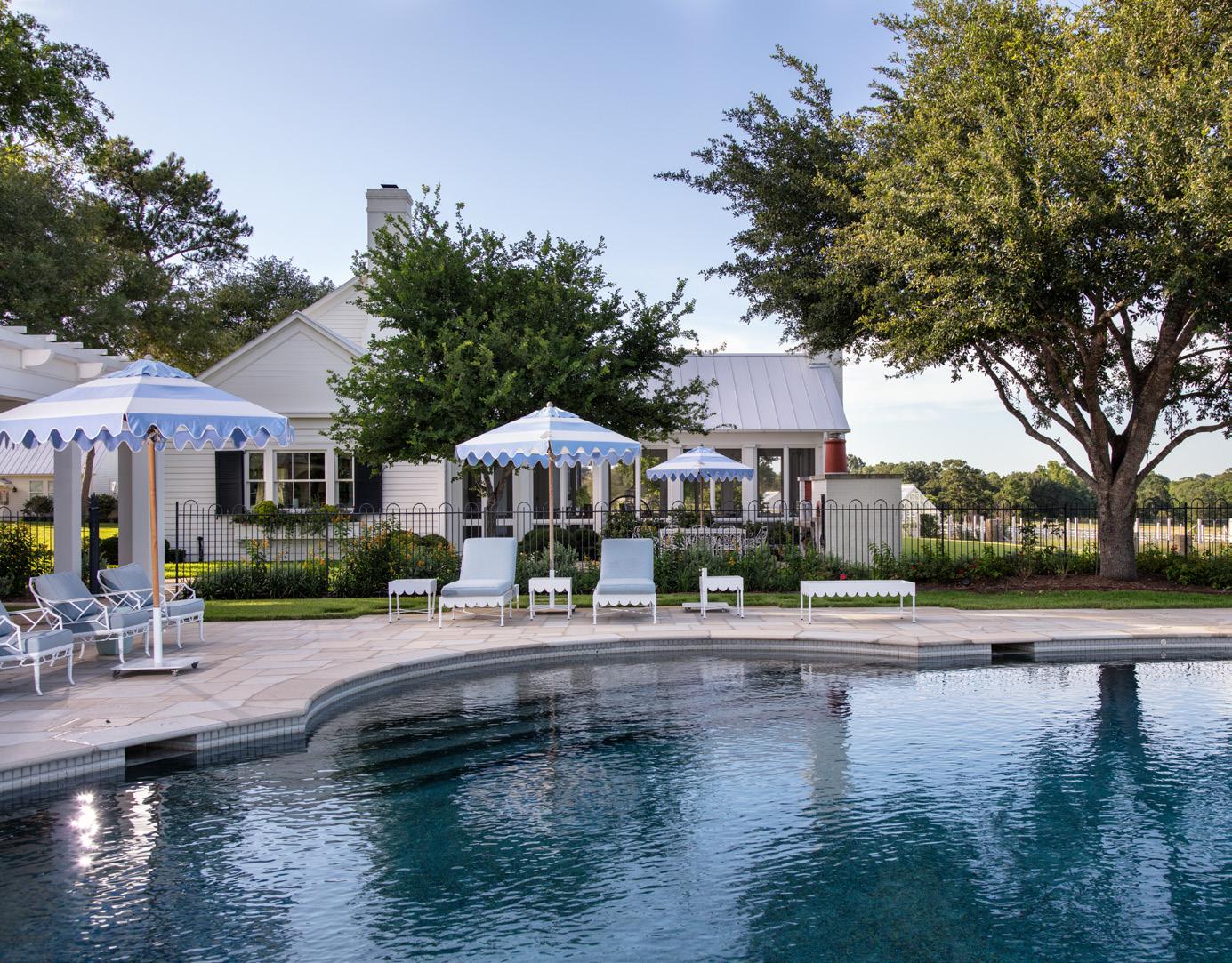

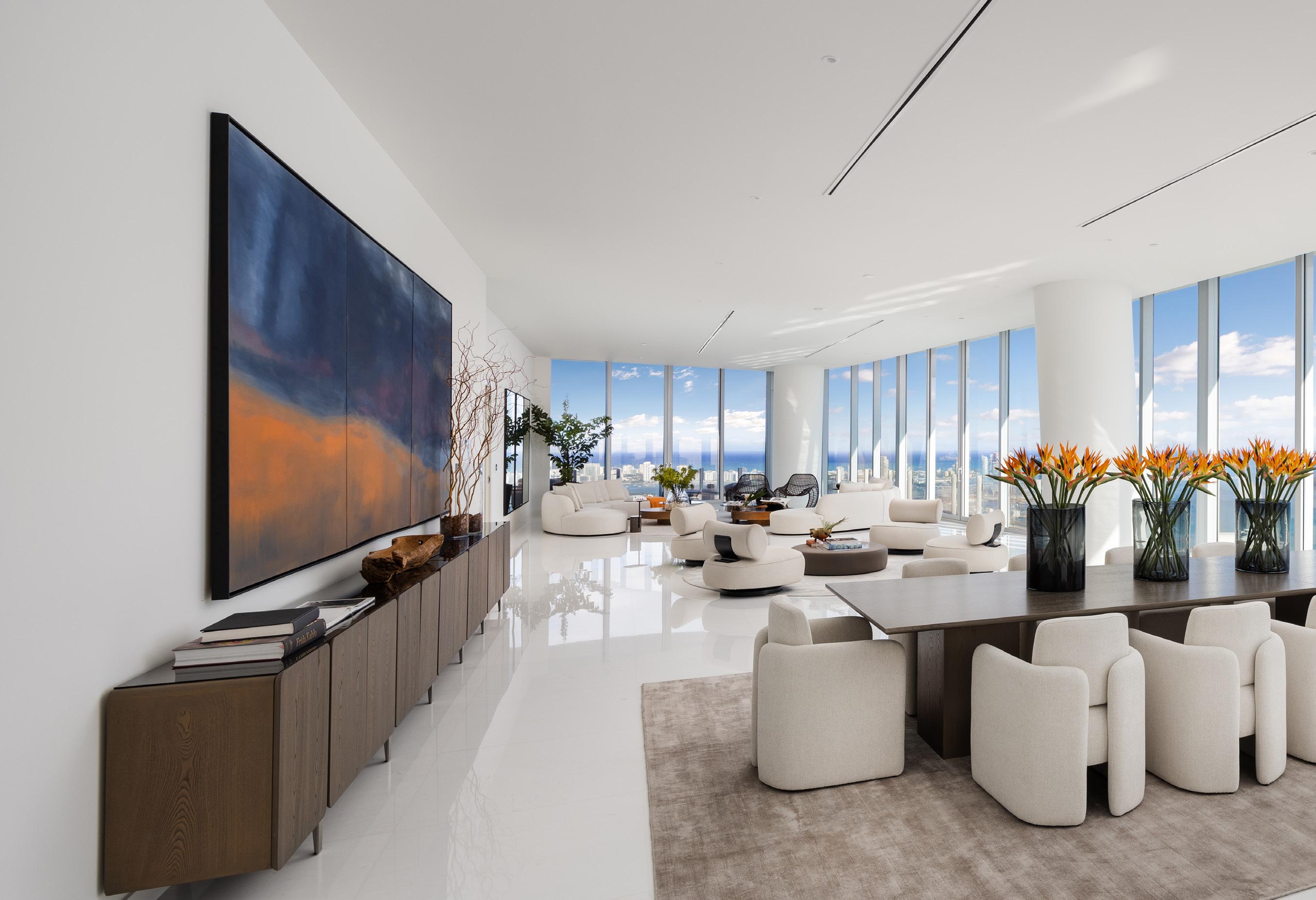
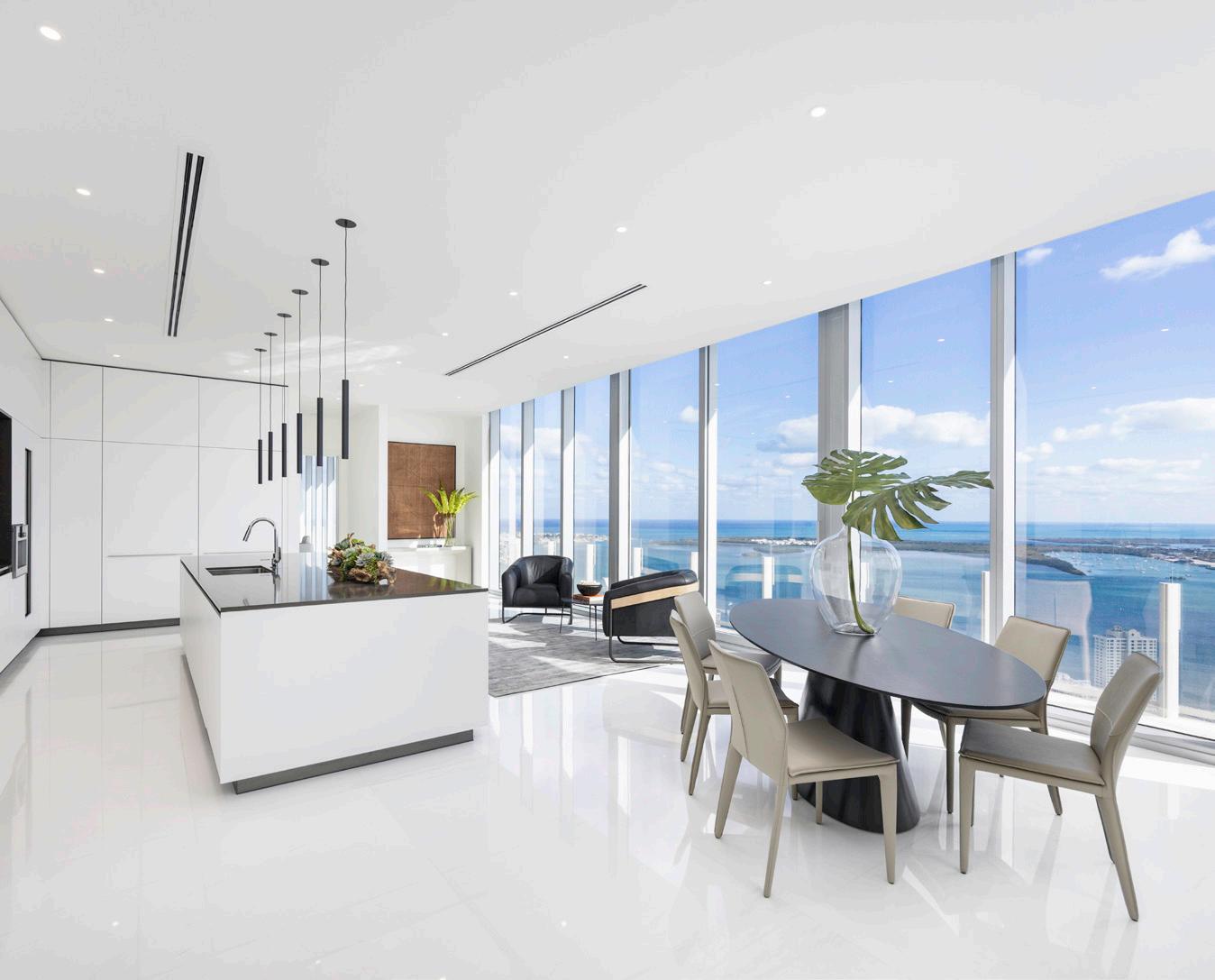
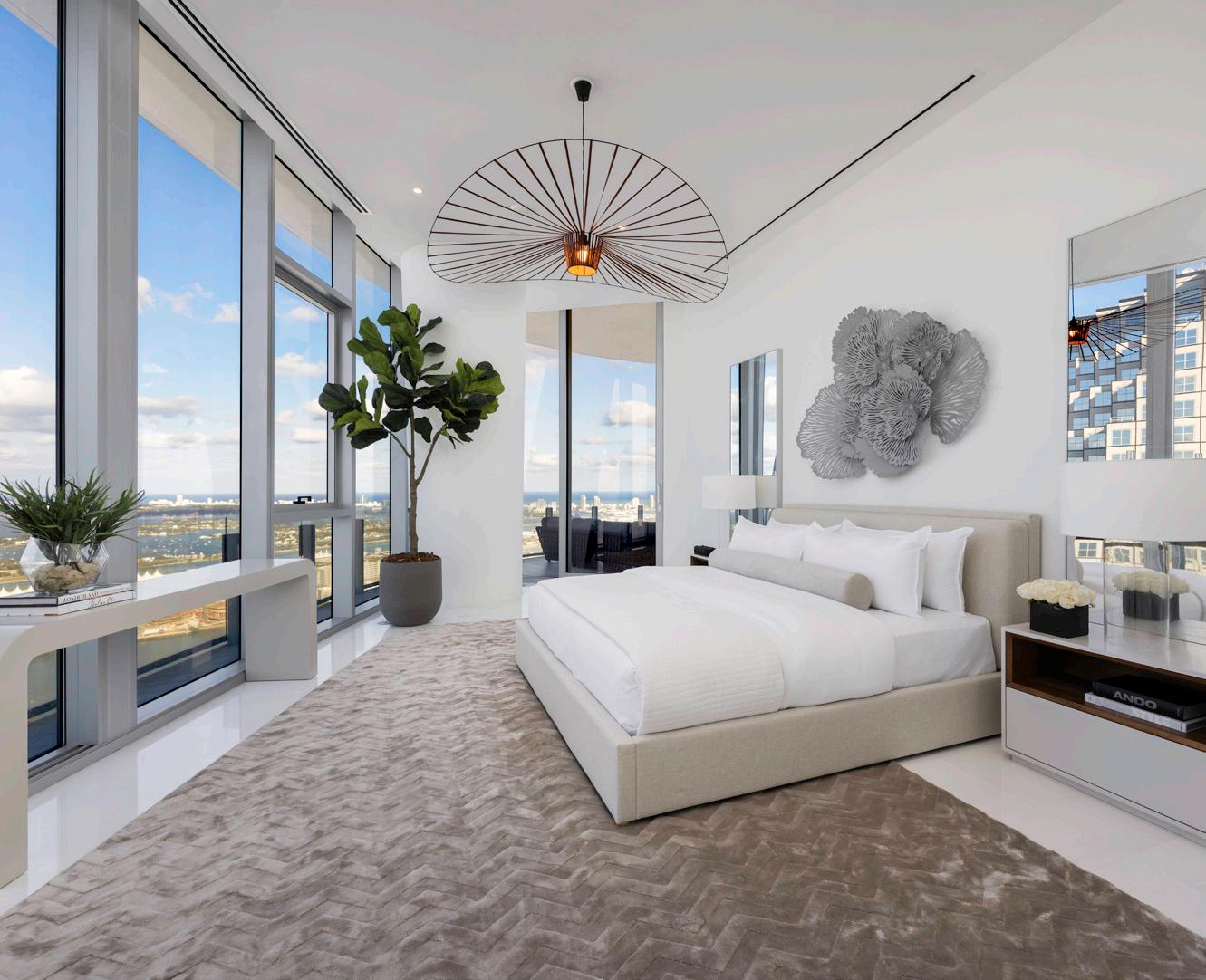
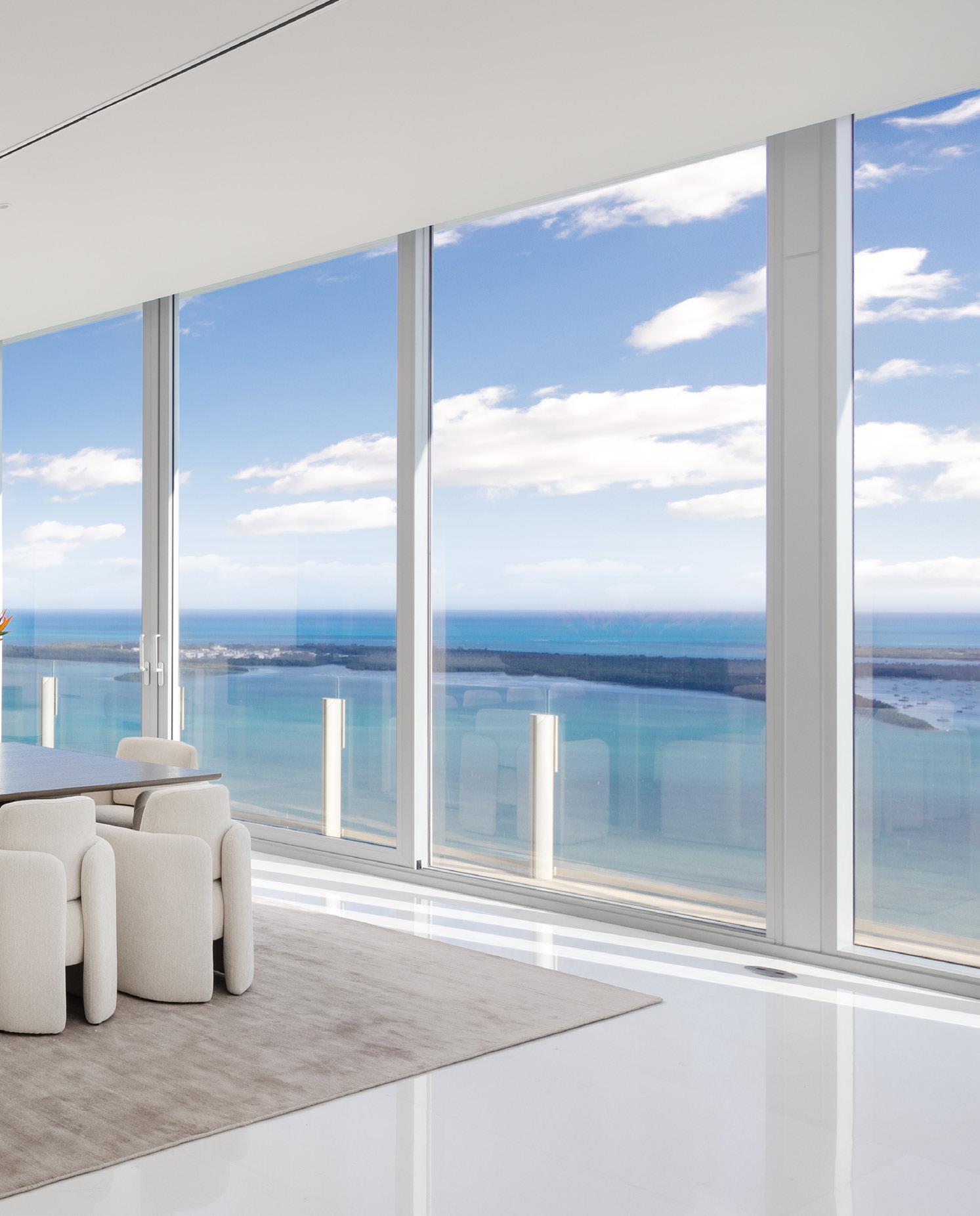



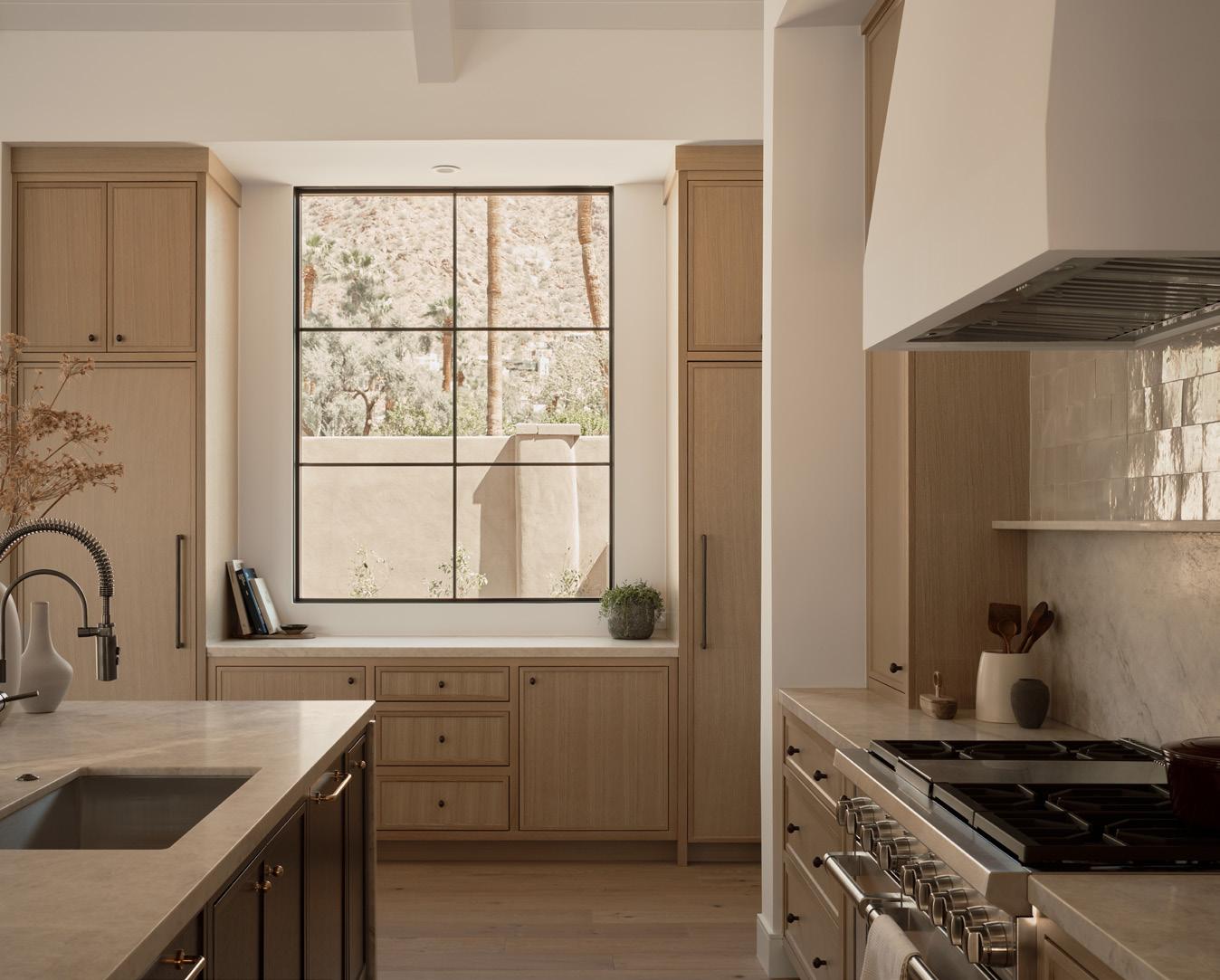
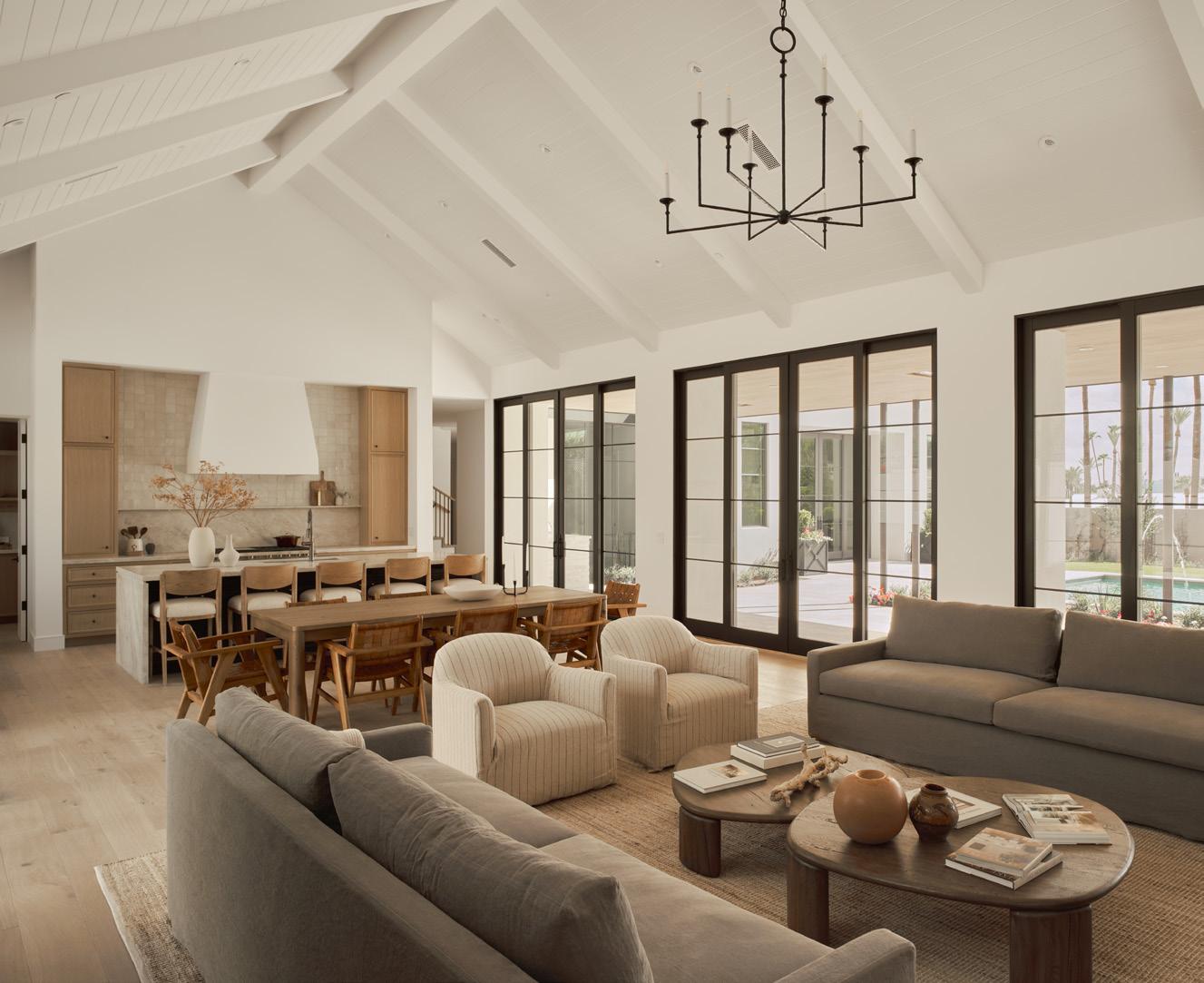

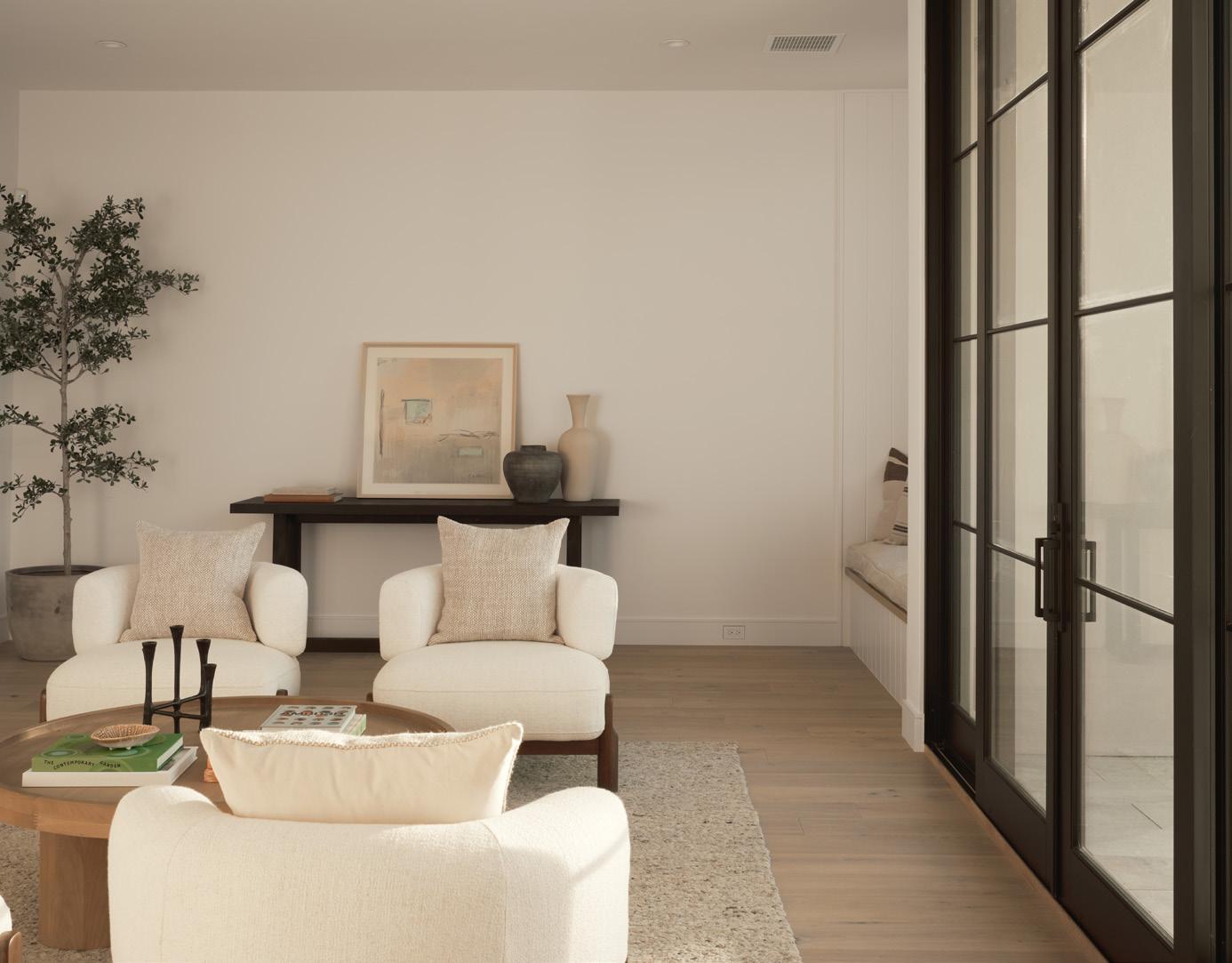
PROPERTY FEATURES
6 Bedrooms
6.5 Full Bath
6,722 Square Feet

CHRIS KARAS chris.karas@compass.com

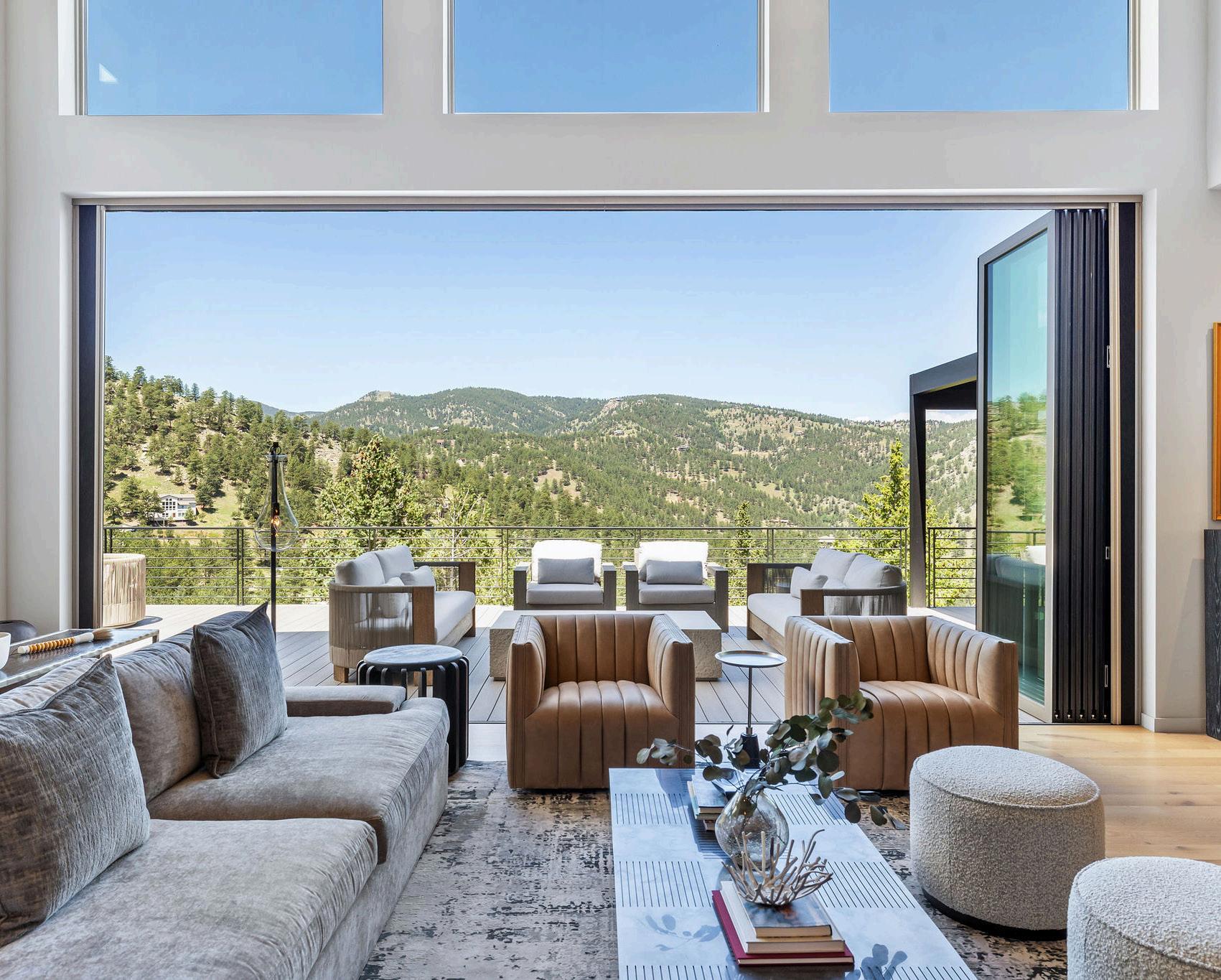
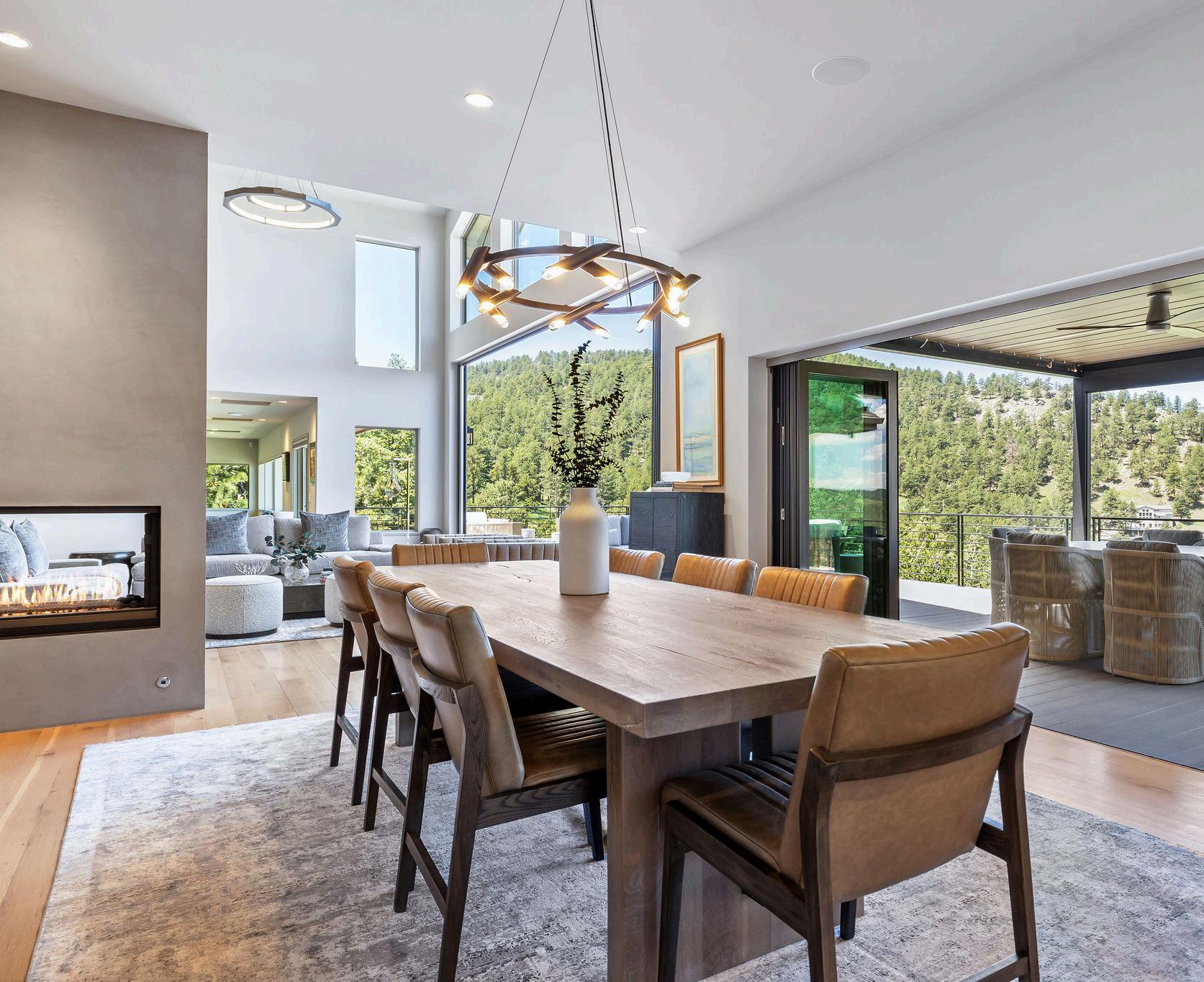

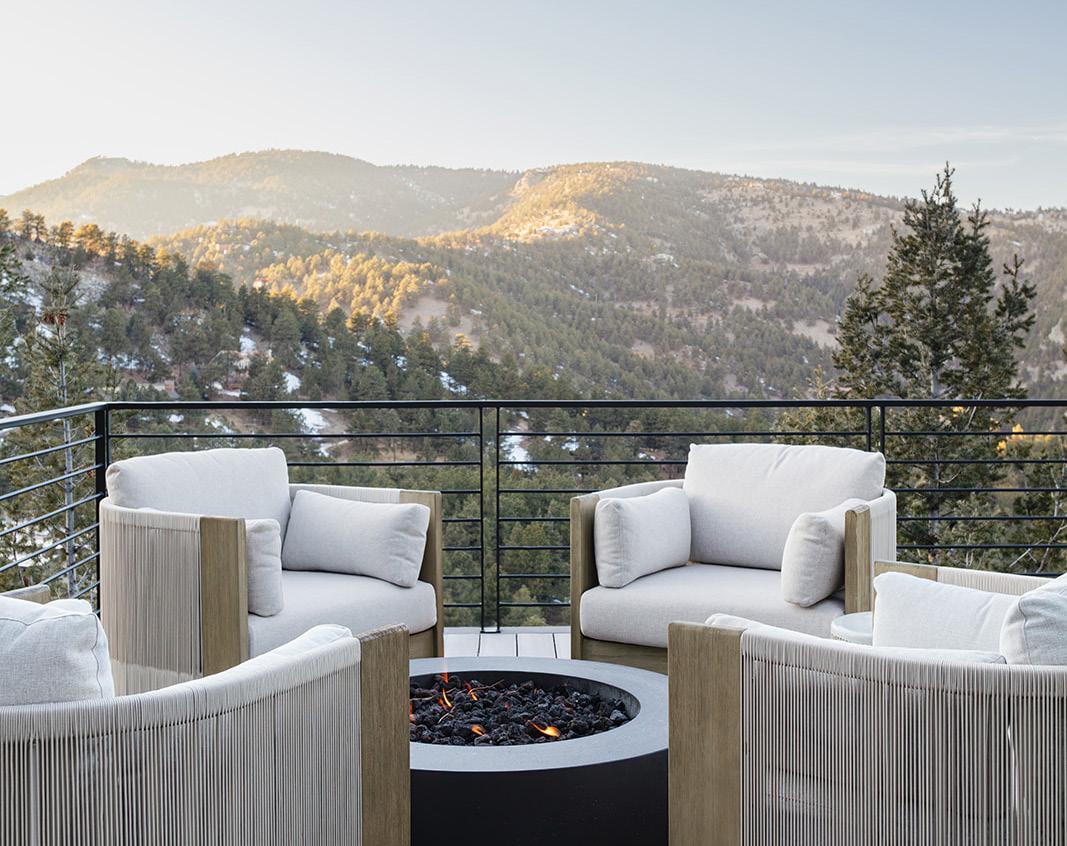


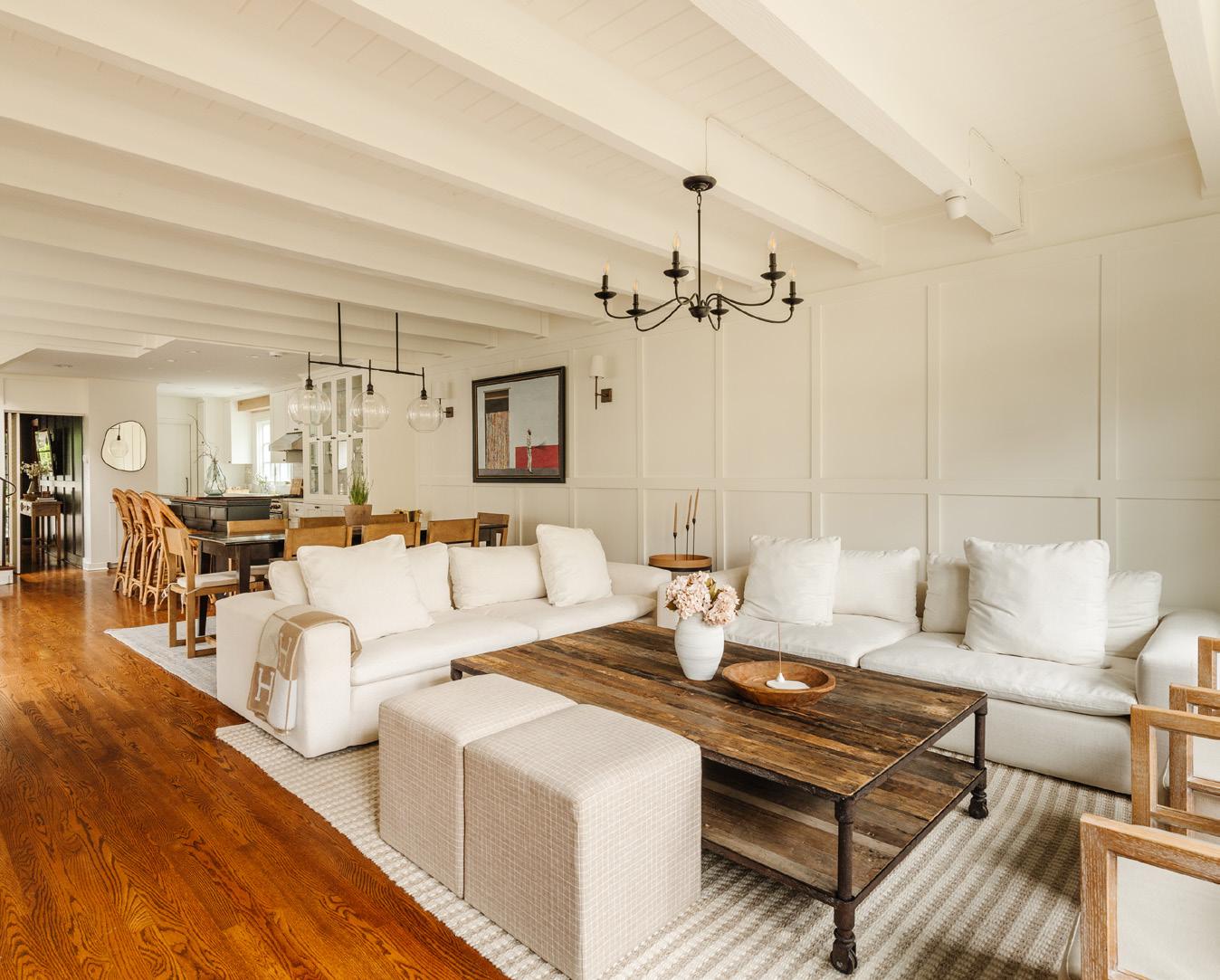
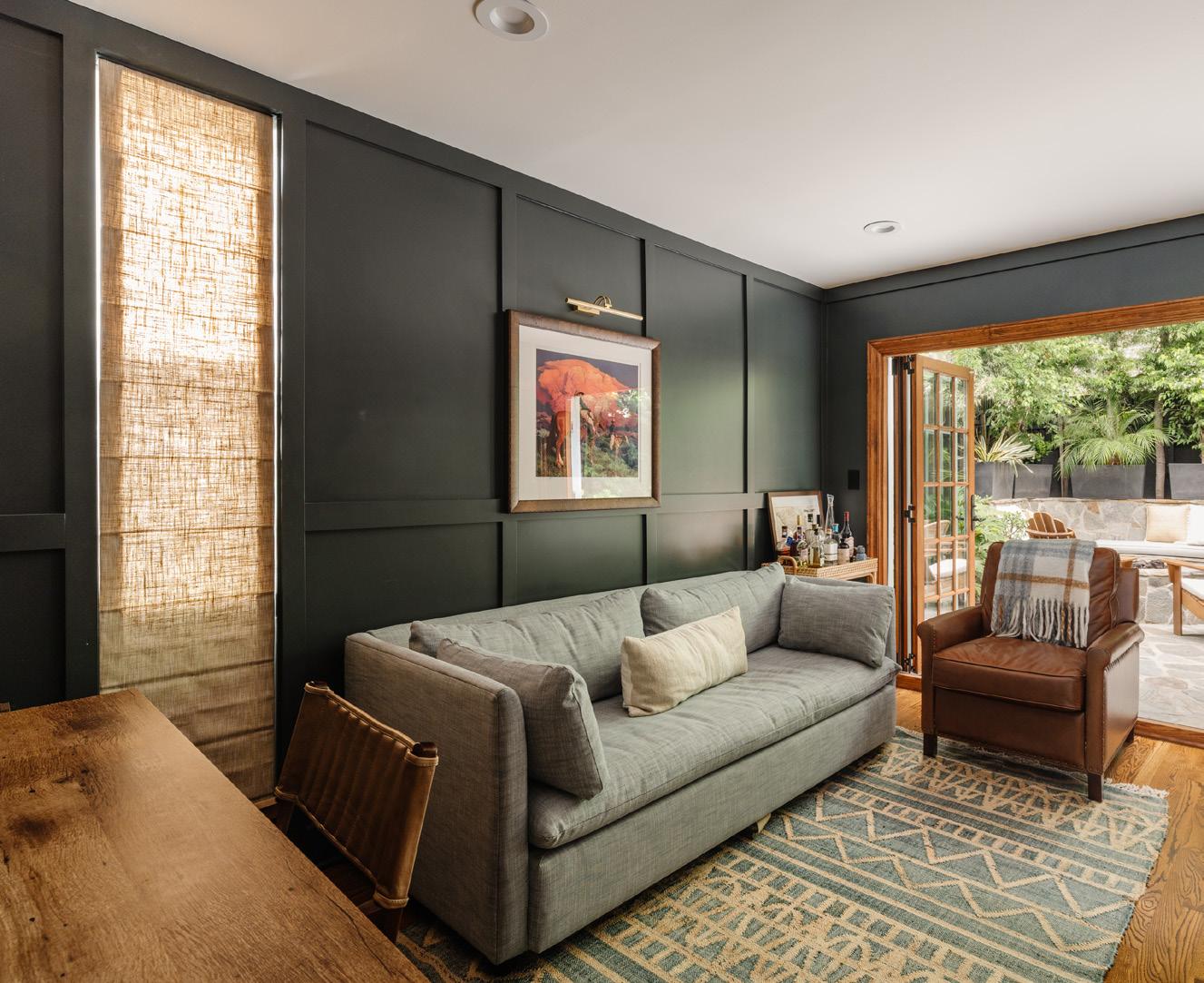

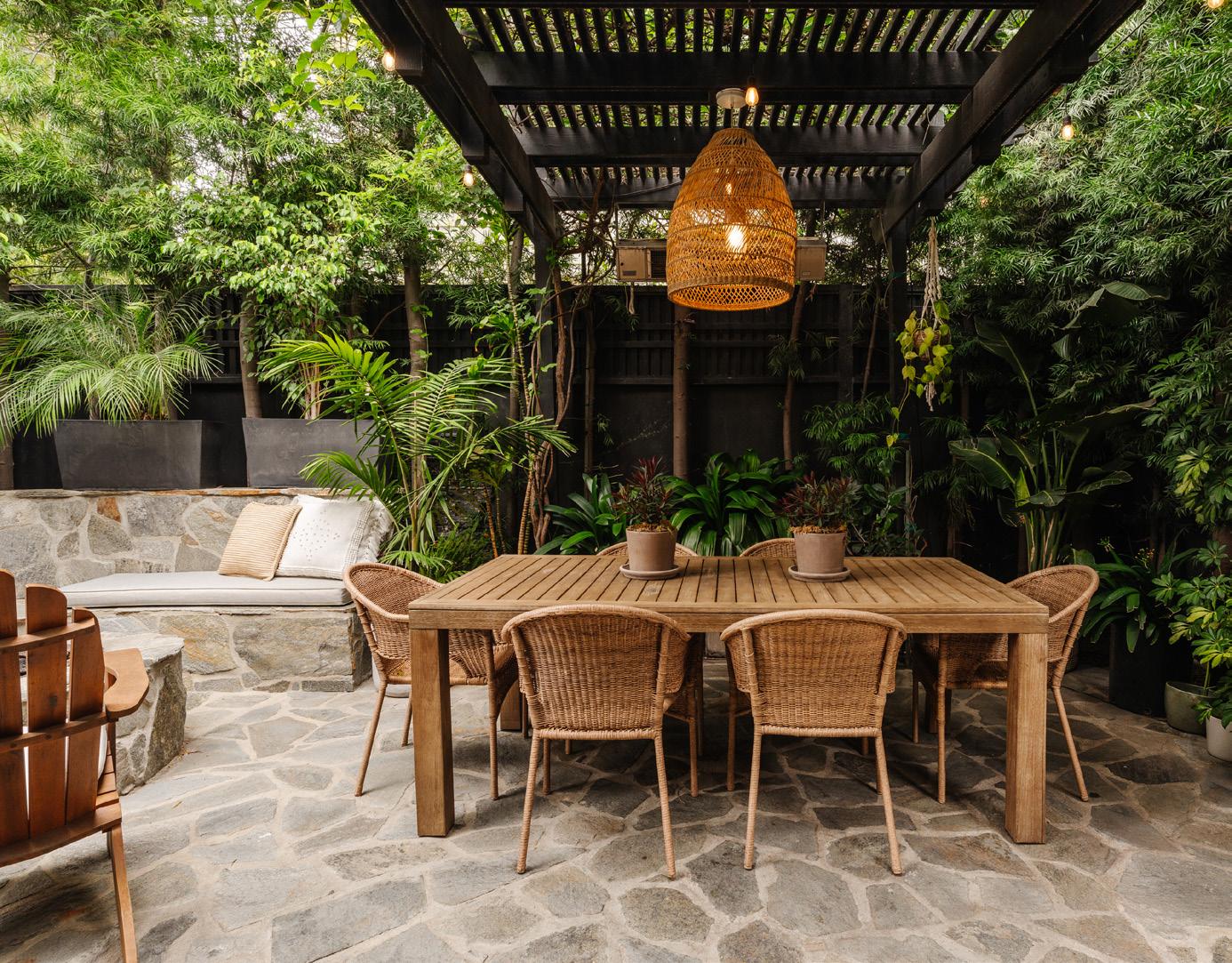
Square Feet


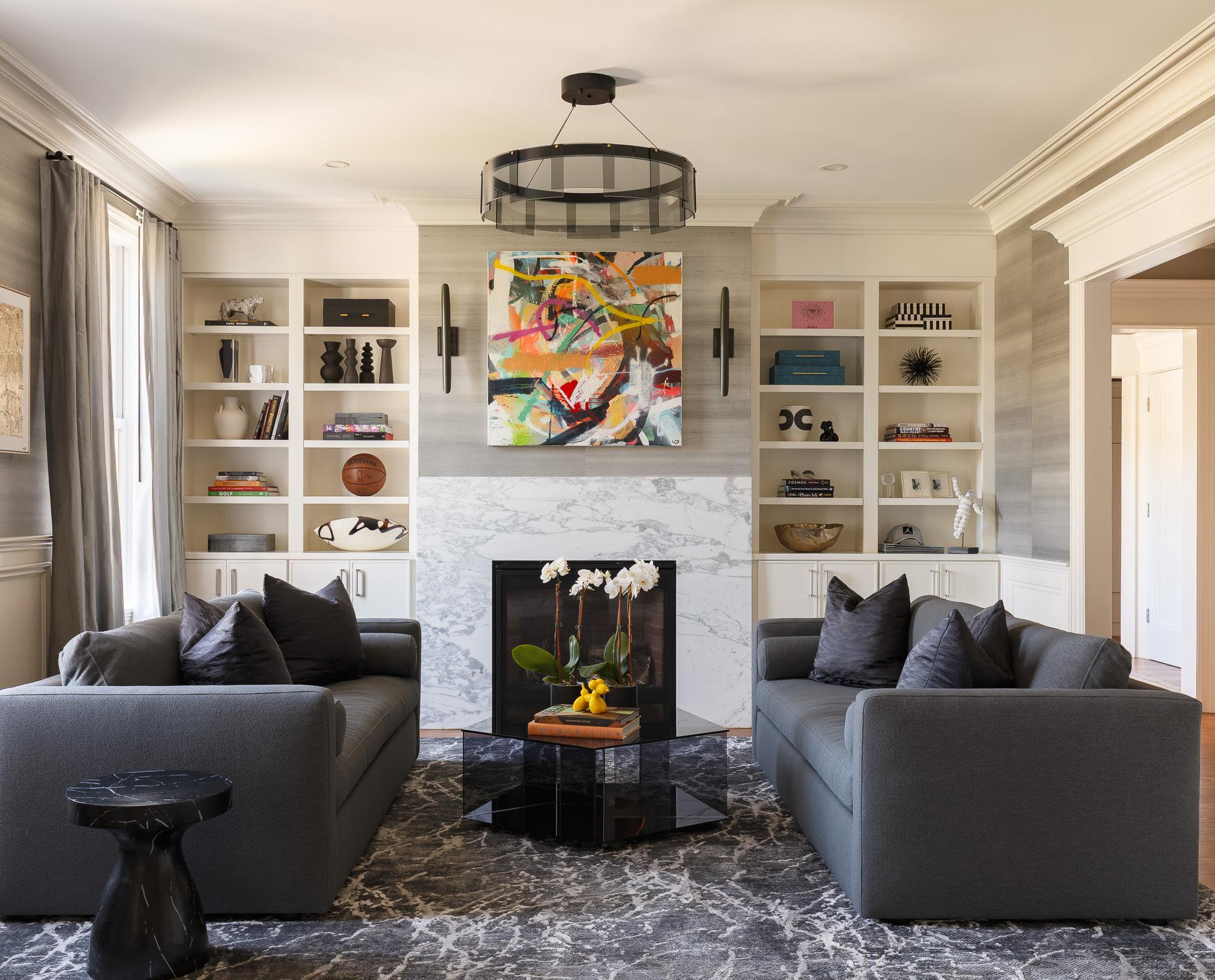
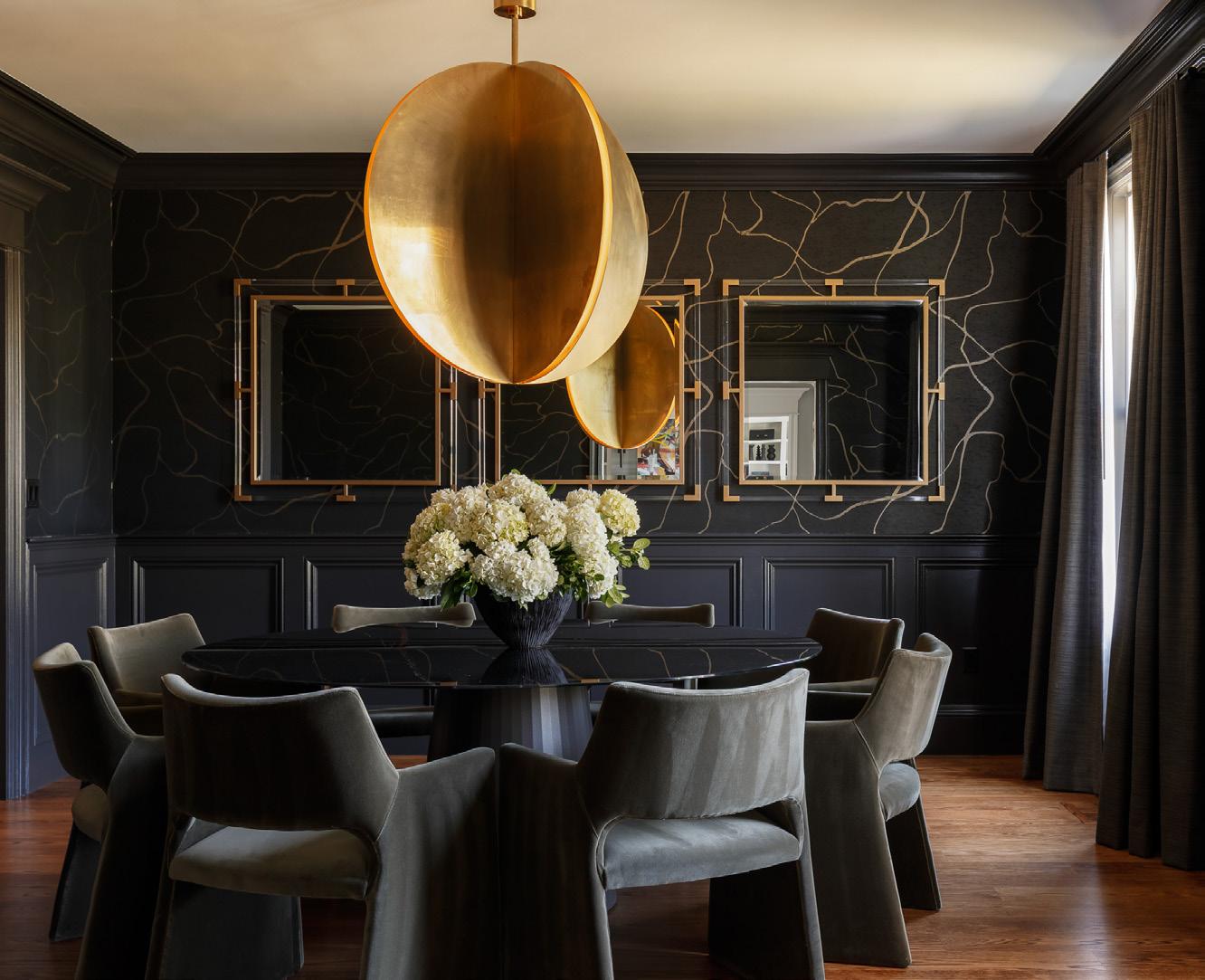
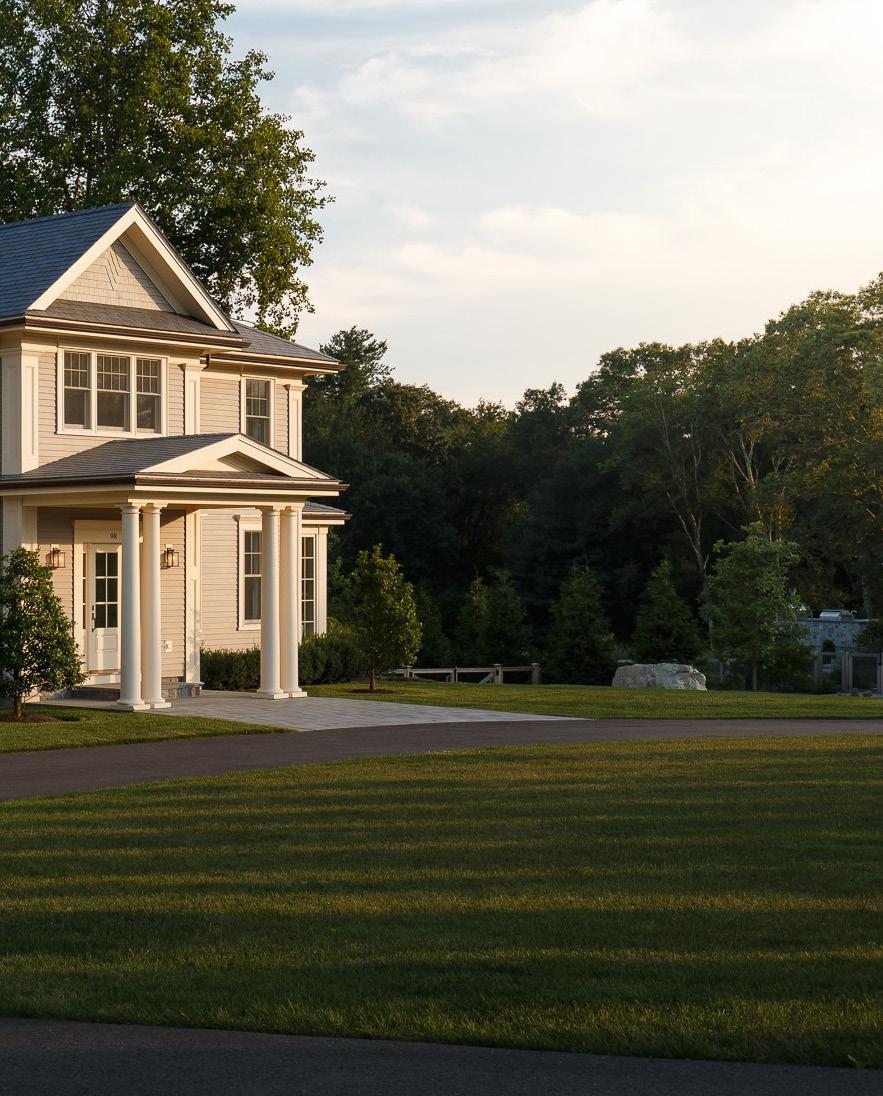
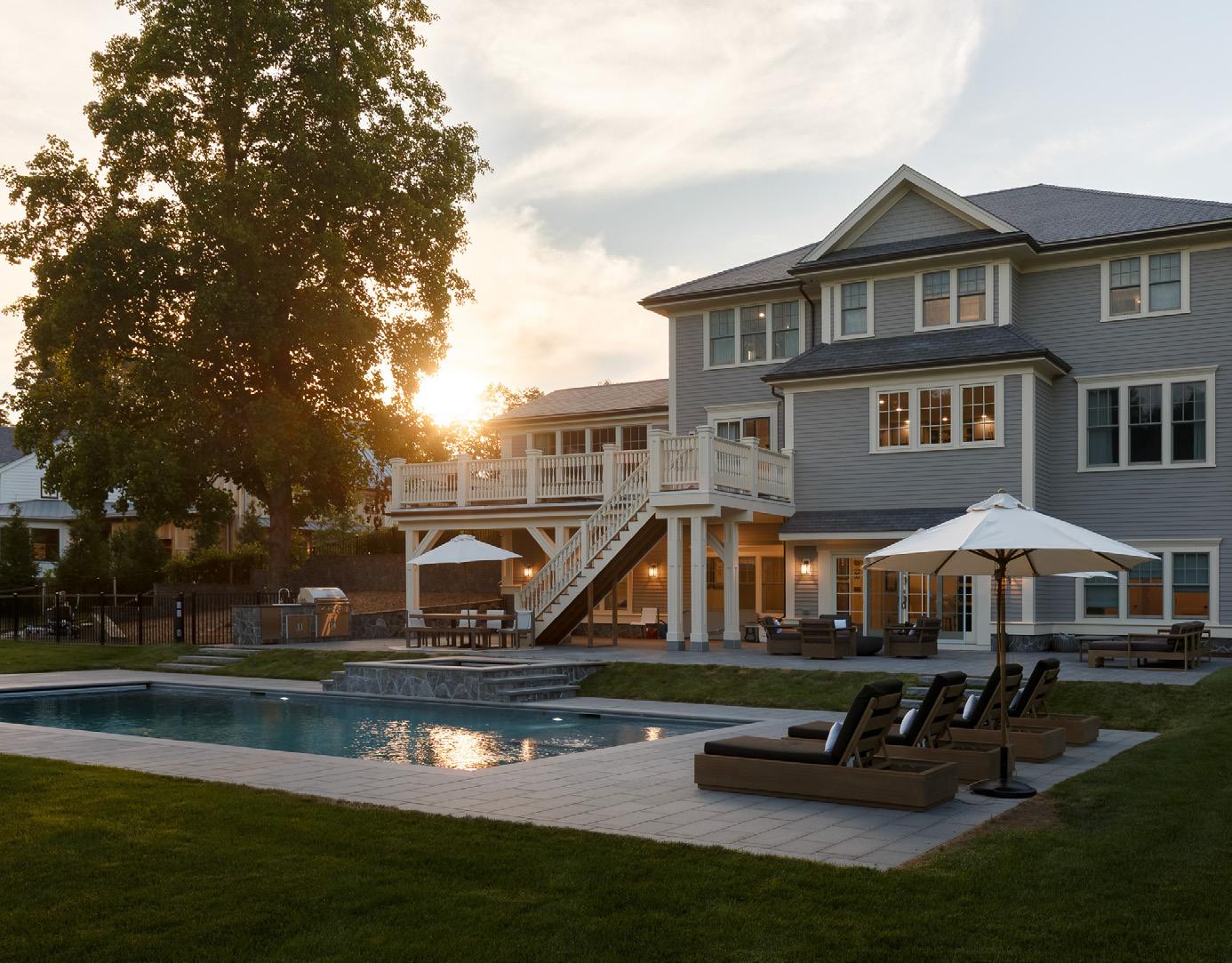

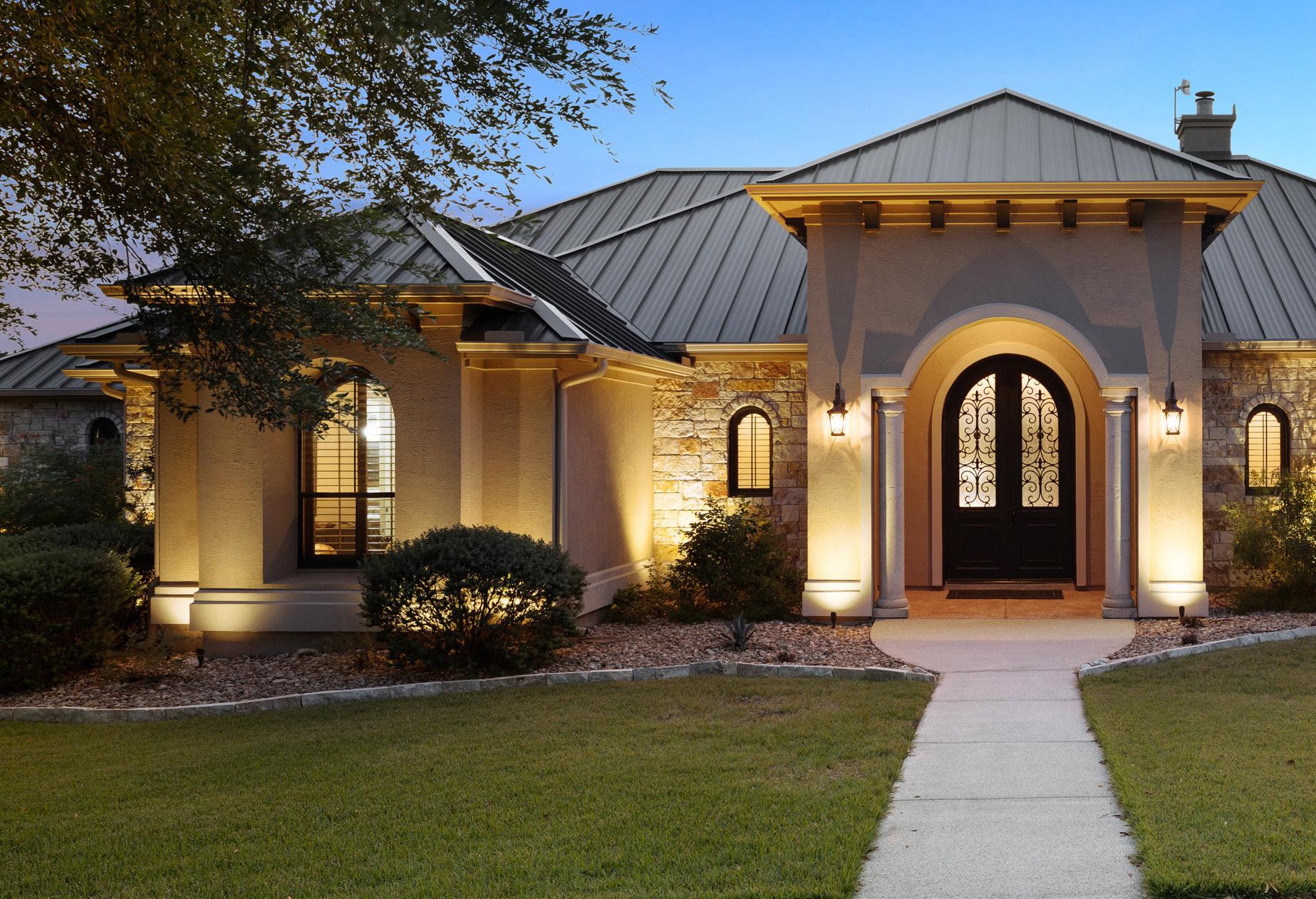




Bedrooms
Full Bath
Square Feet

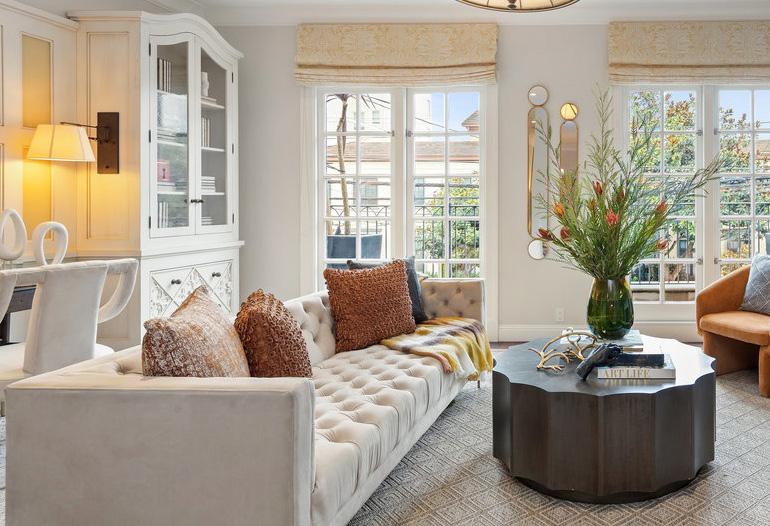

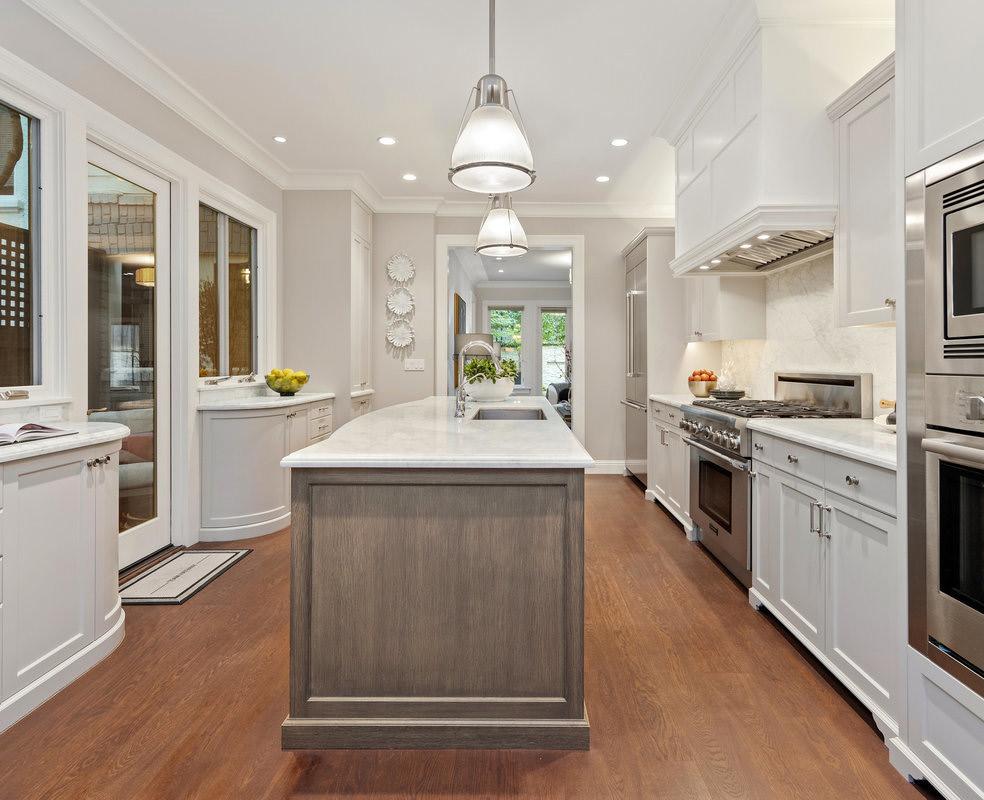
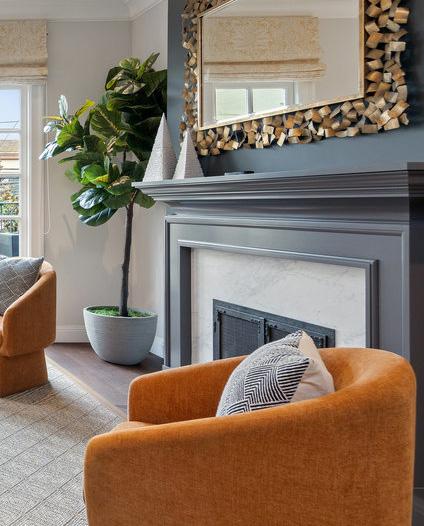
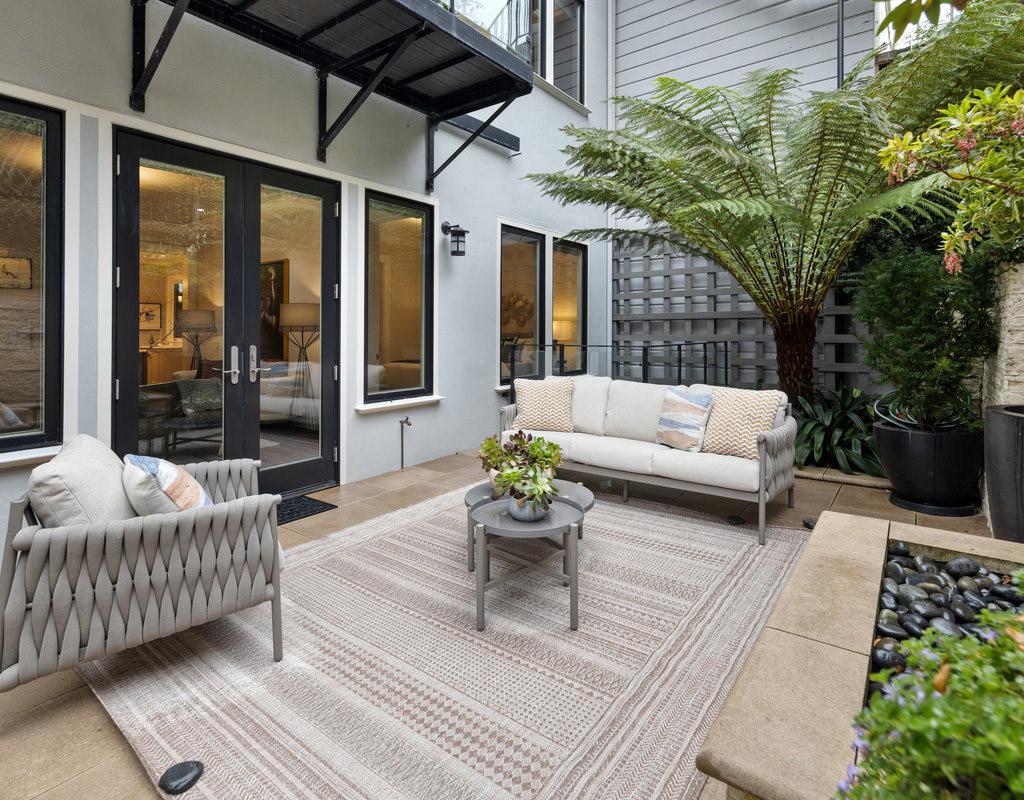


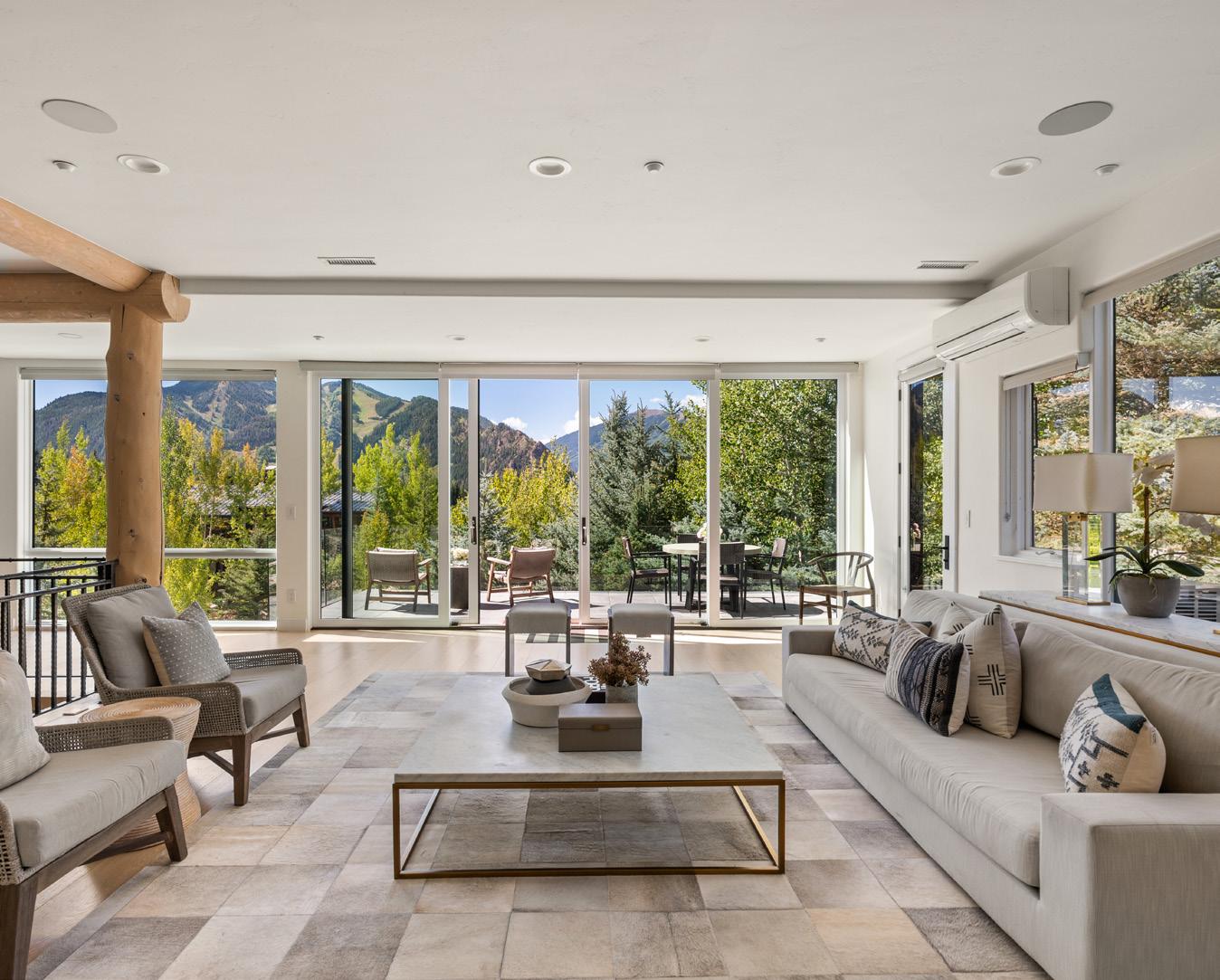
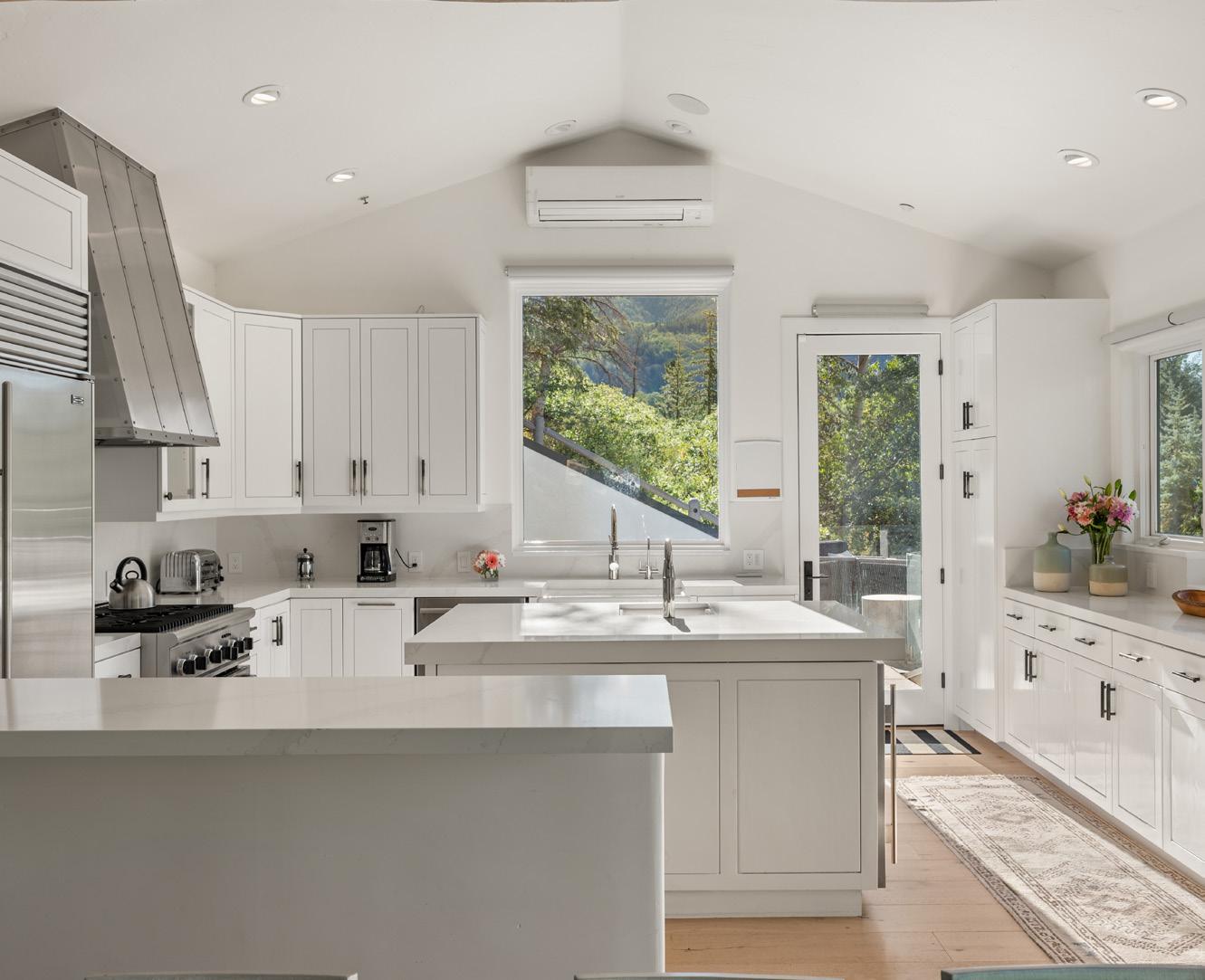

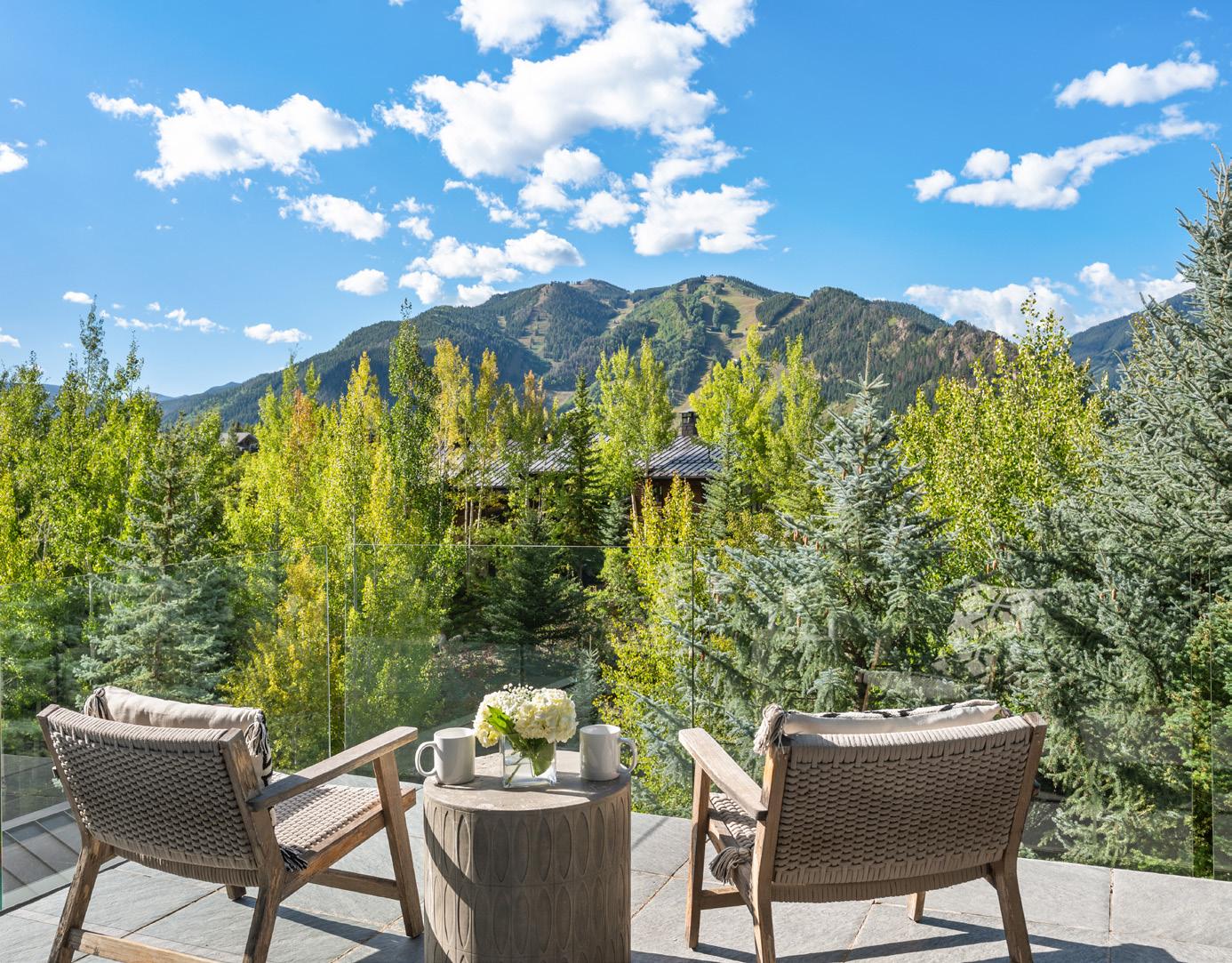
PROPERTY FEATURES 6 Bedrooms
8 Full Bath
5,392 Square Feet

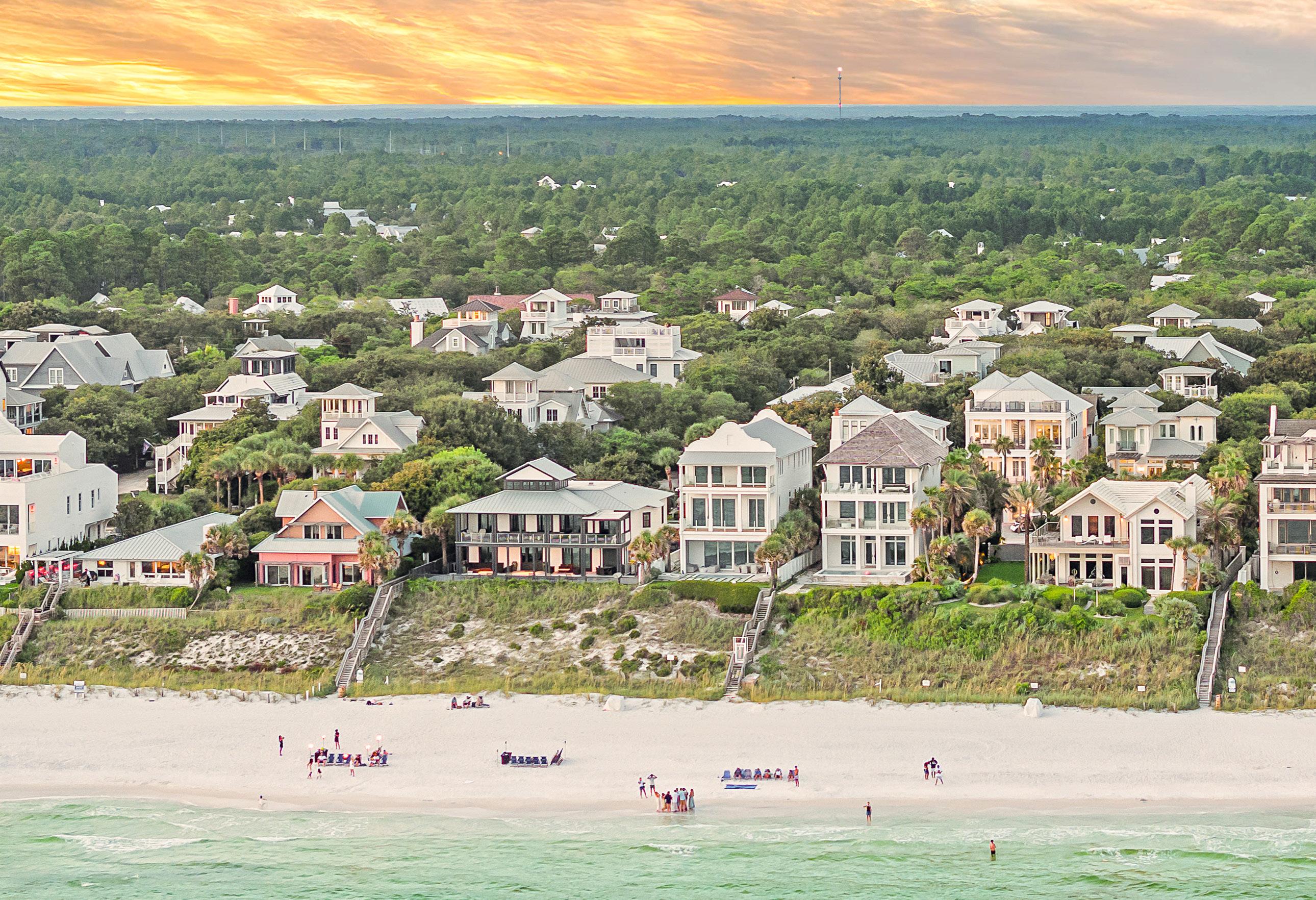
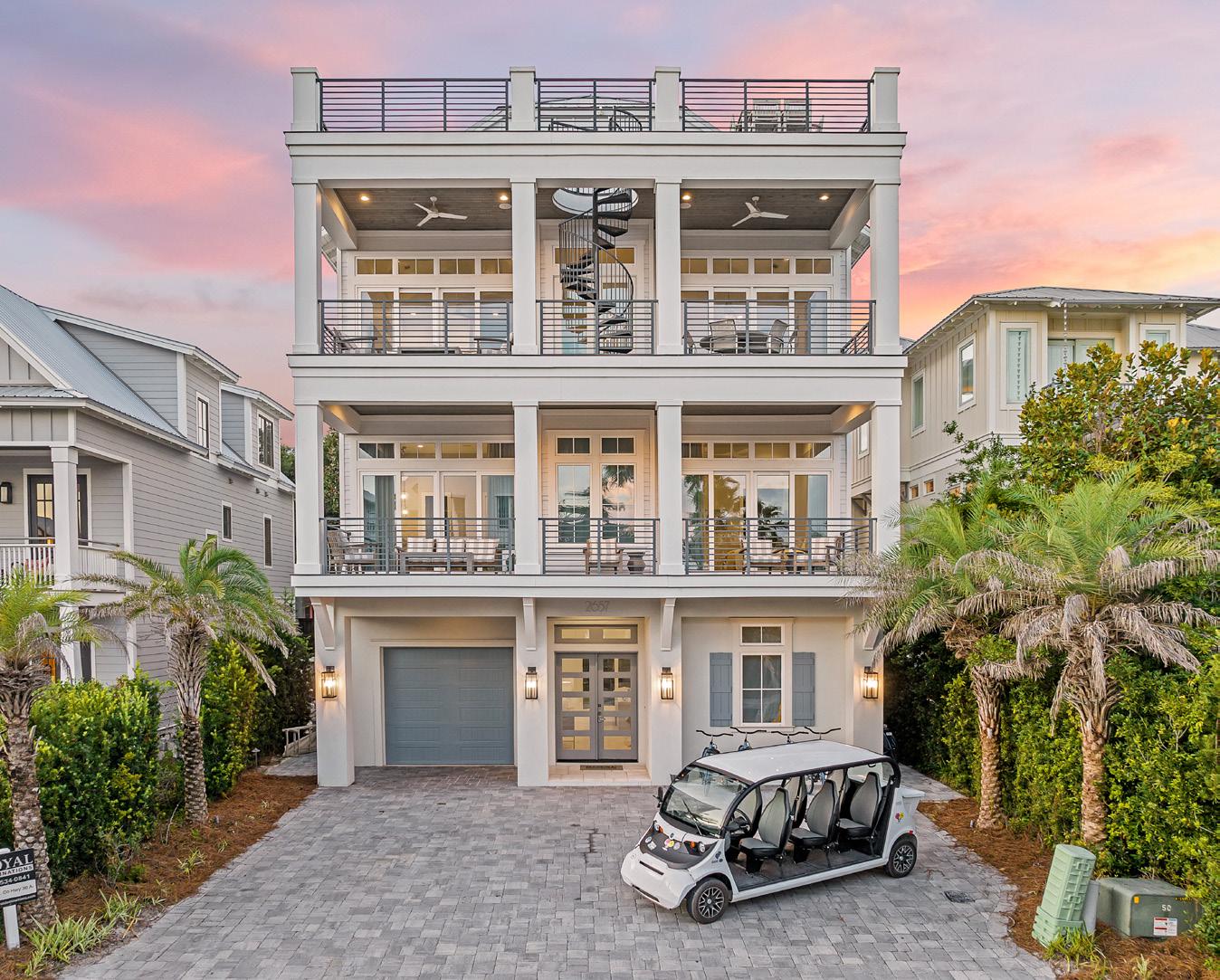



Square Feet
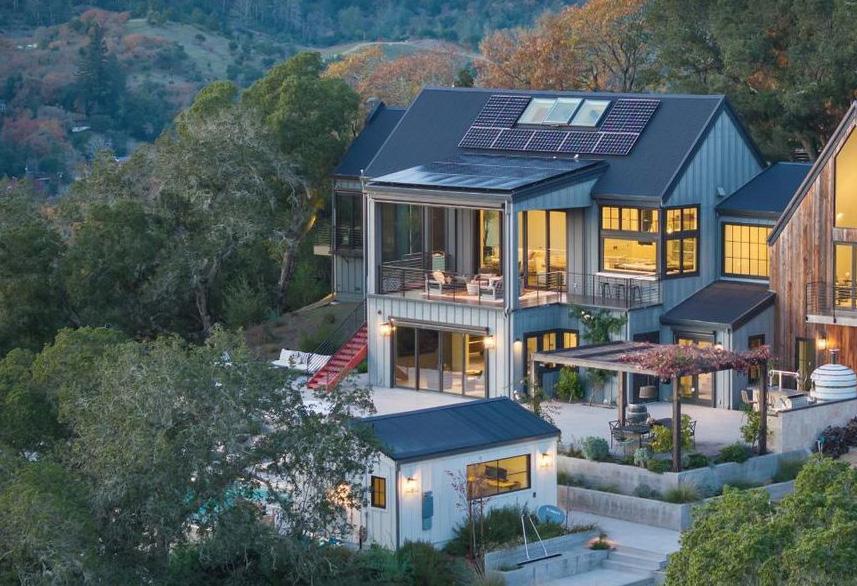


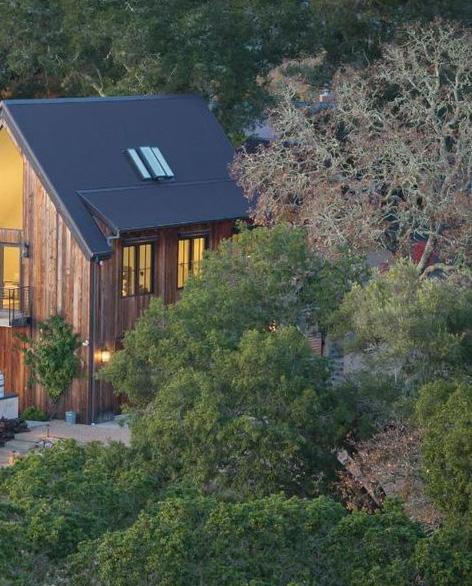
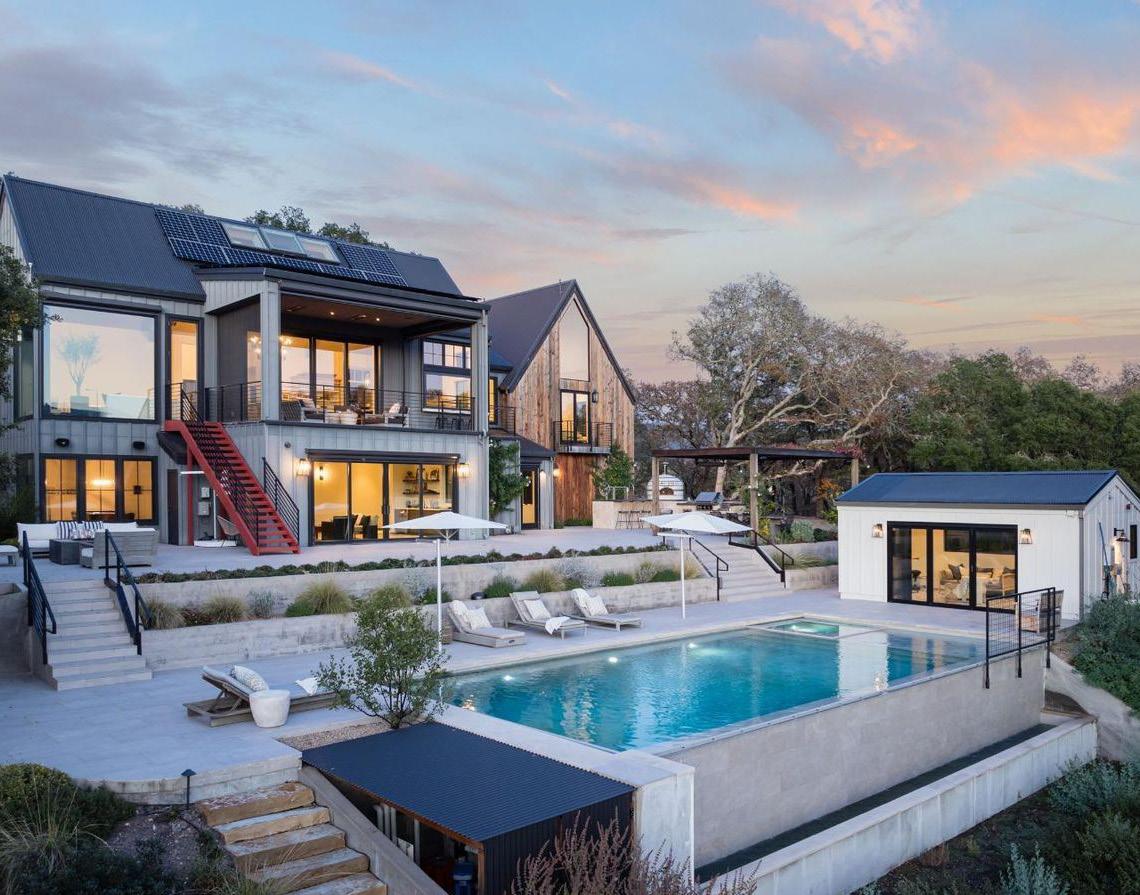
PROPERTY FEATURES 3 Bedrooms 5 Full Bath 5,646 Square Feet

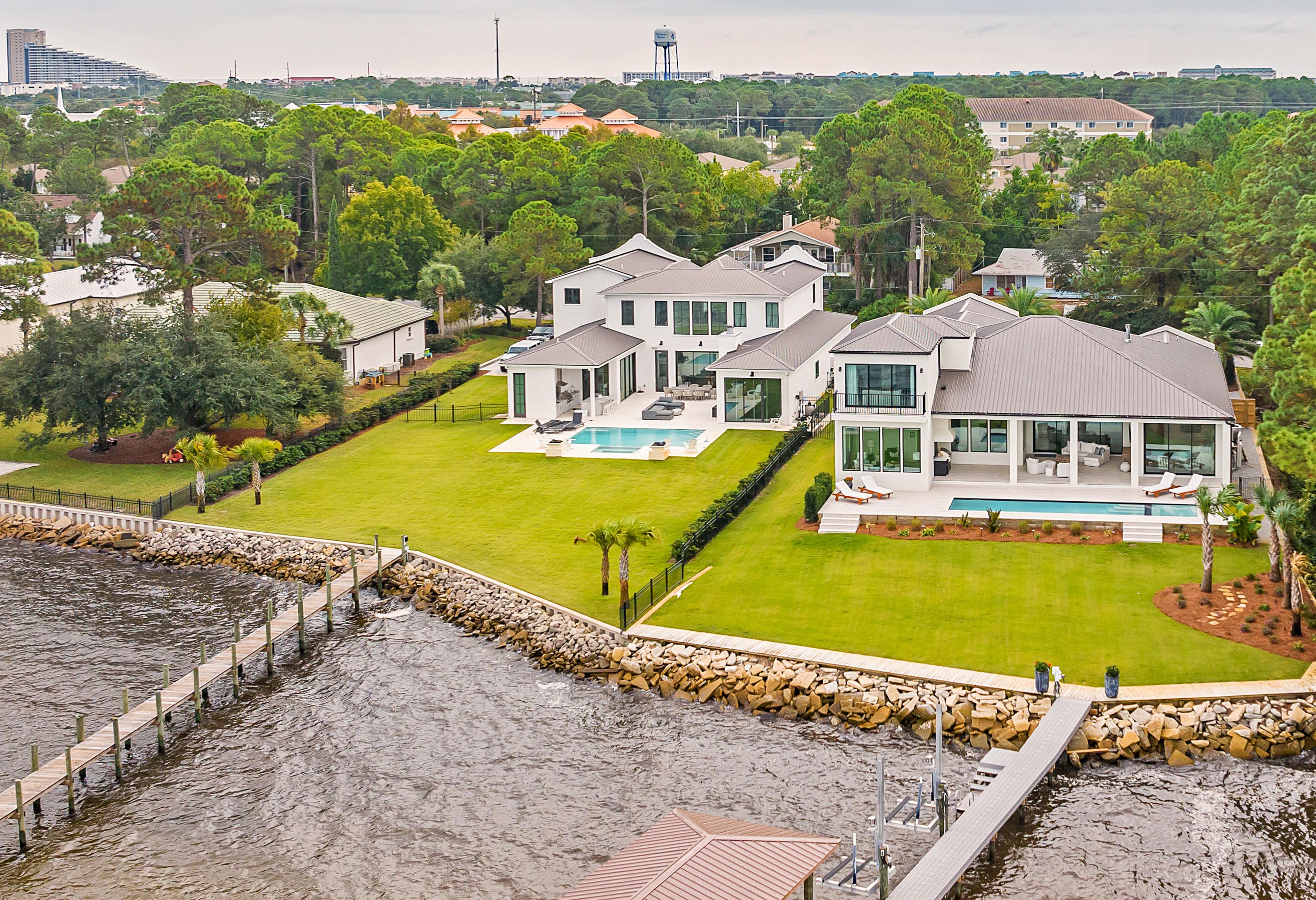
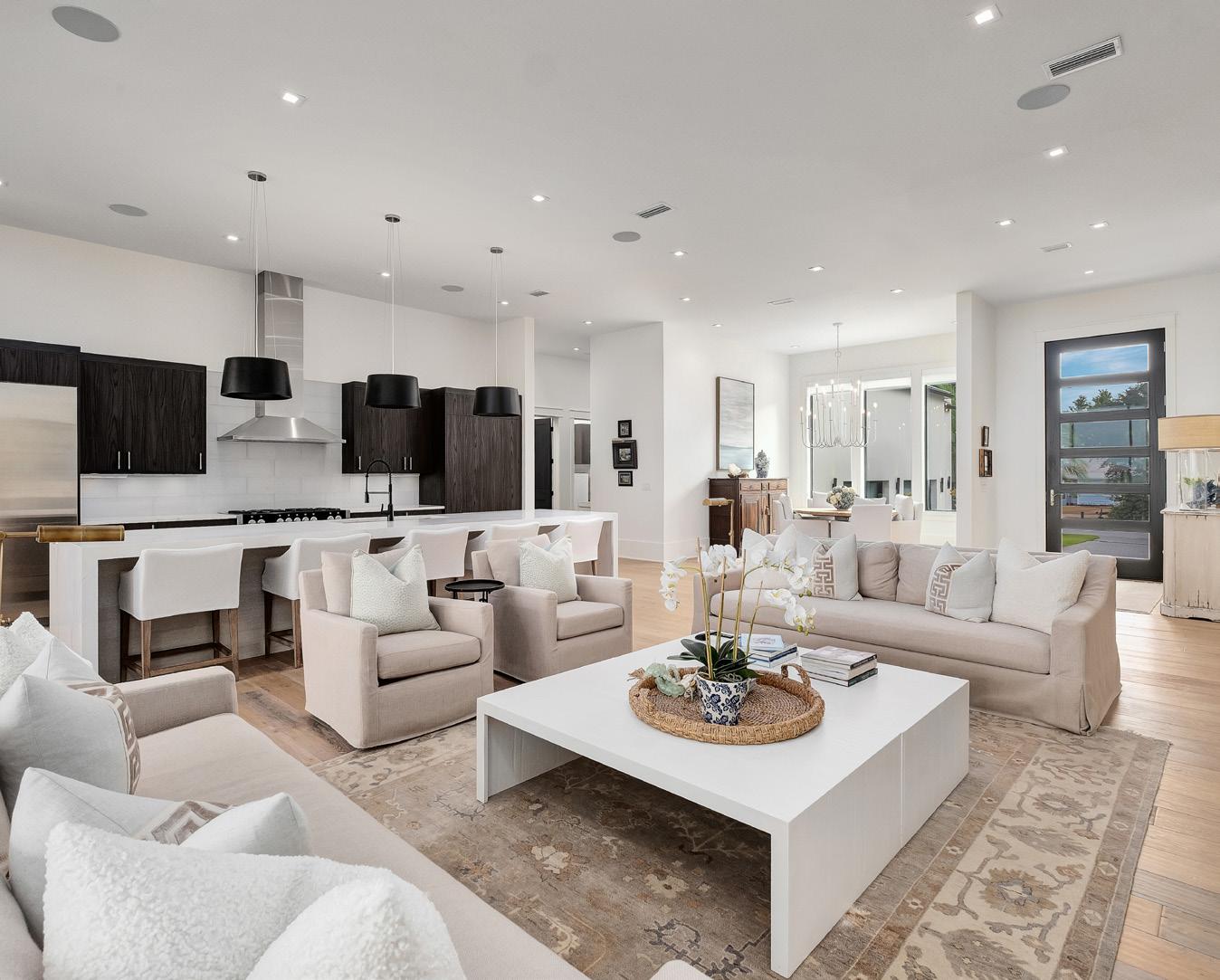
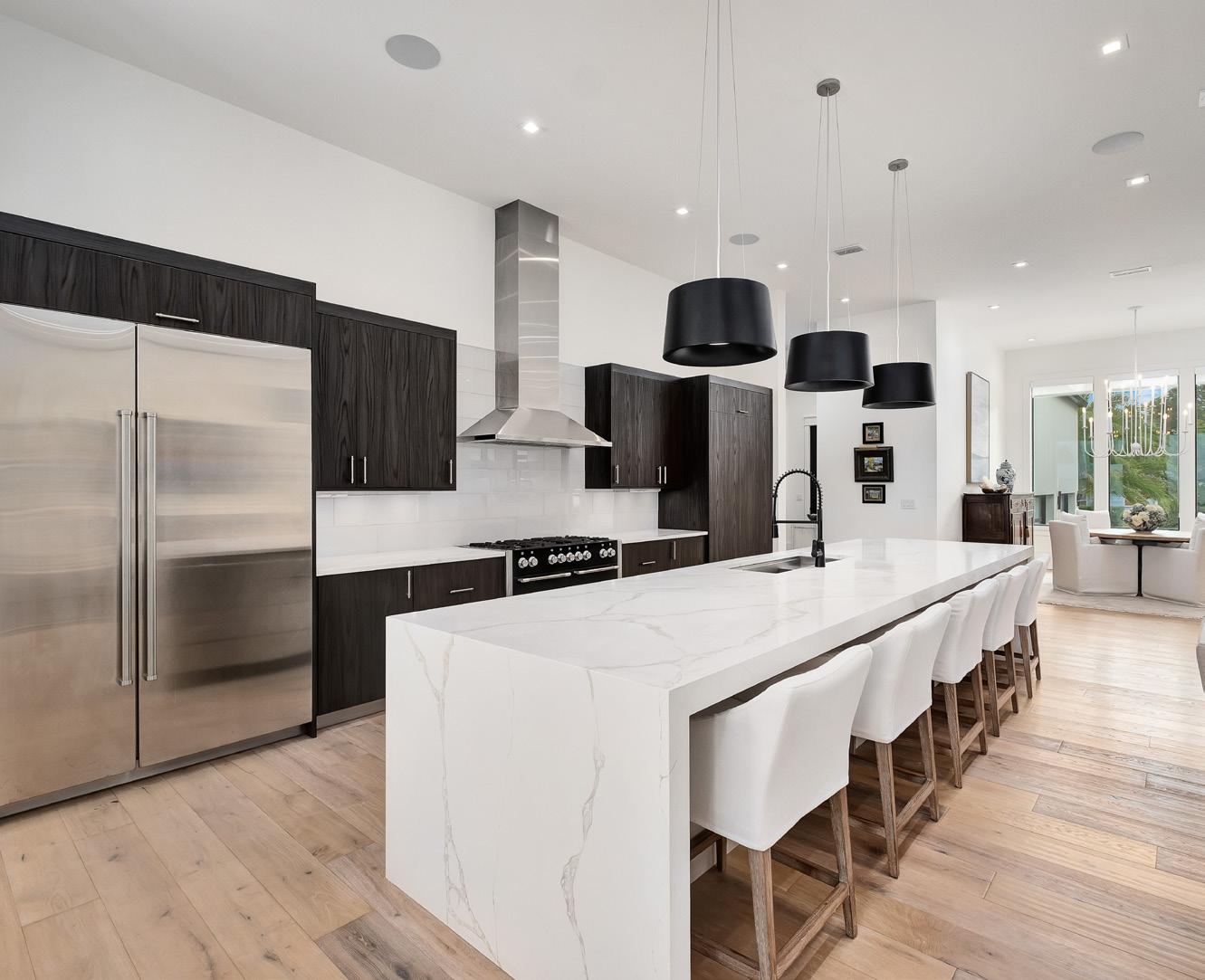
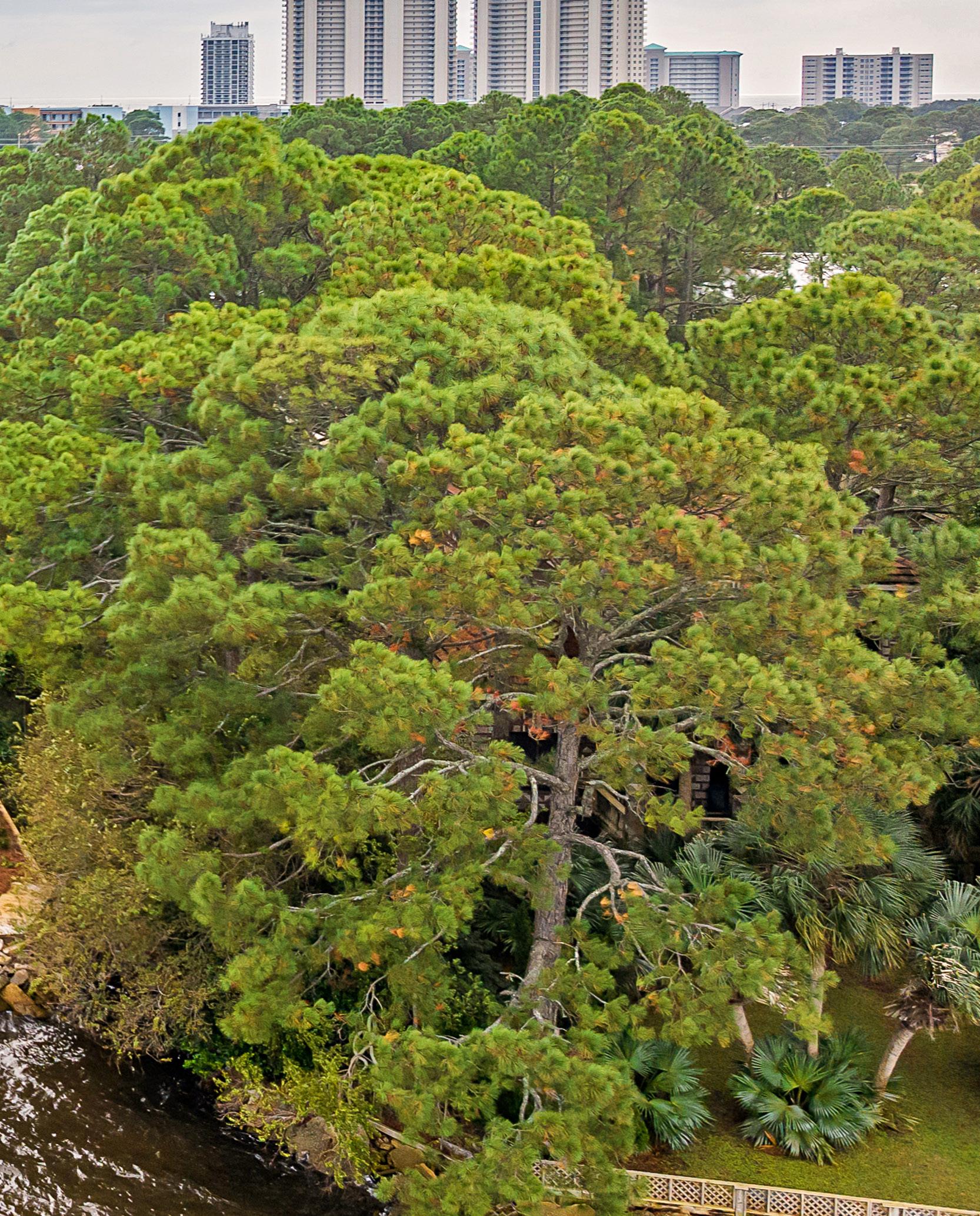
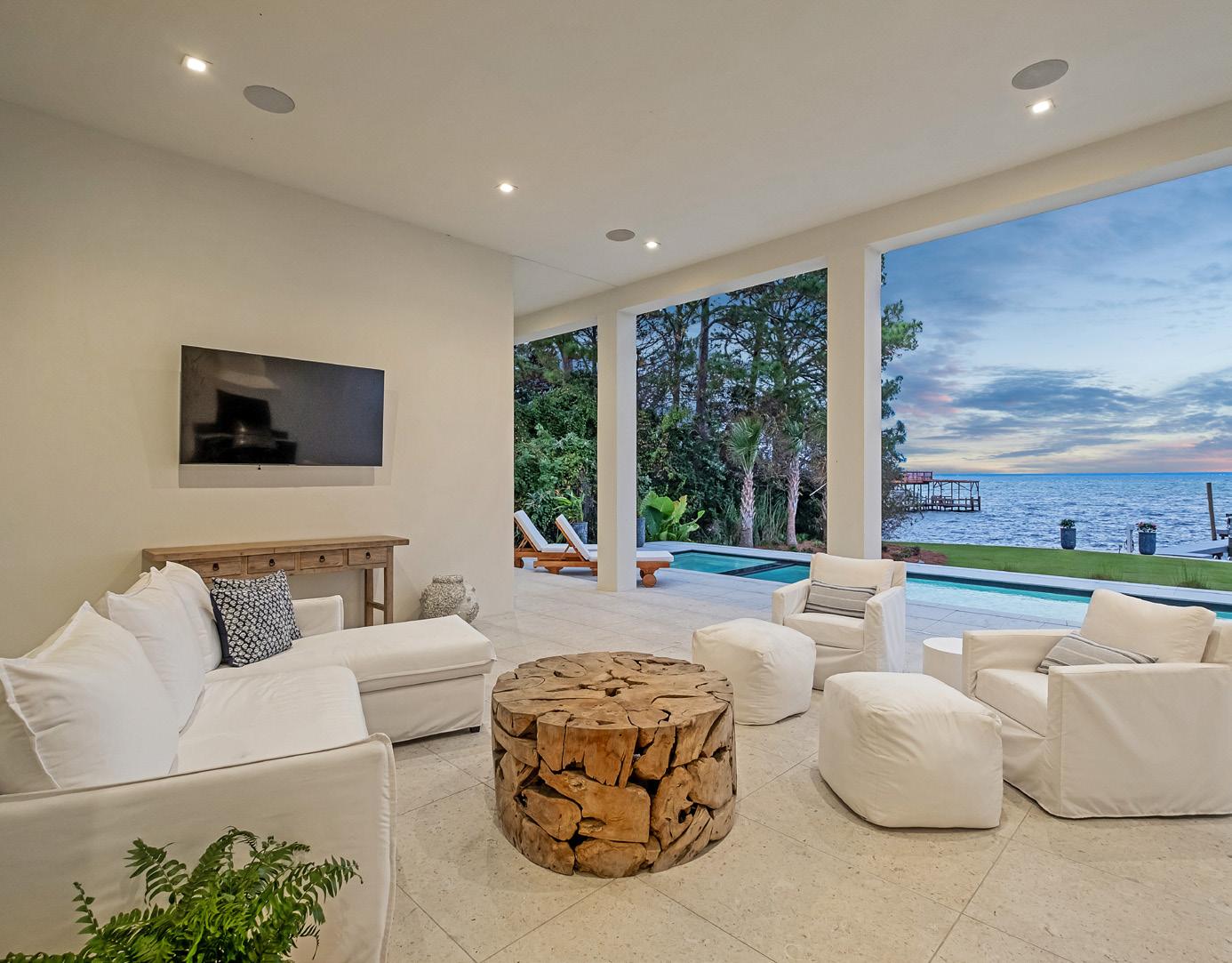

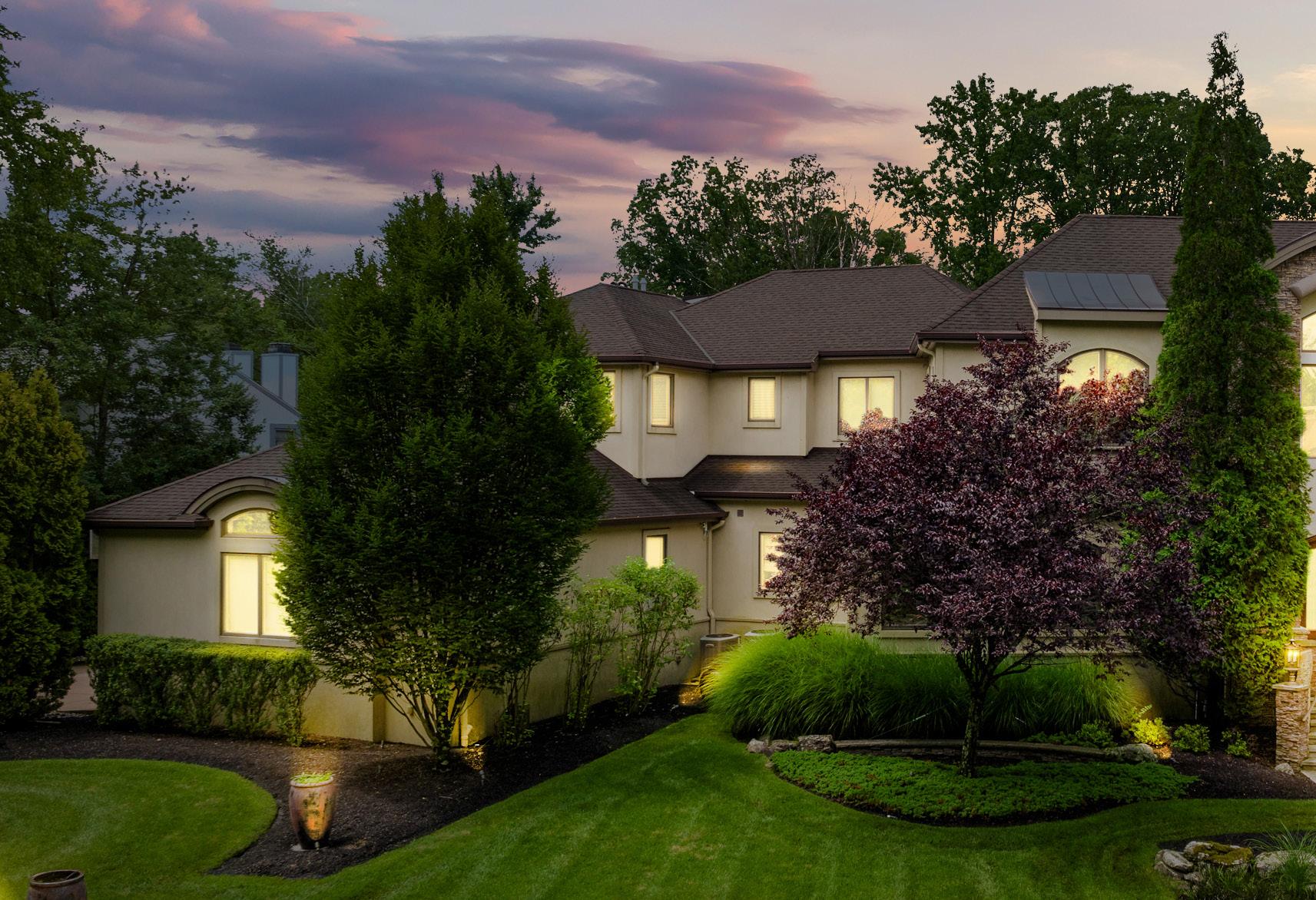
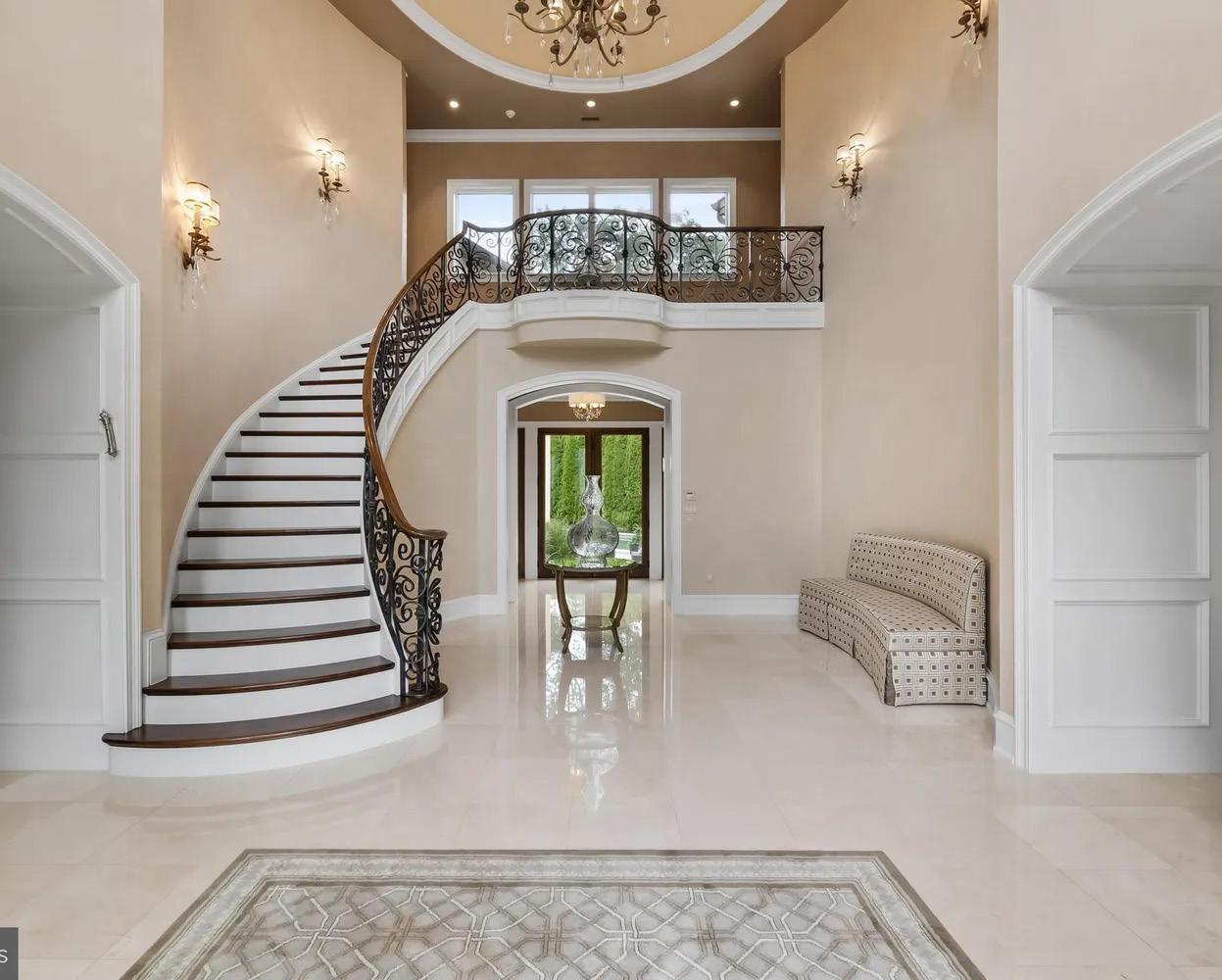
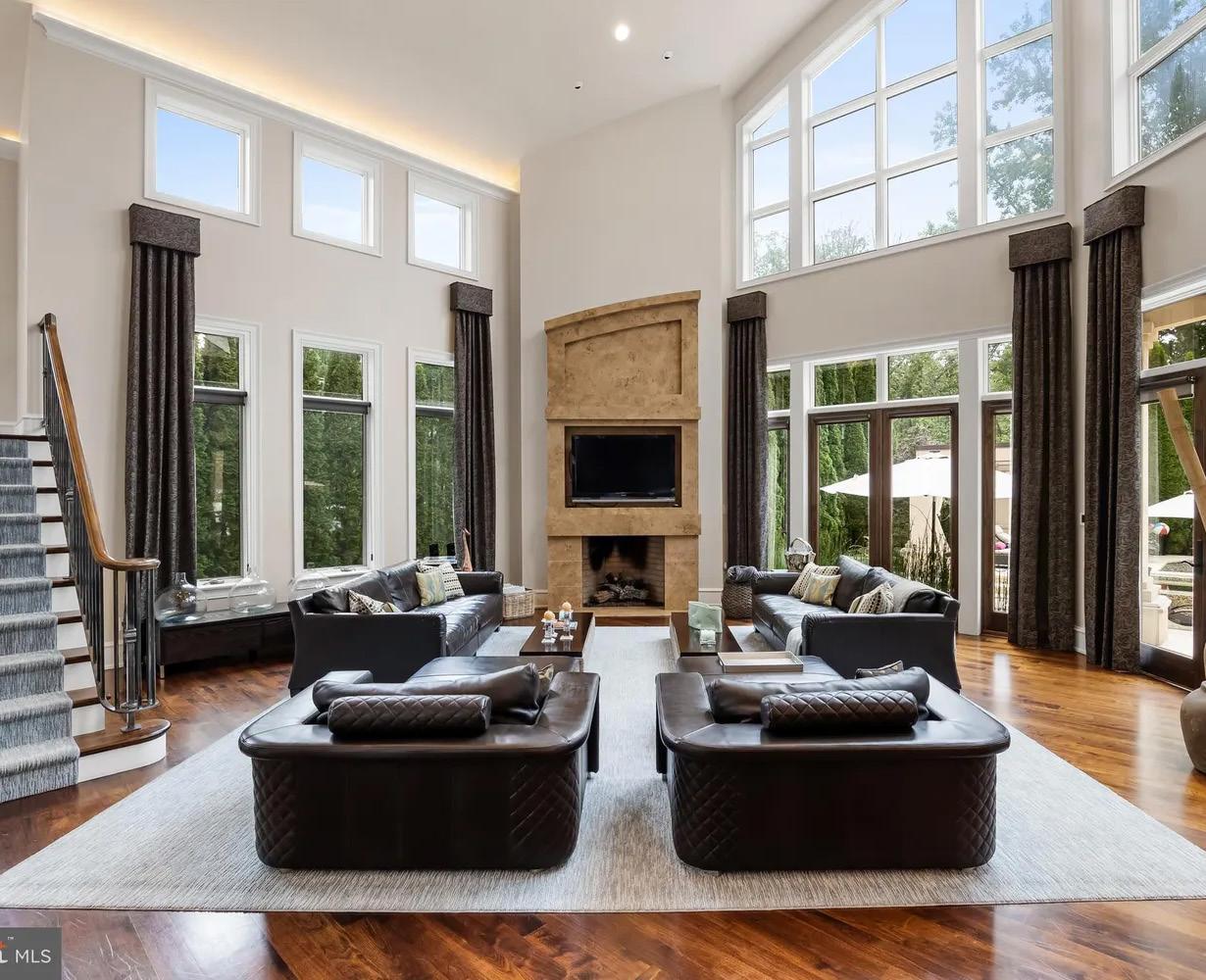
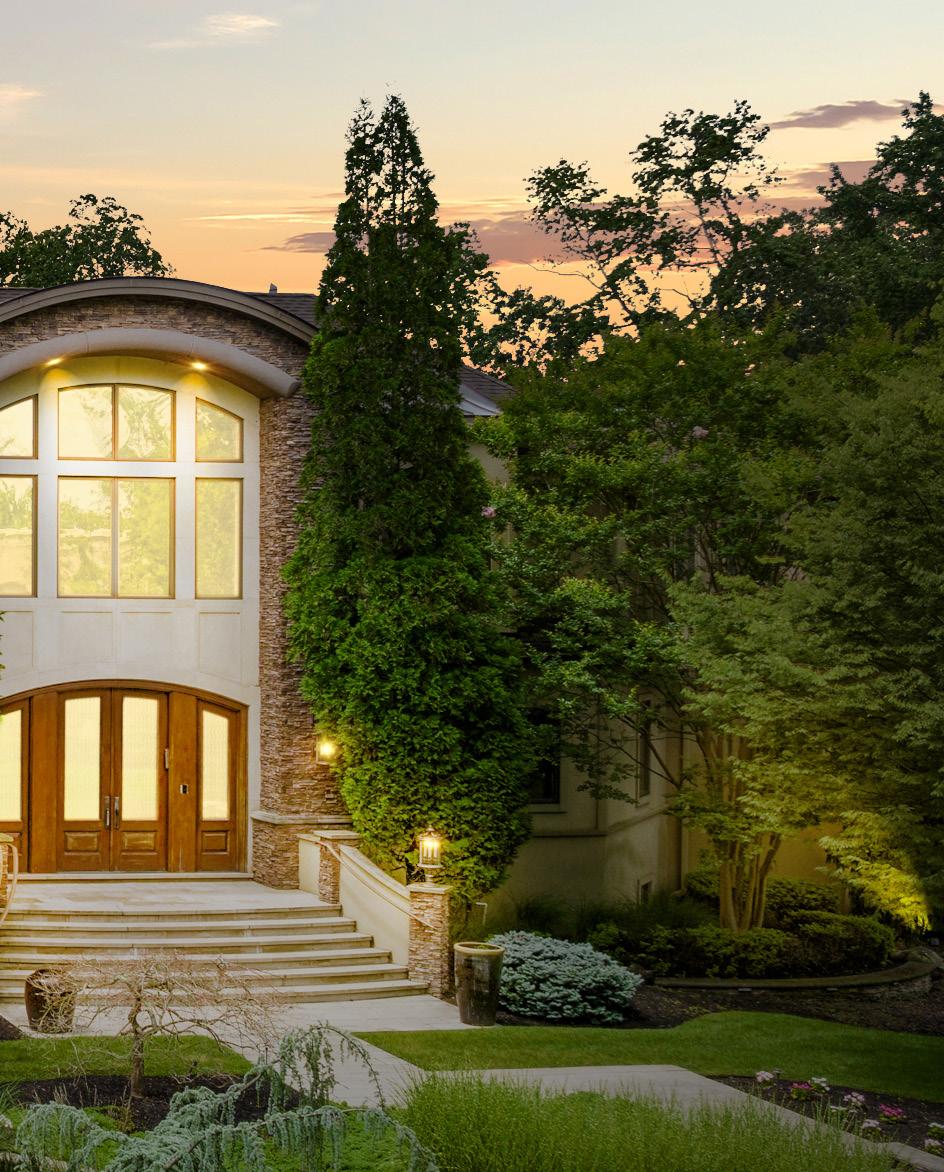
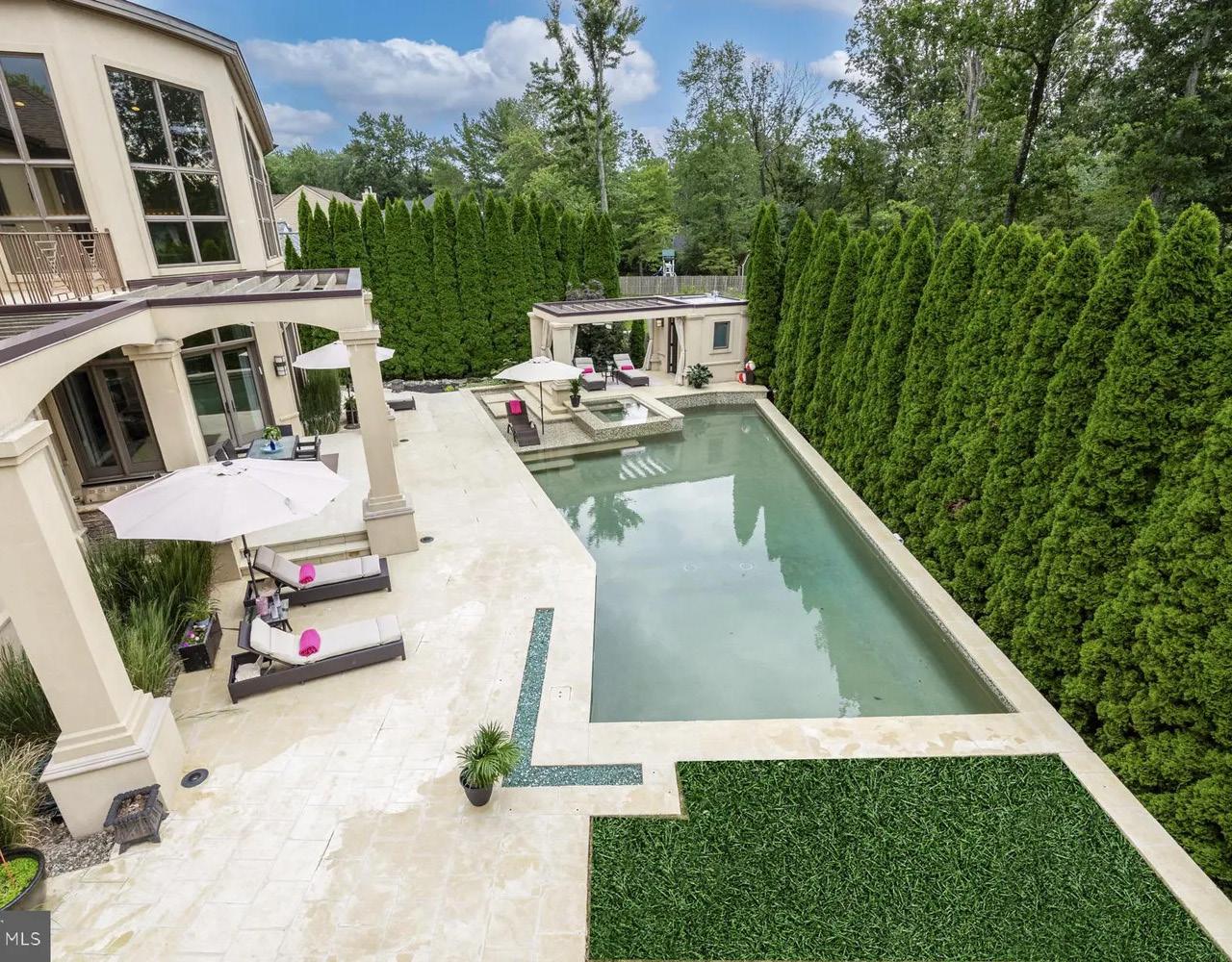


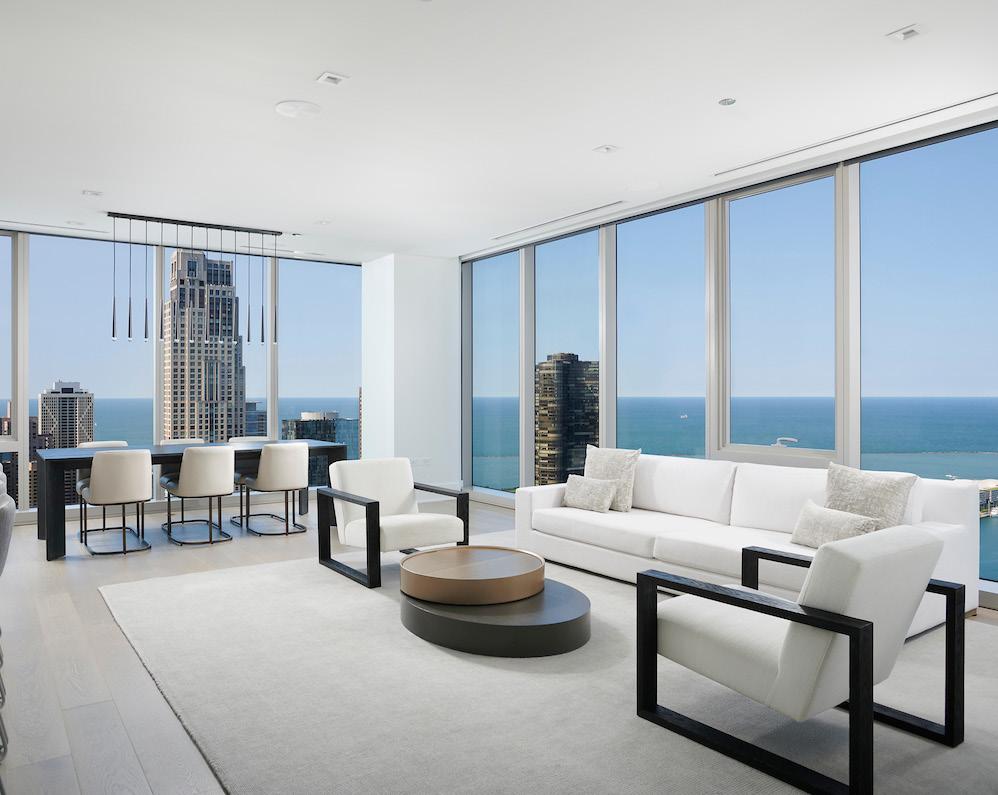
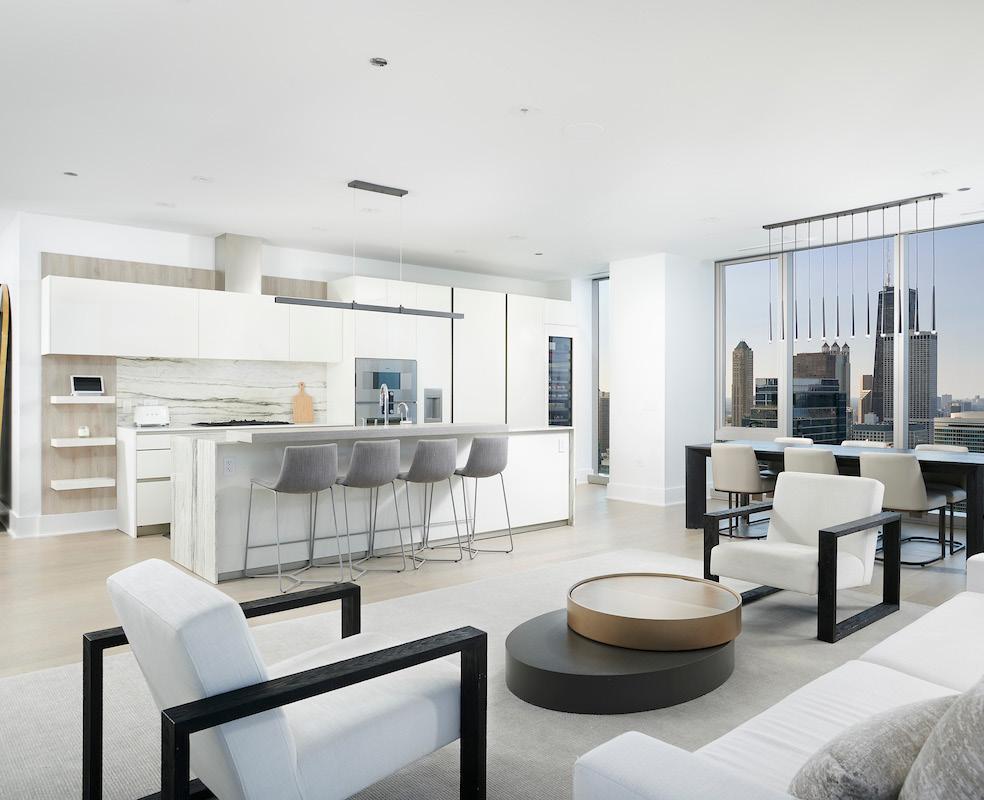

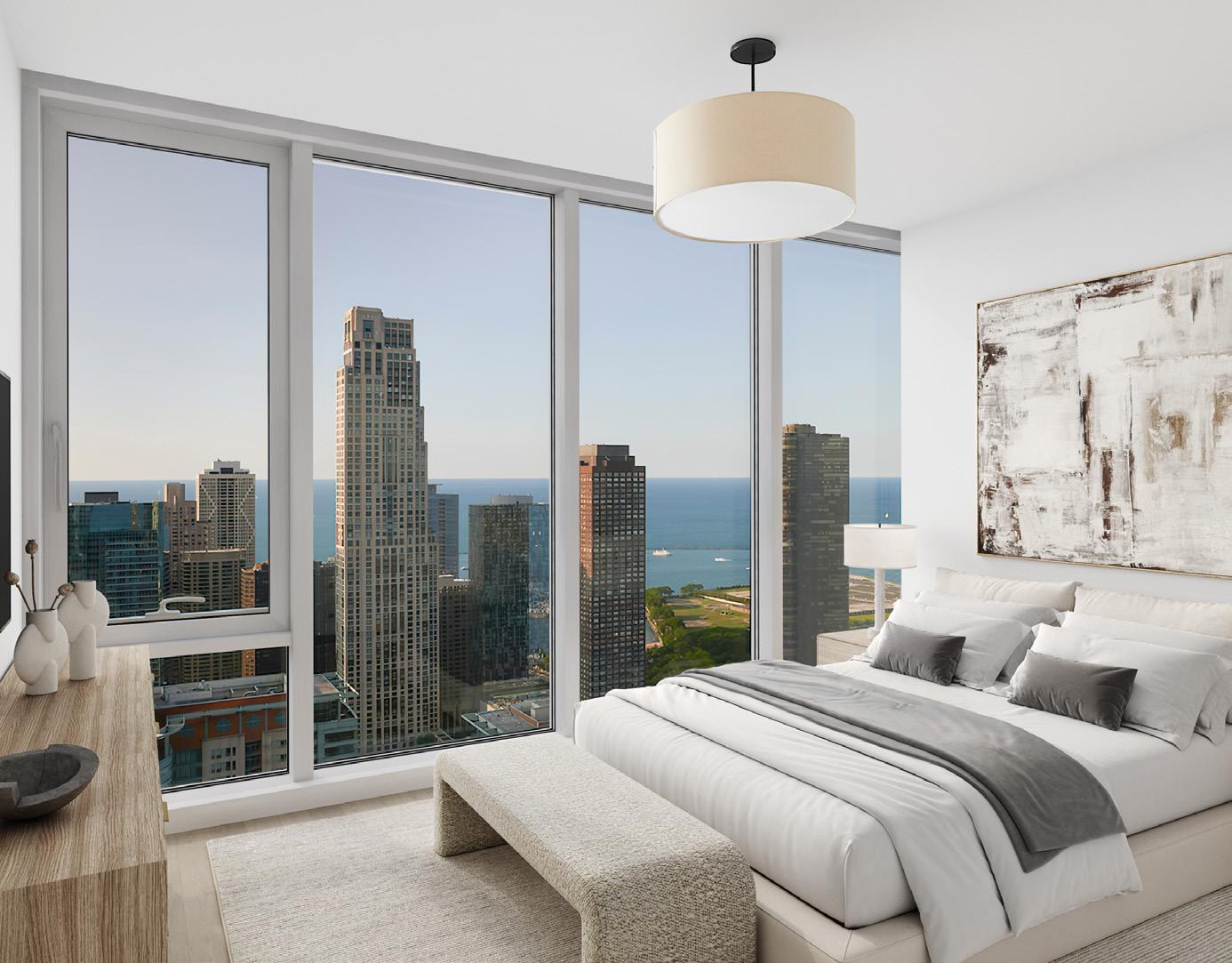

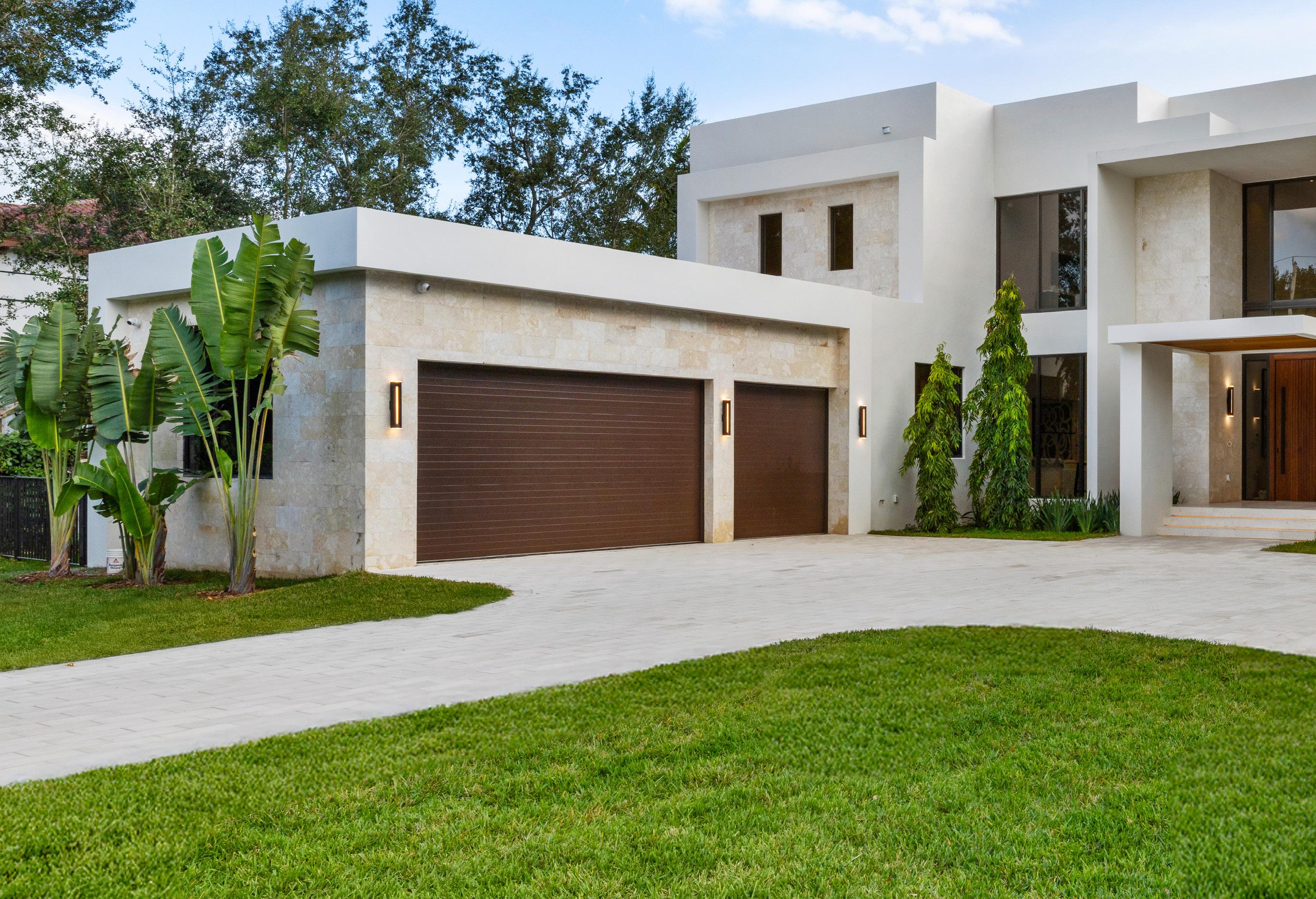

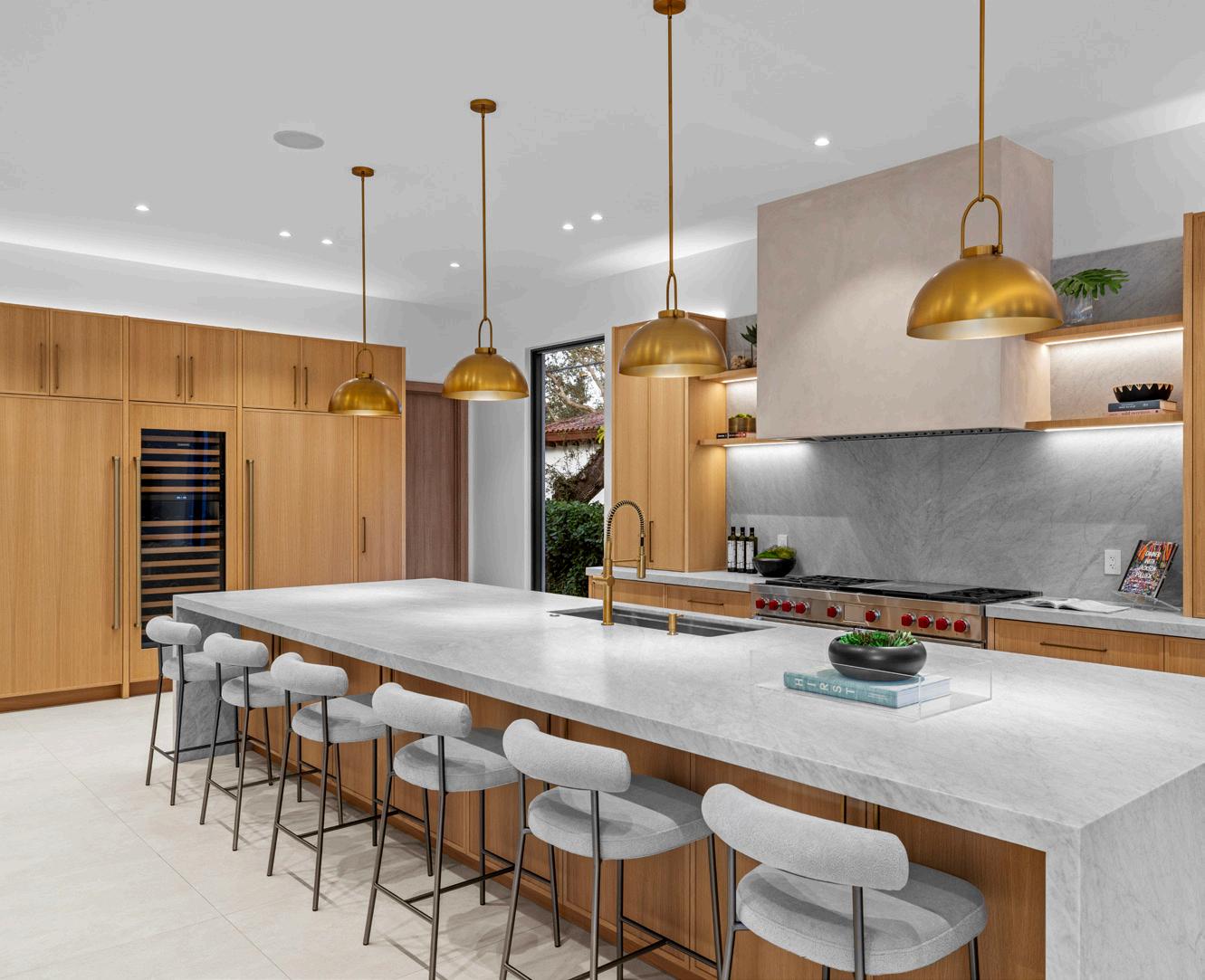
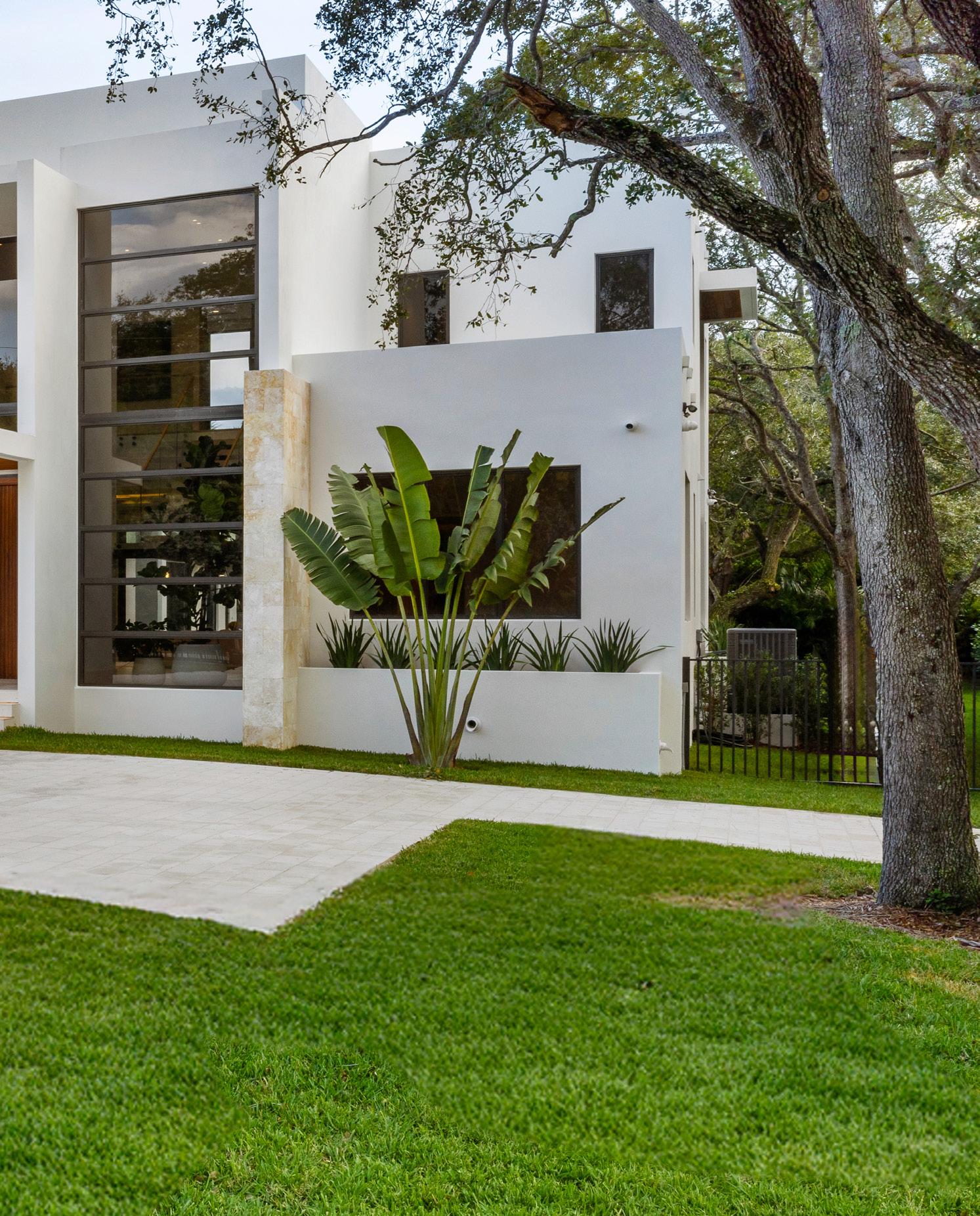
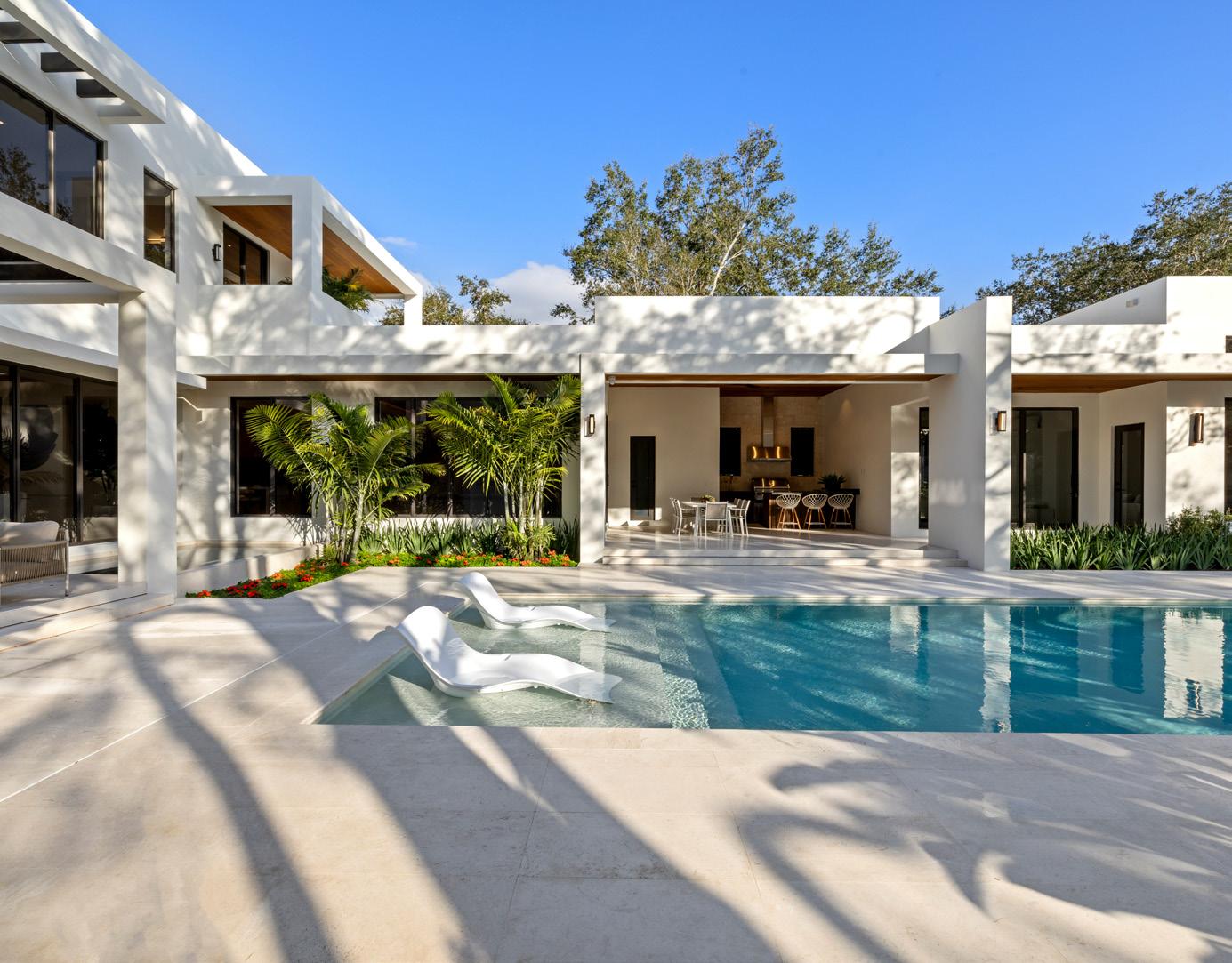


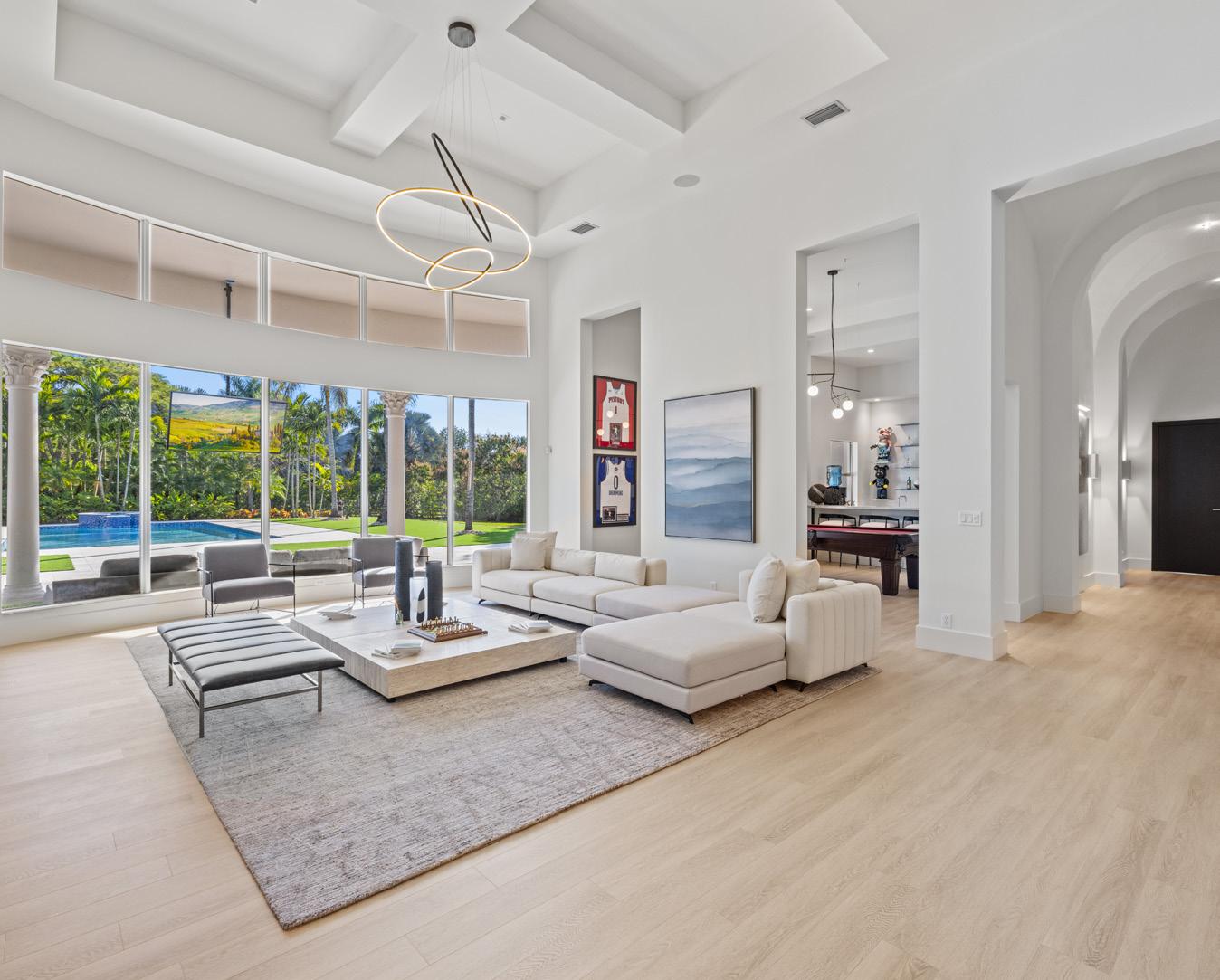
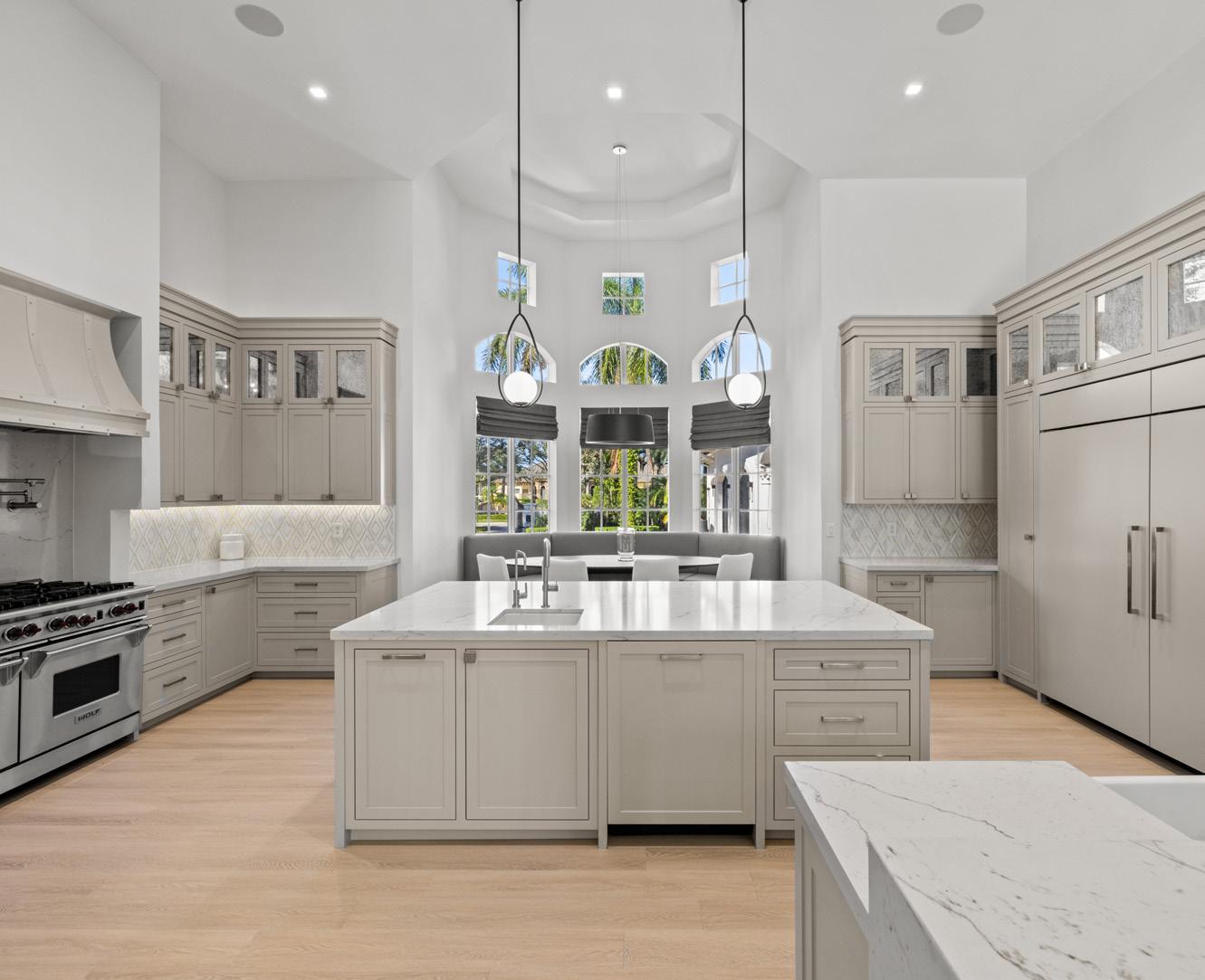
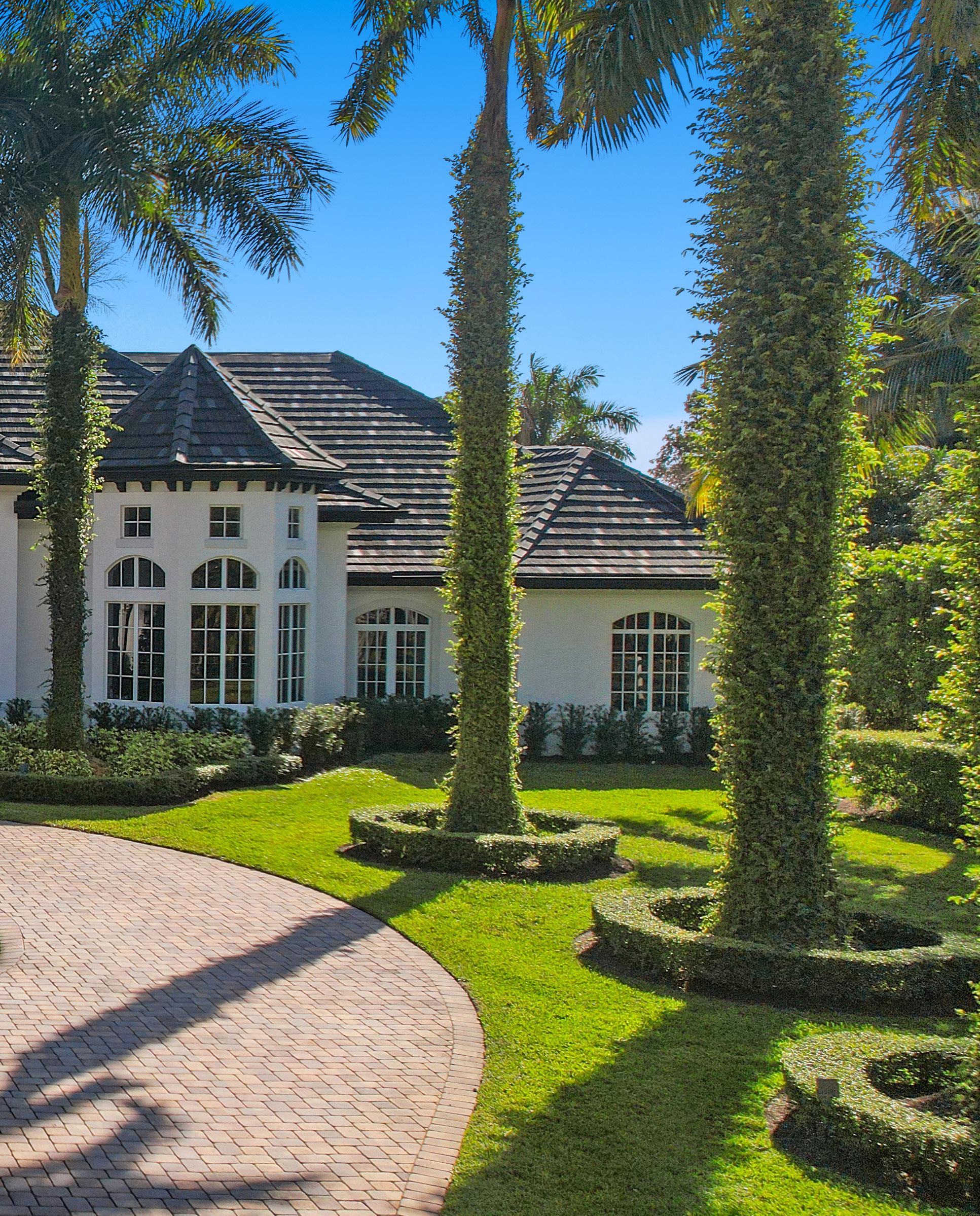


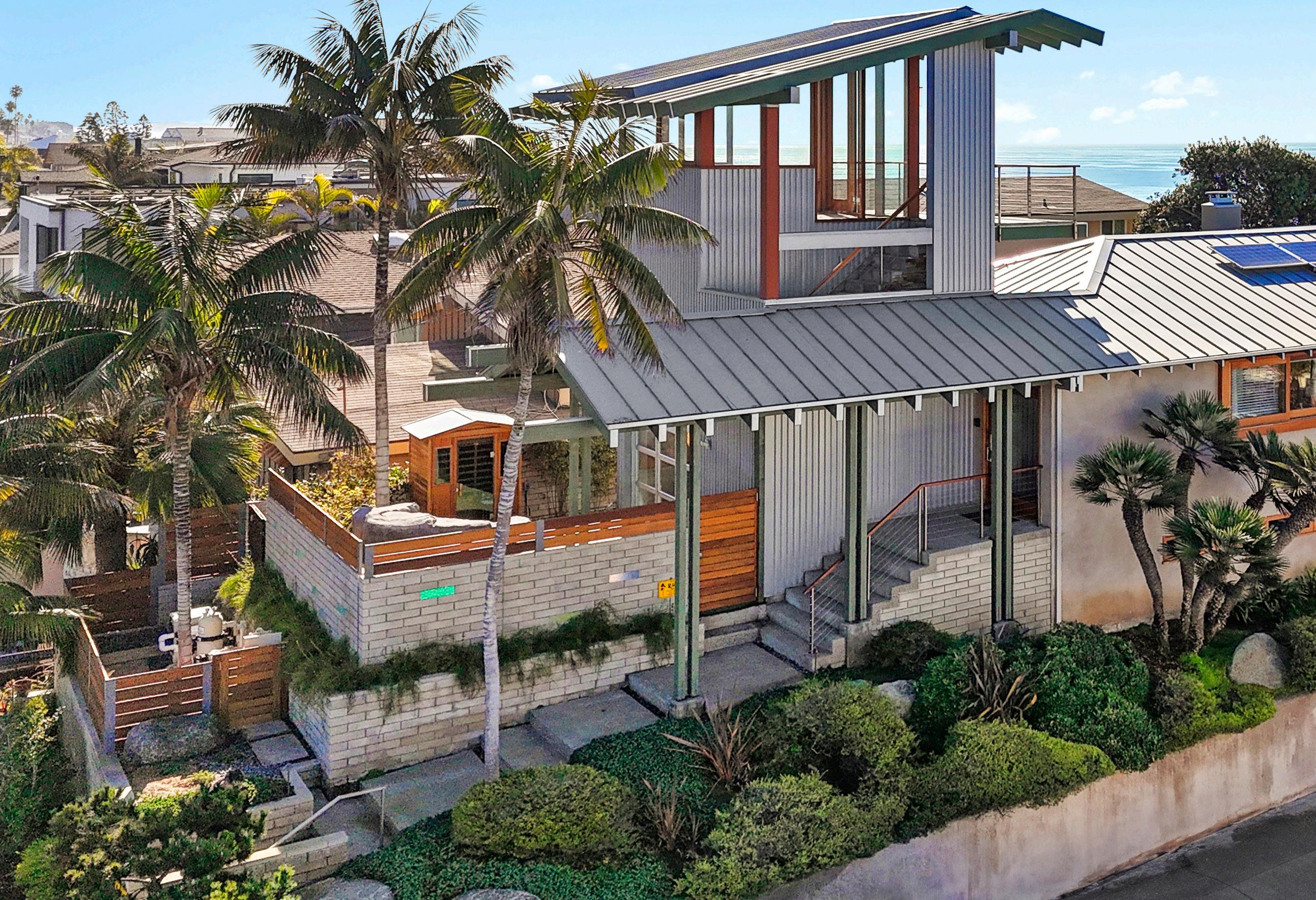

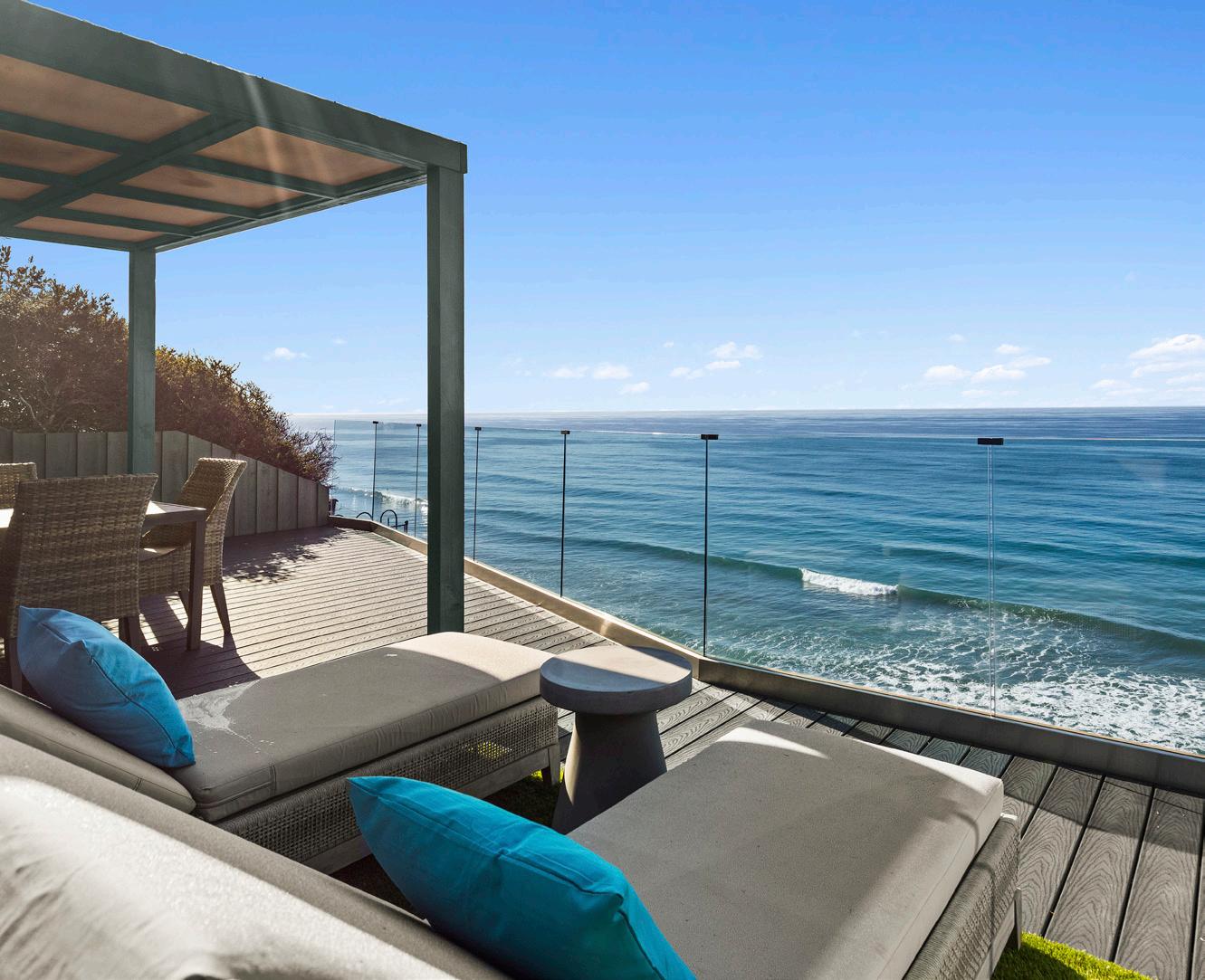

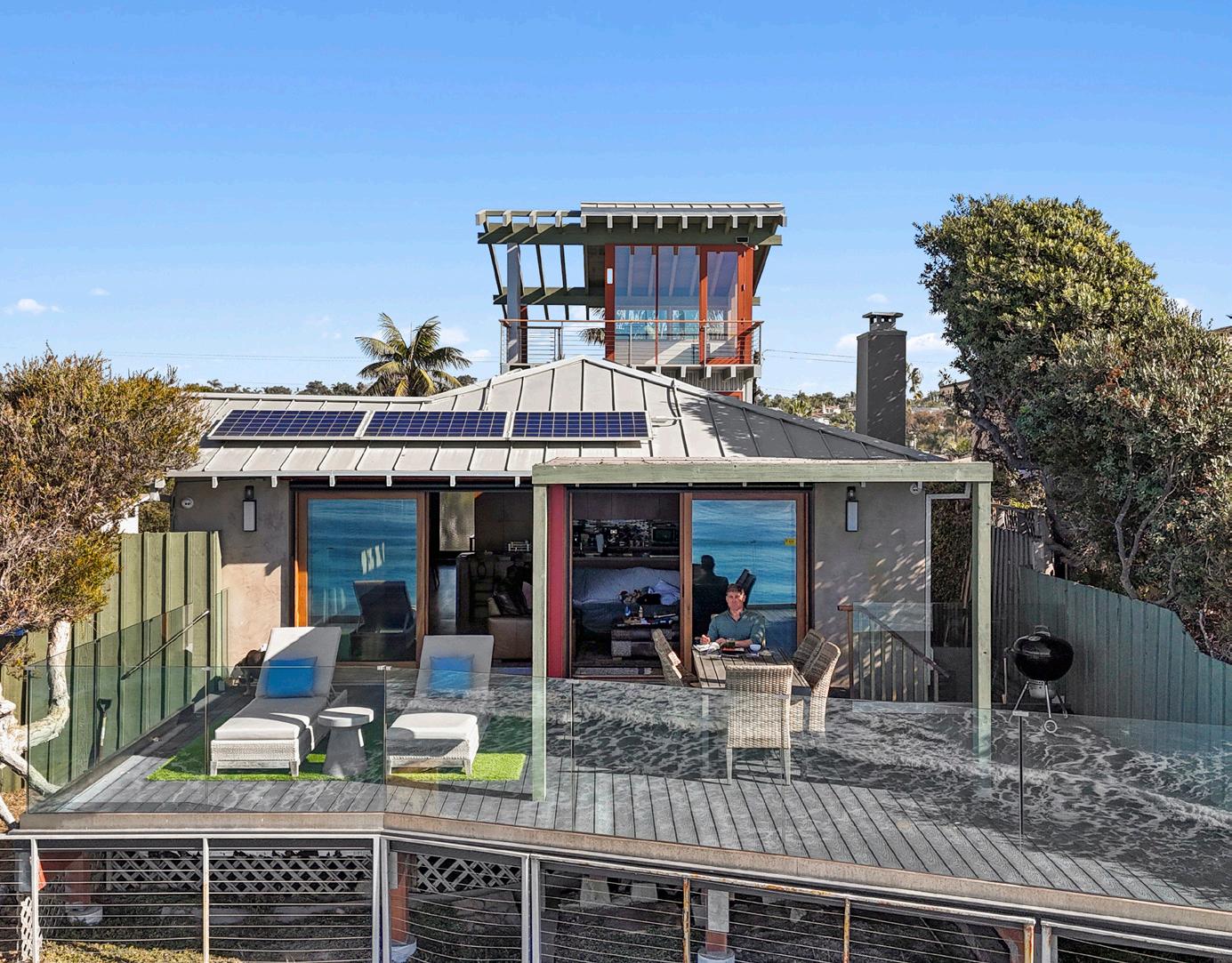
Square Feet



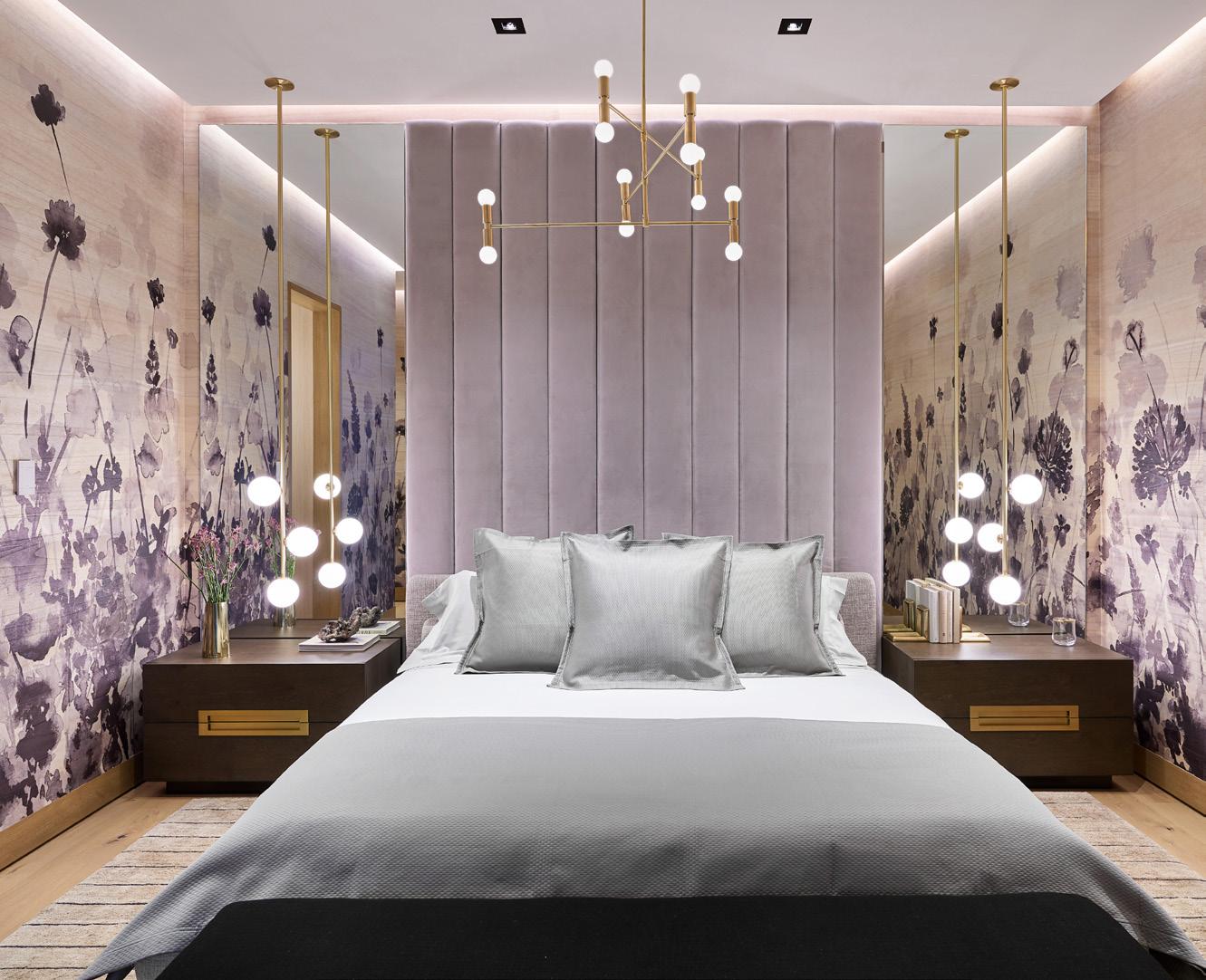
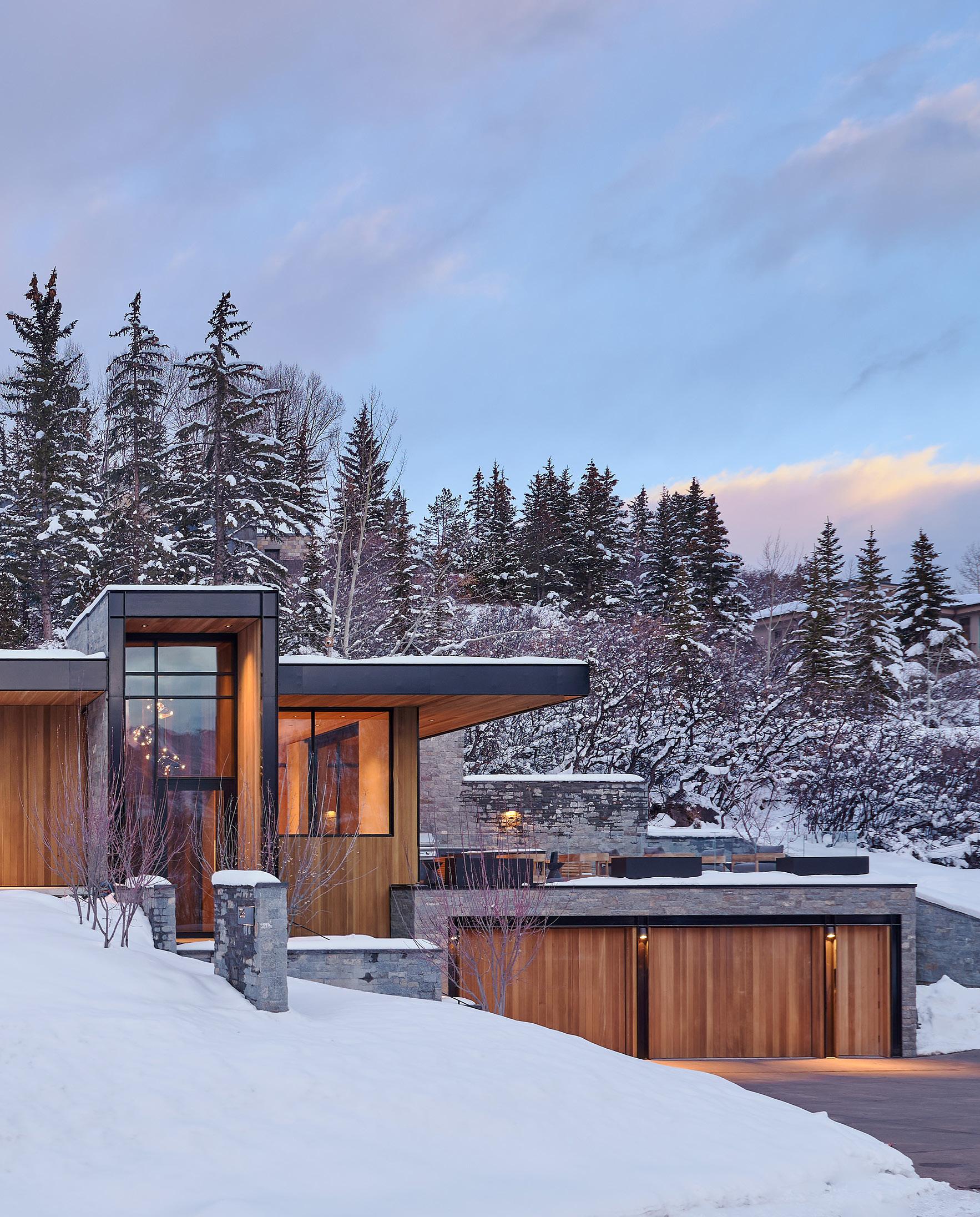



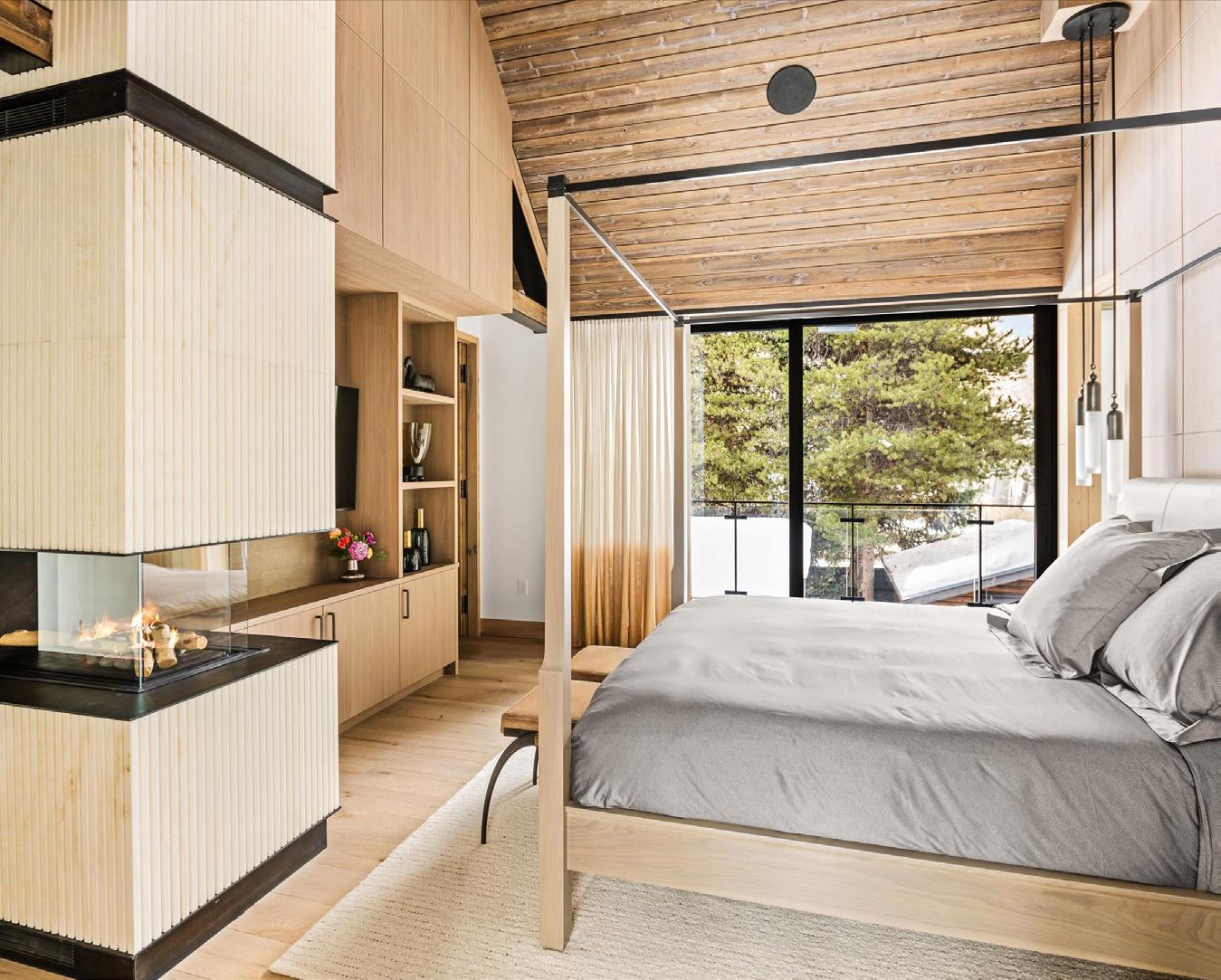

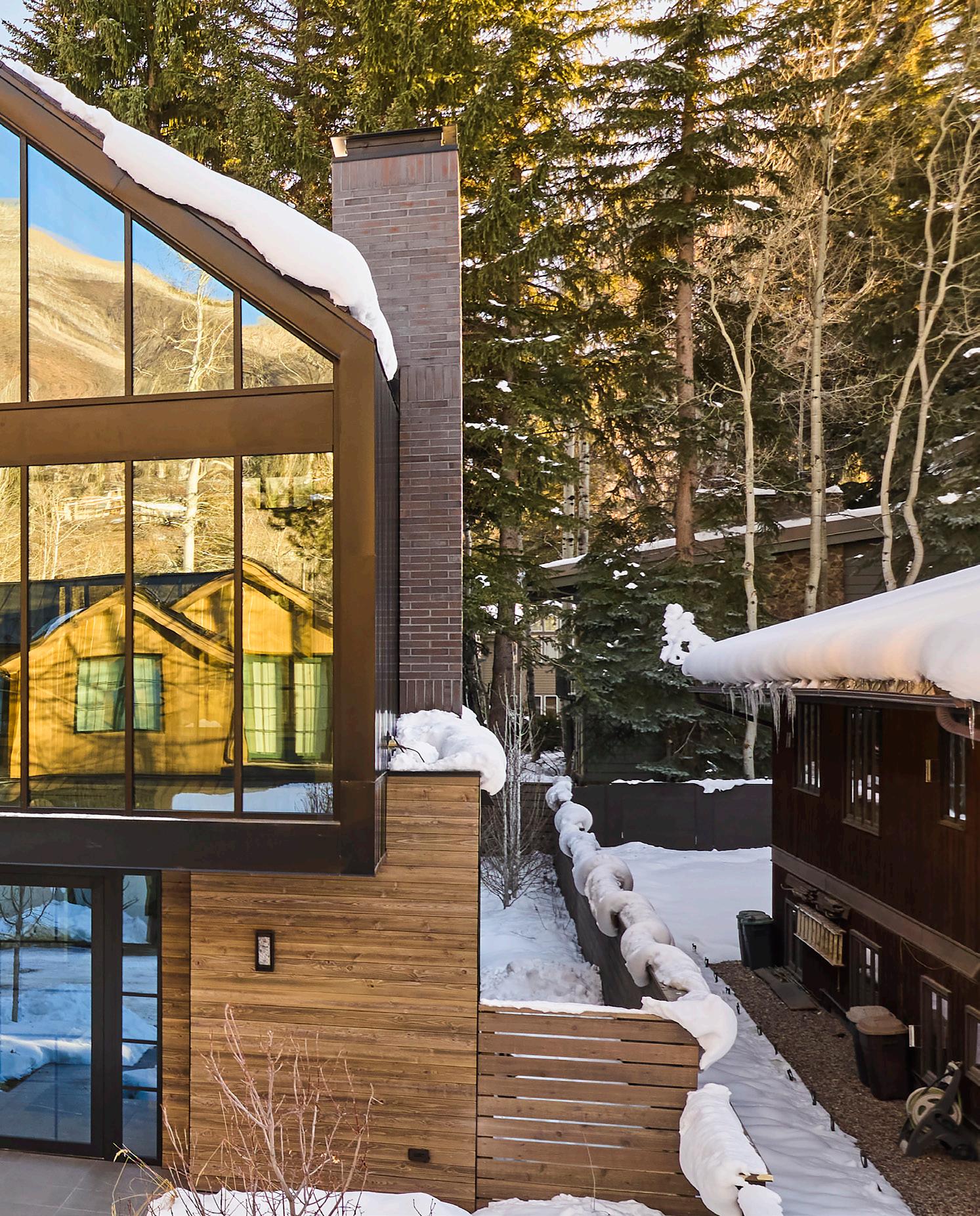

PROPERTY FEATURES
5 Bedrooms
5 Full Bath | 1 Half Bath
5,576 Square Feet

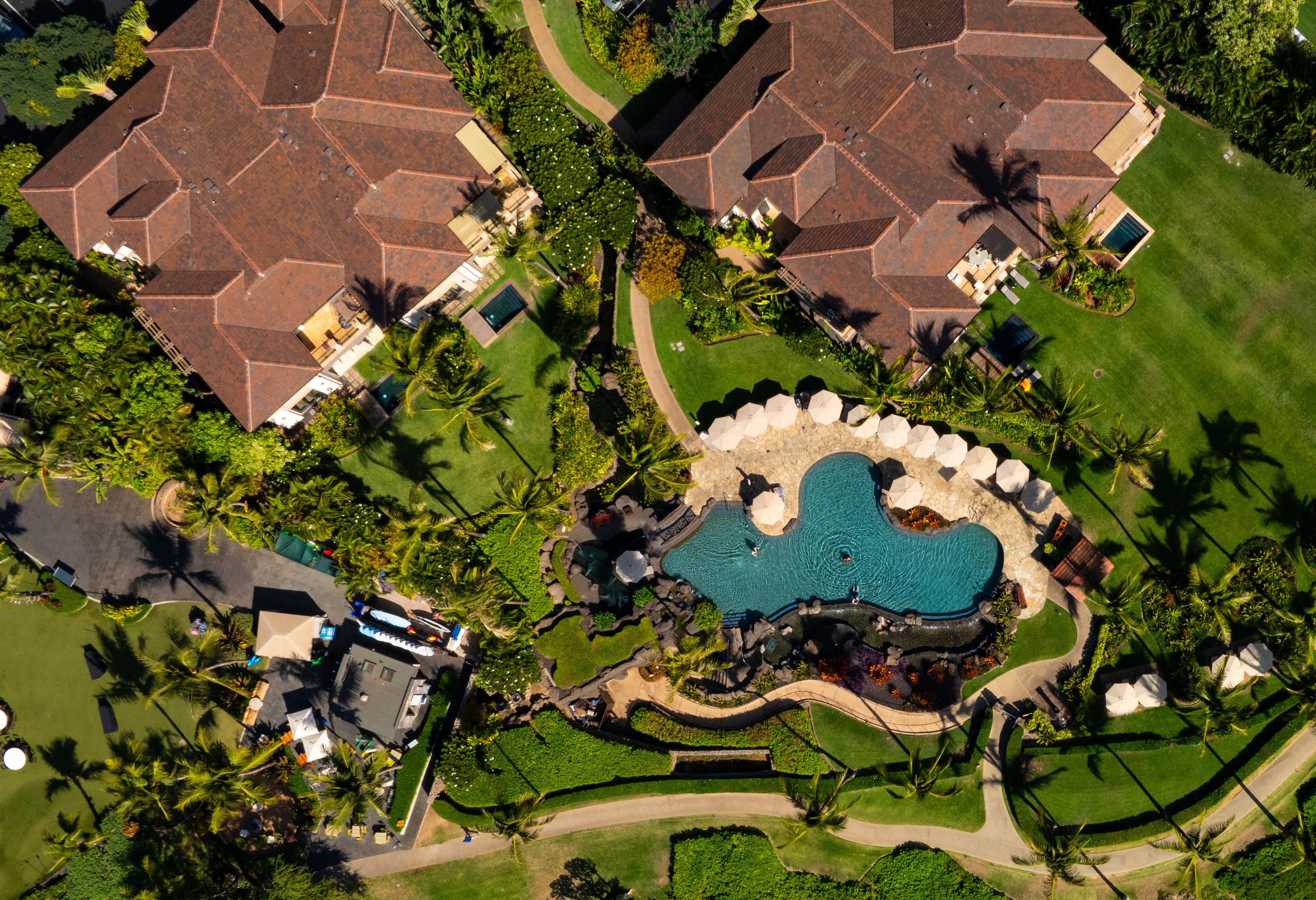
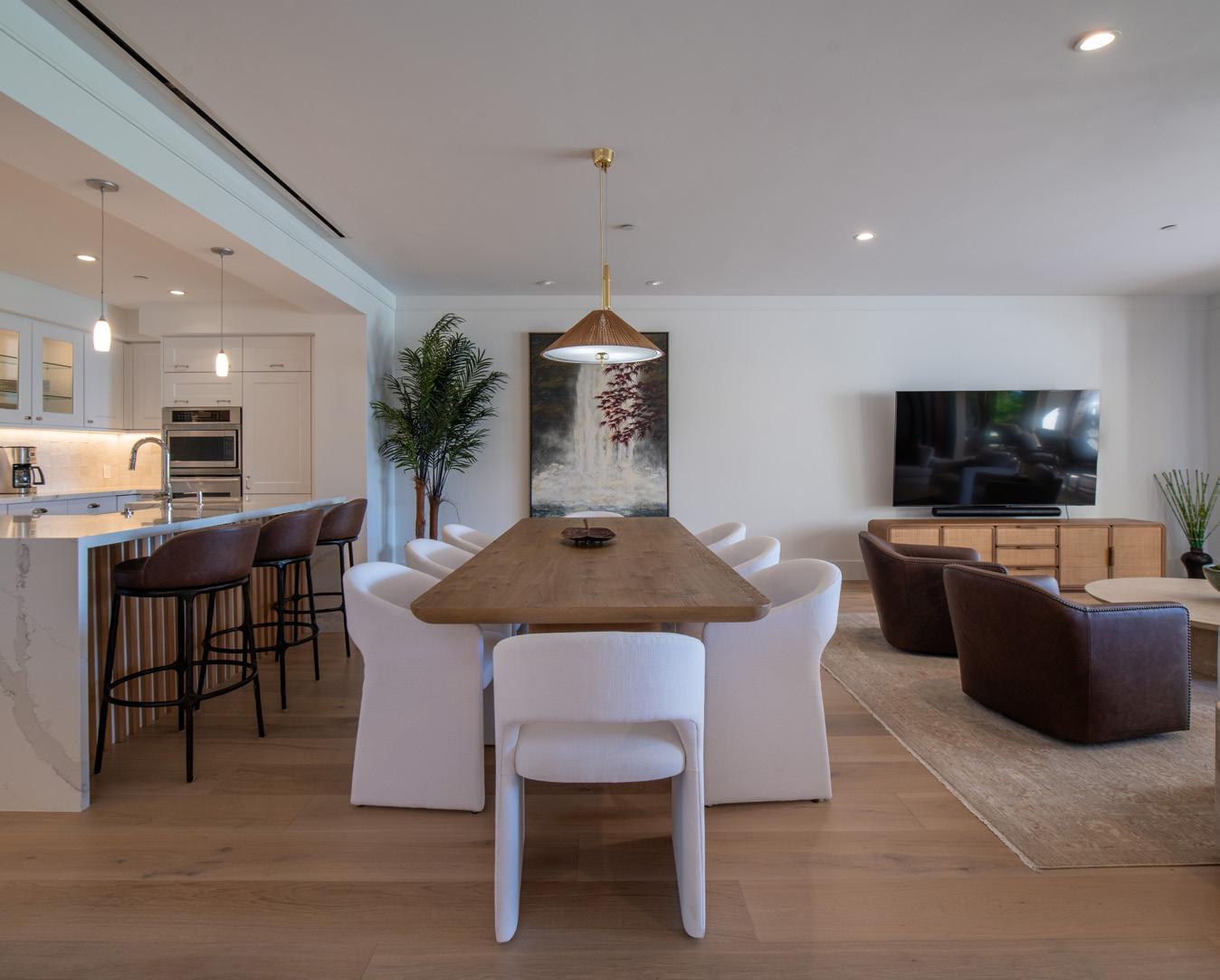
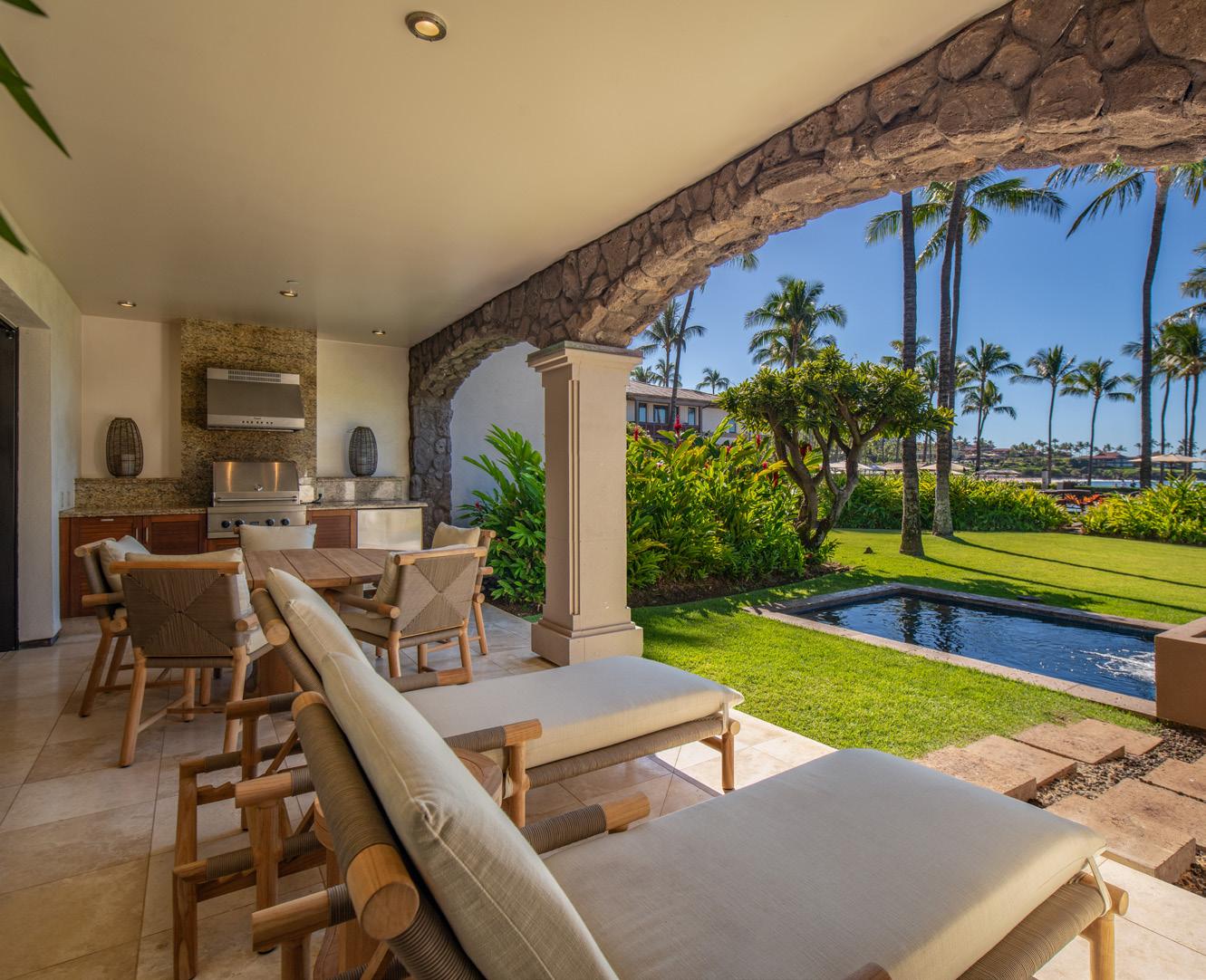
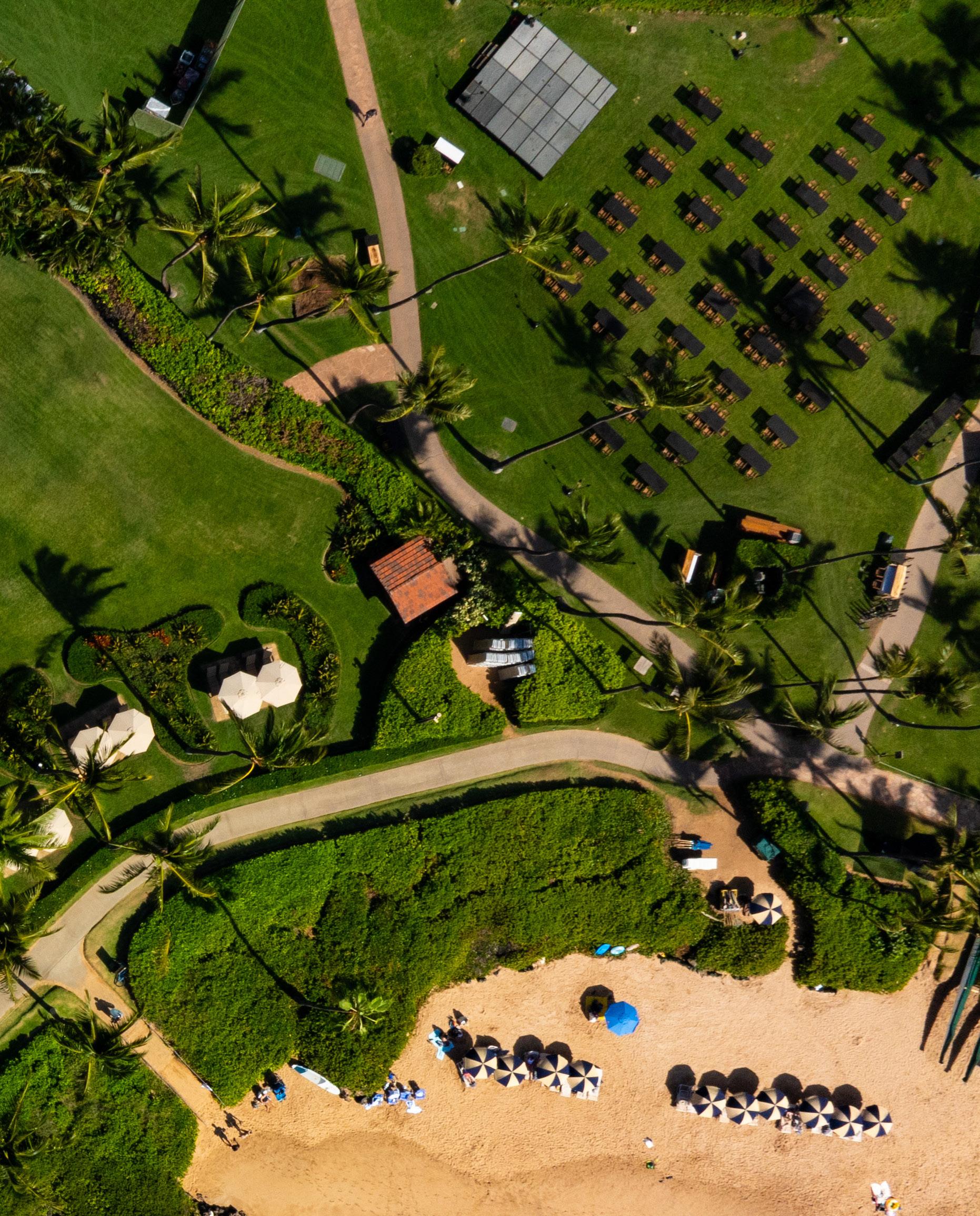
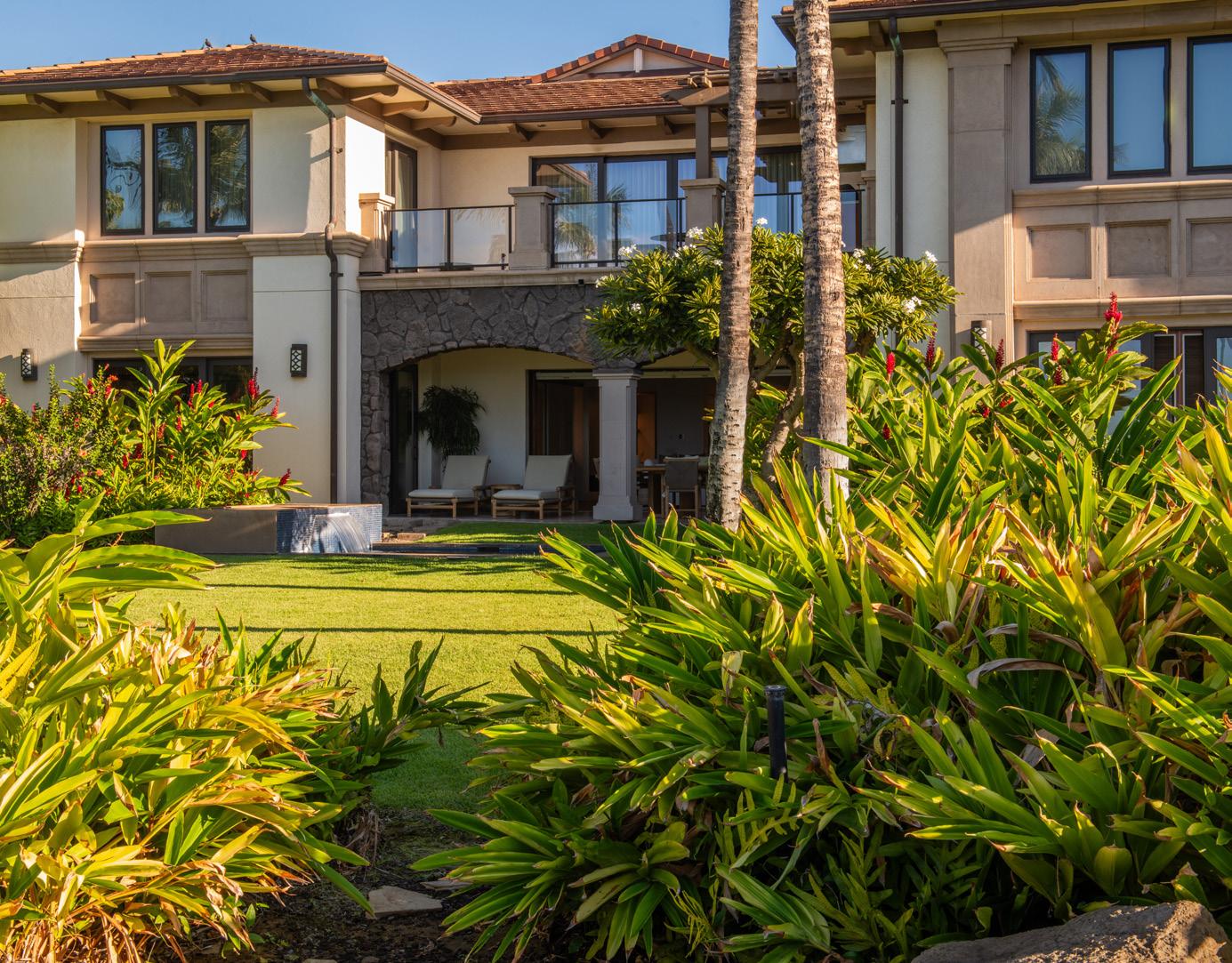

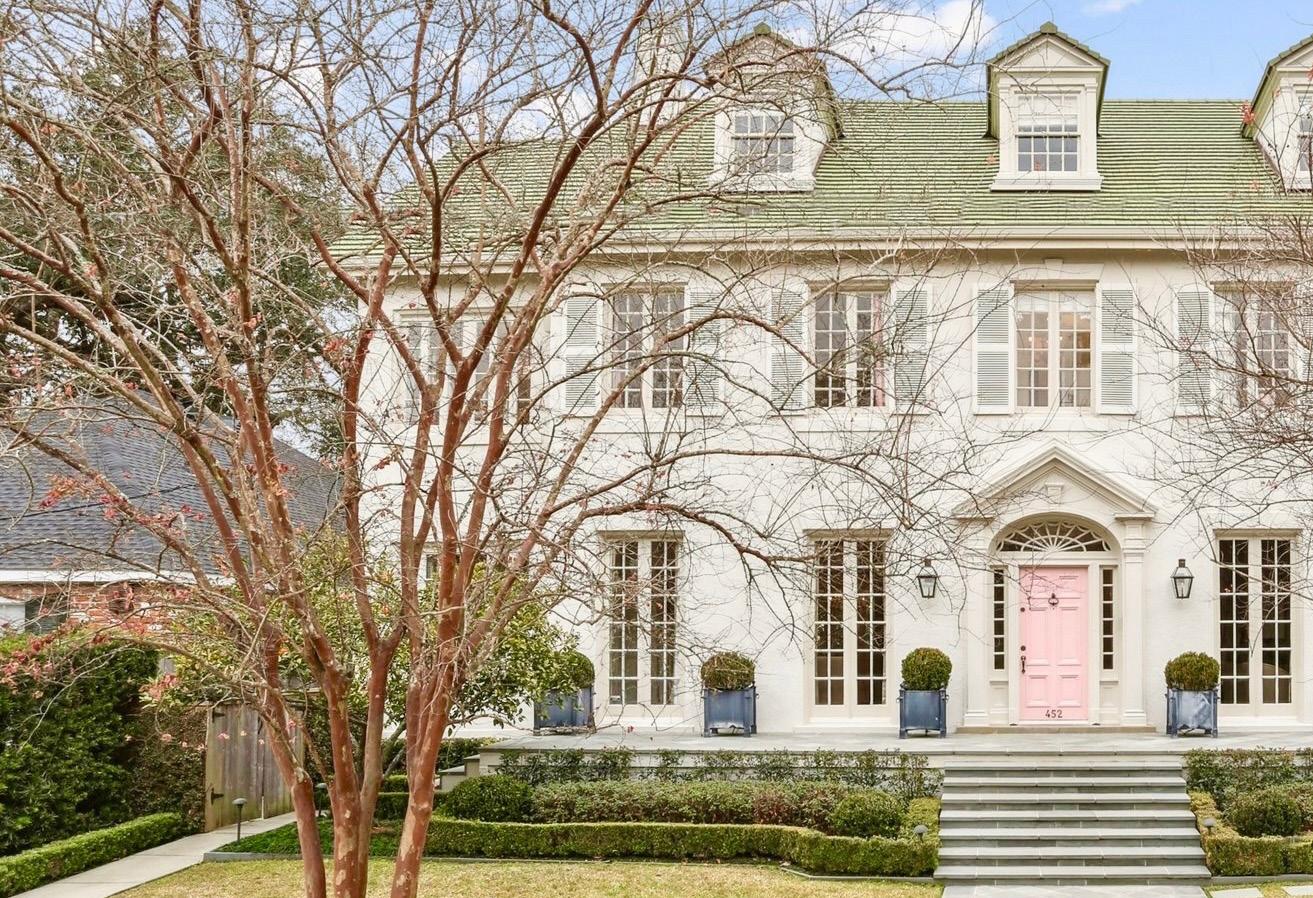
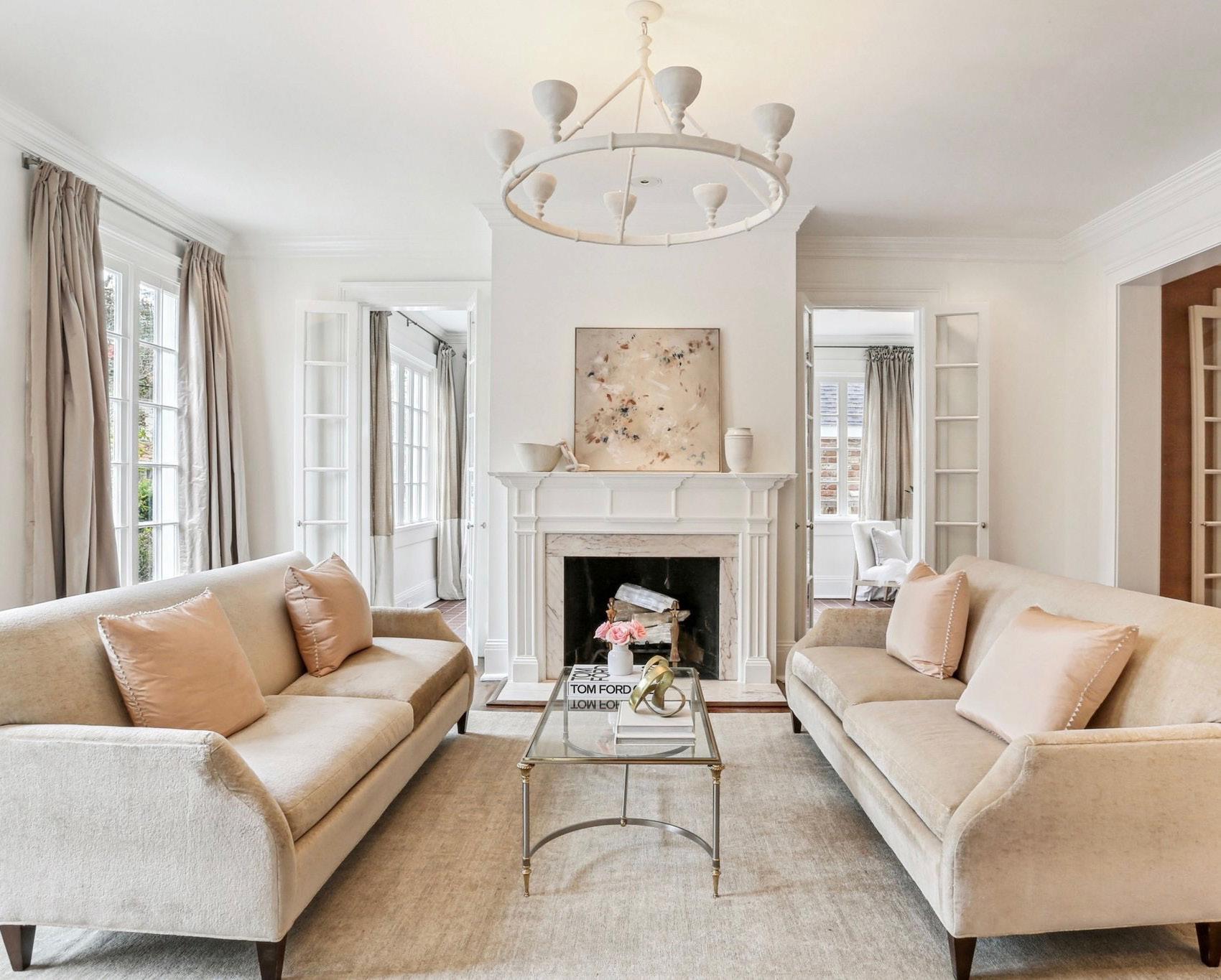
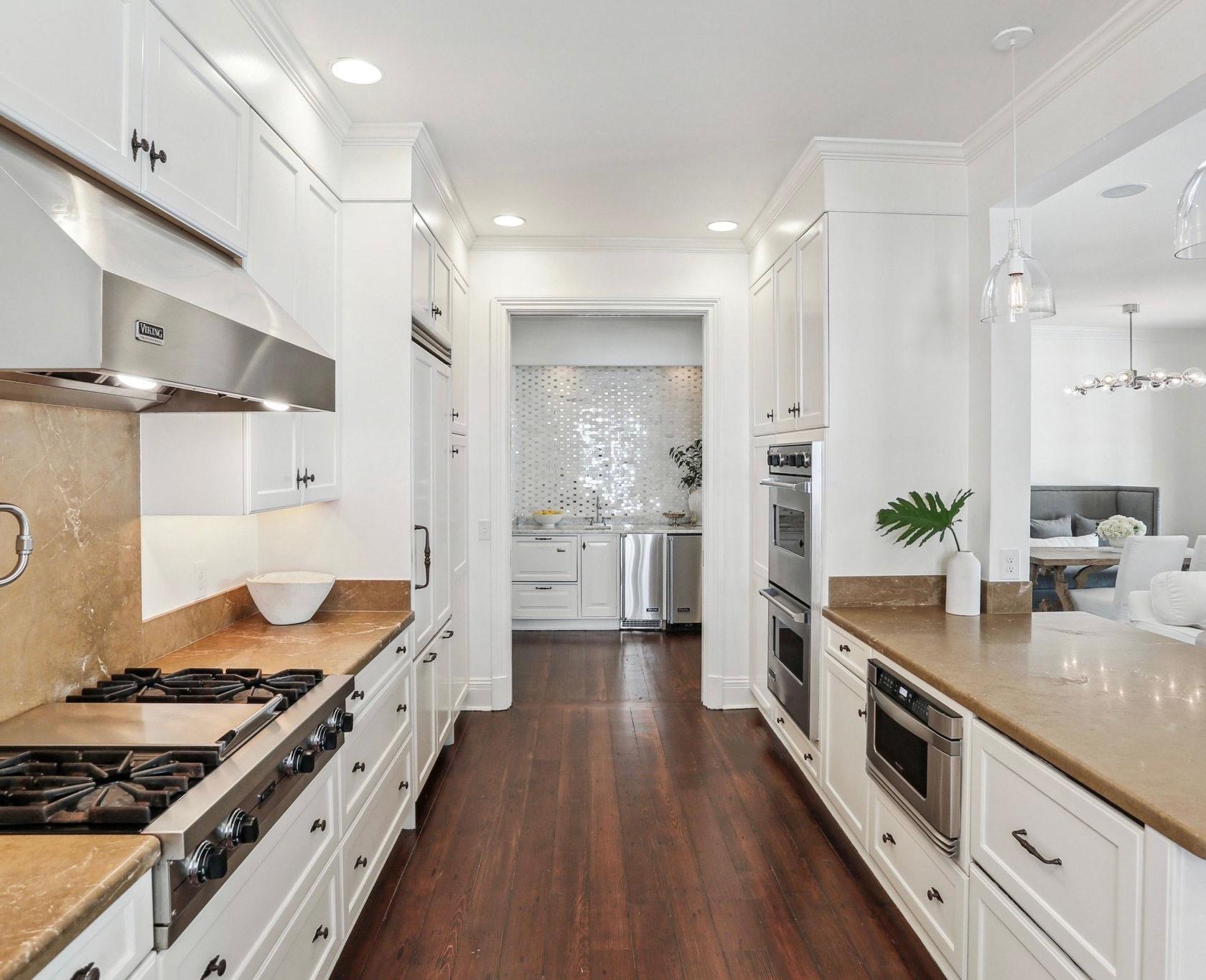
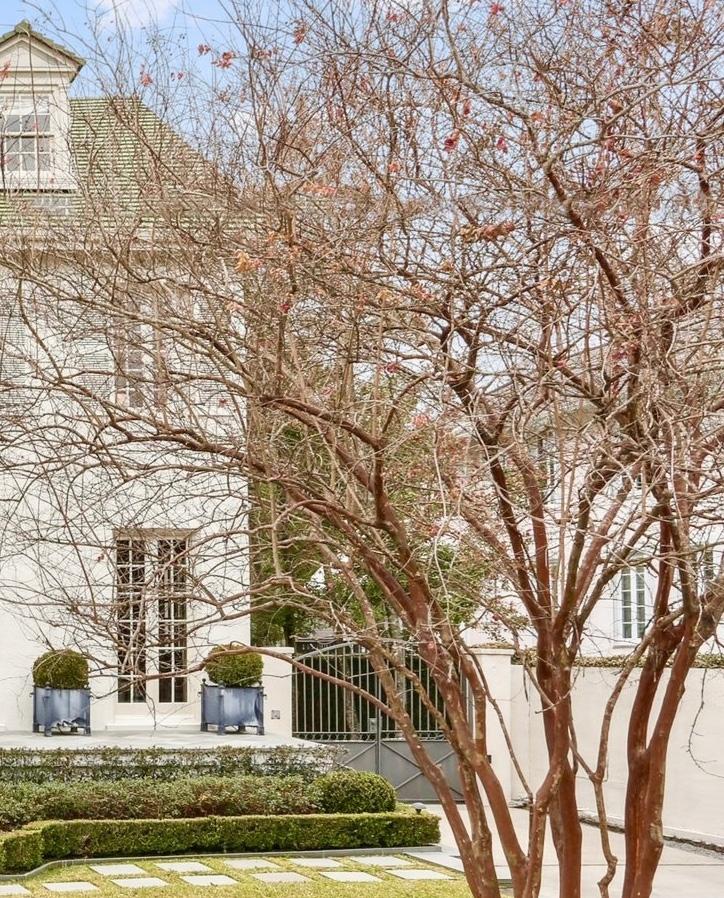
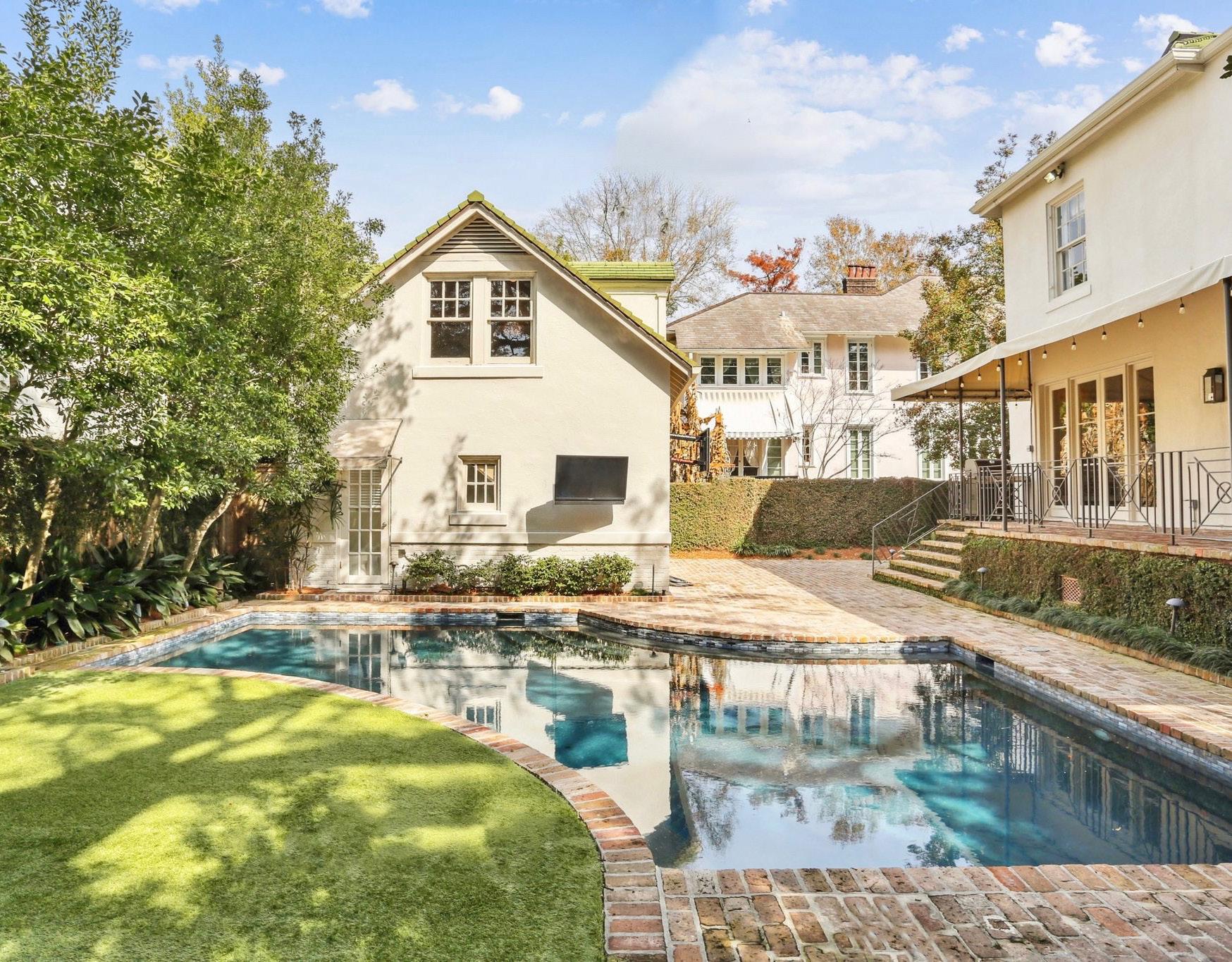

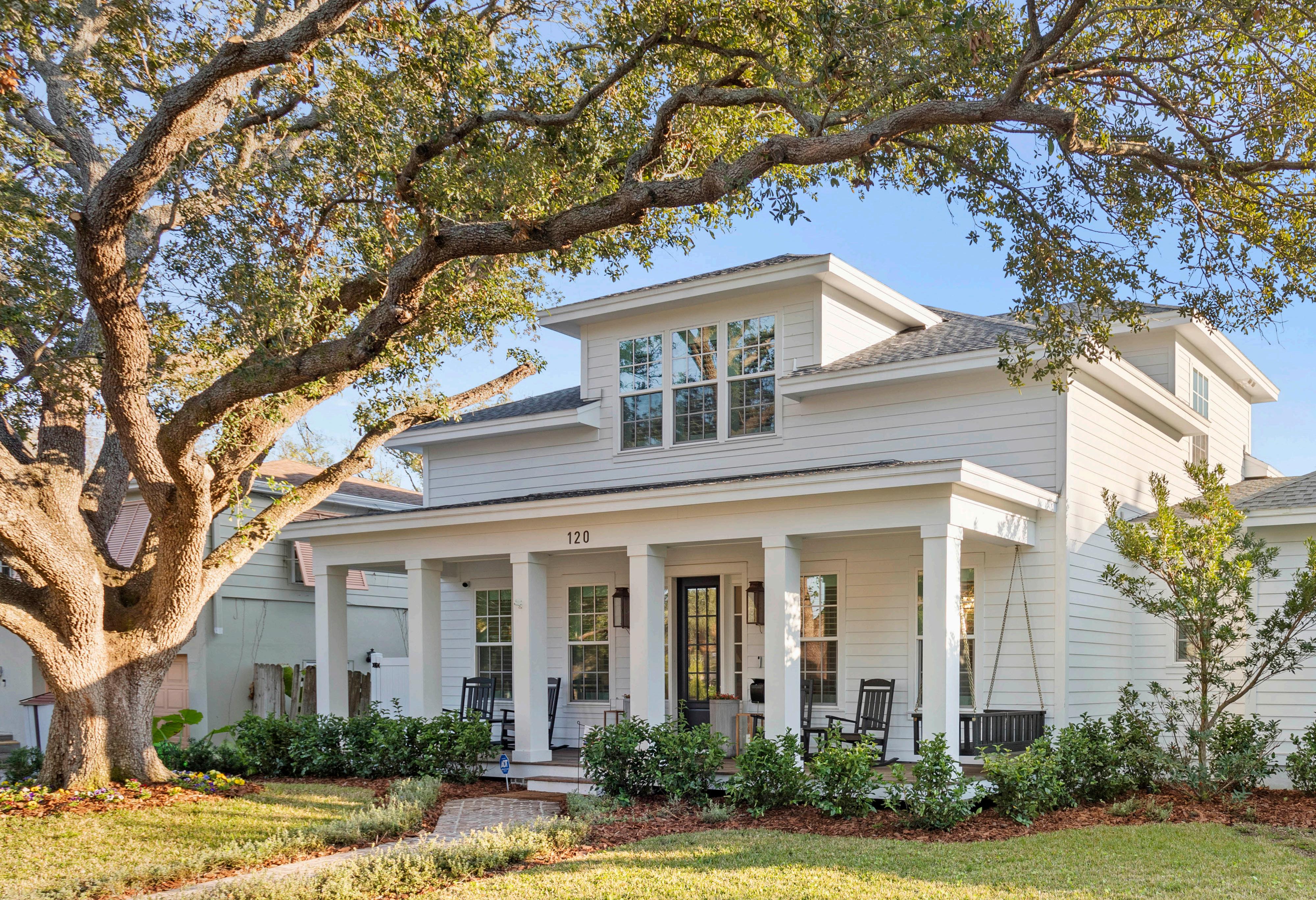
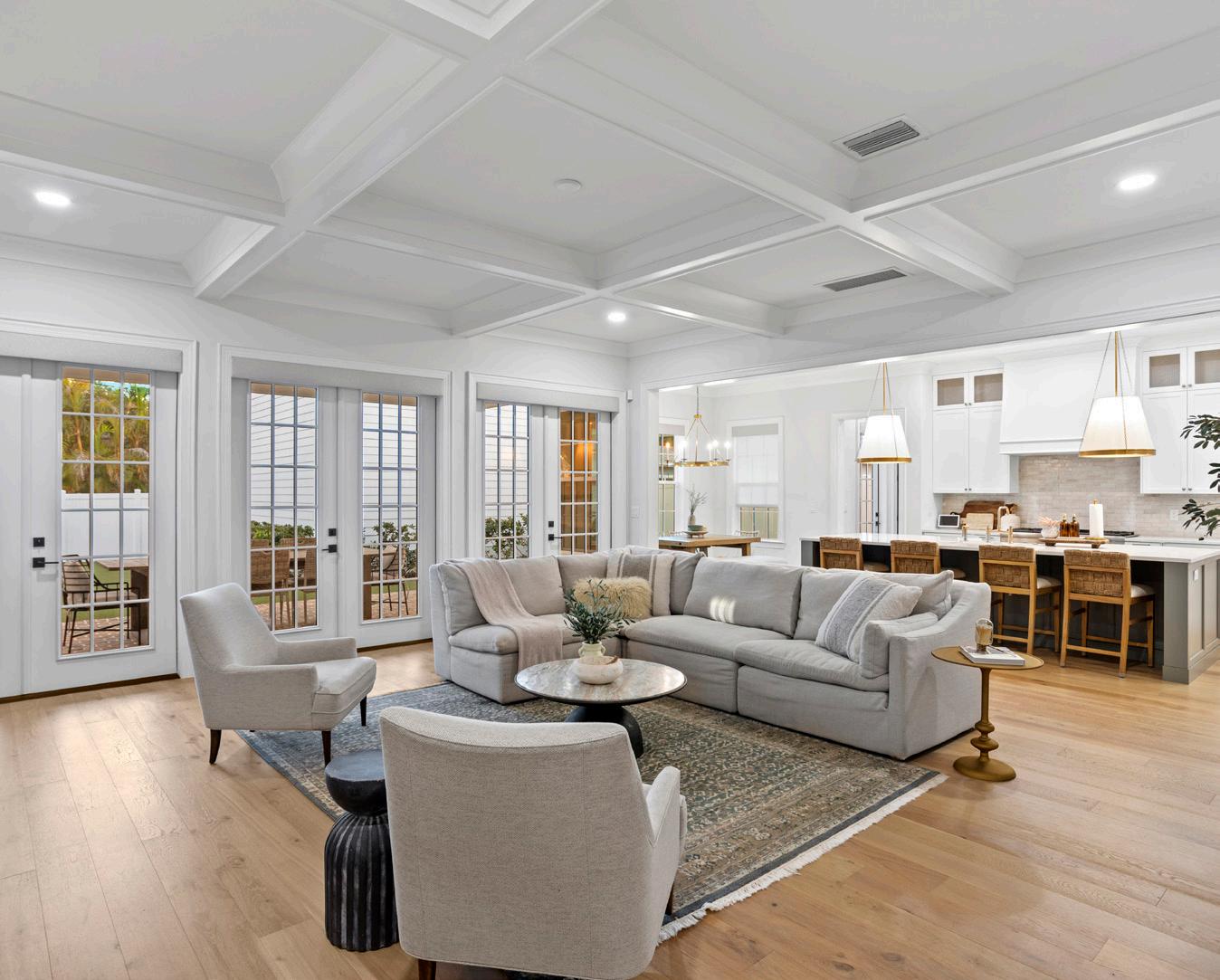
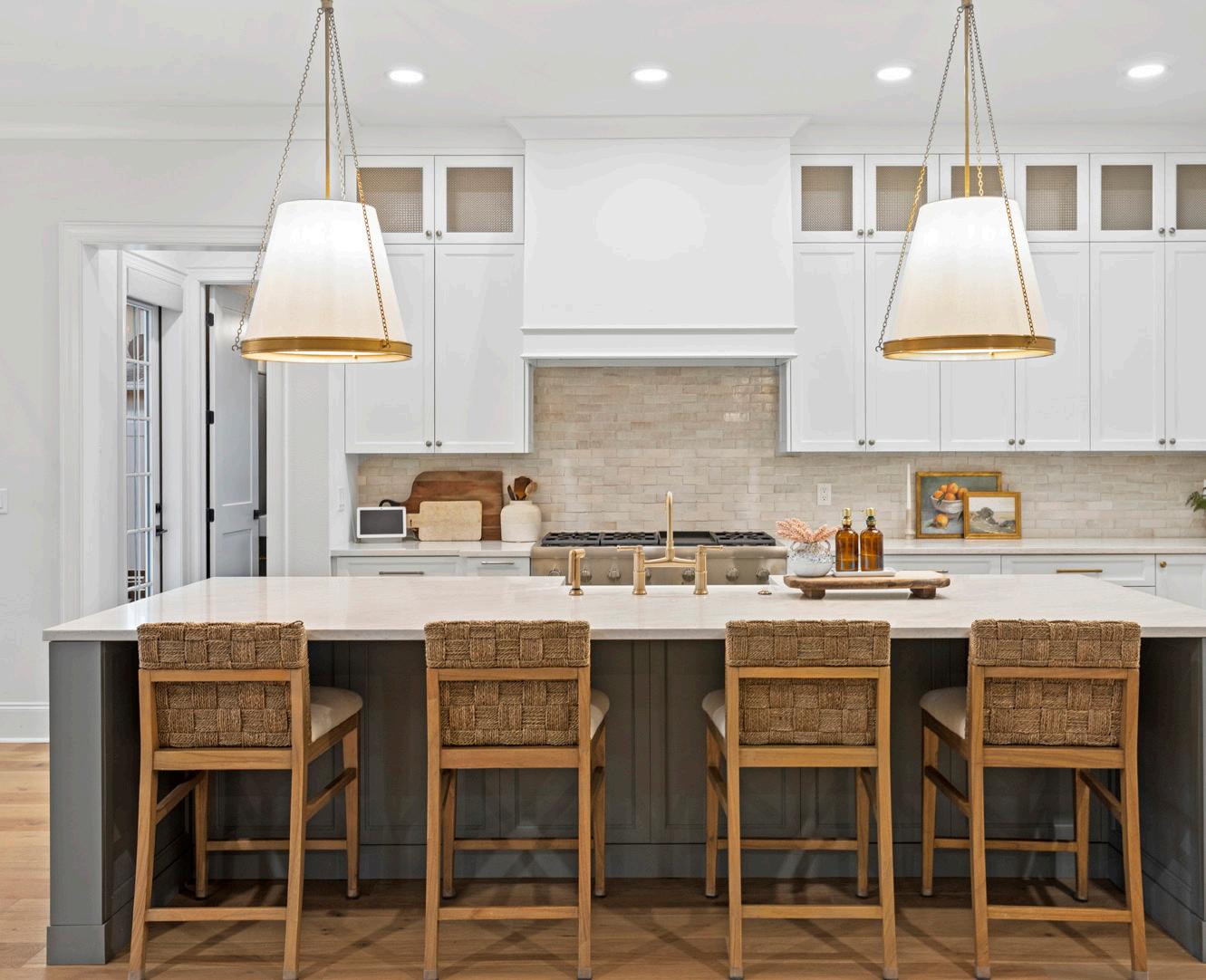

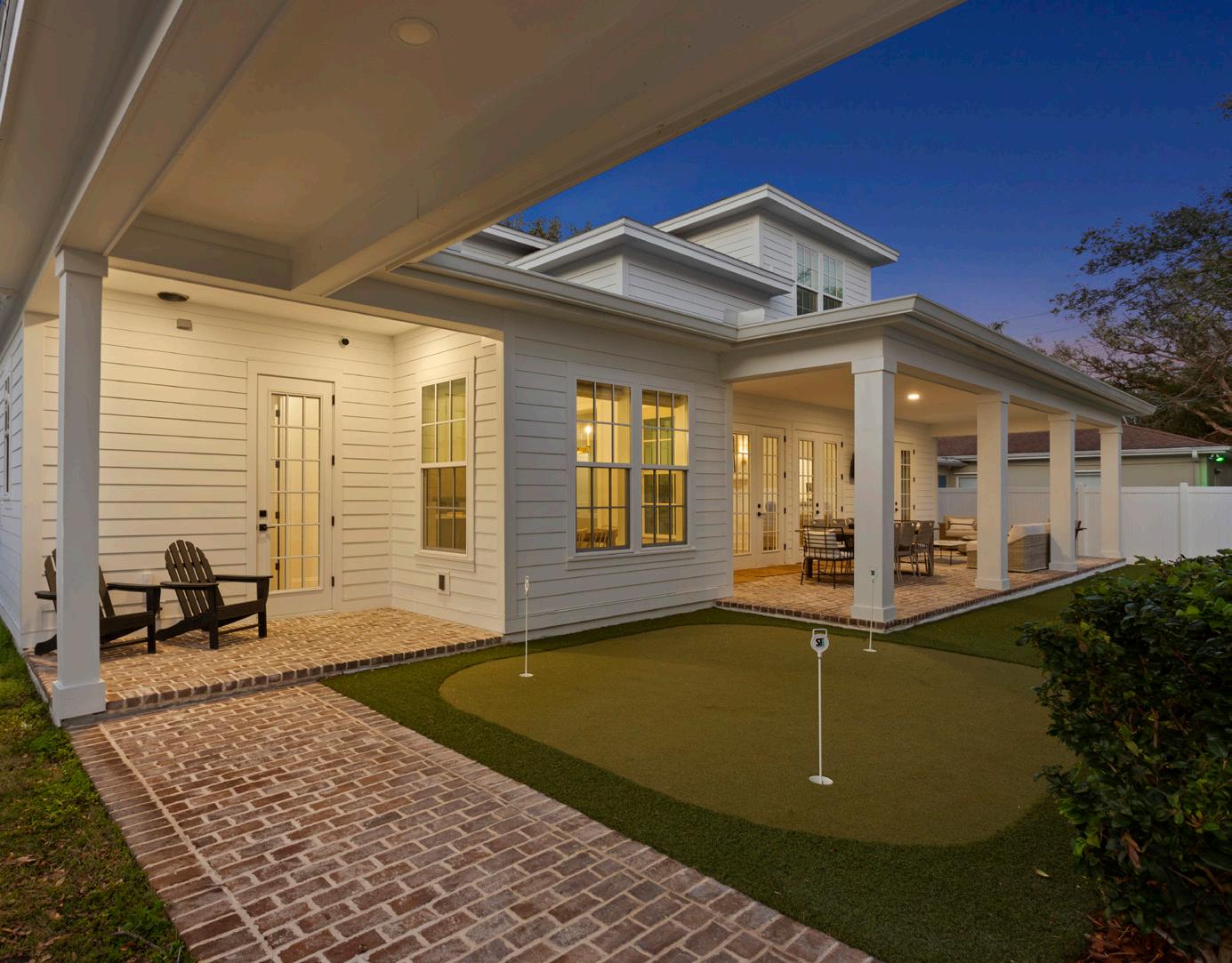

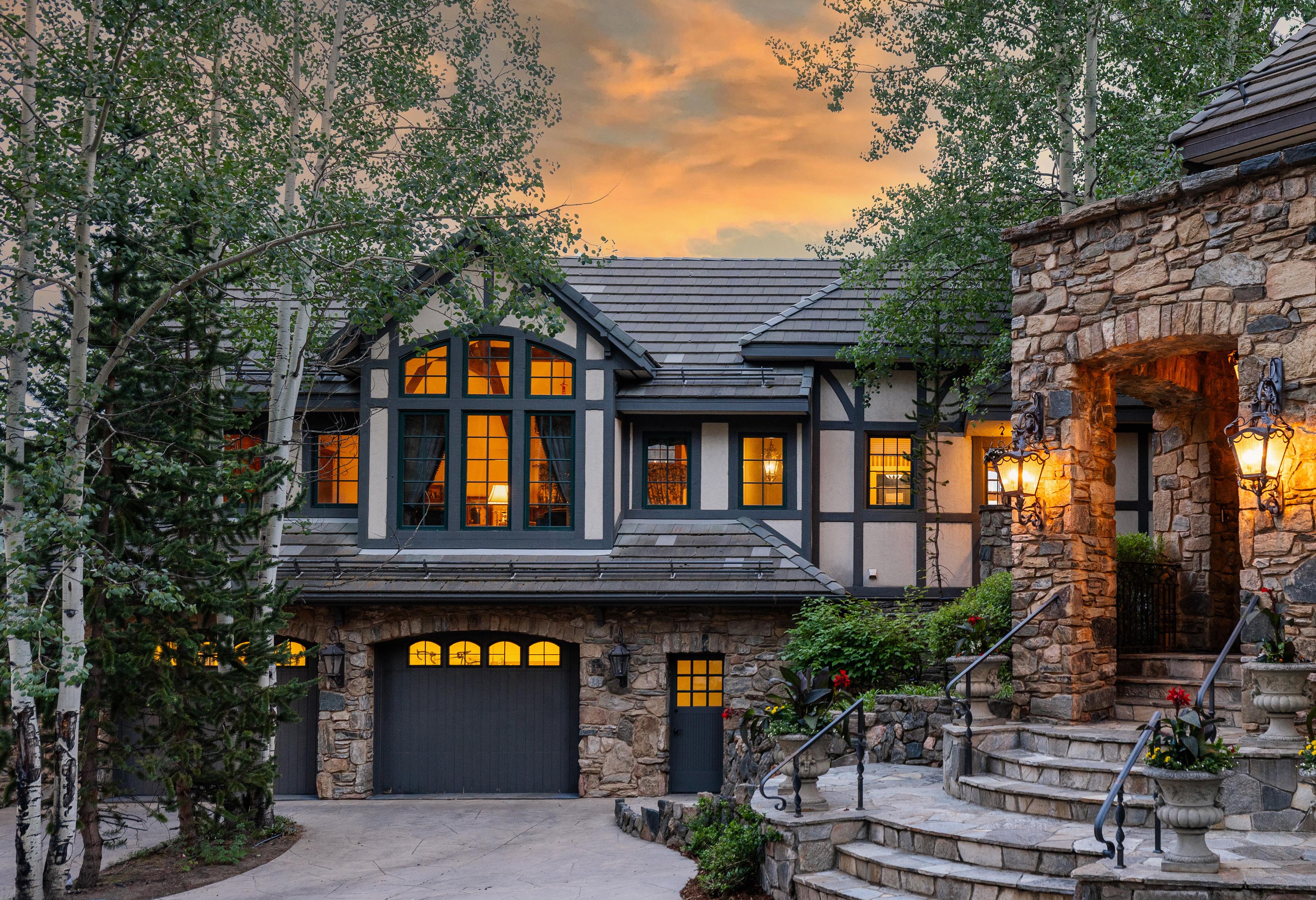
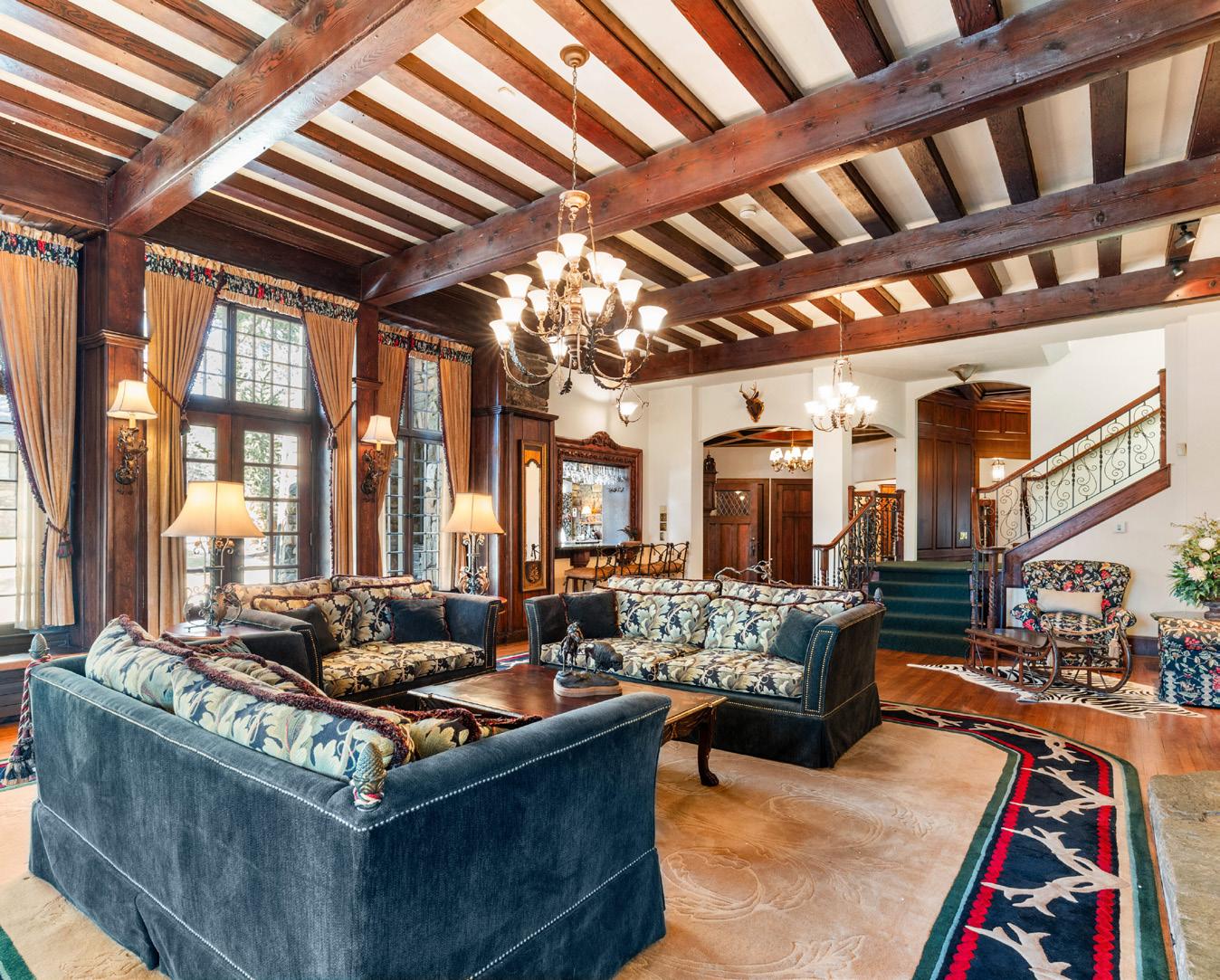
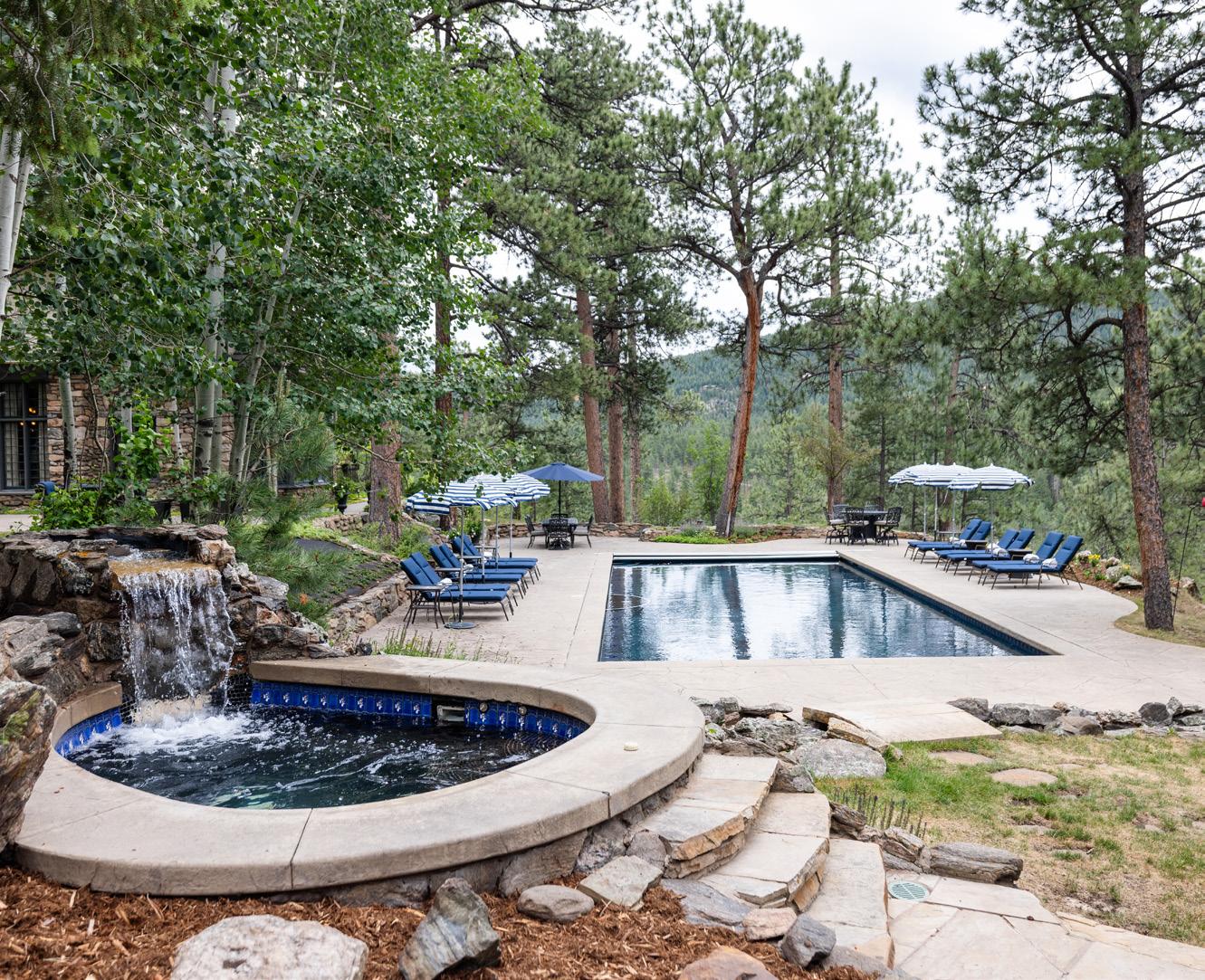
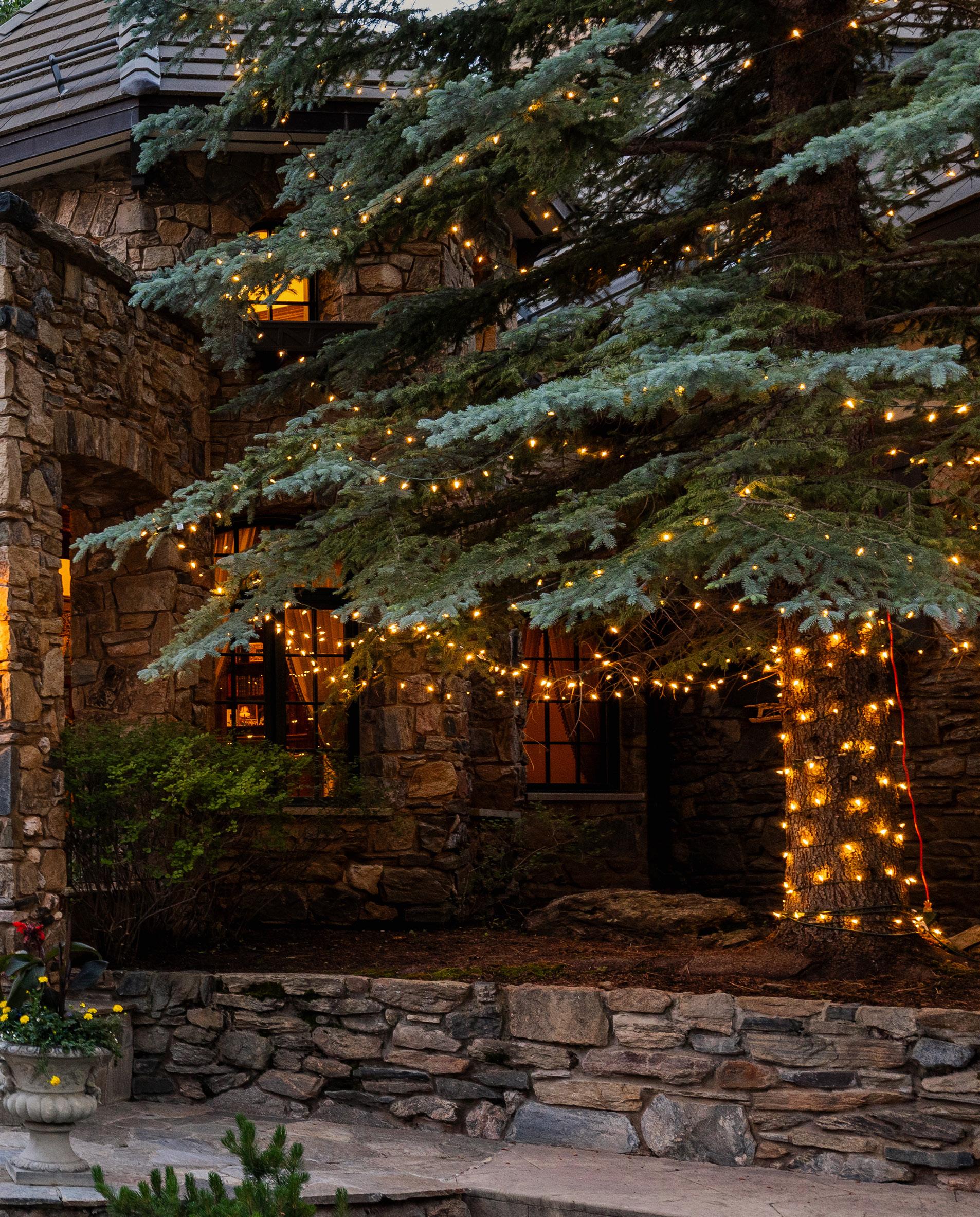


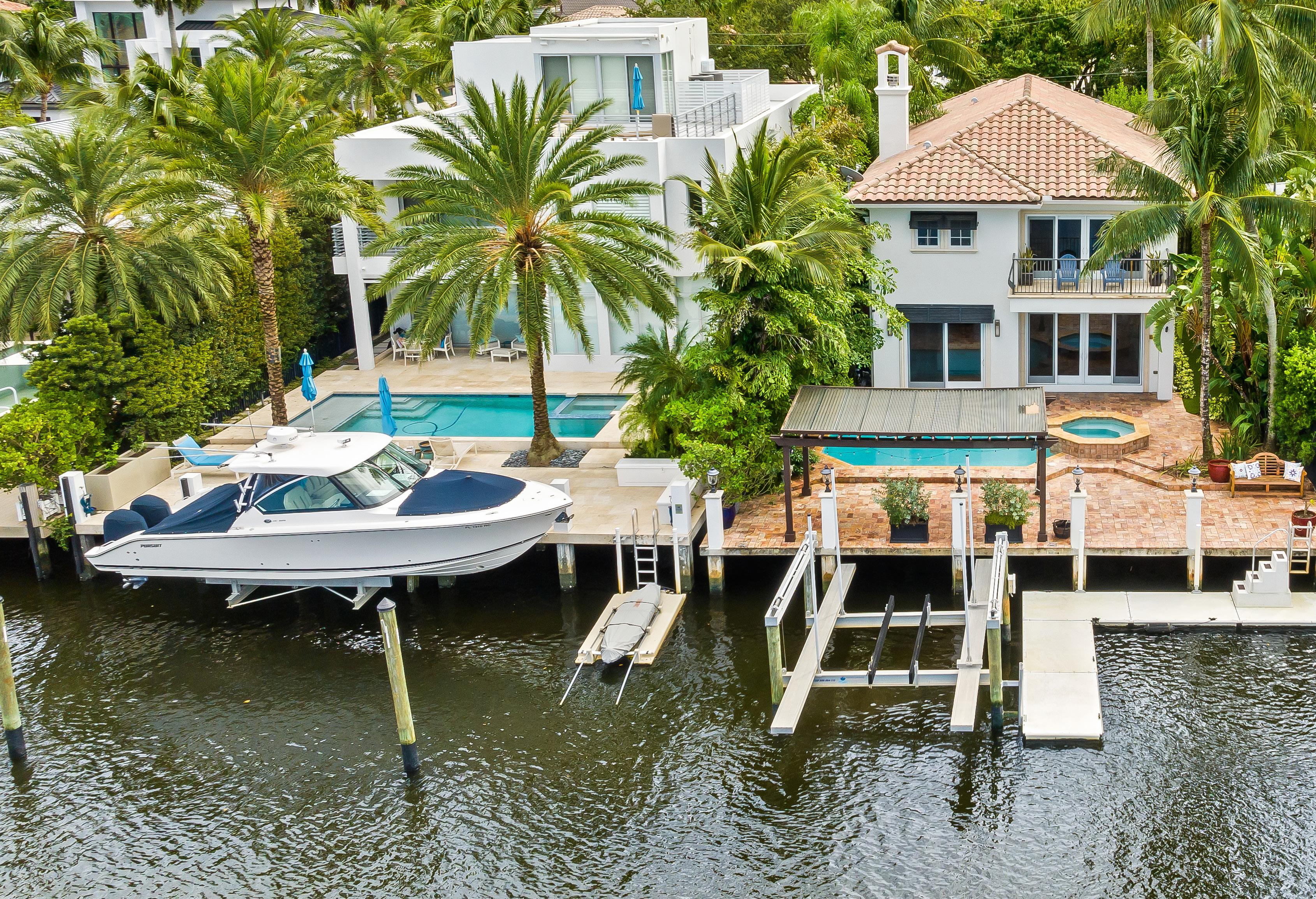

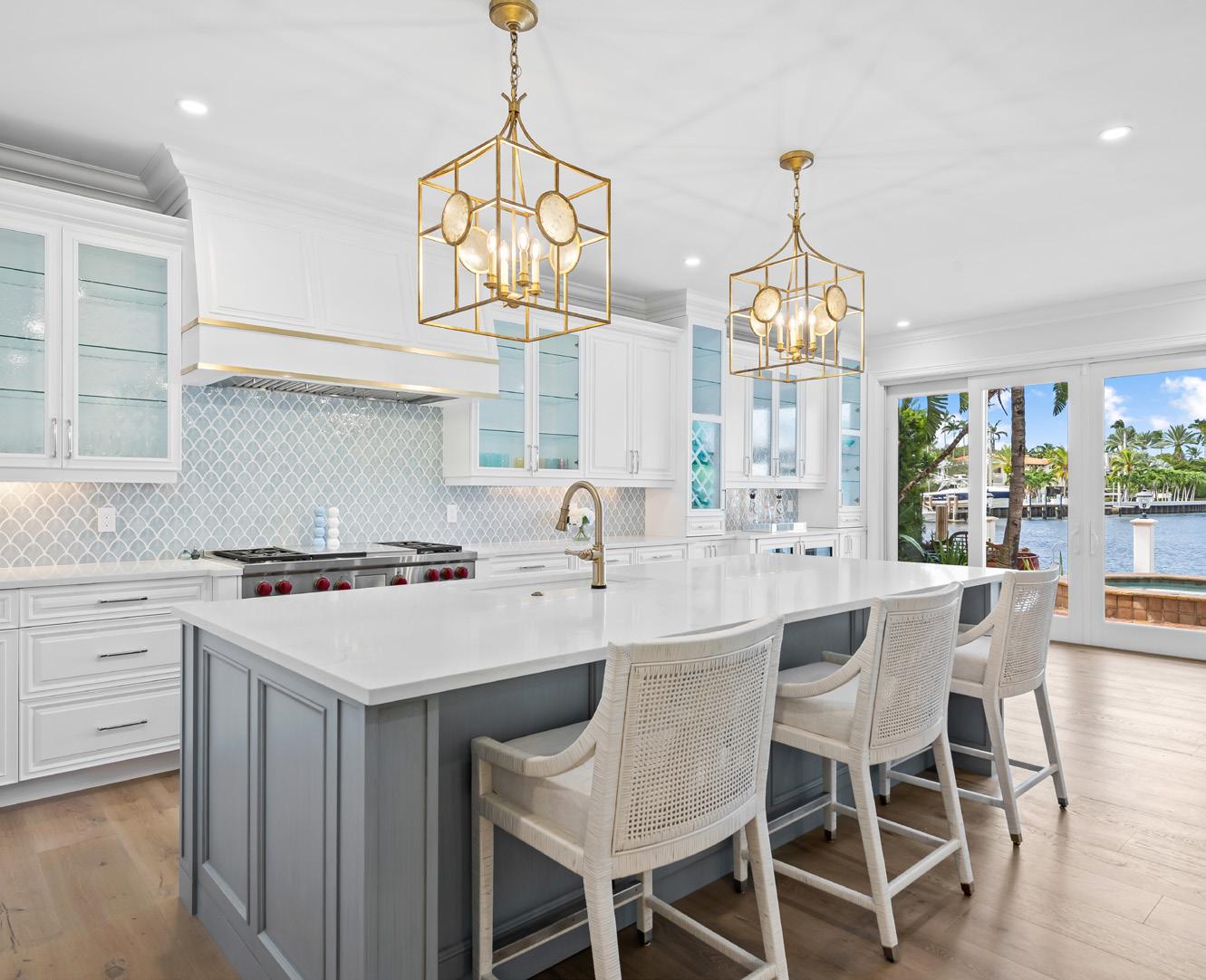
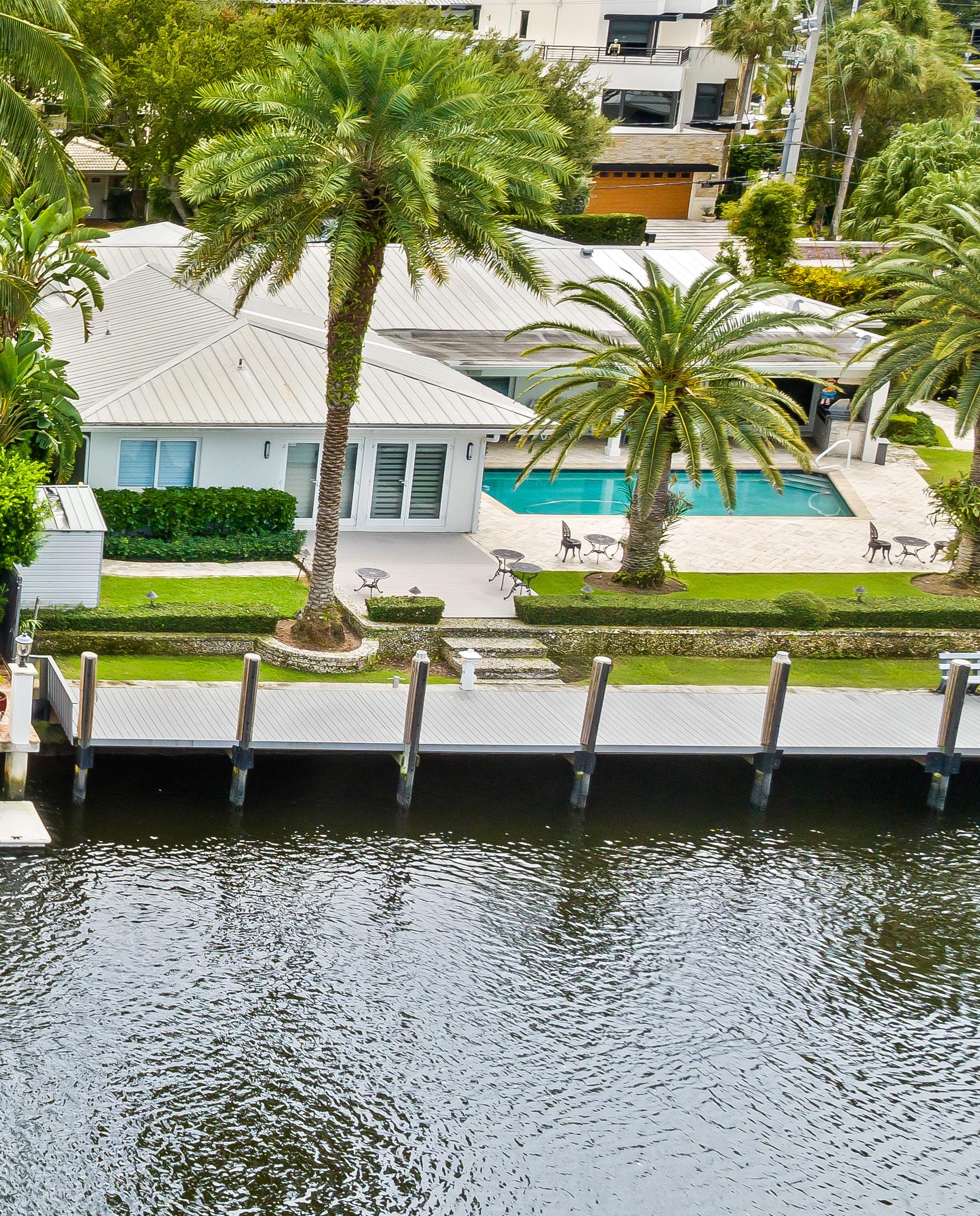
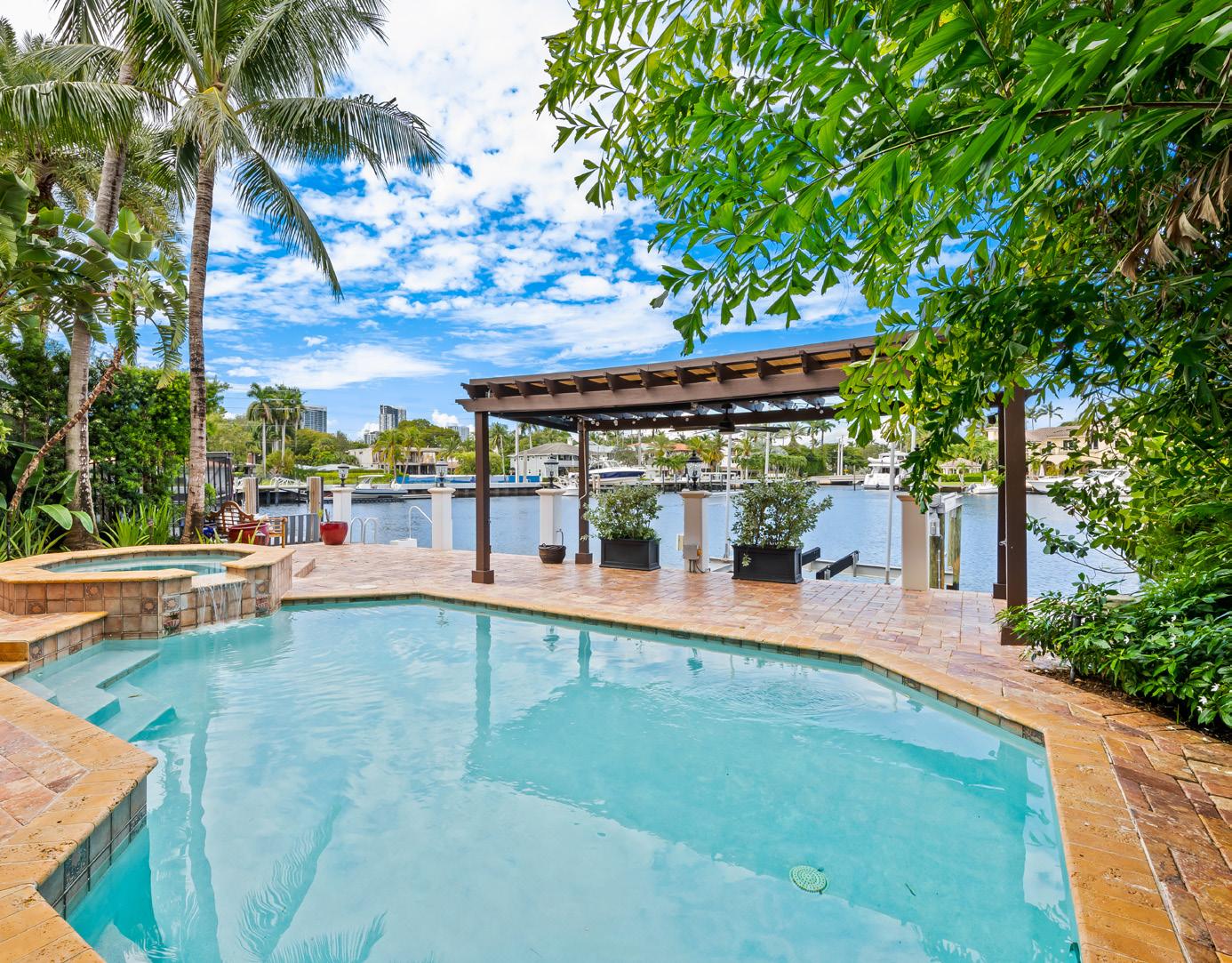

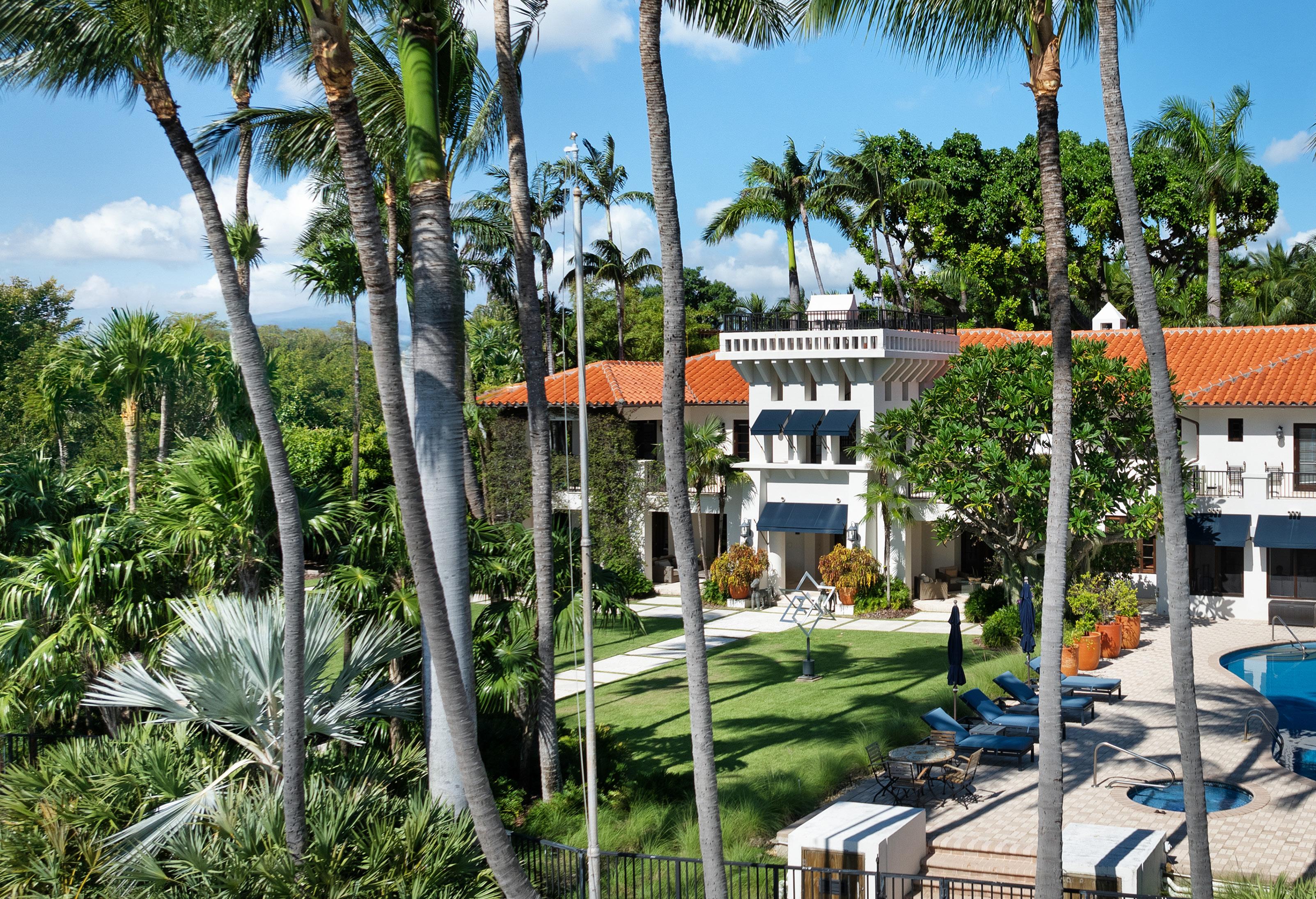
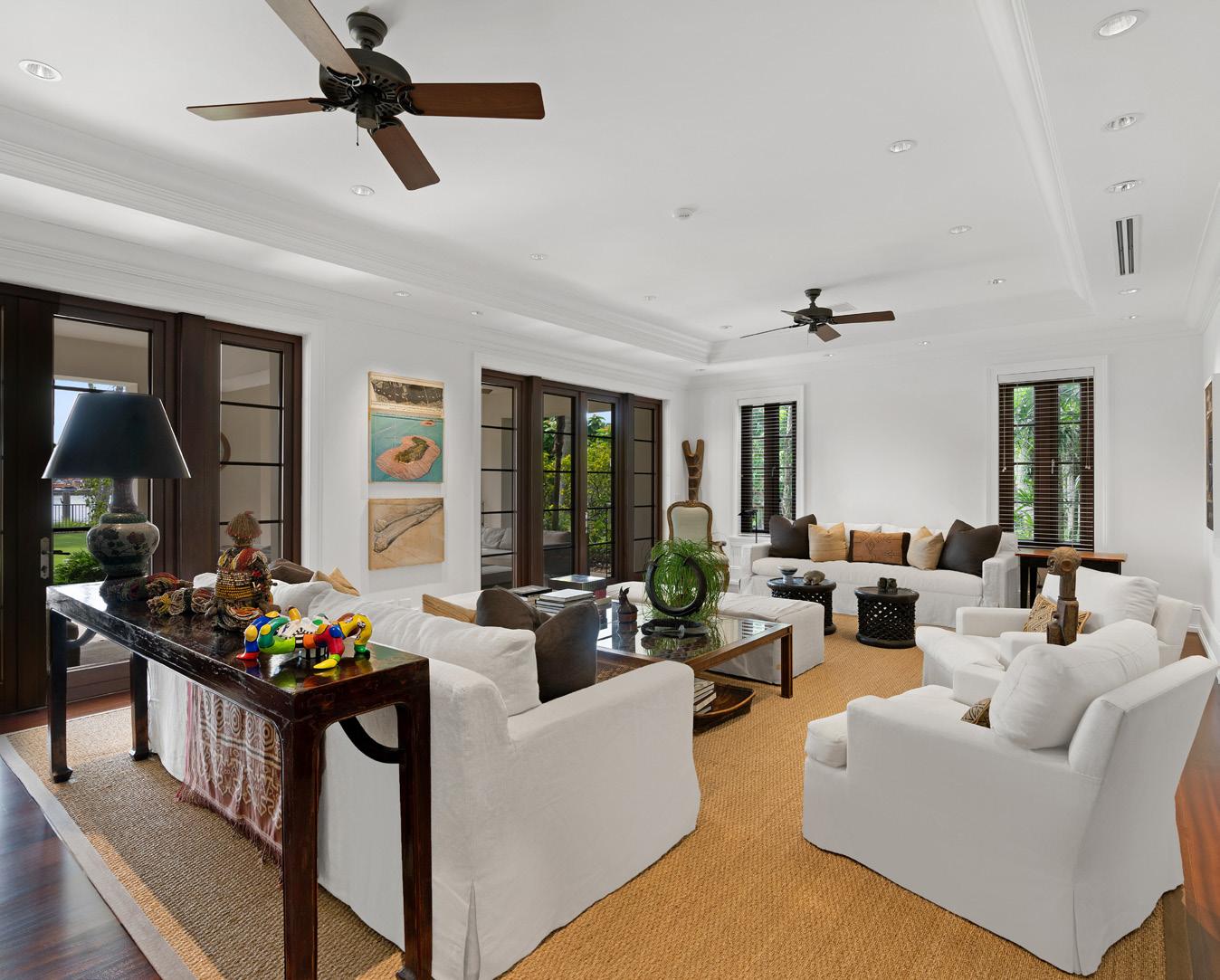

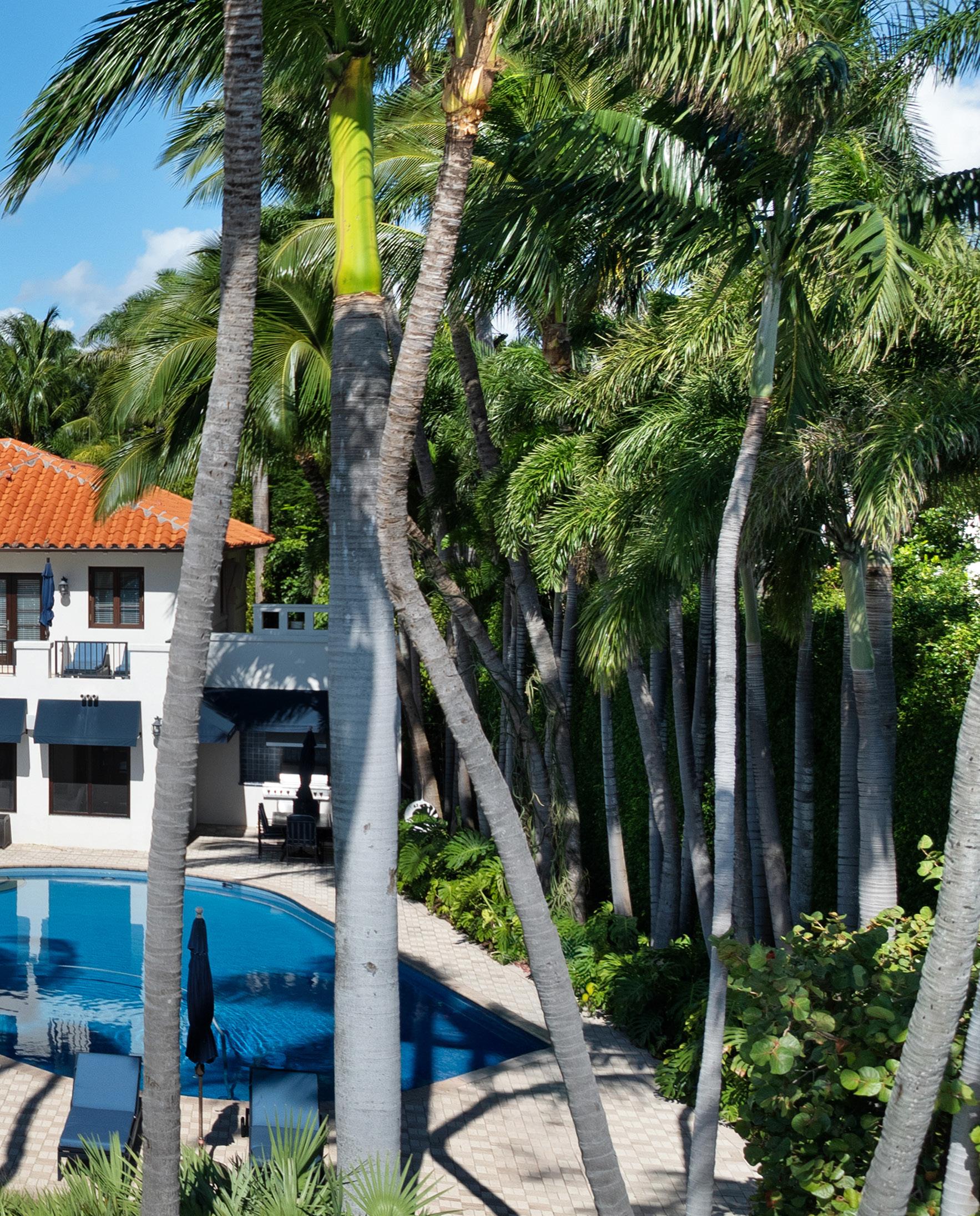
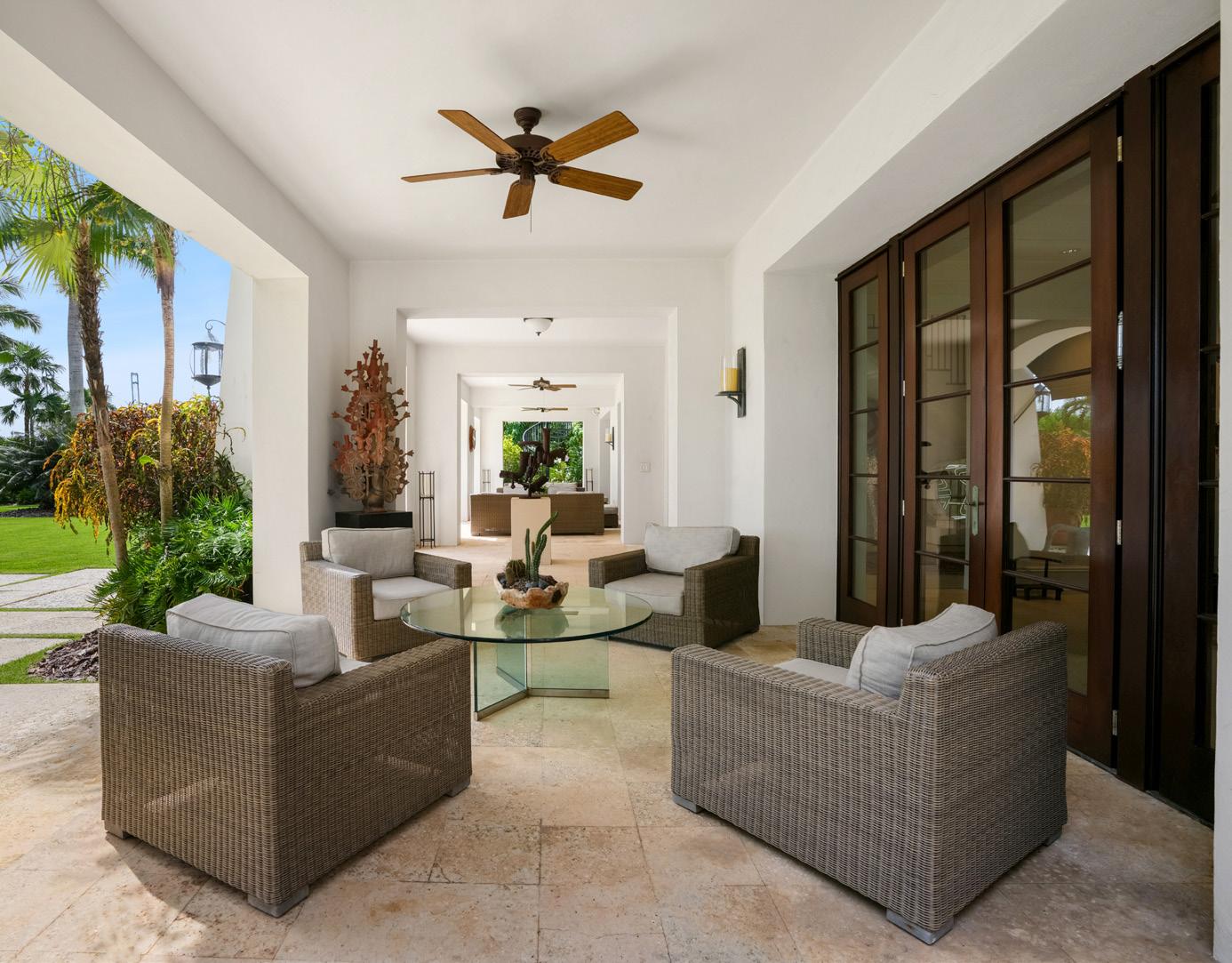


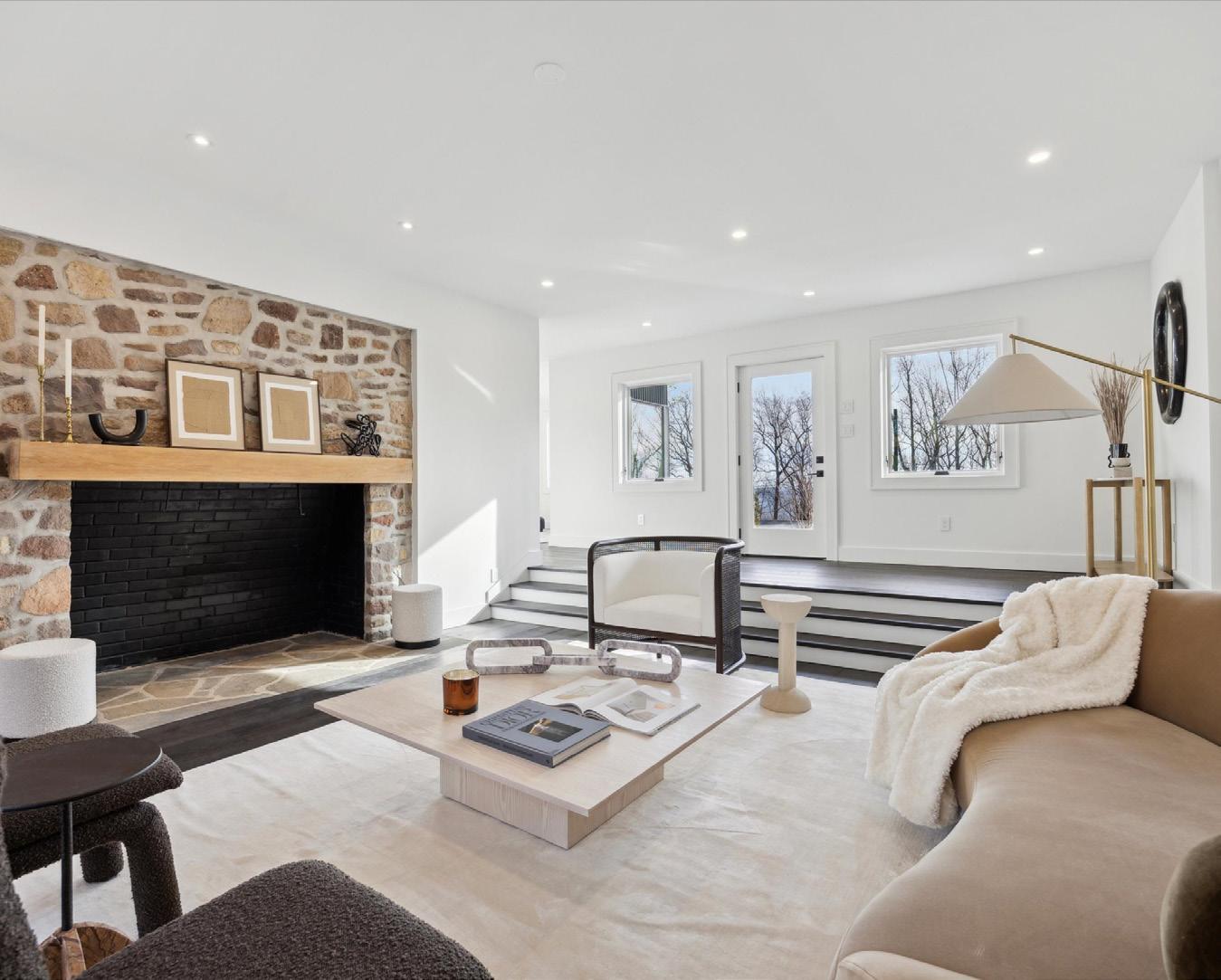


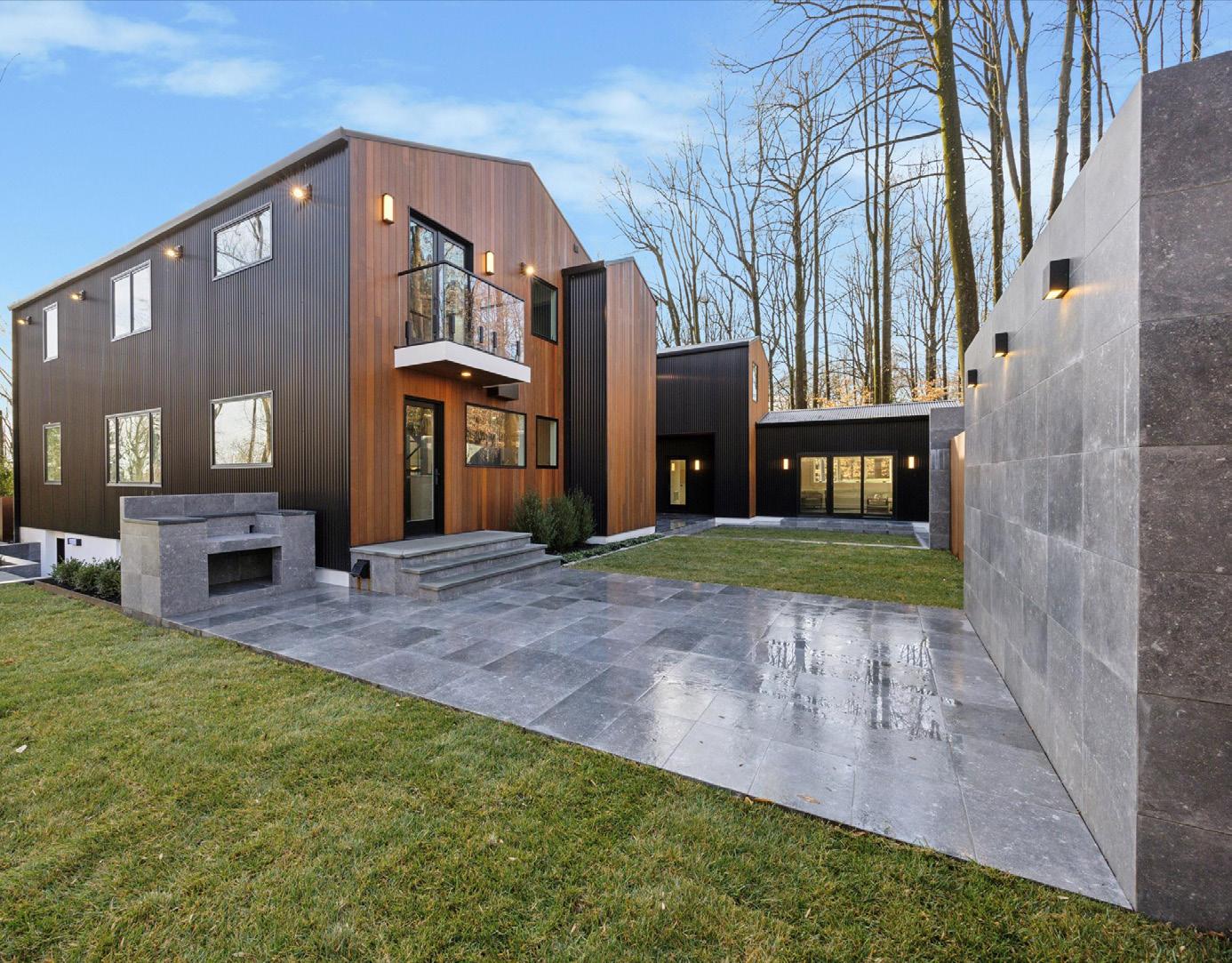

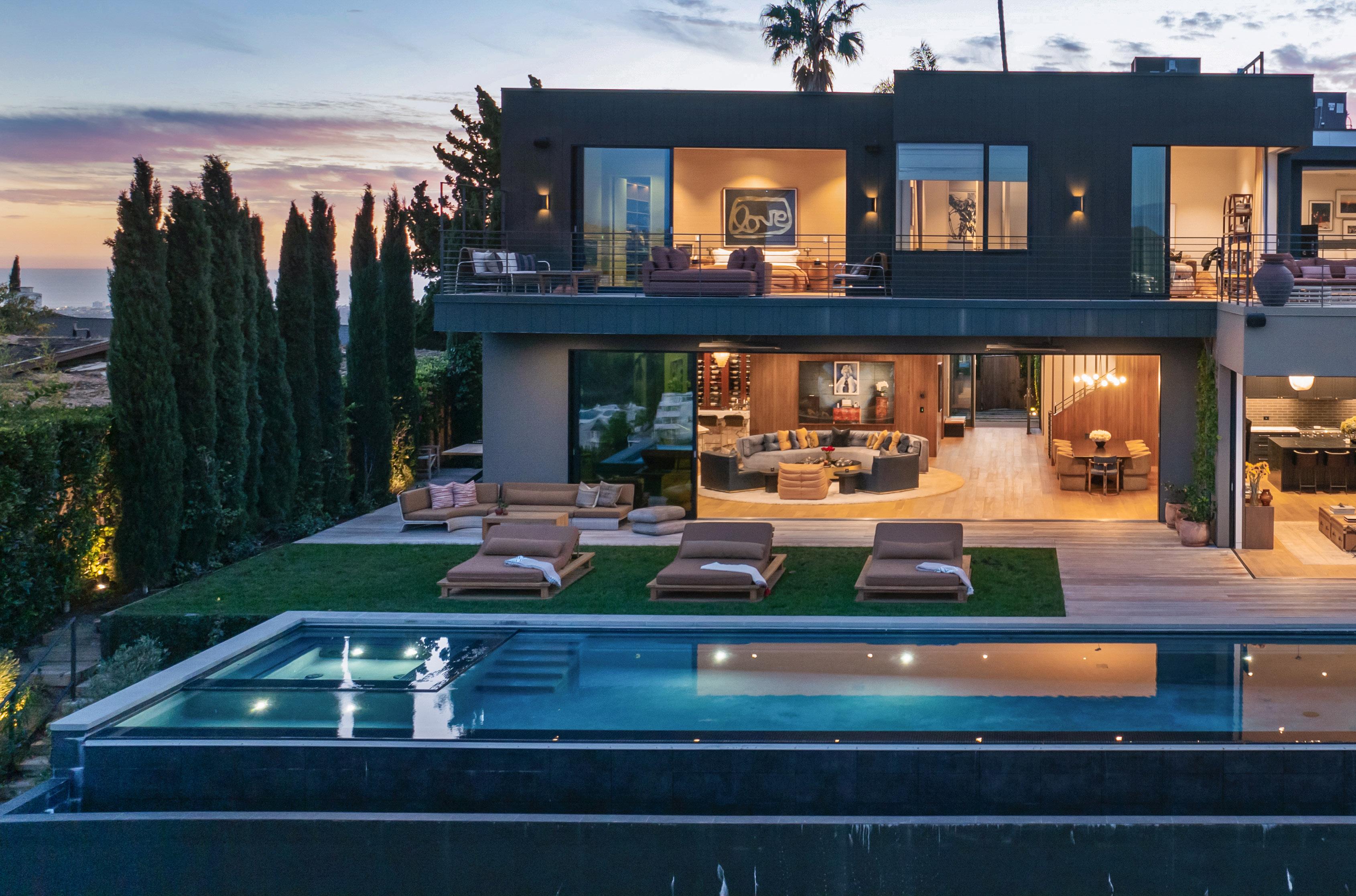
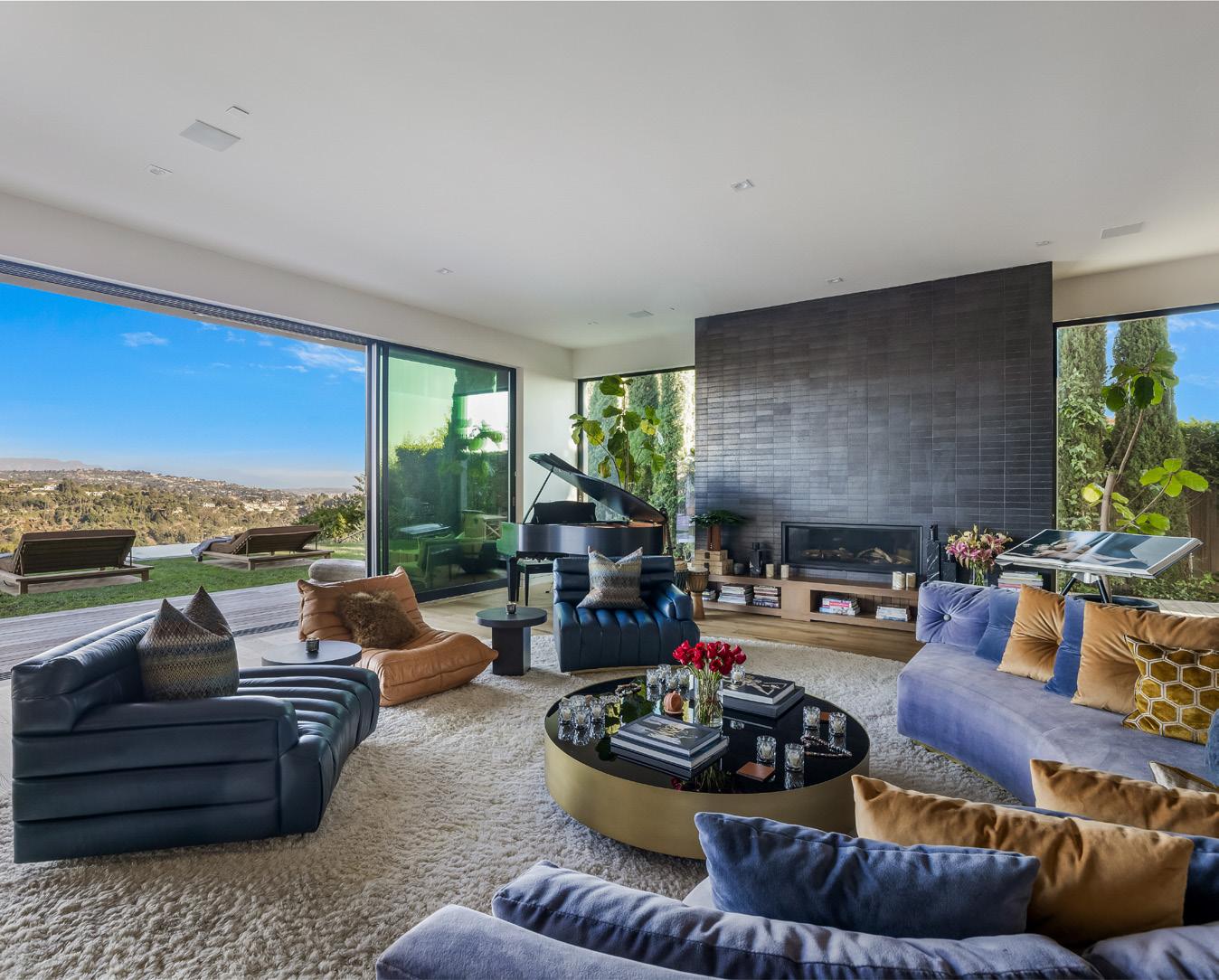

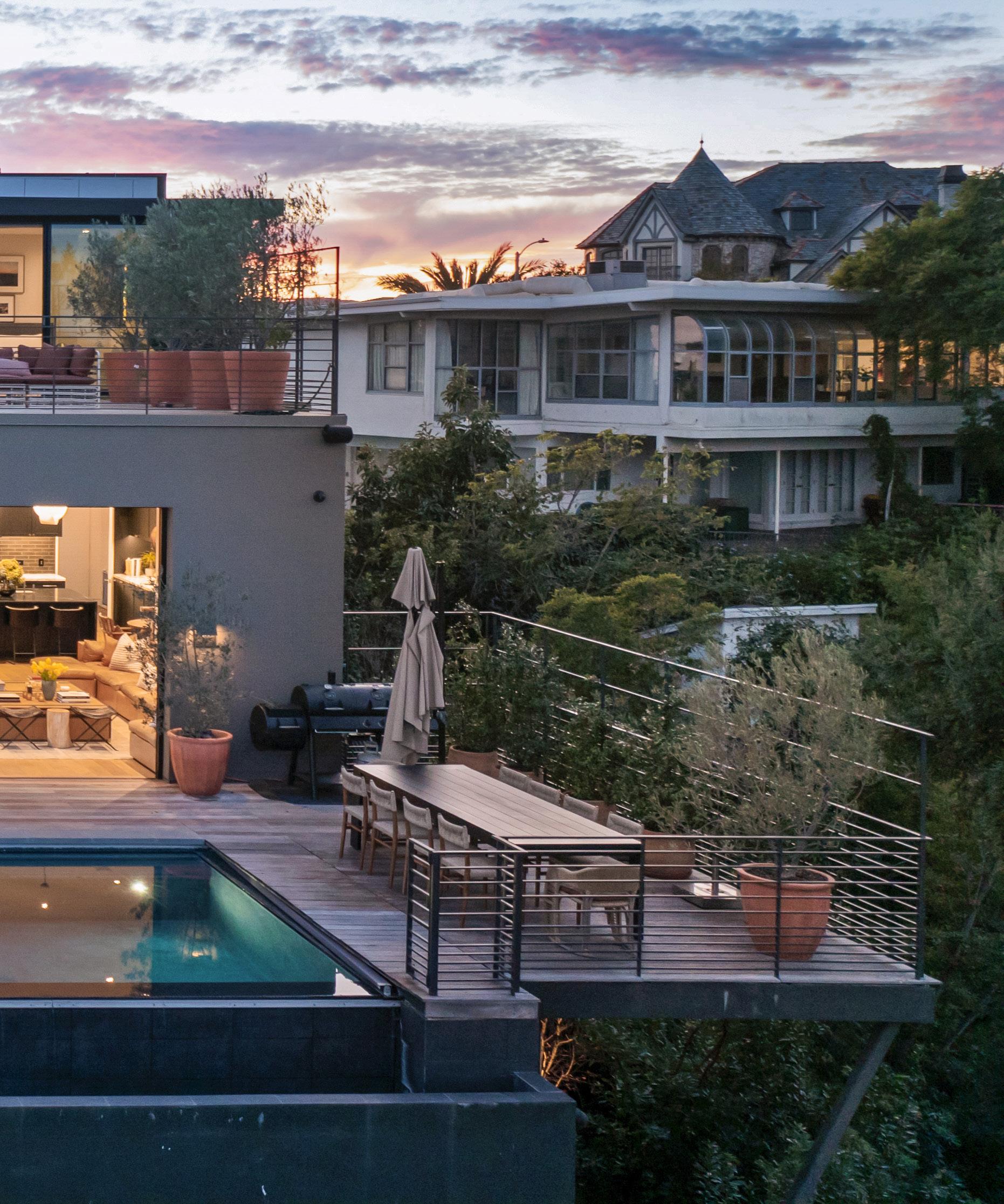
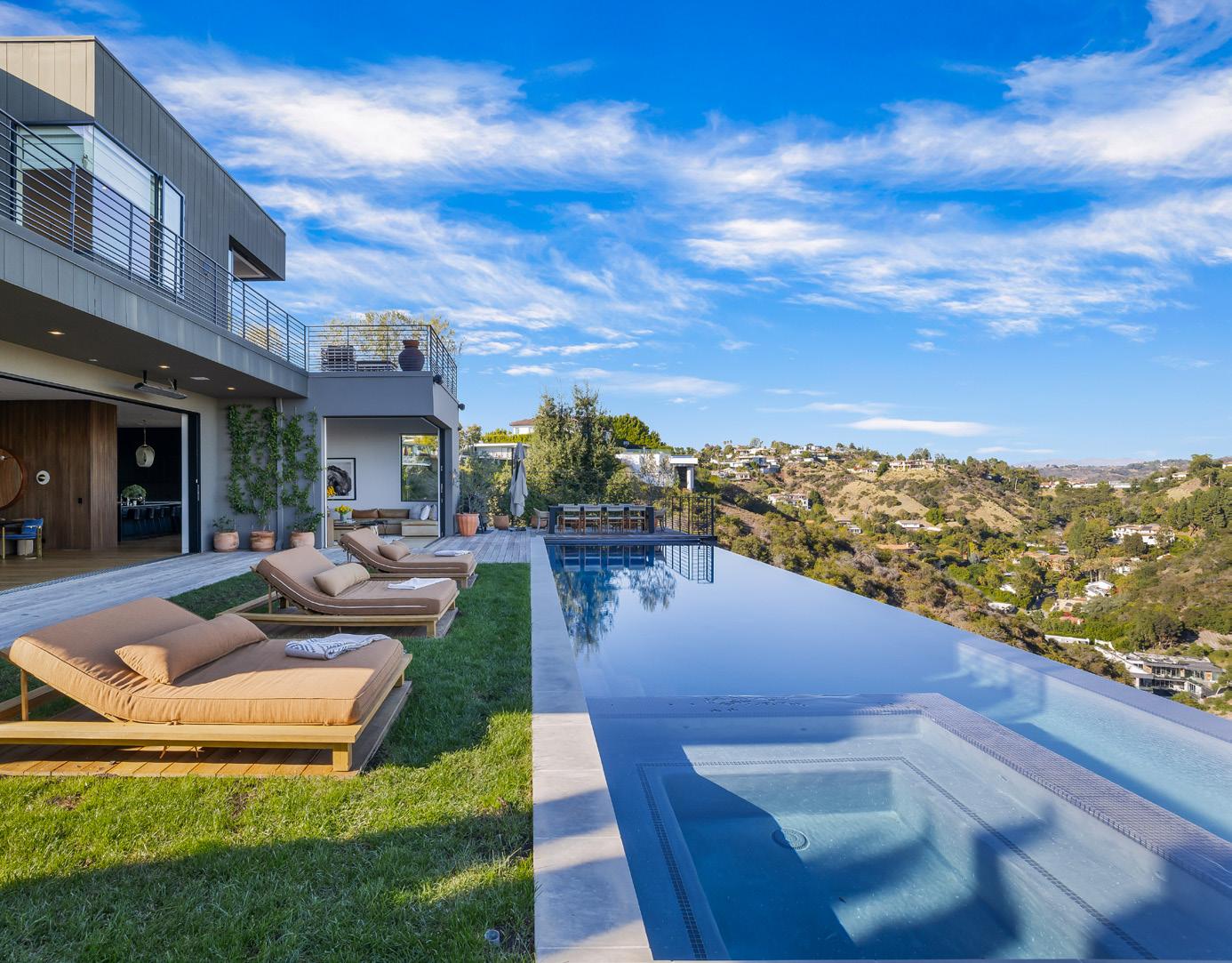

THE MOST COVETED MEMBERSHIP IN LUXURY REAL ESTATE
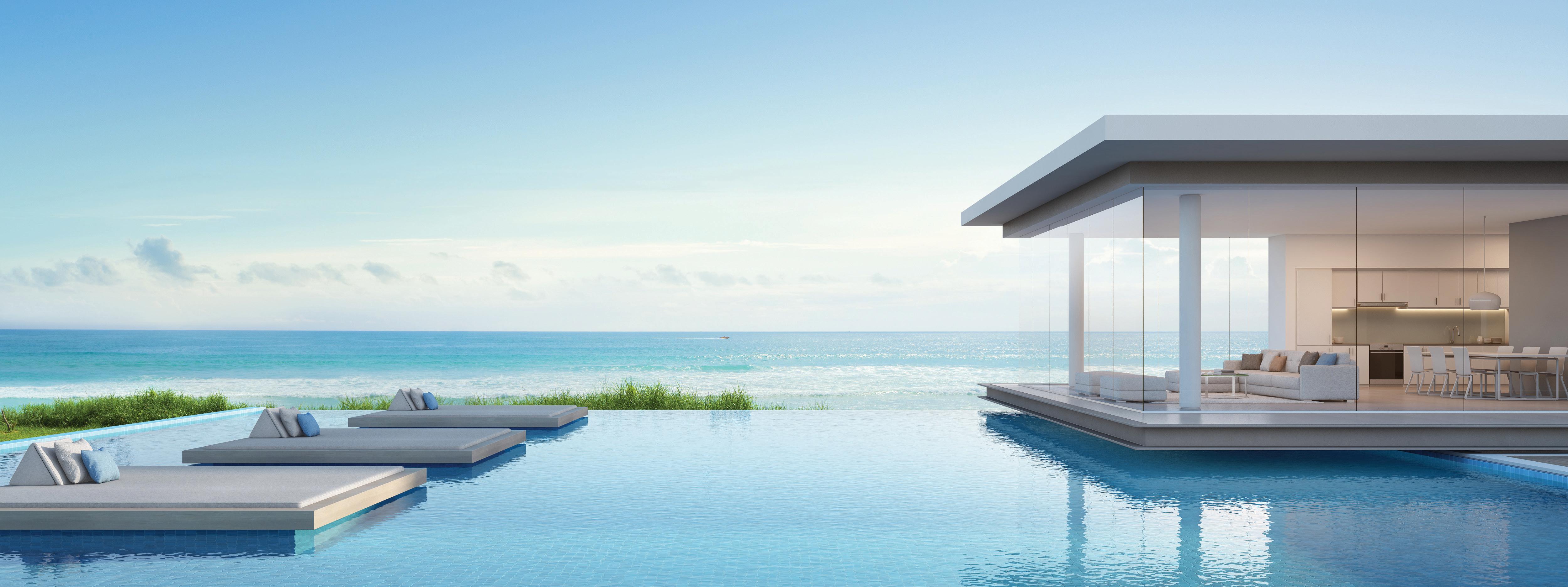
500+ members
325,000+ clients
40+ states
110+ brands
12 countries
And we're just getting started

